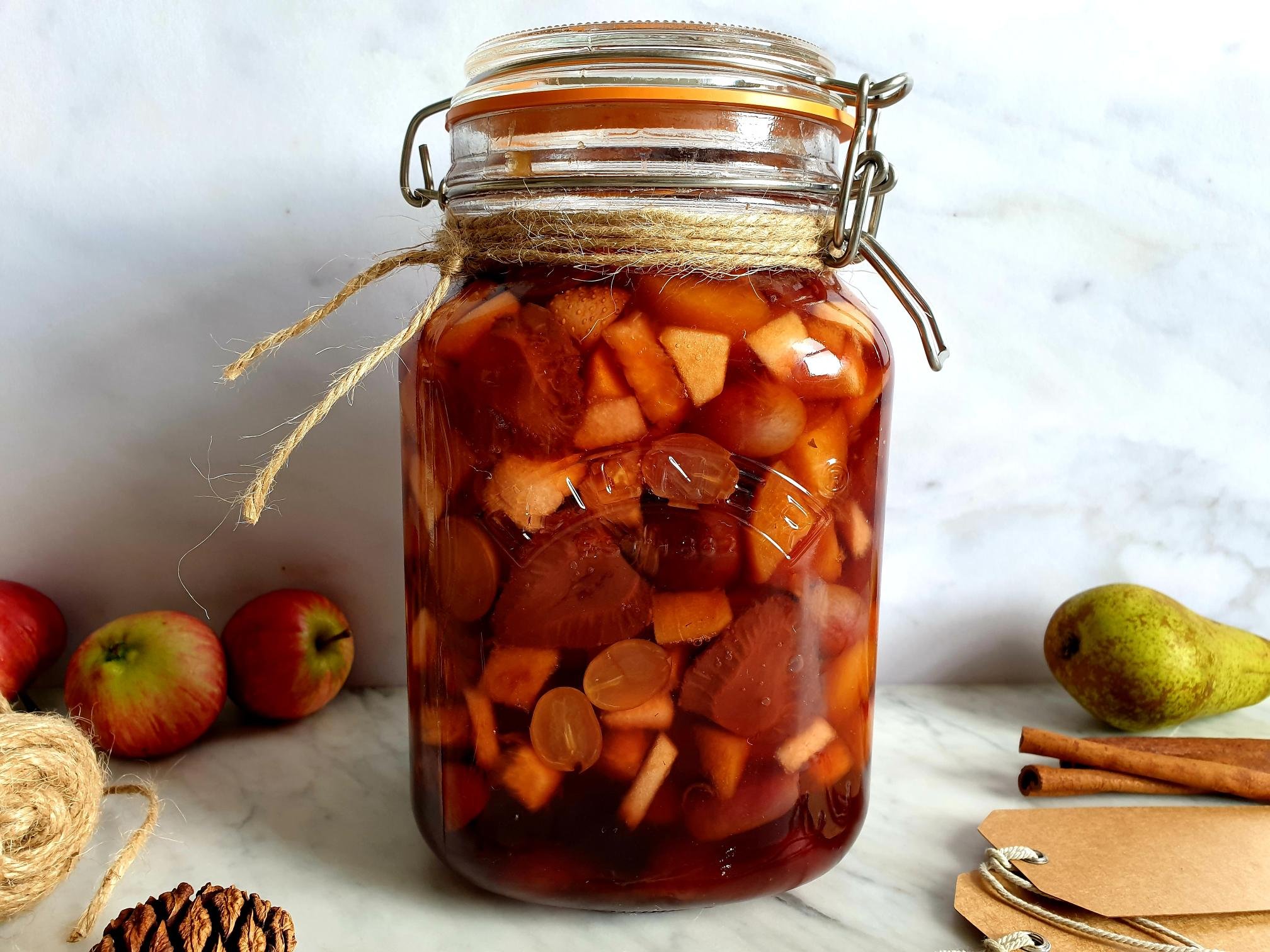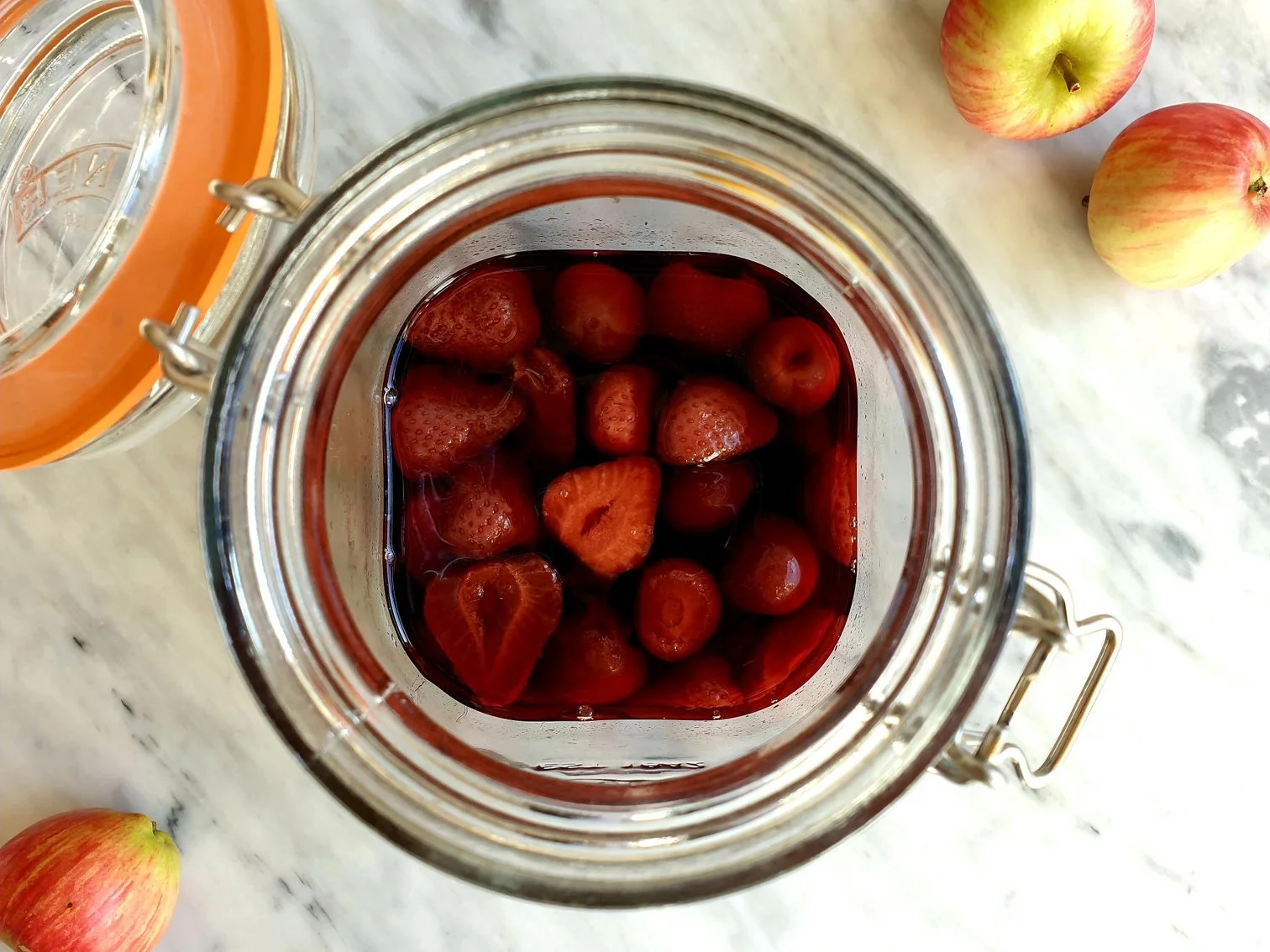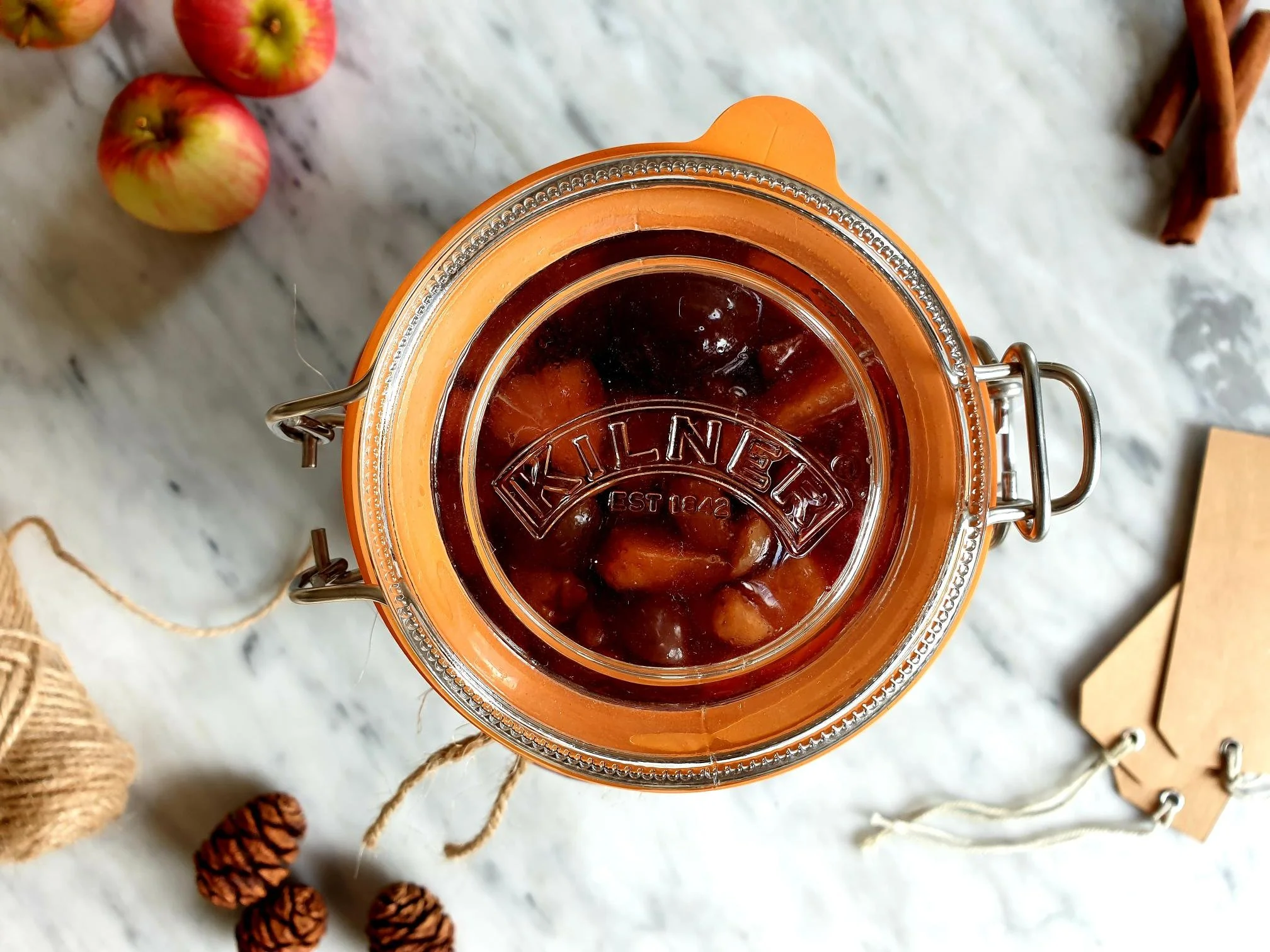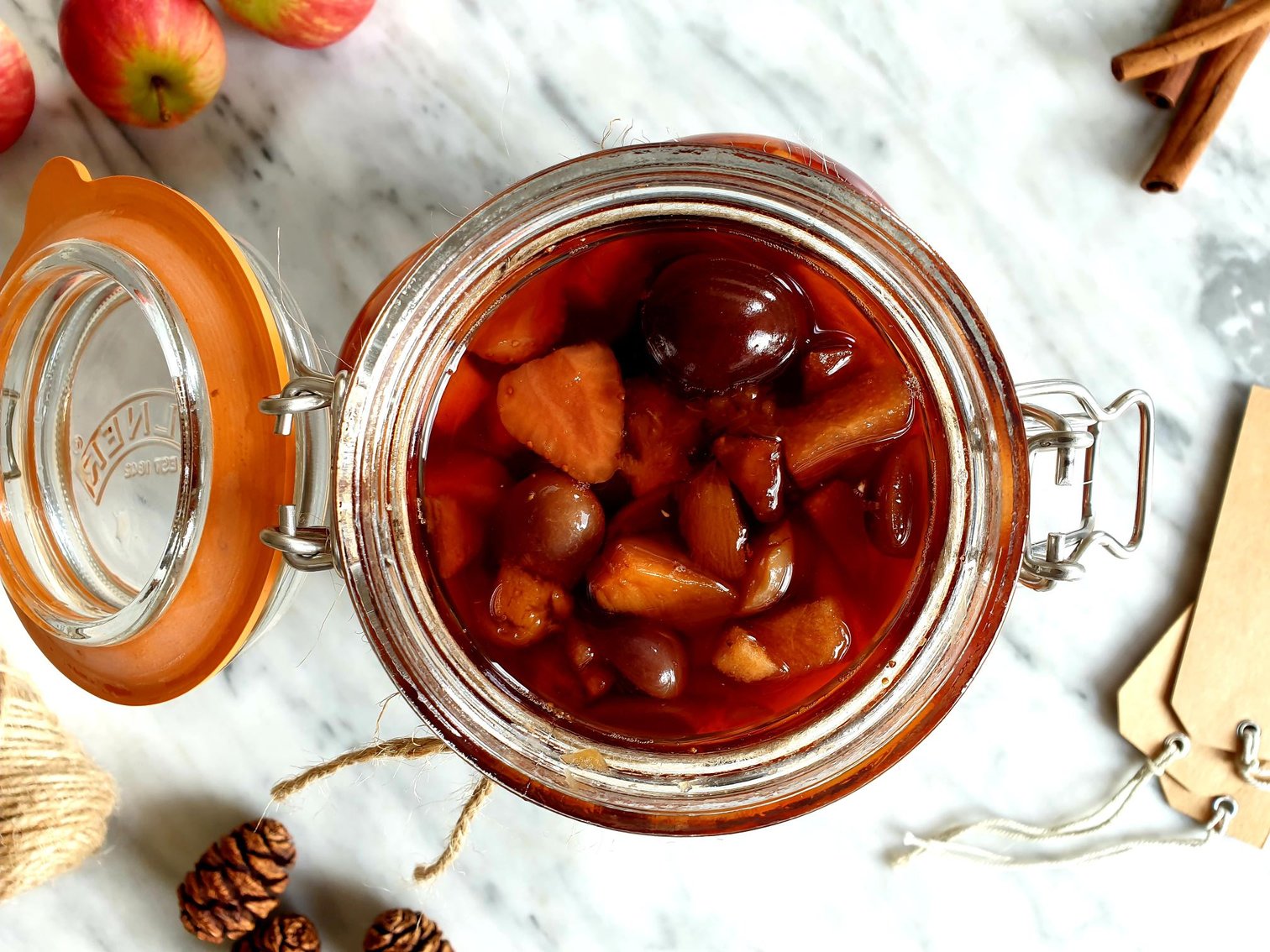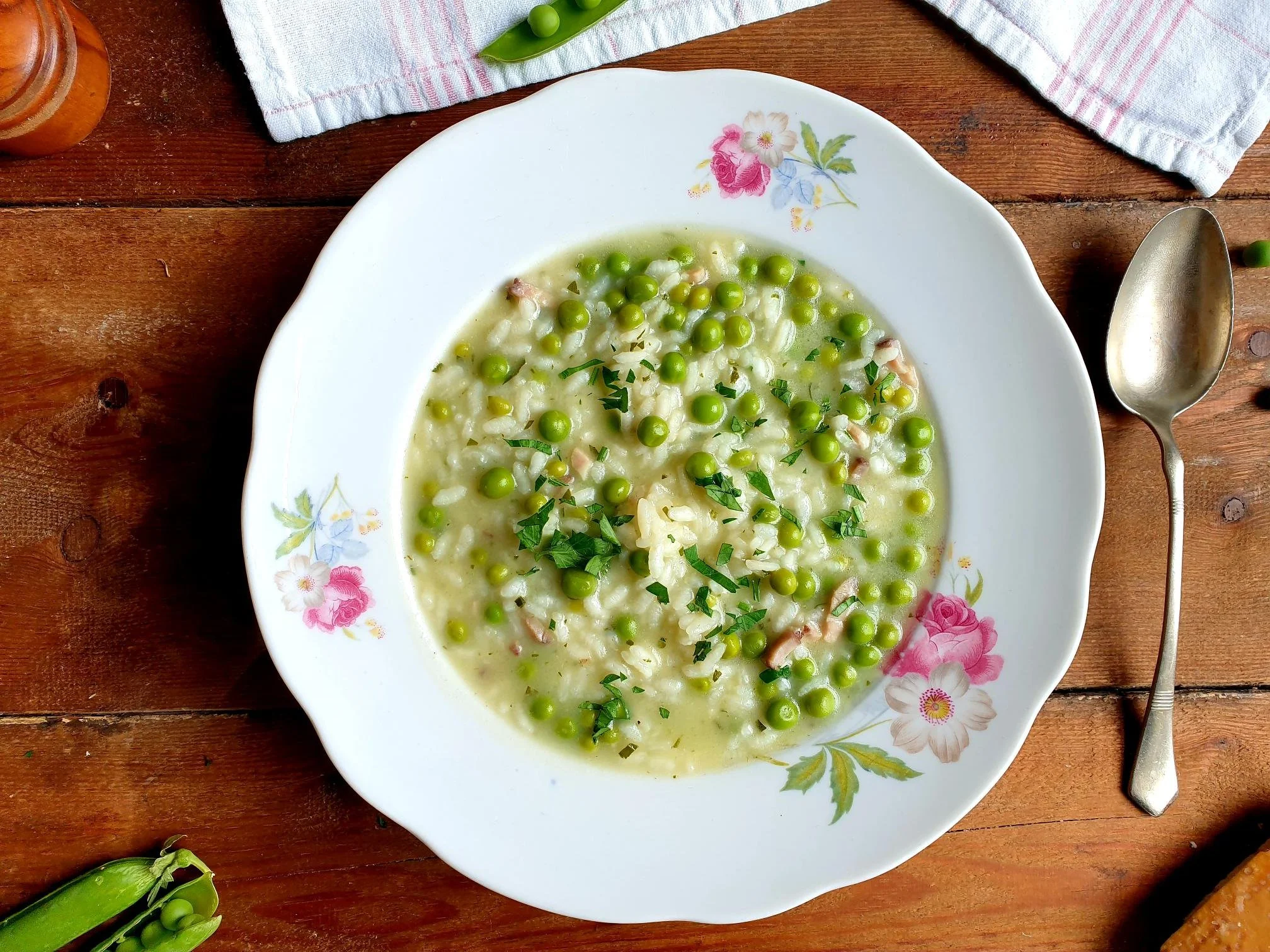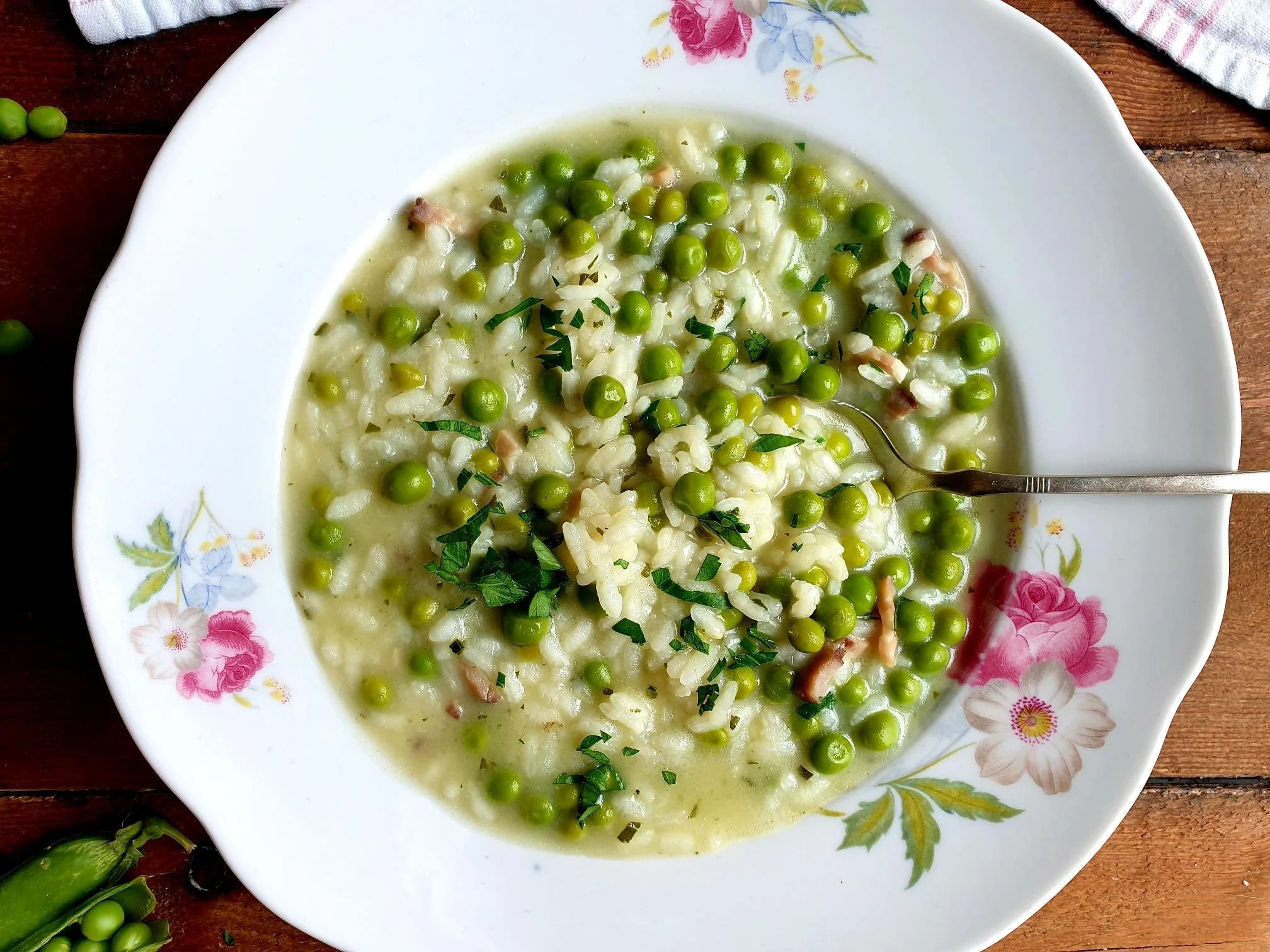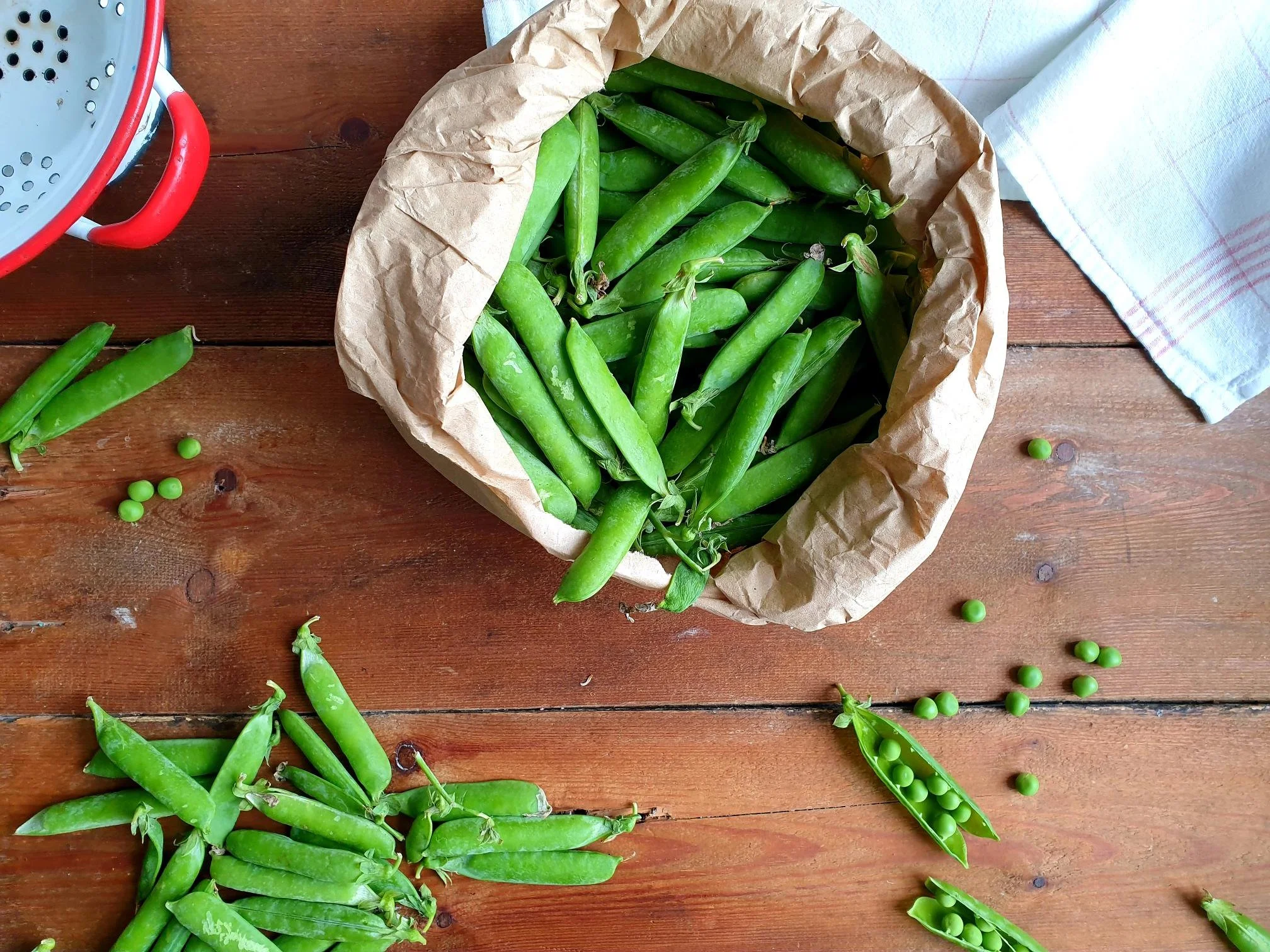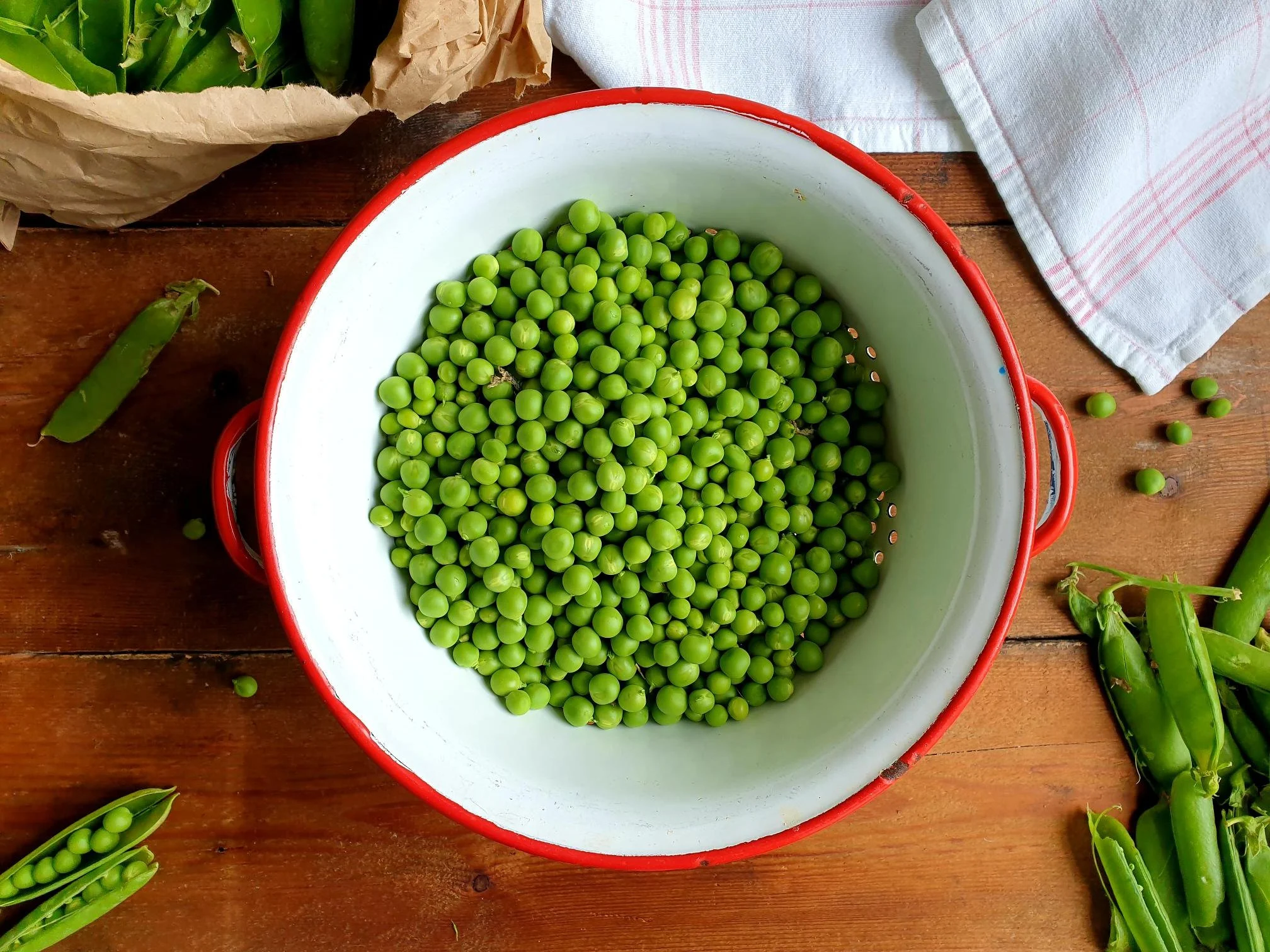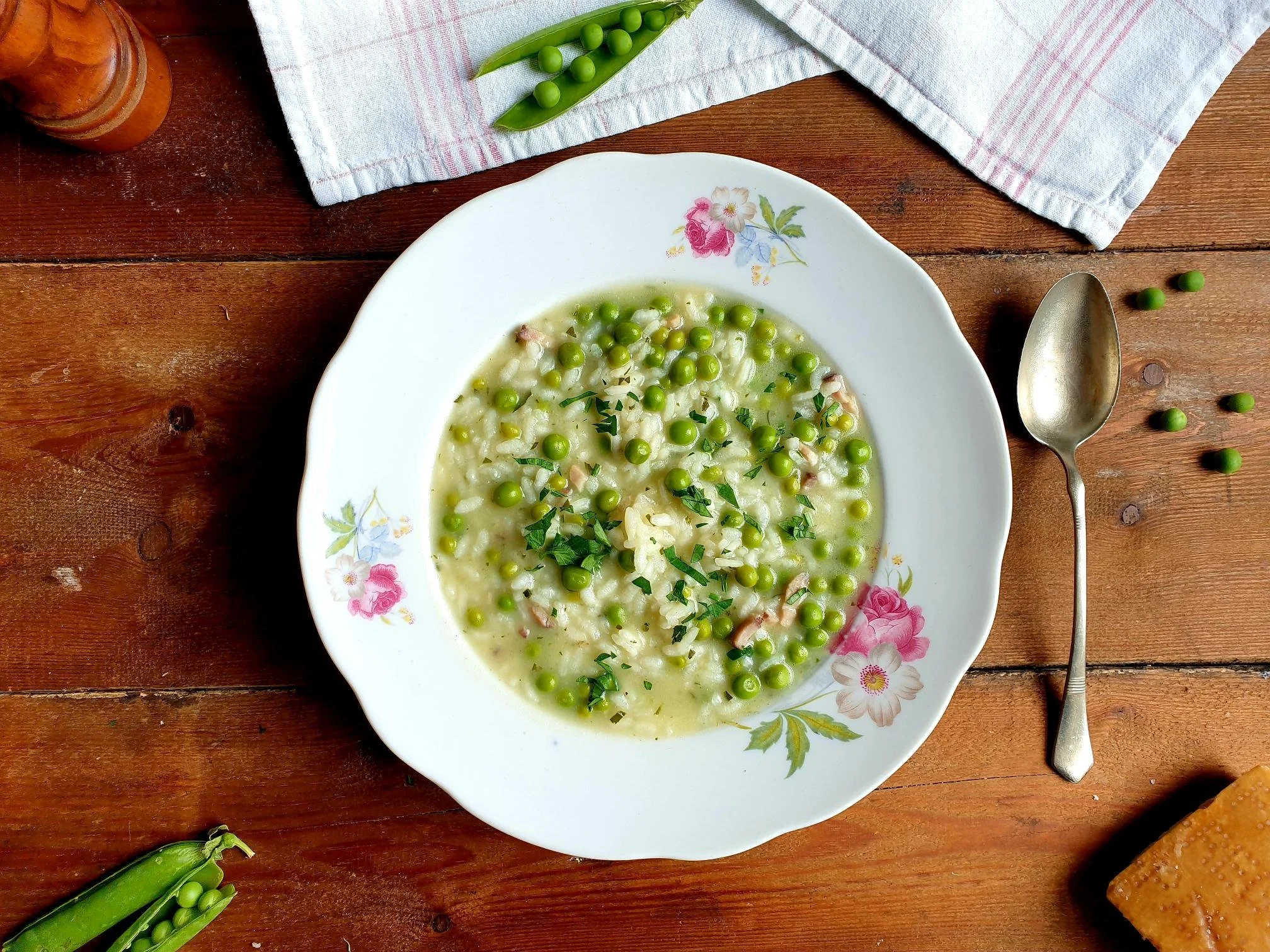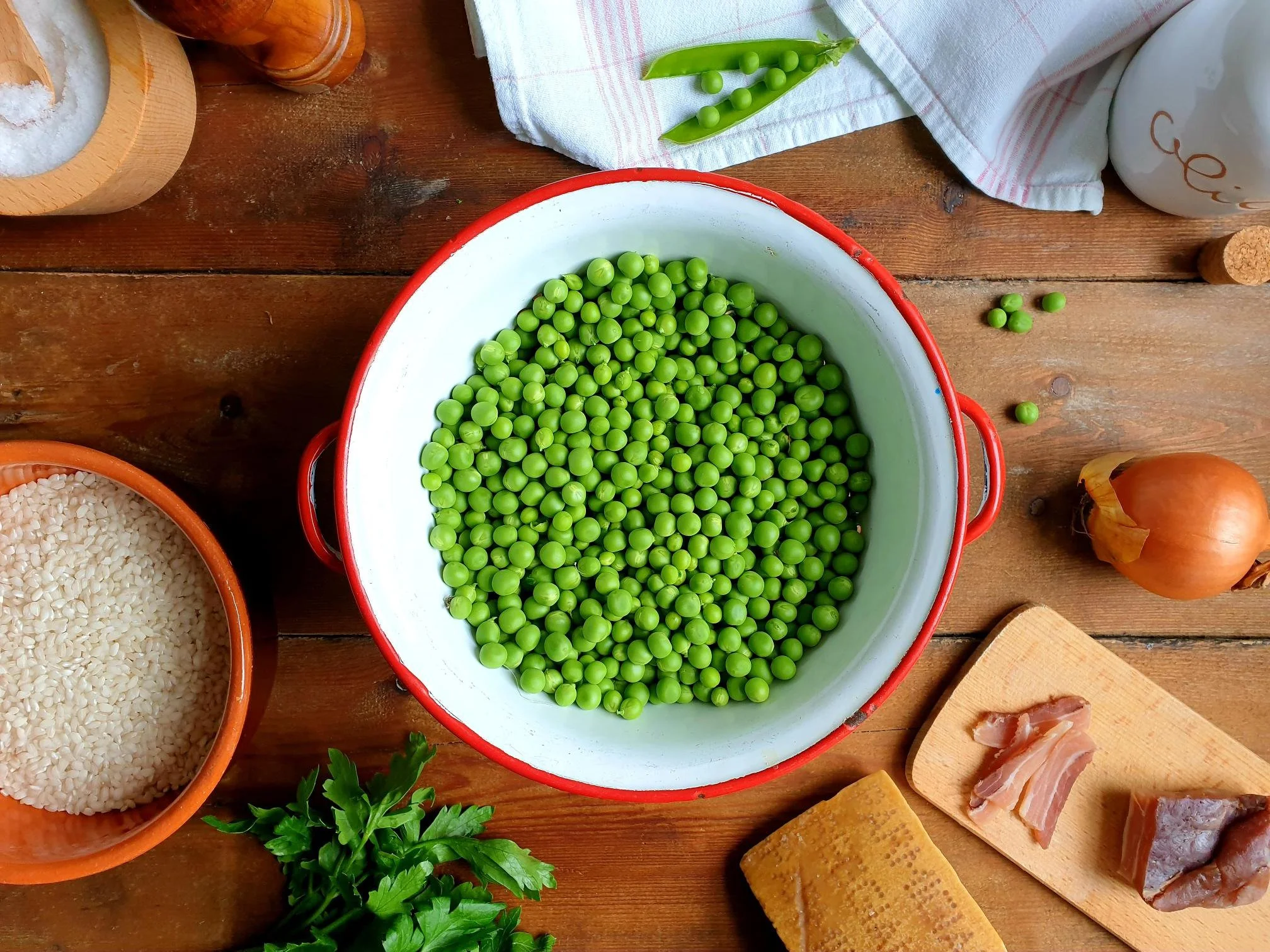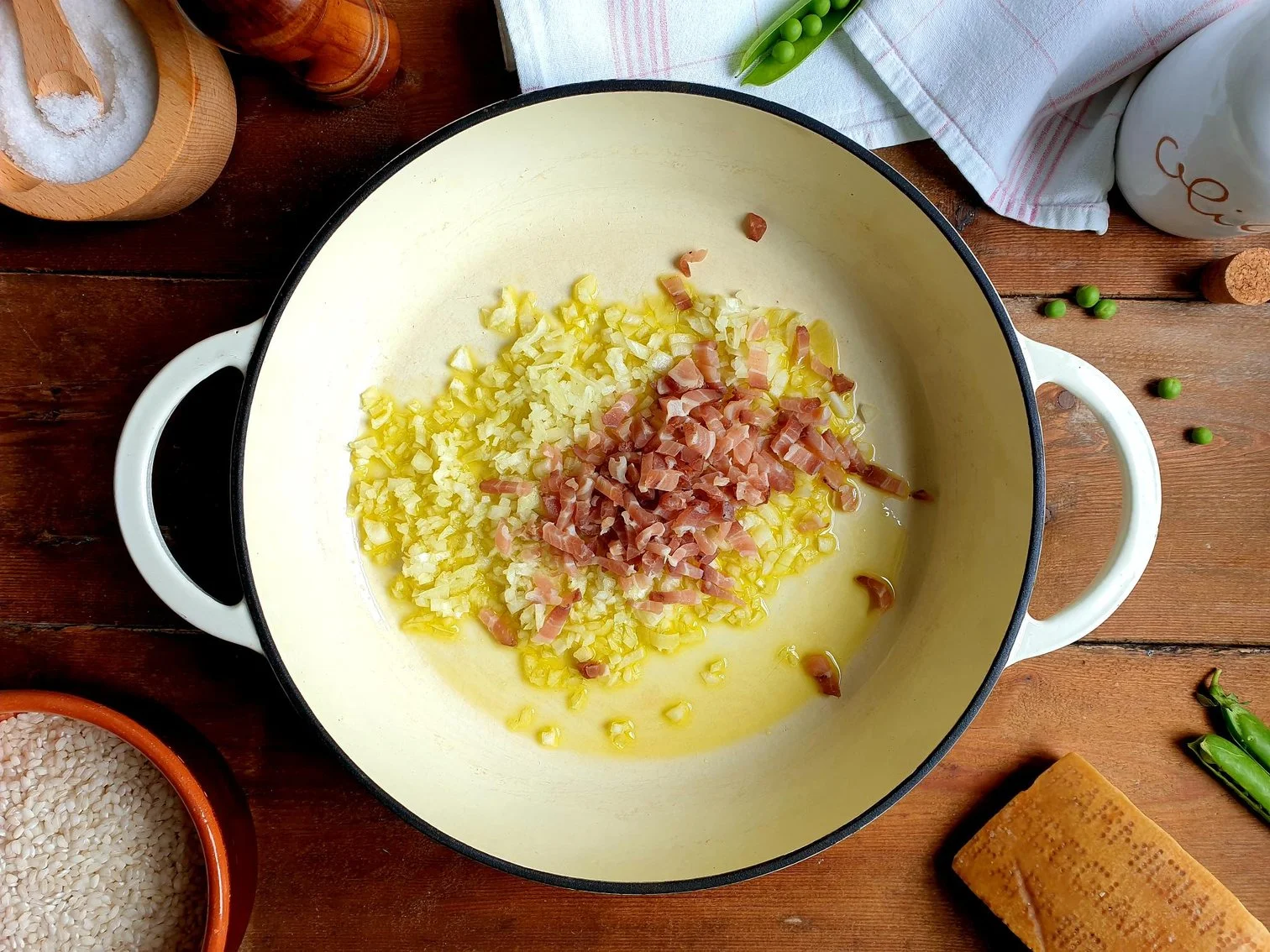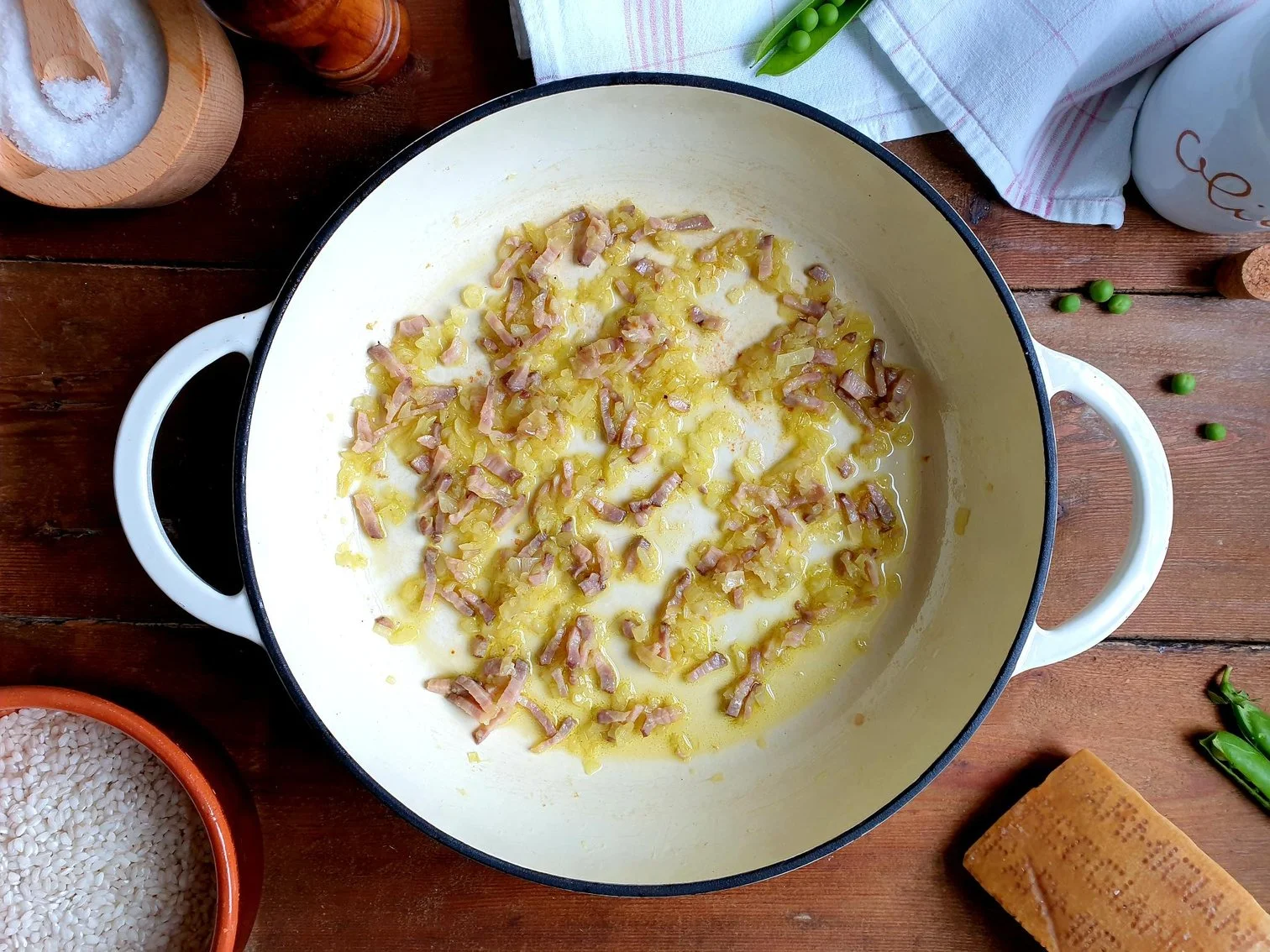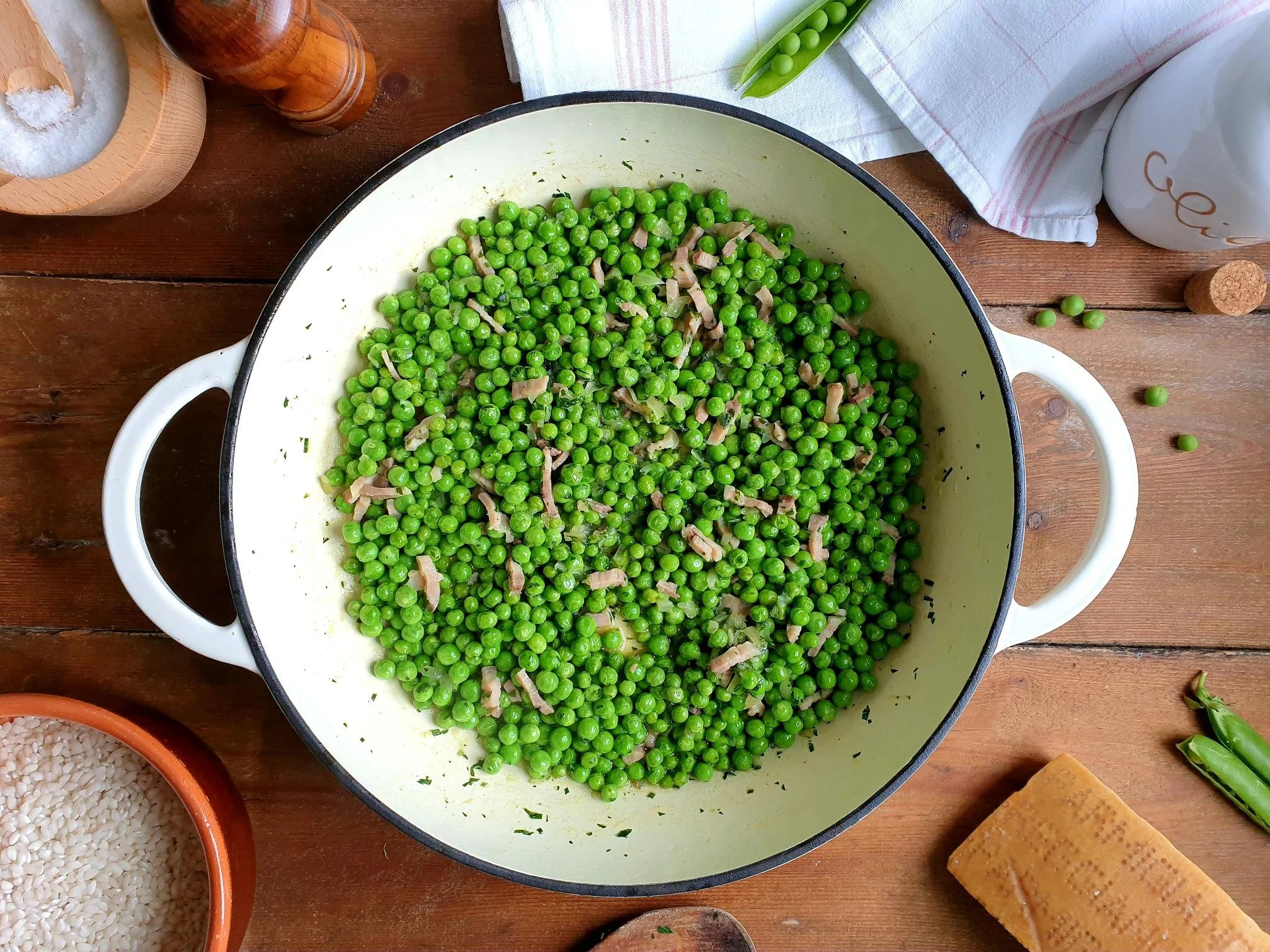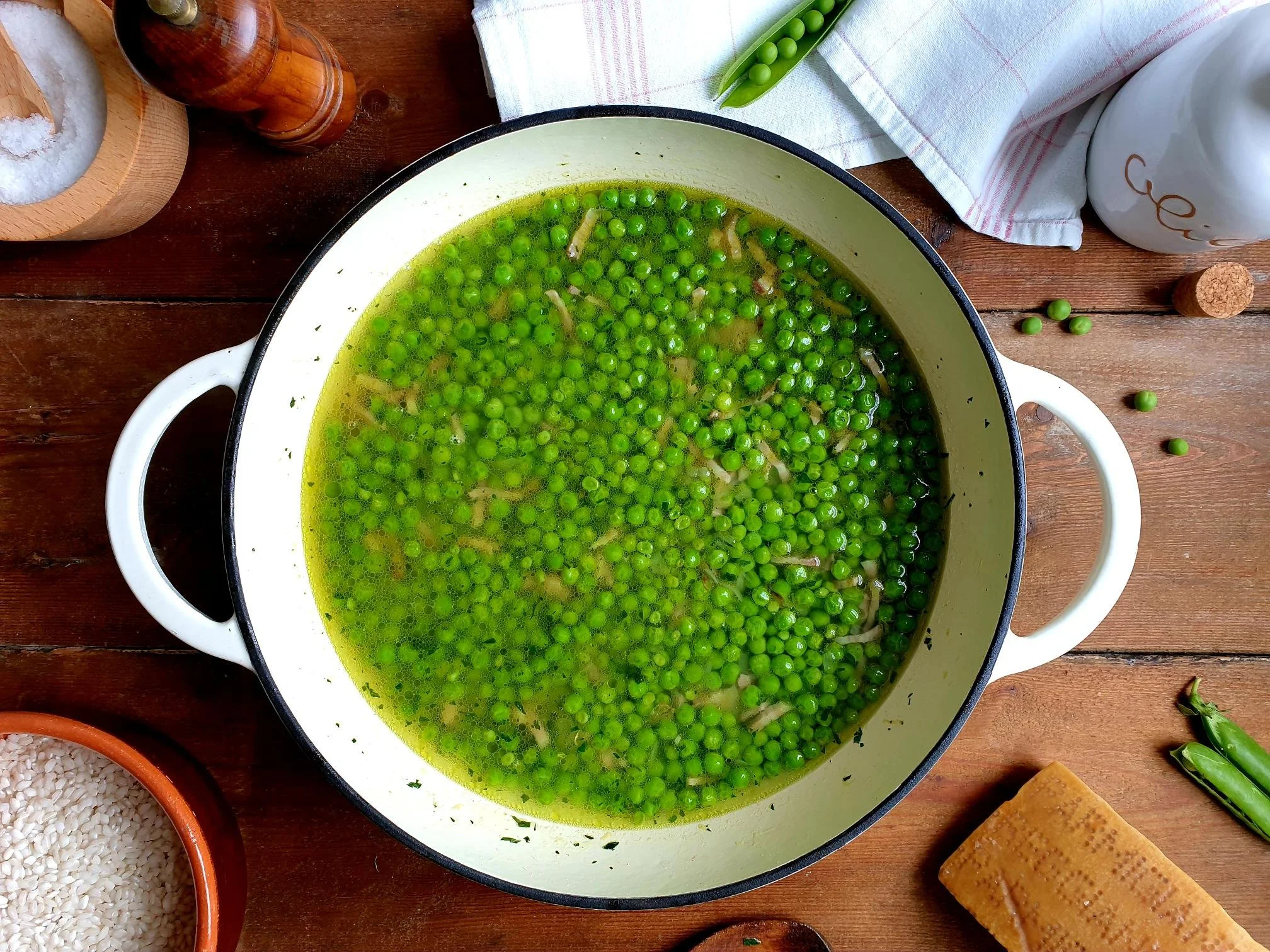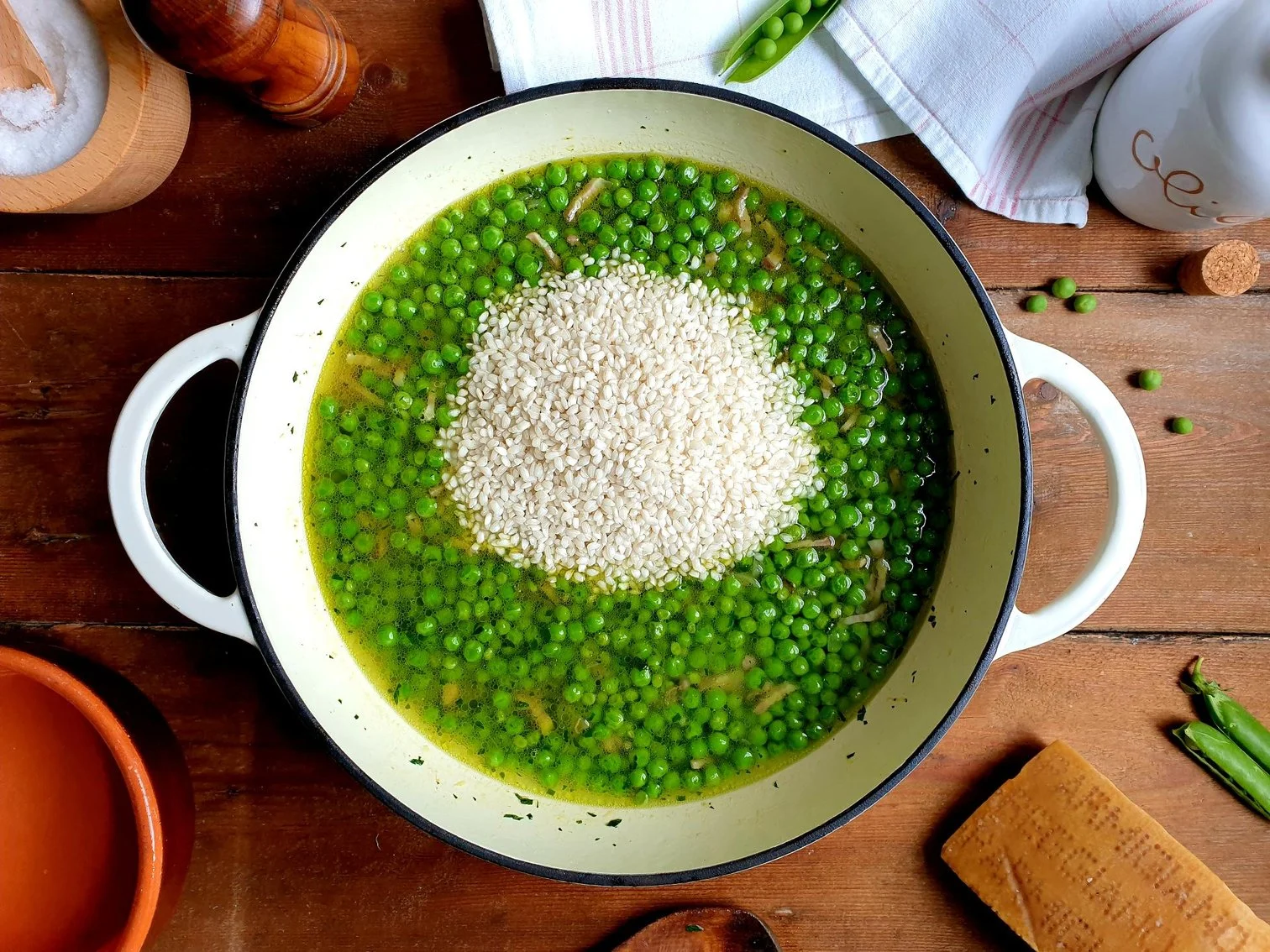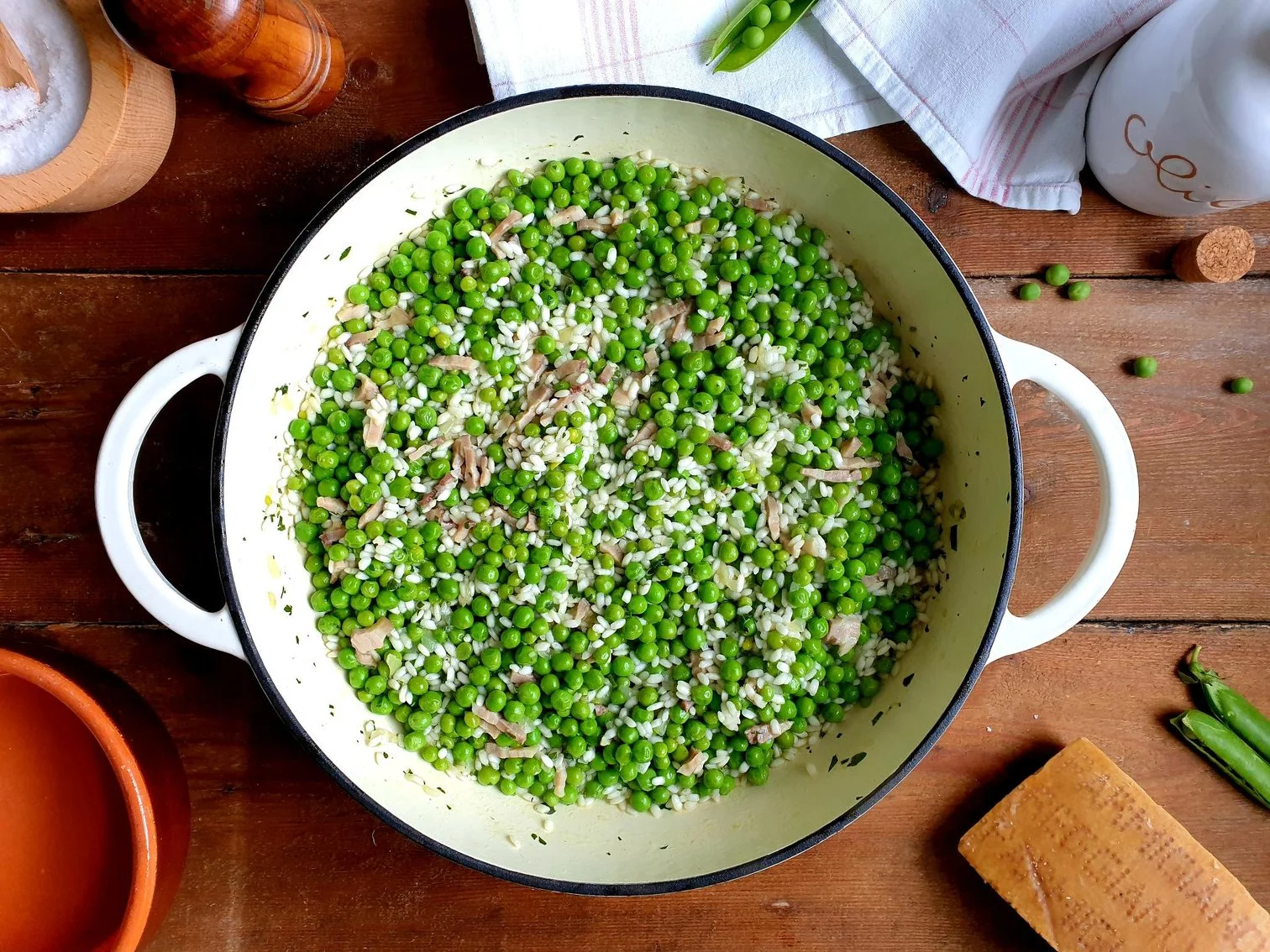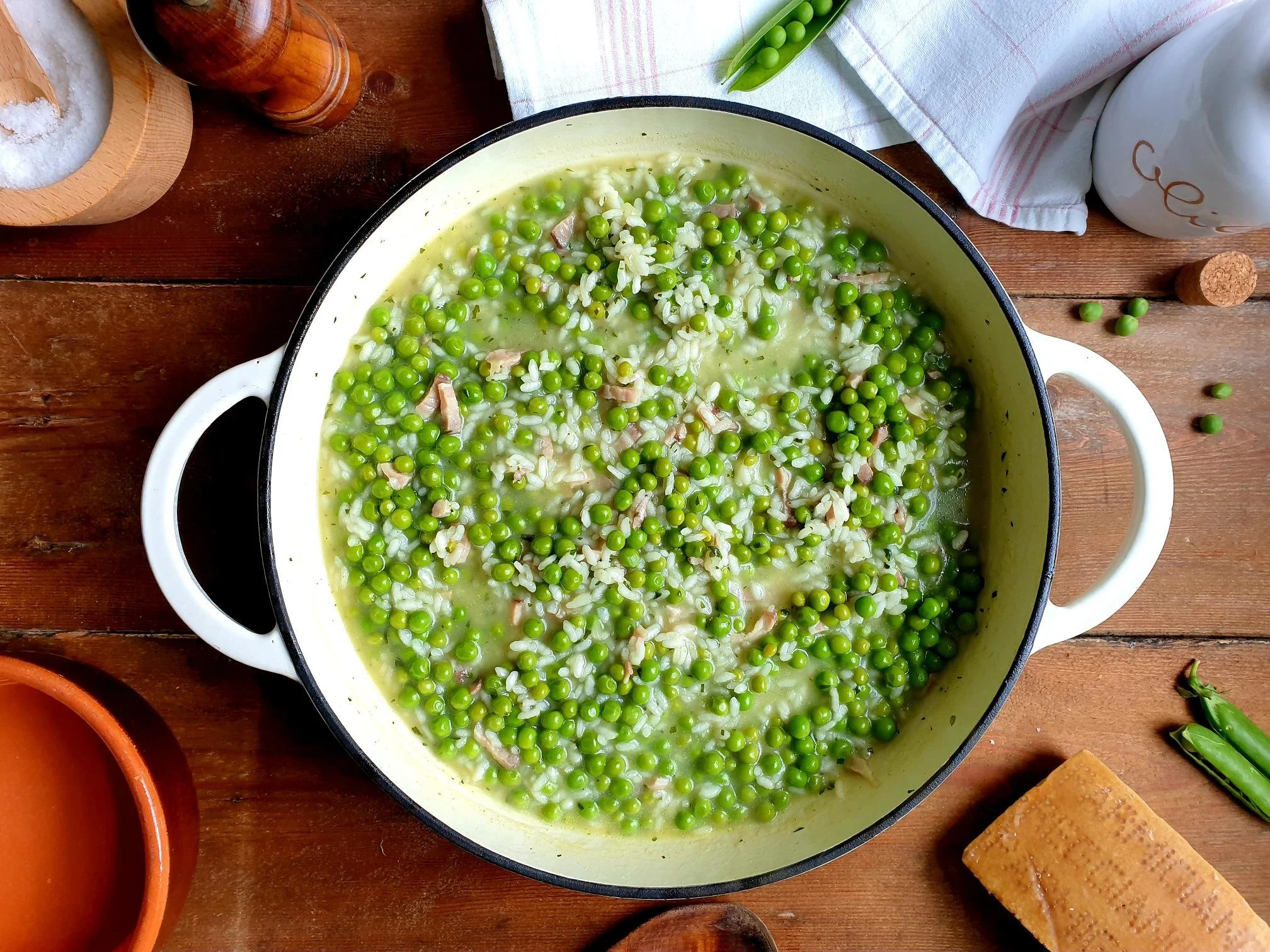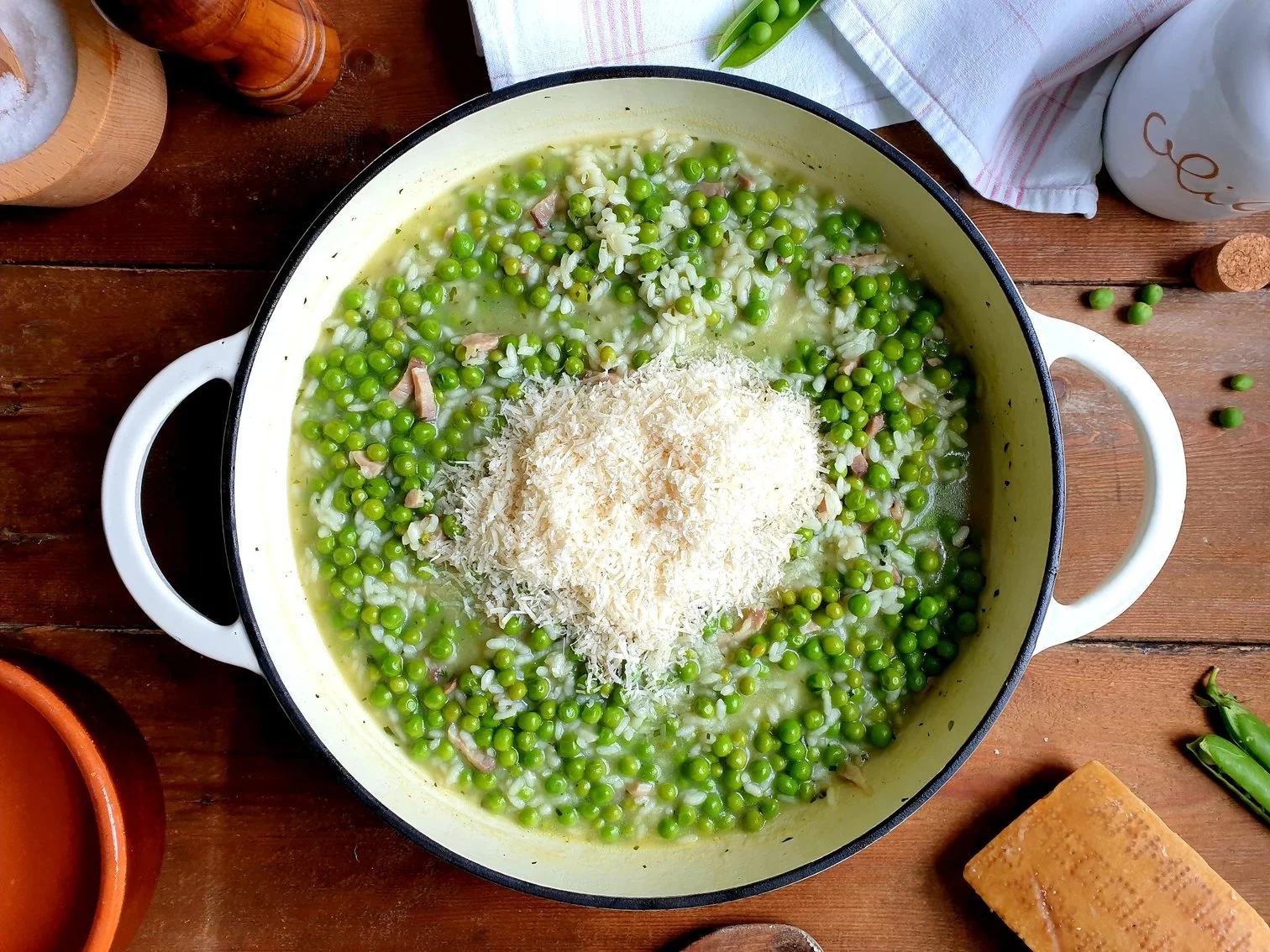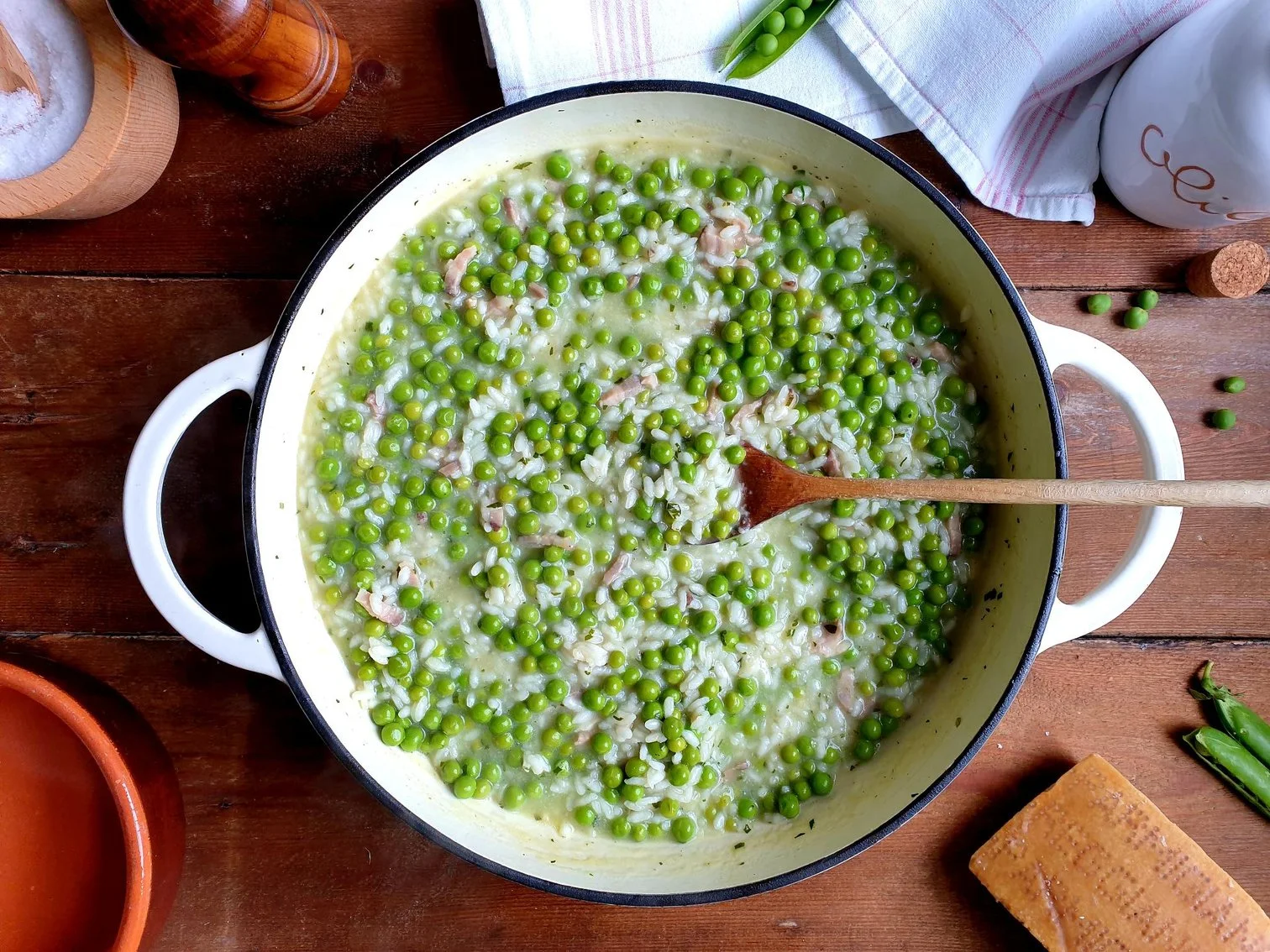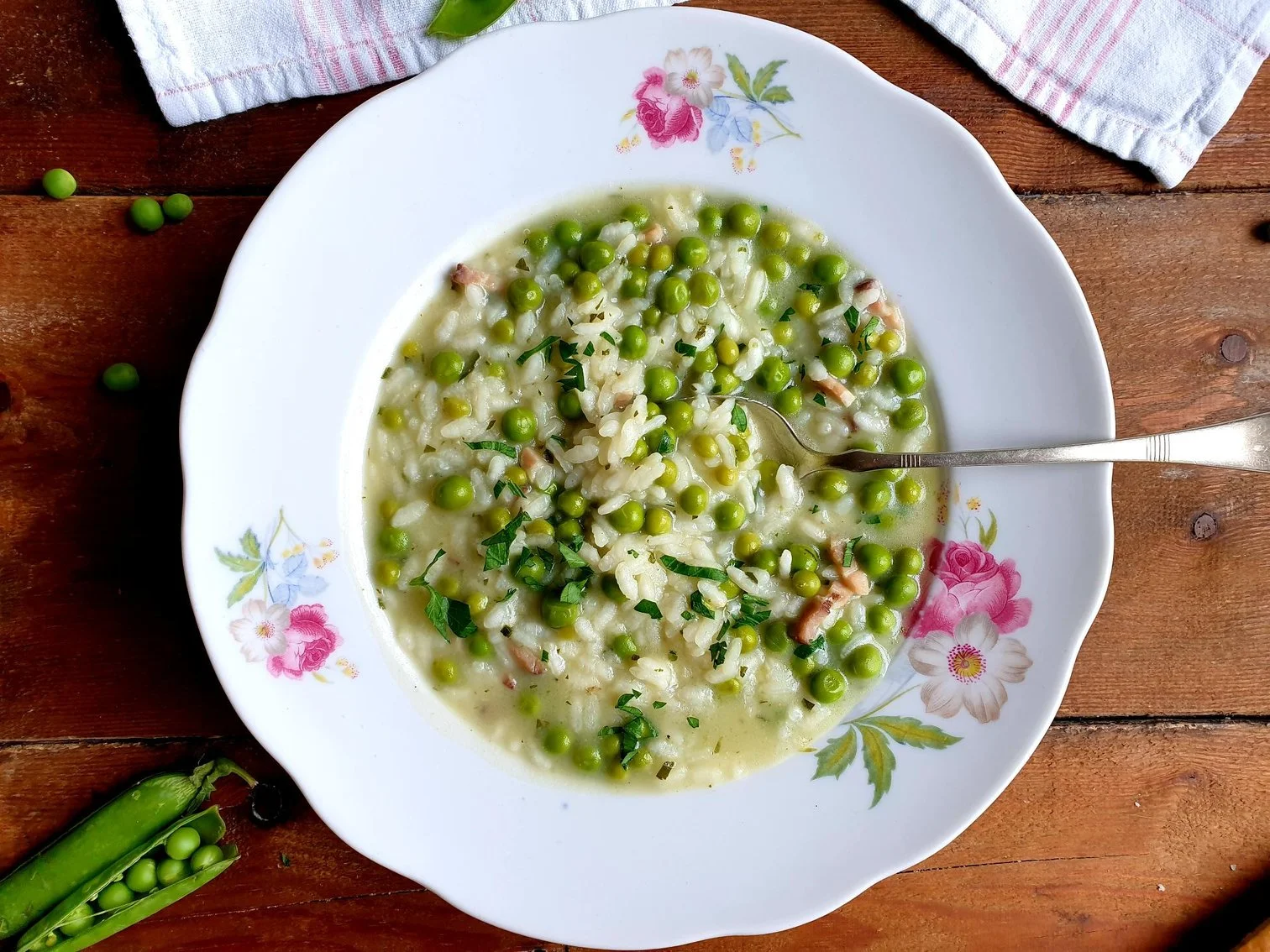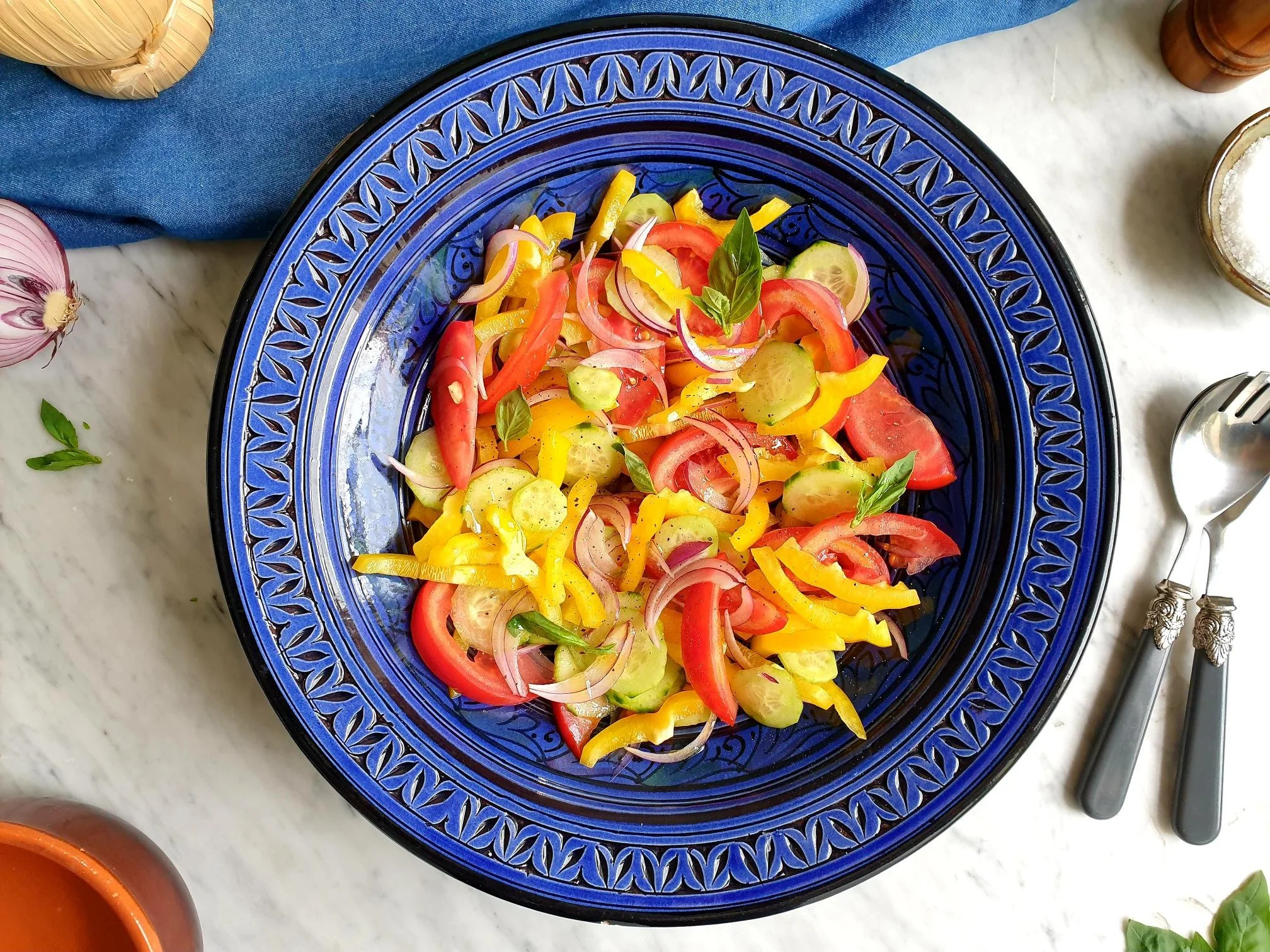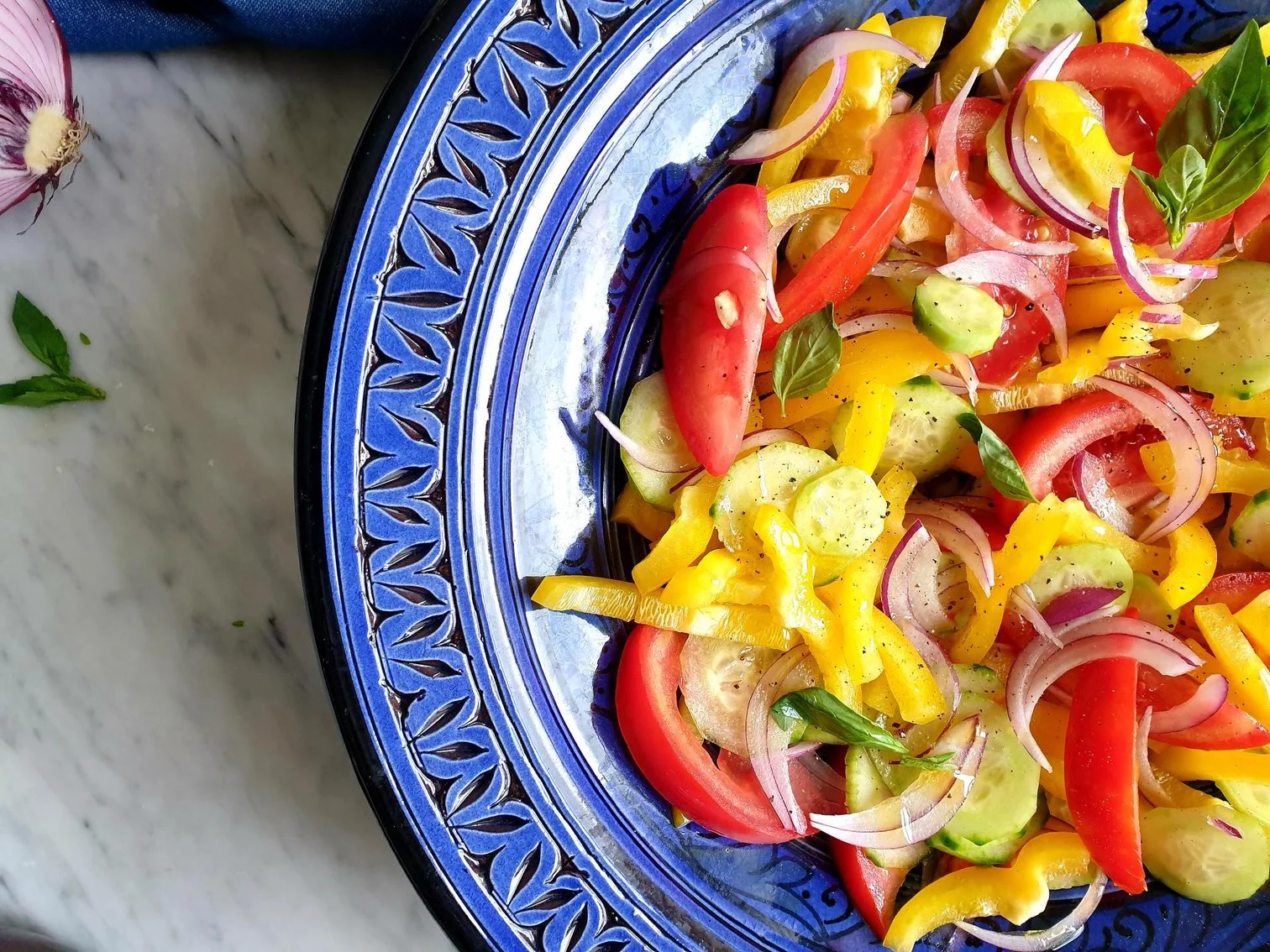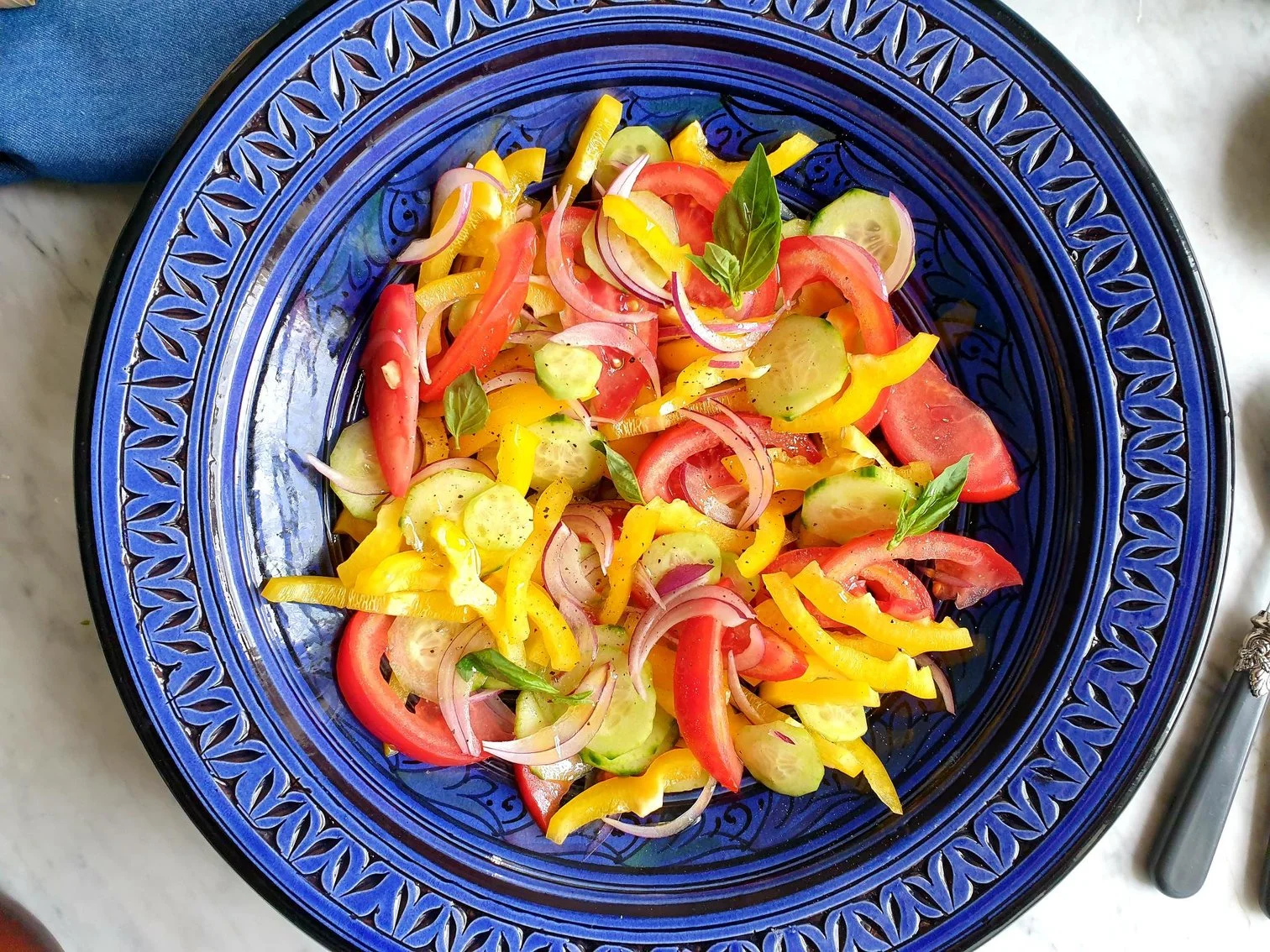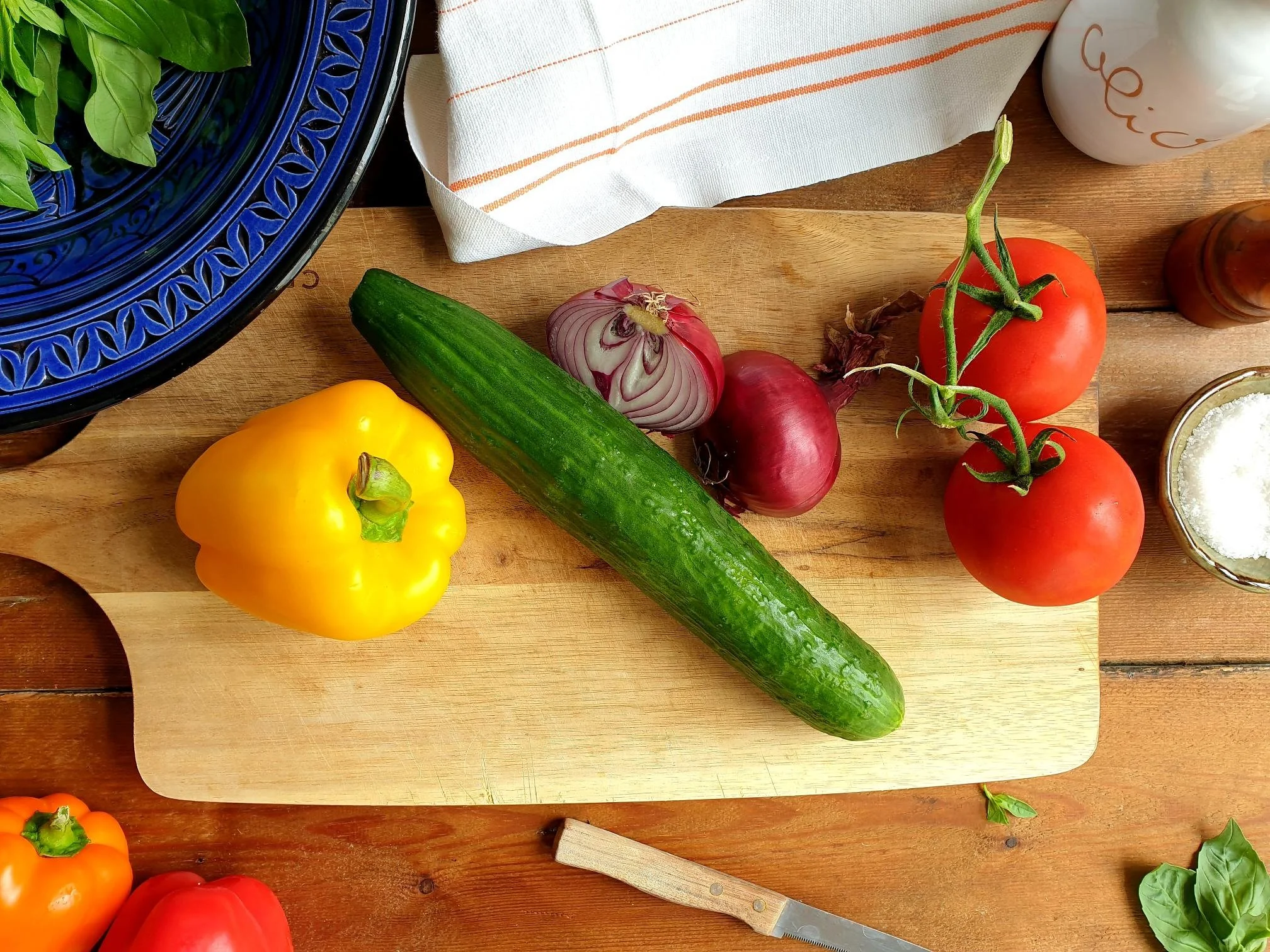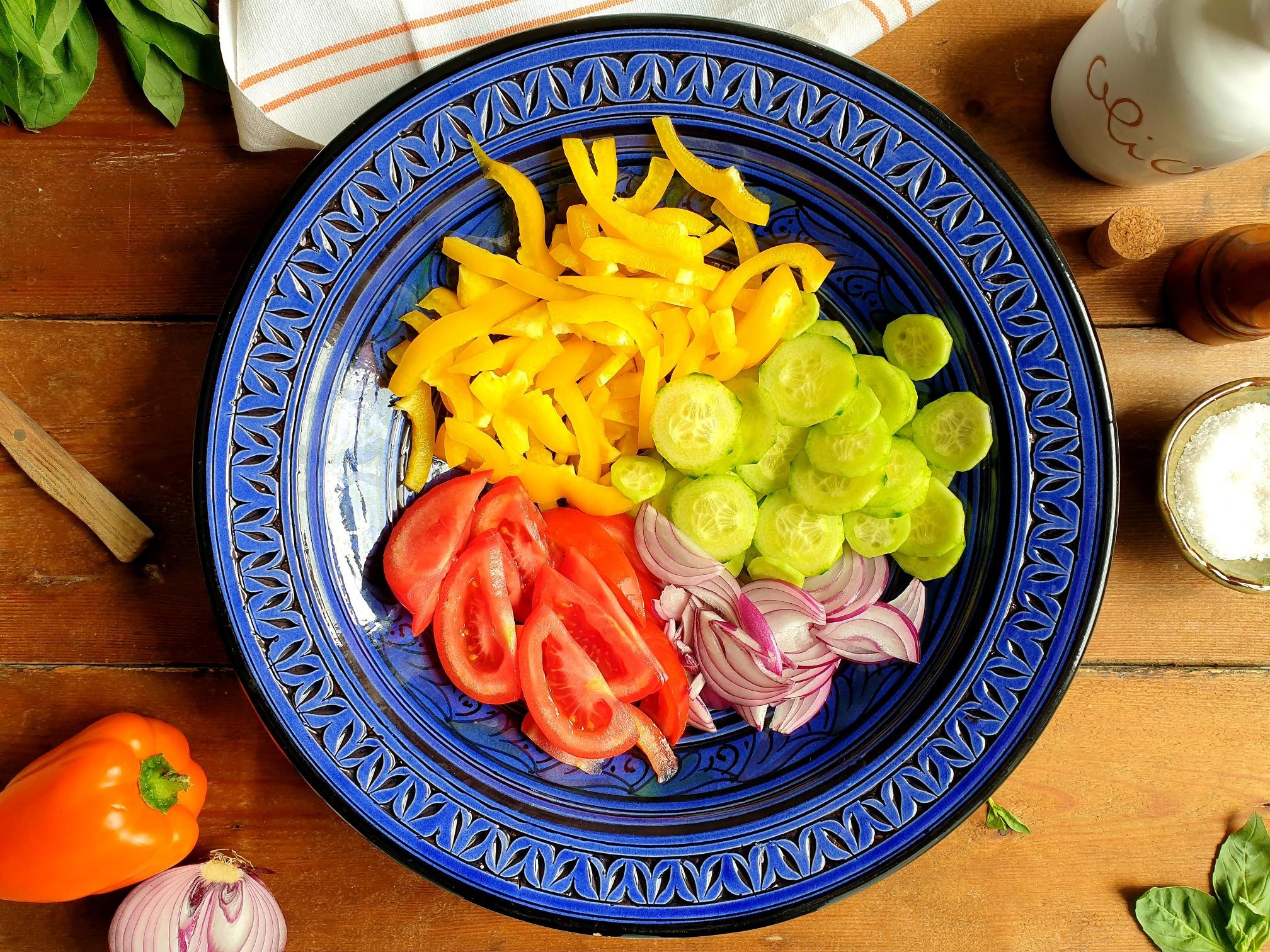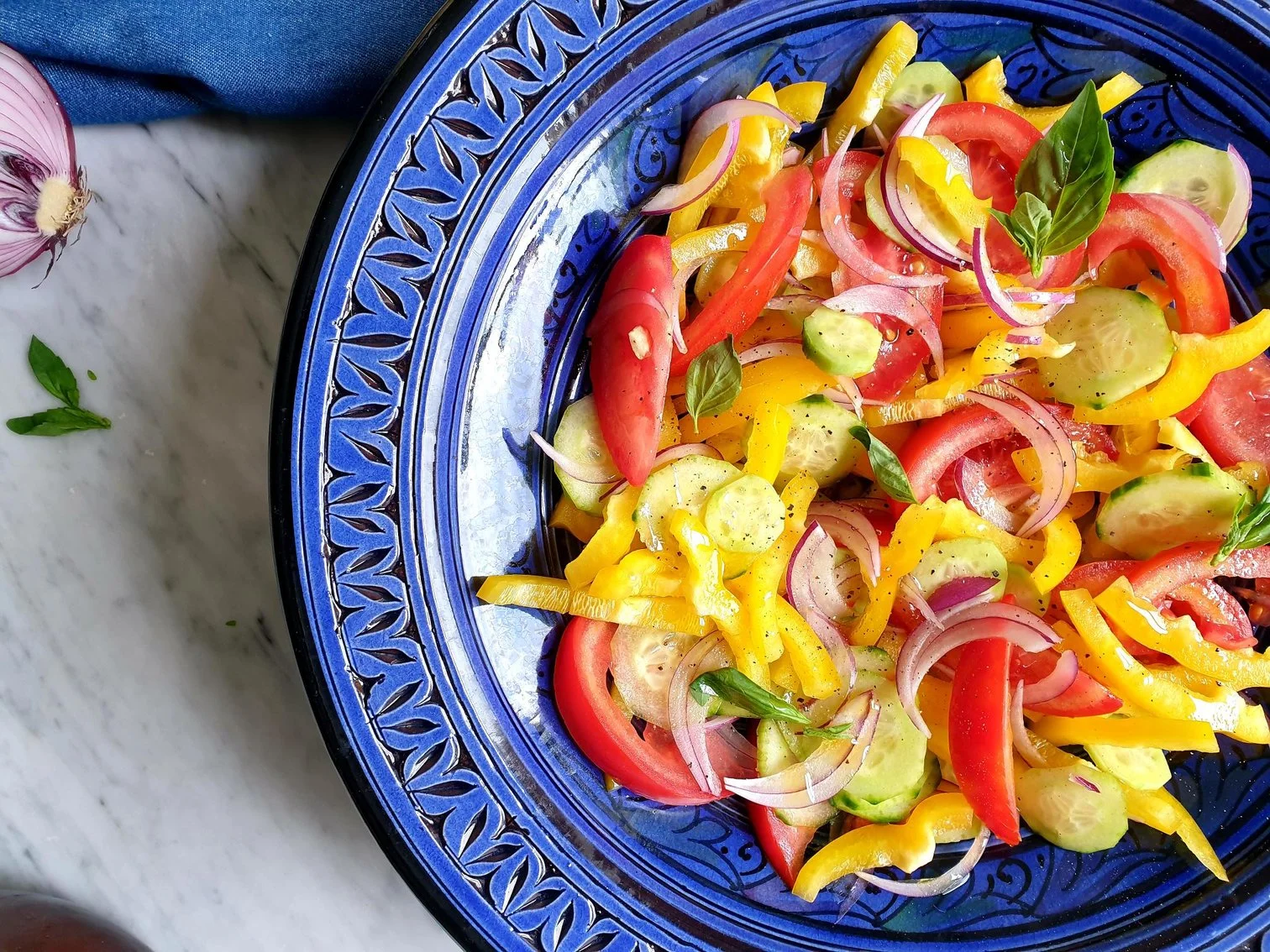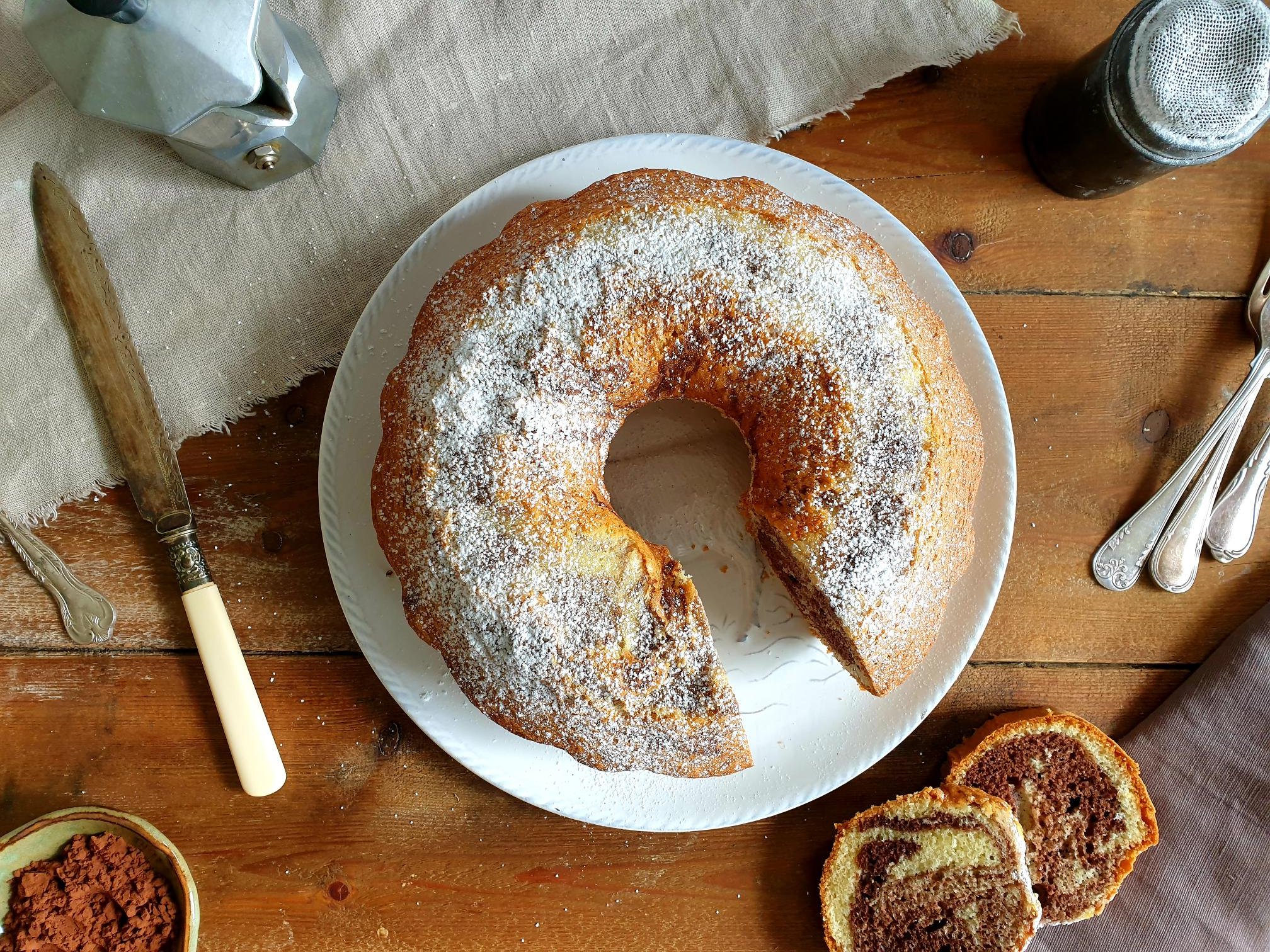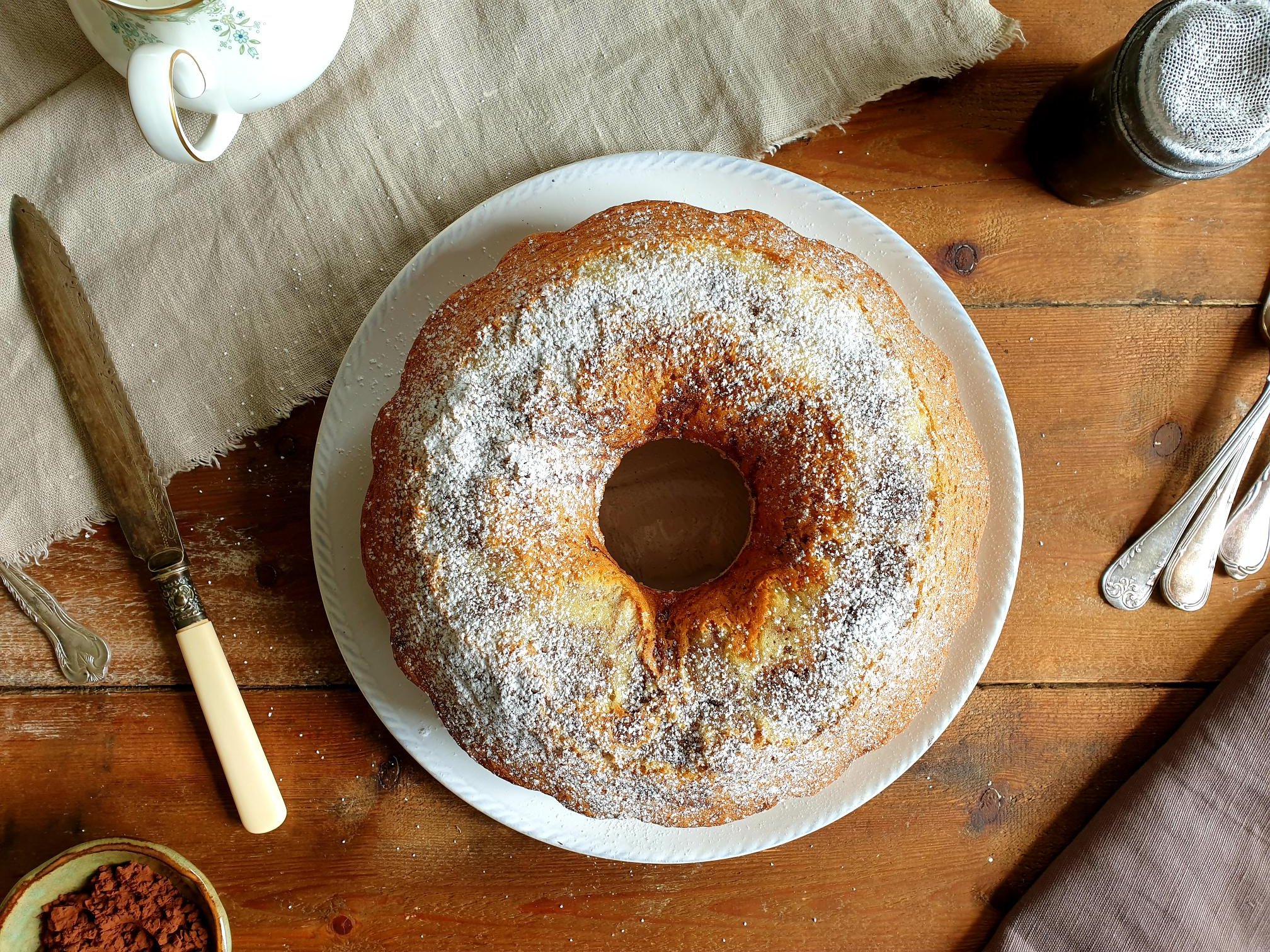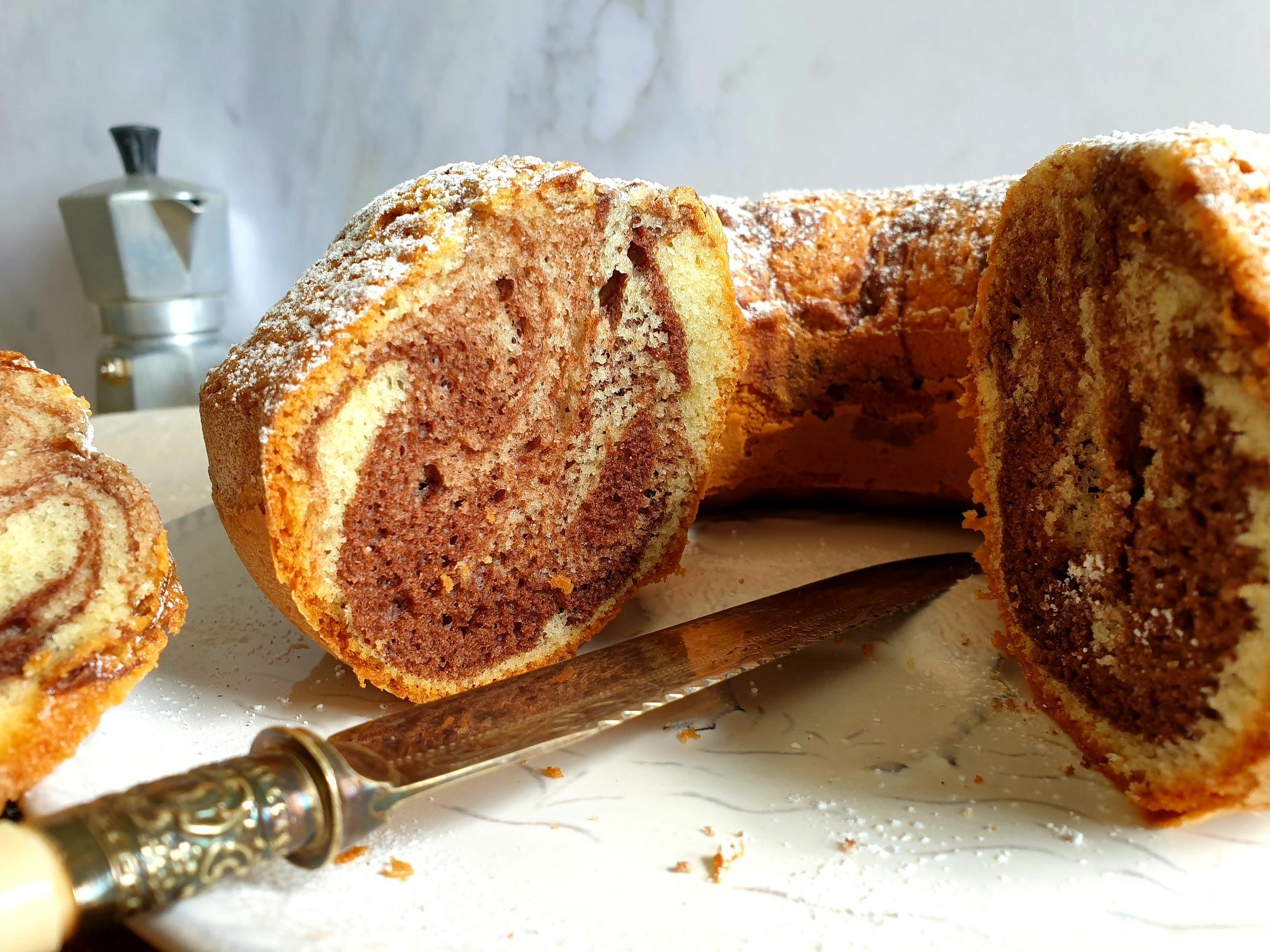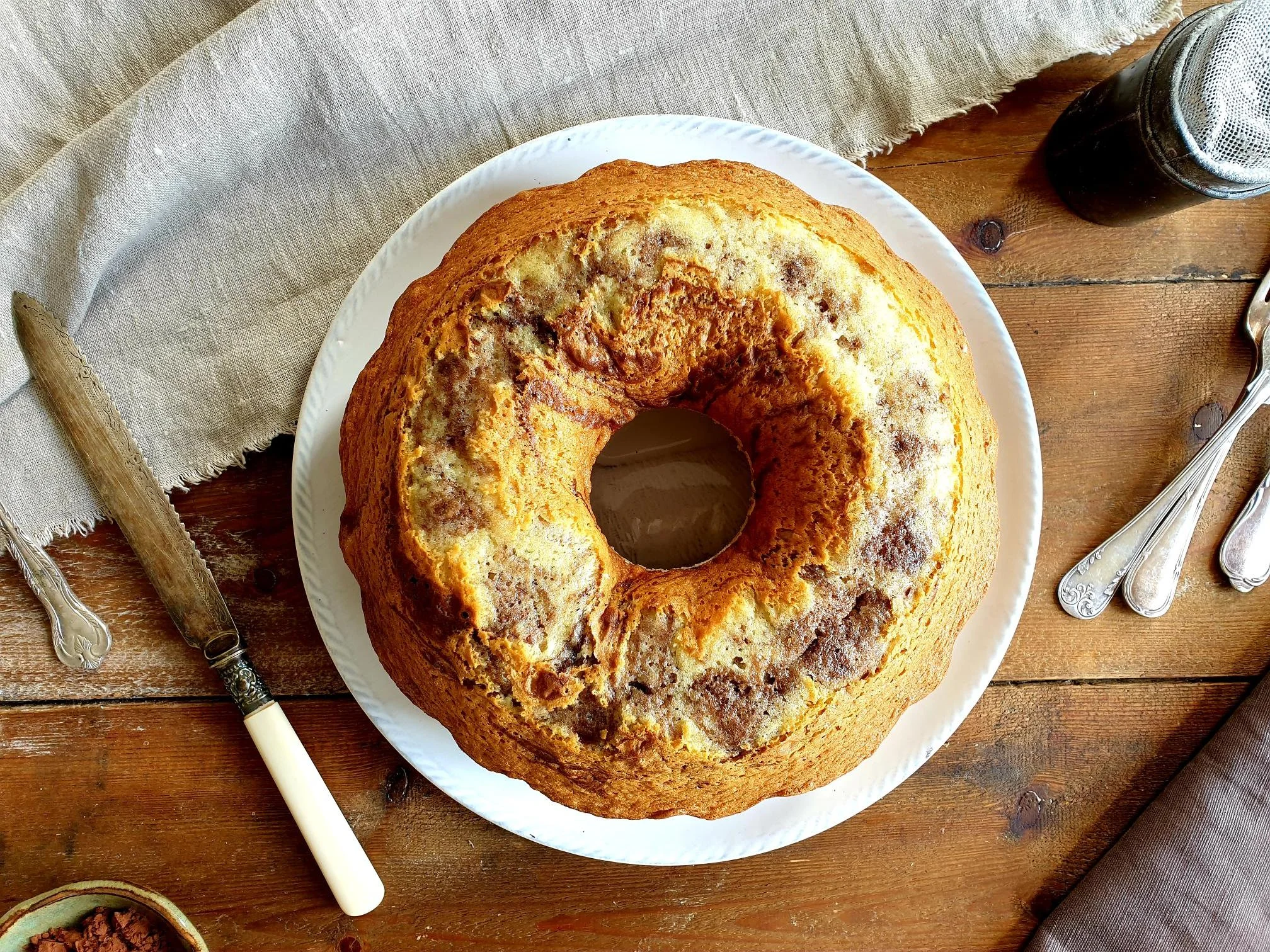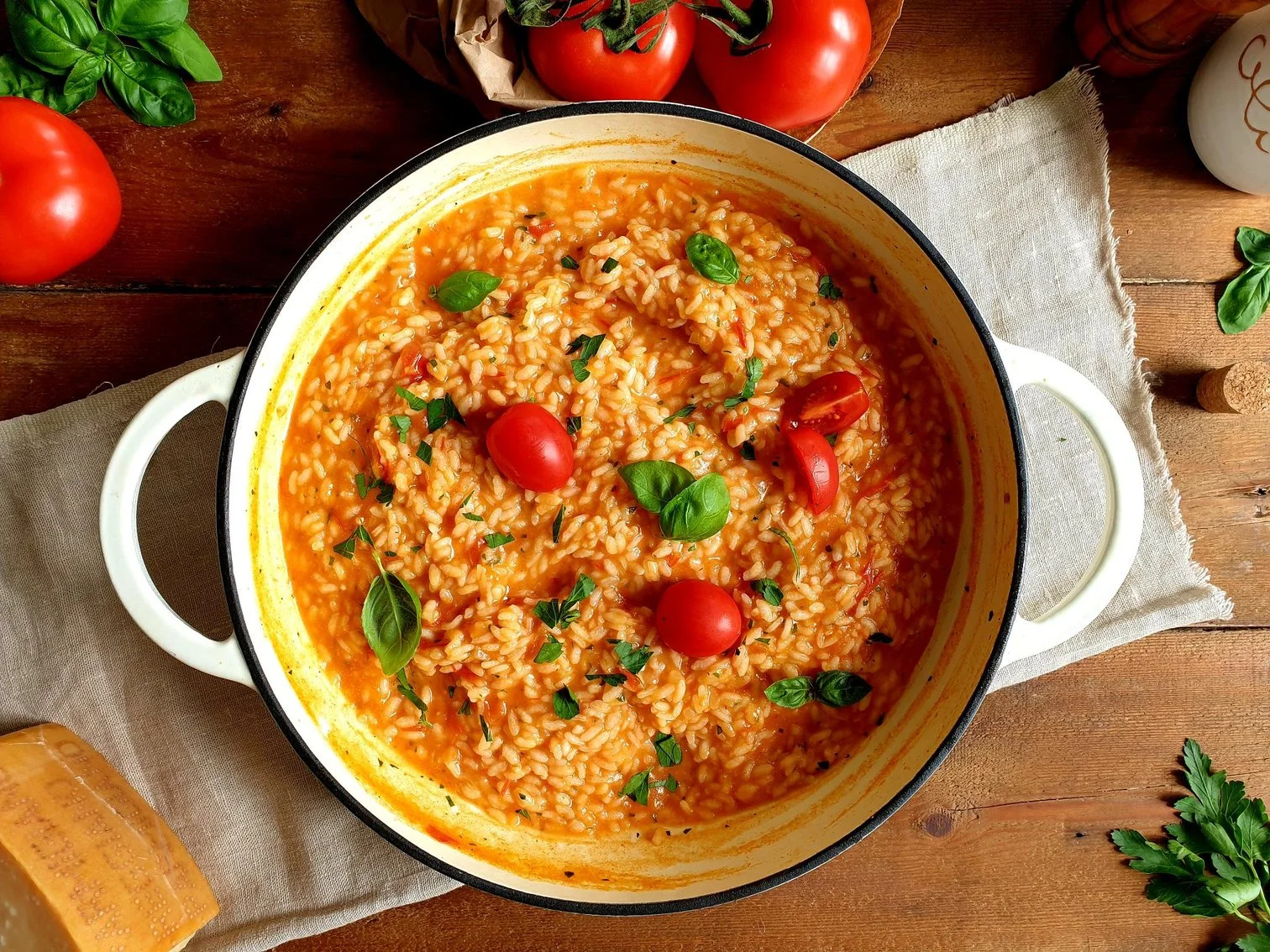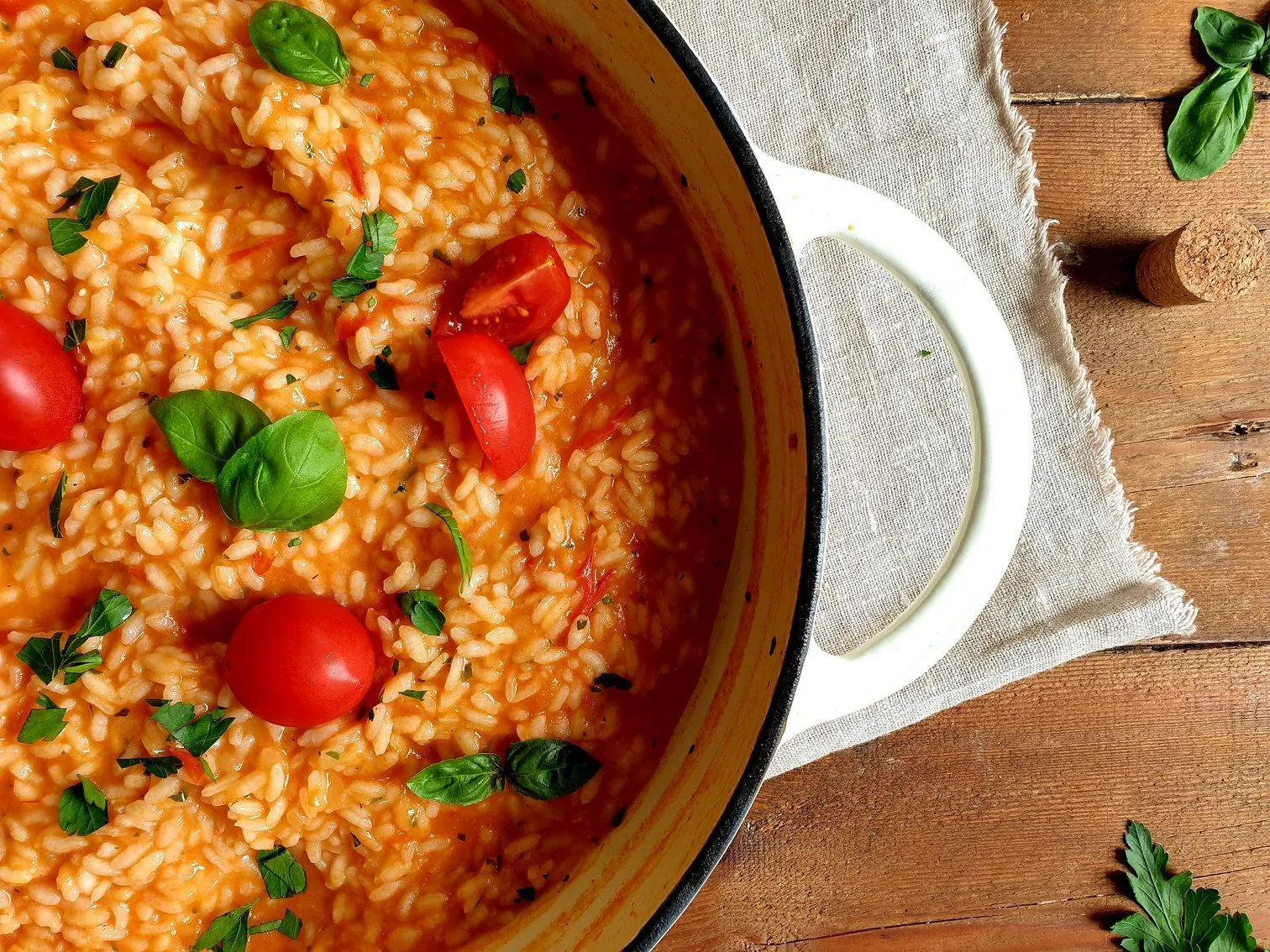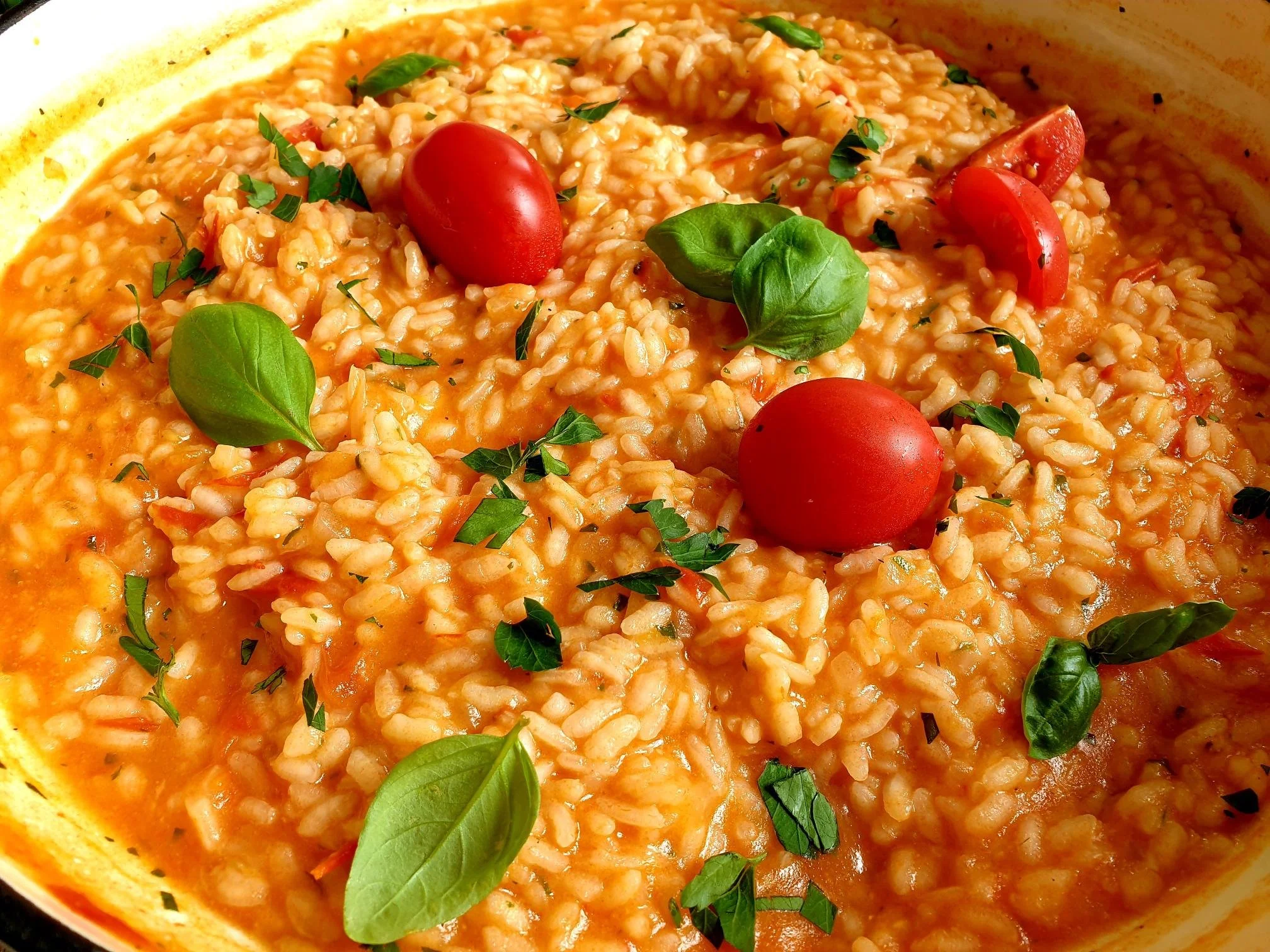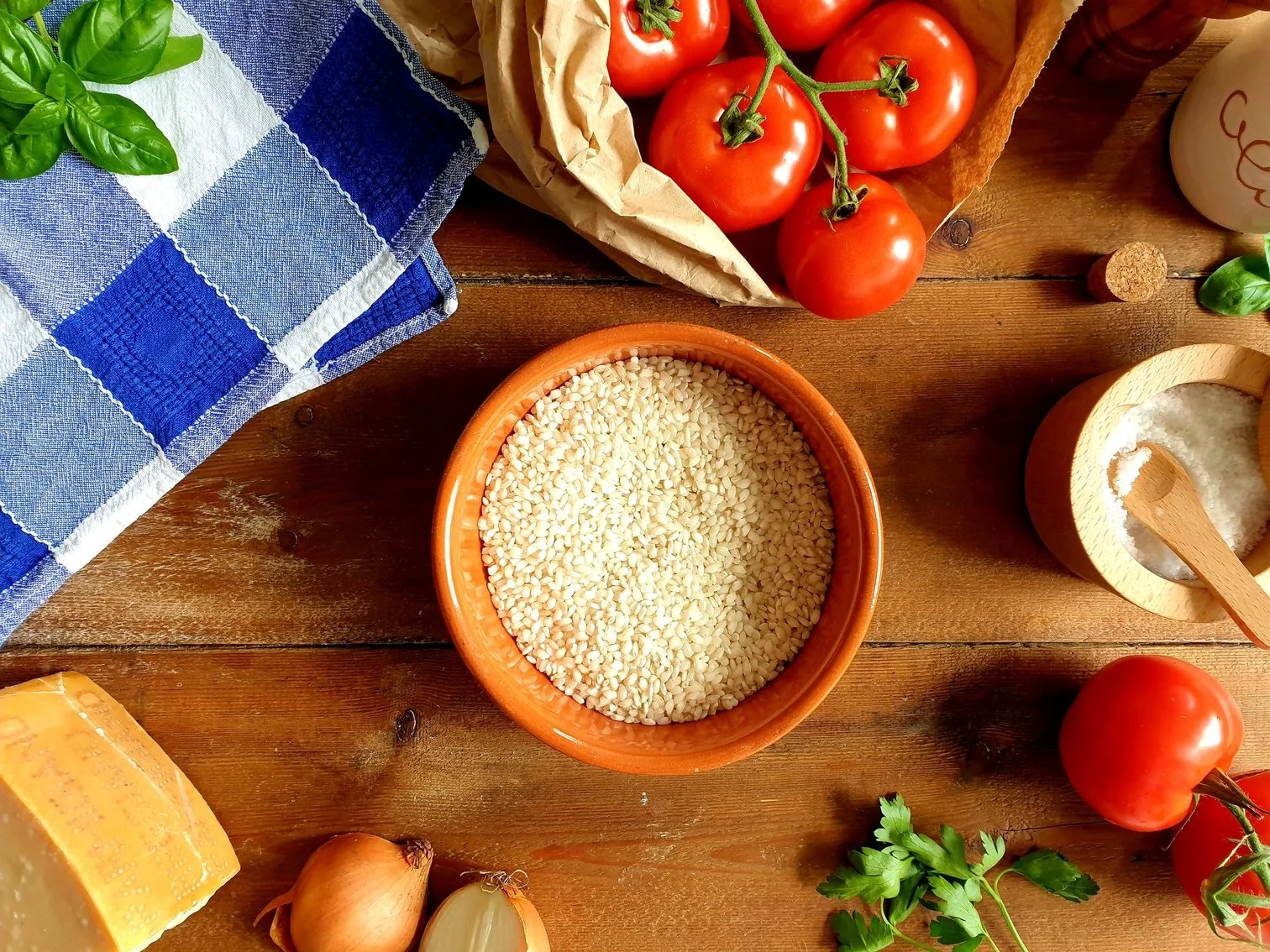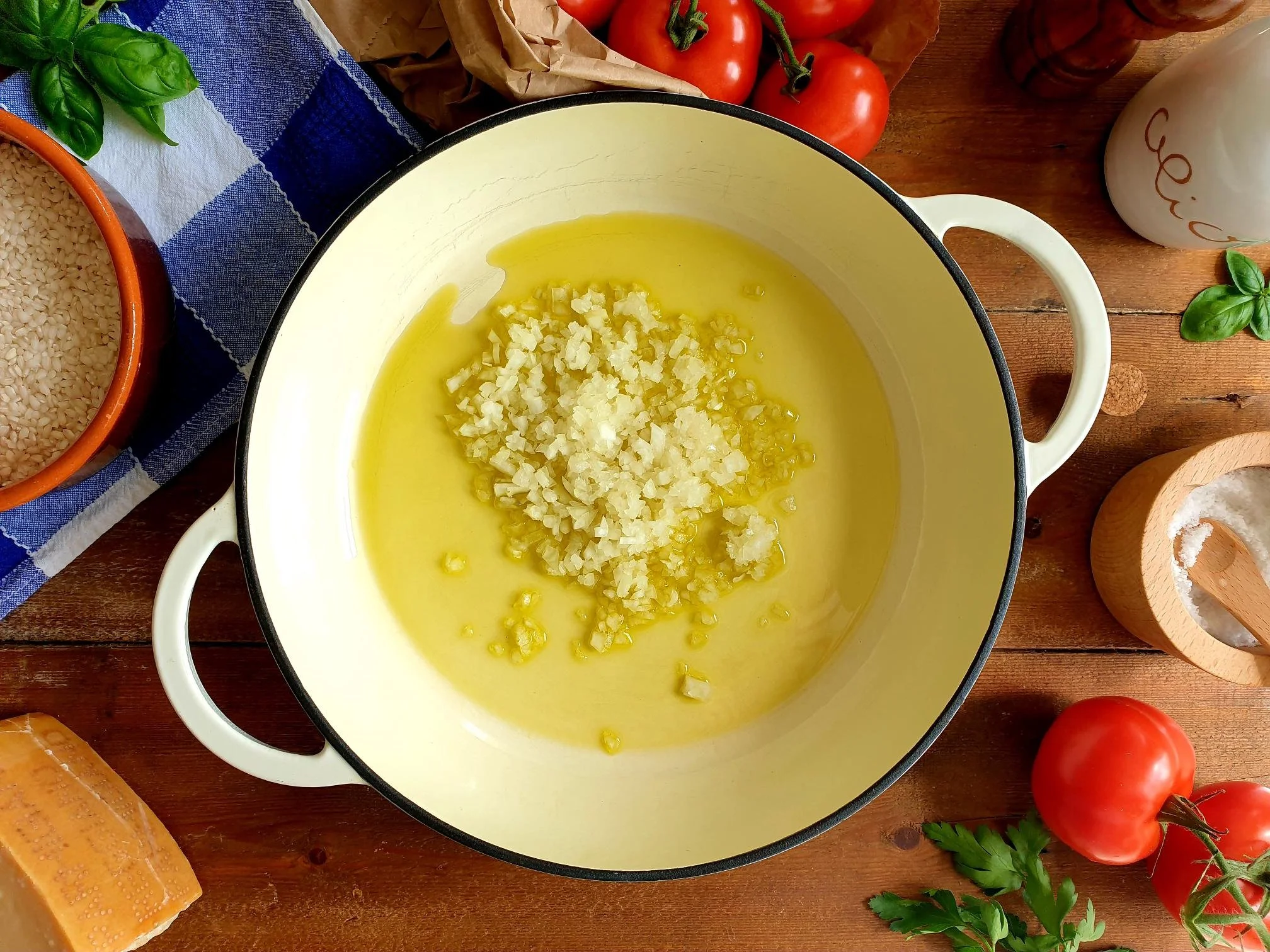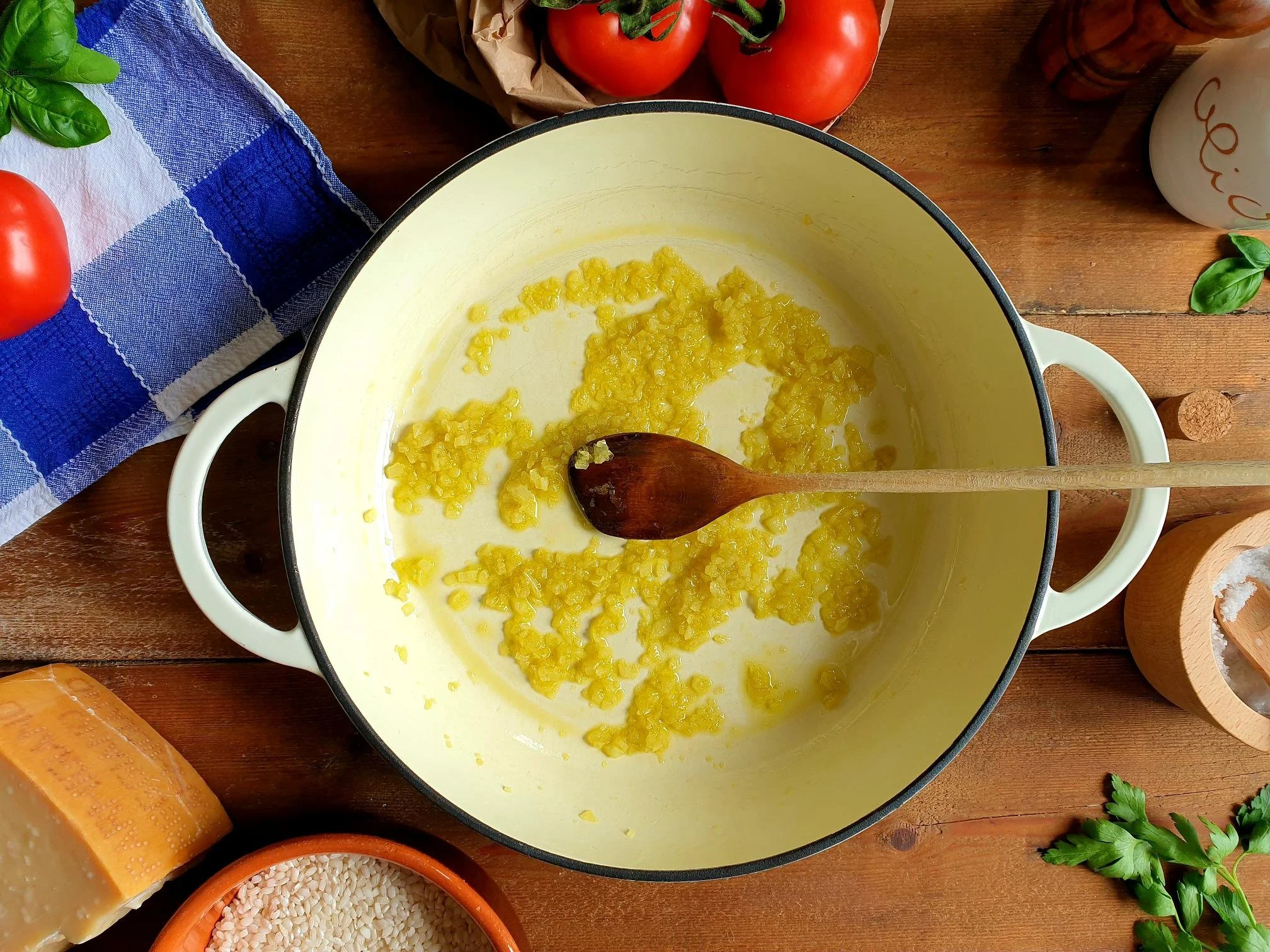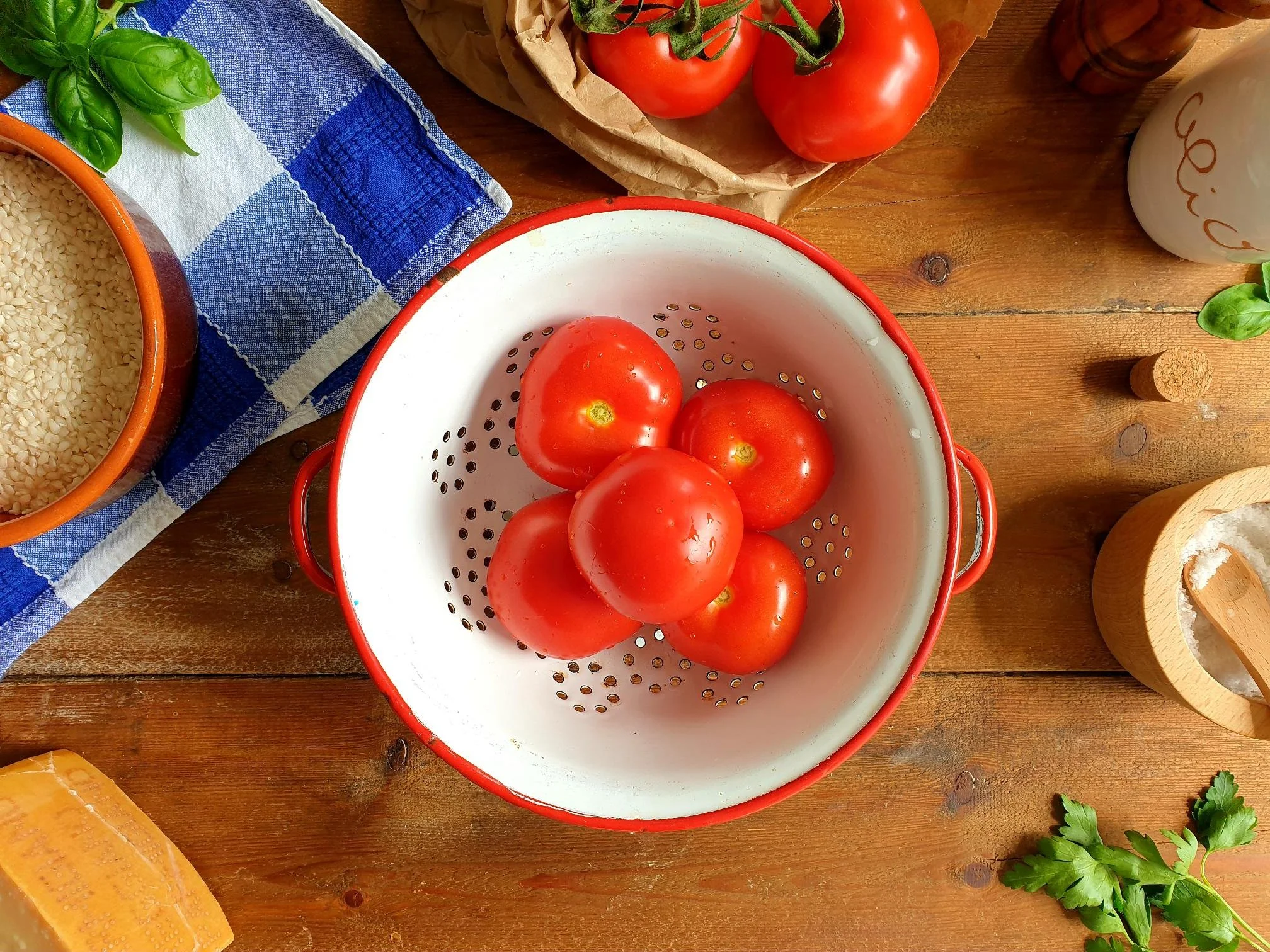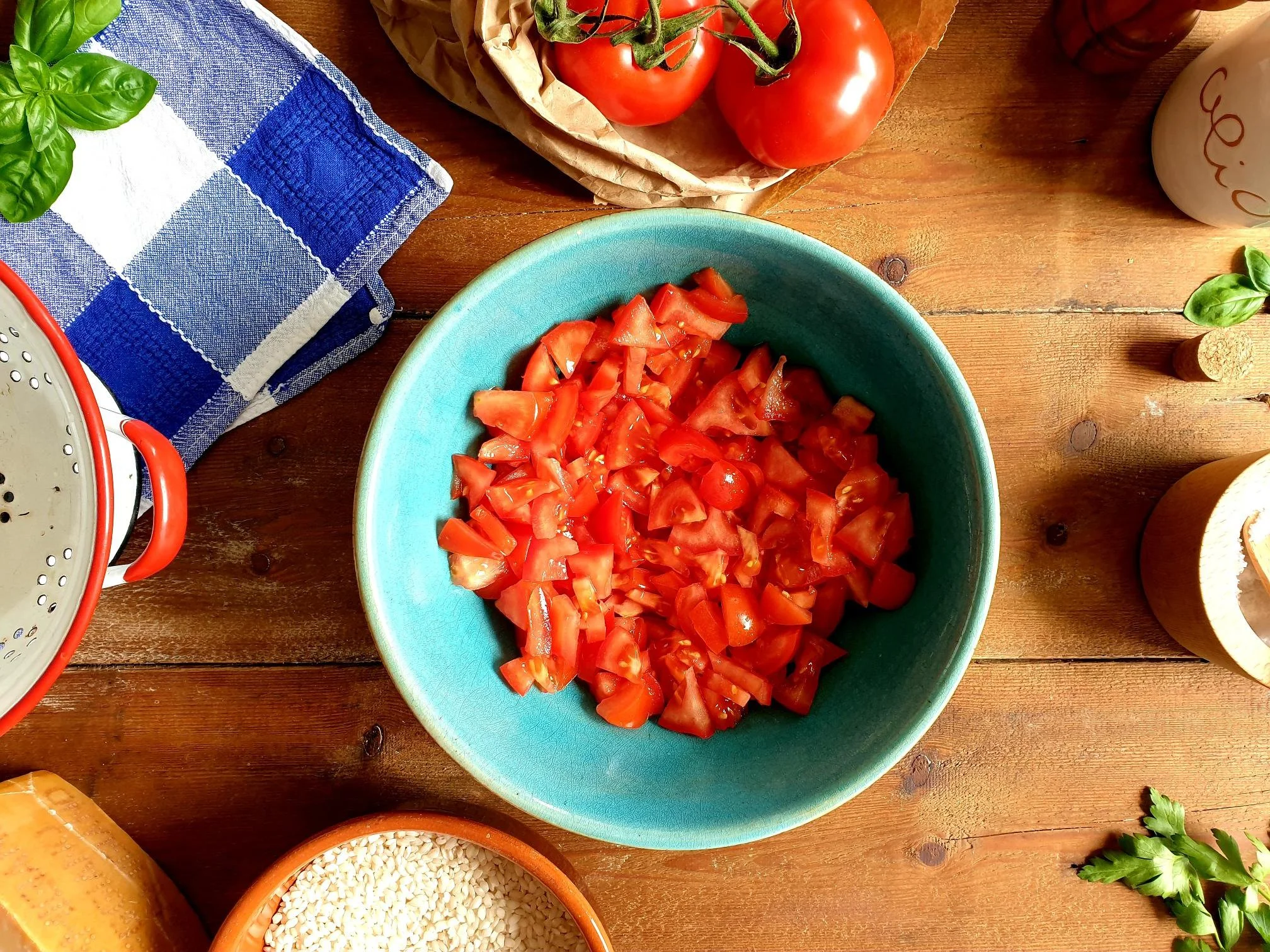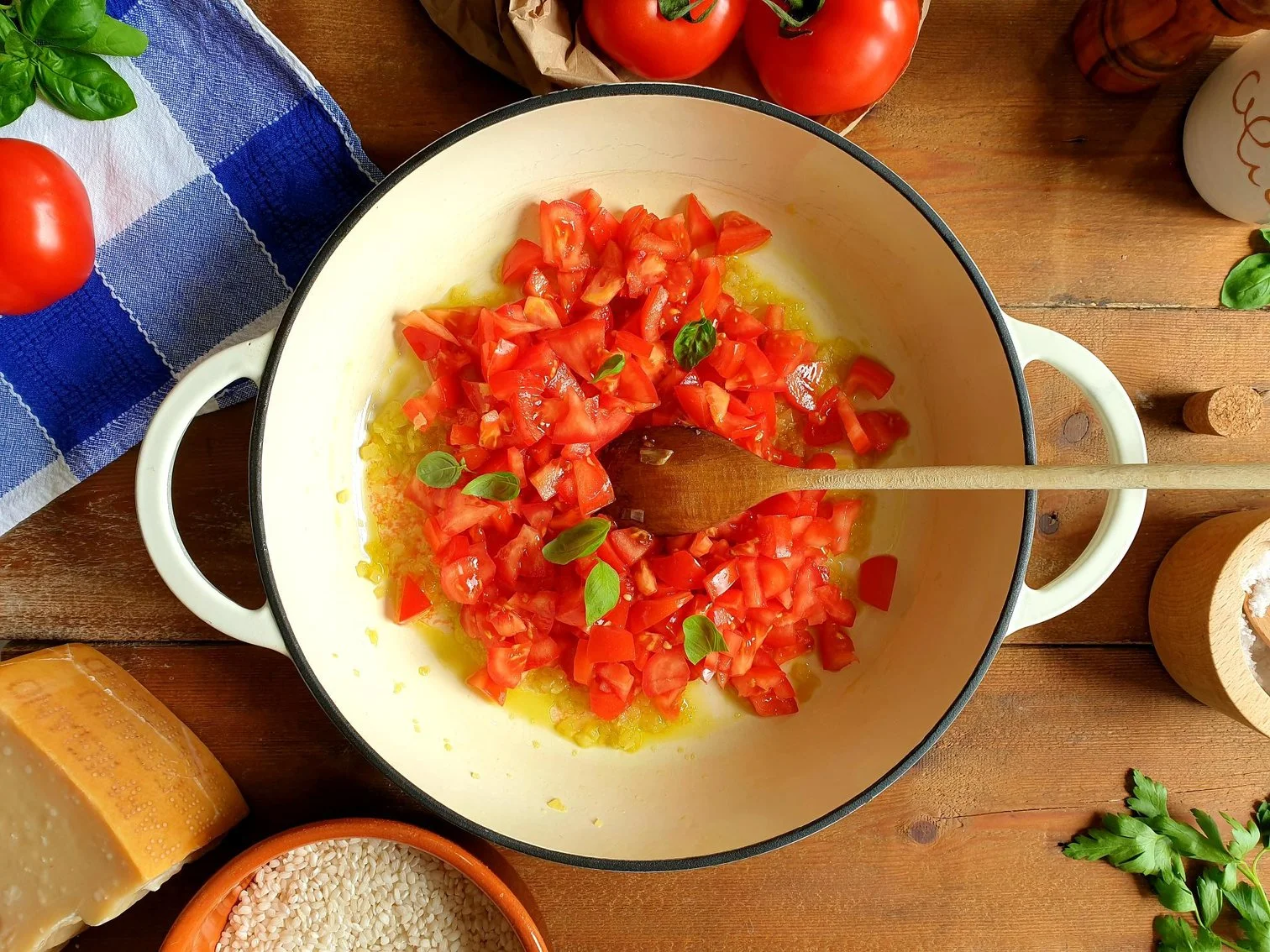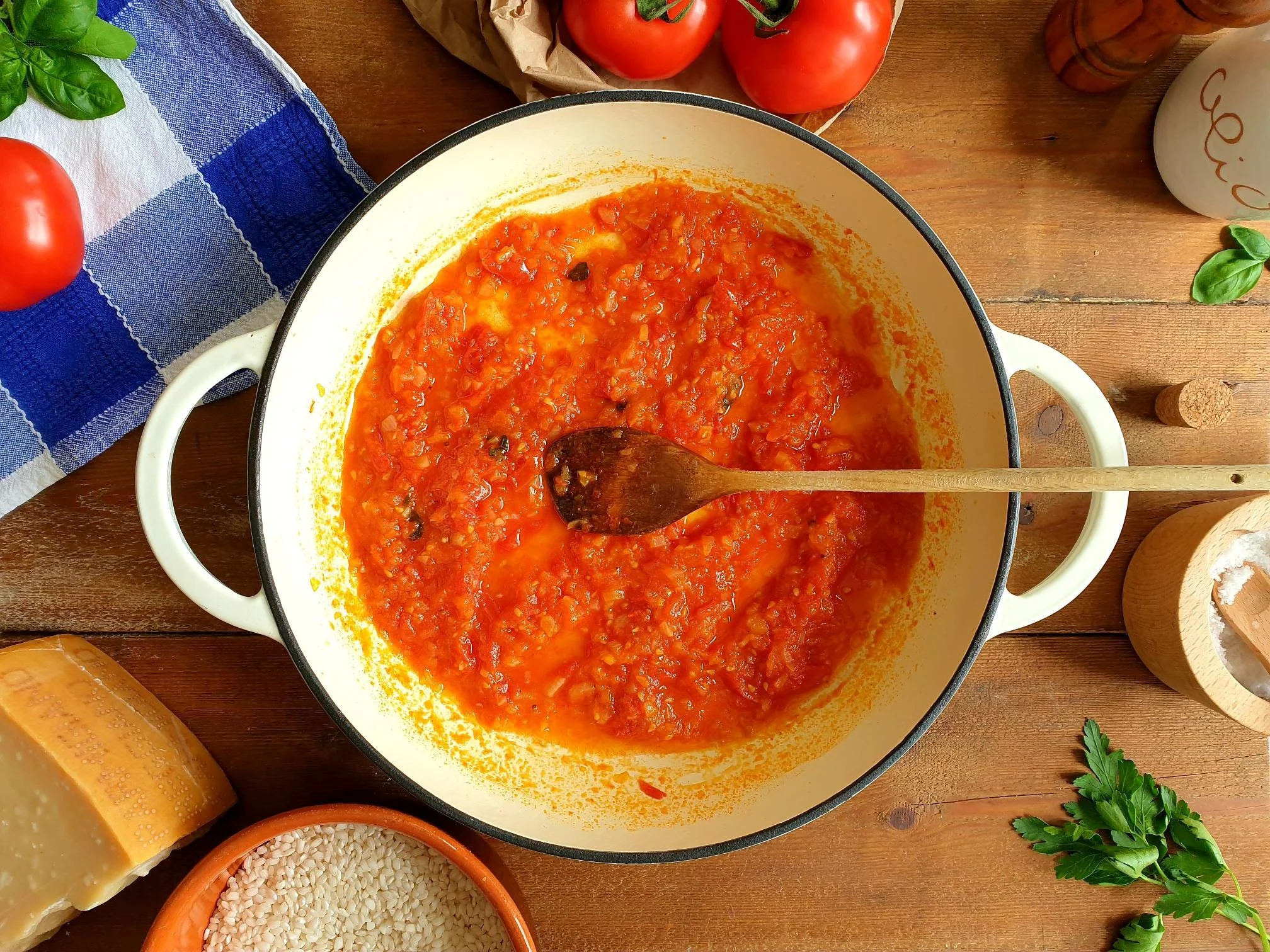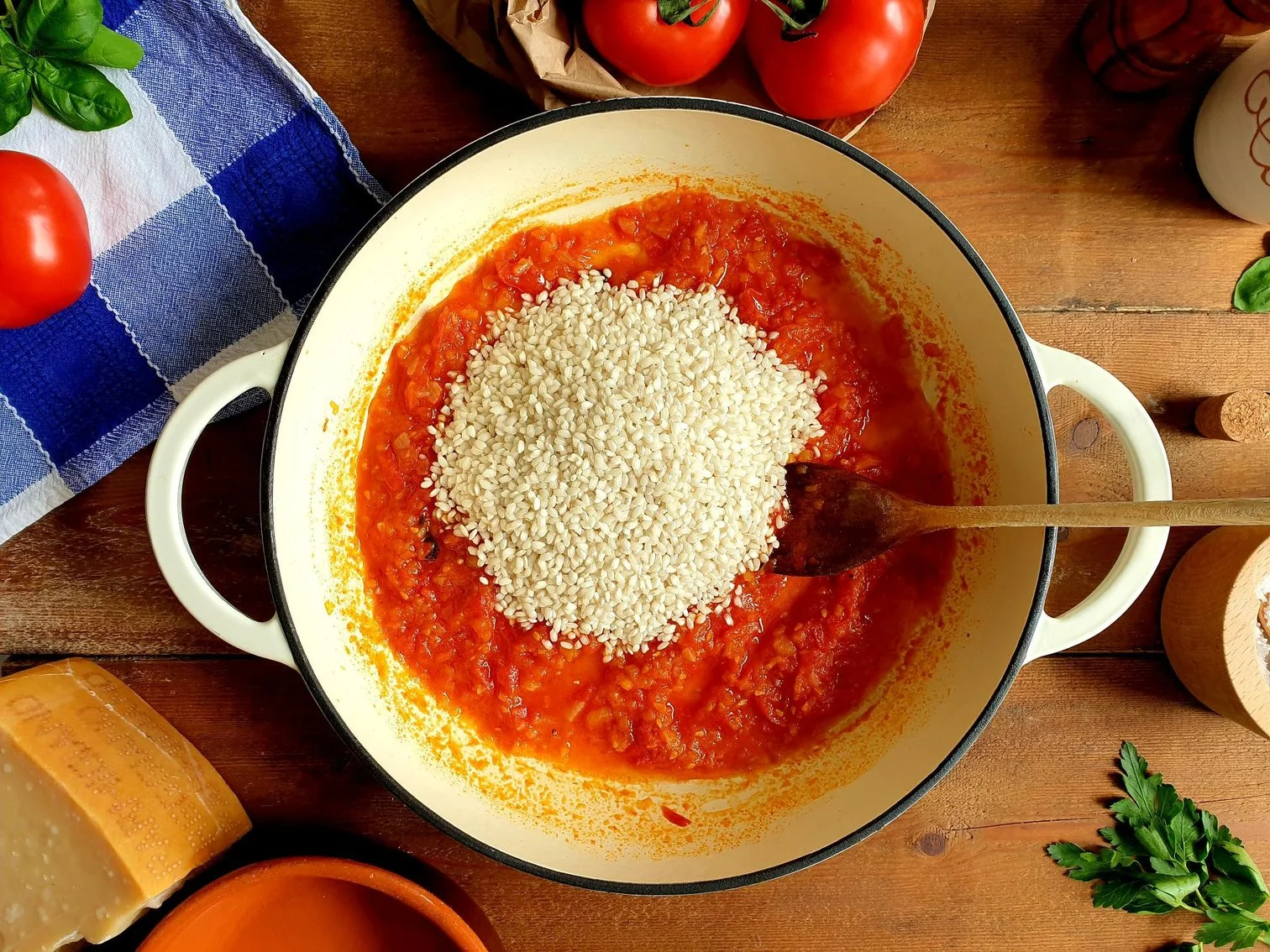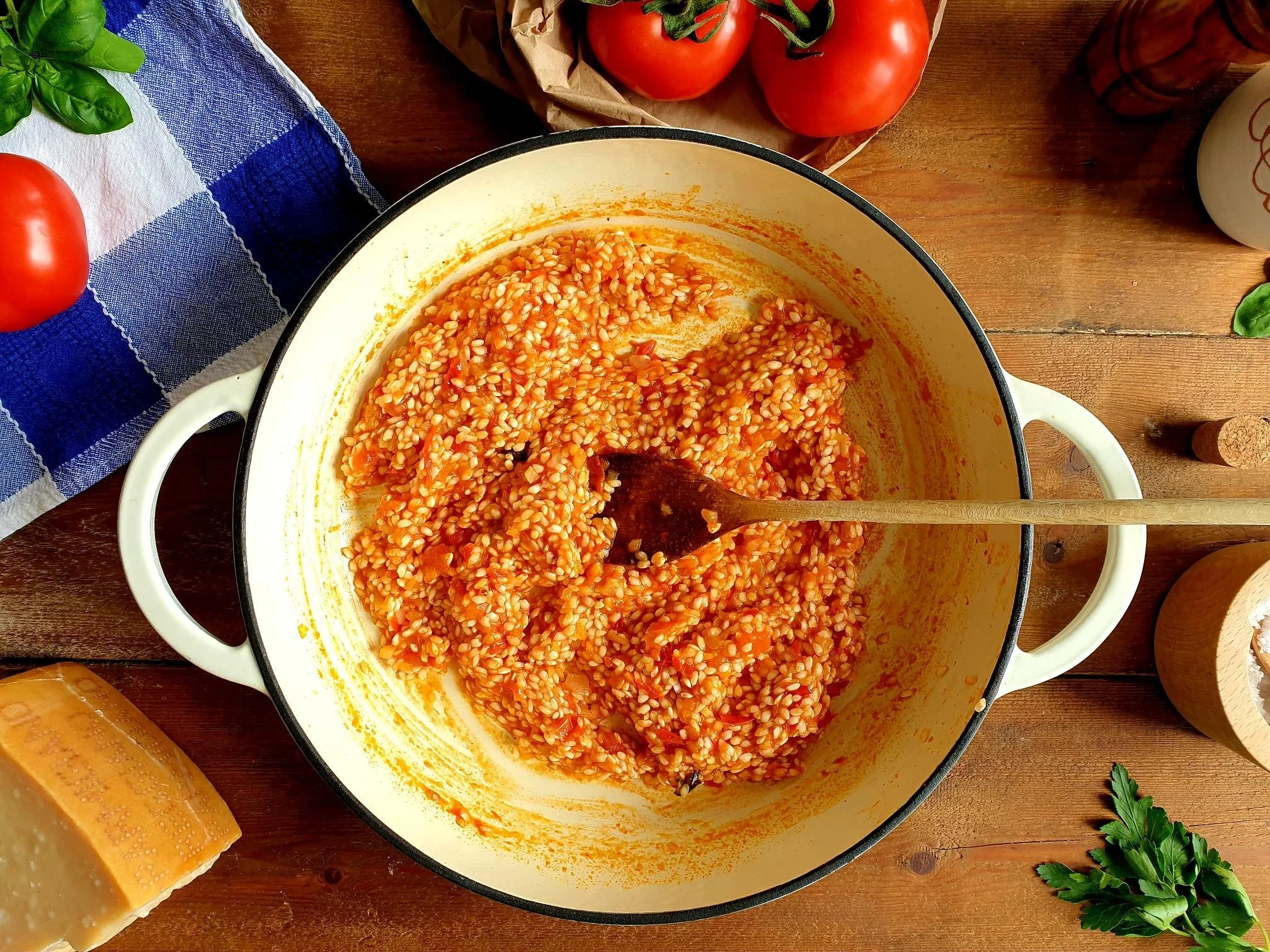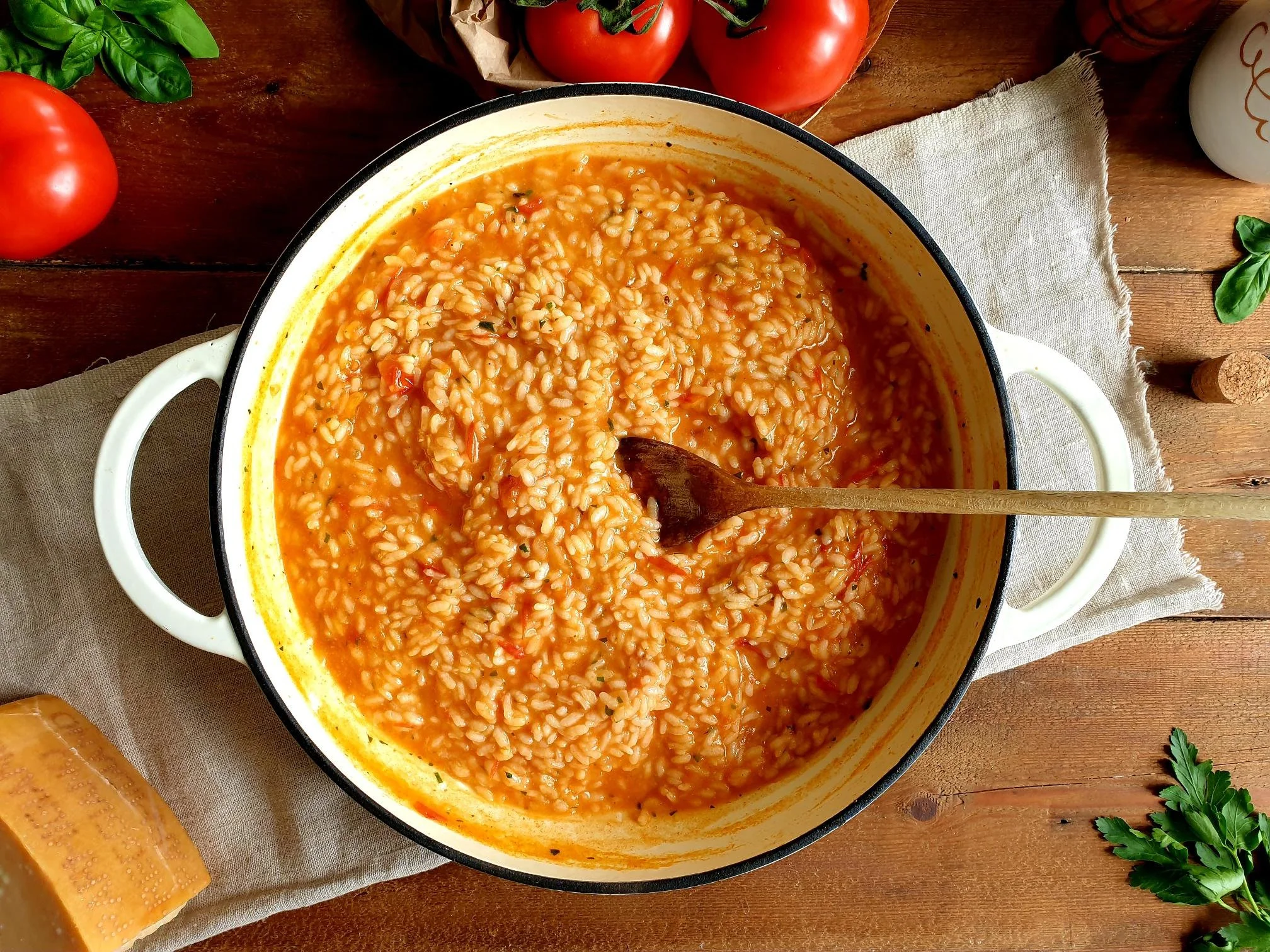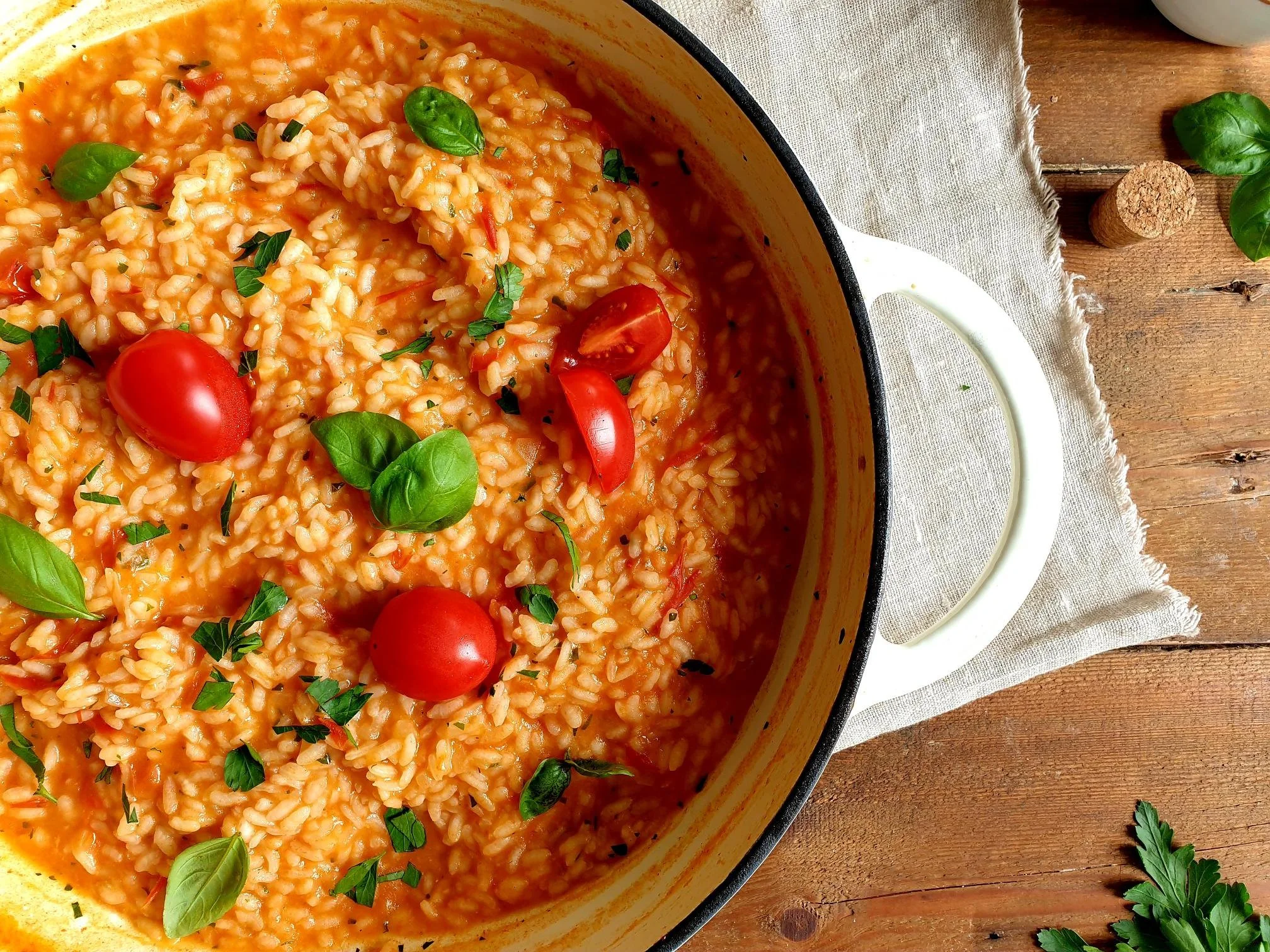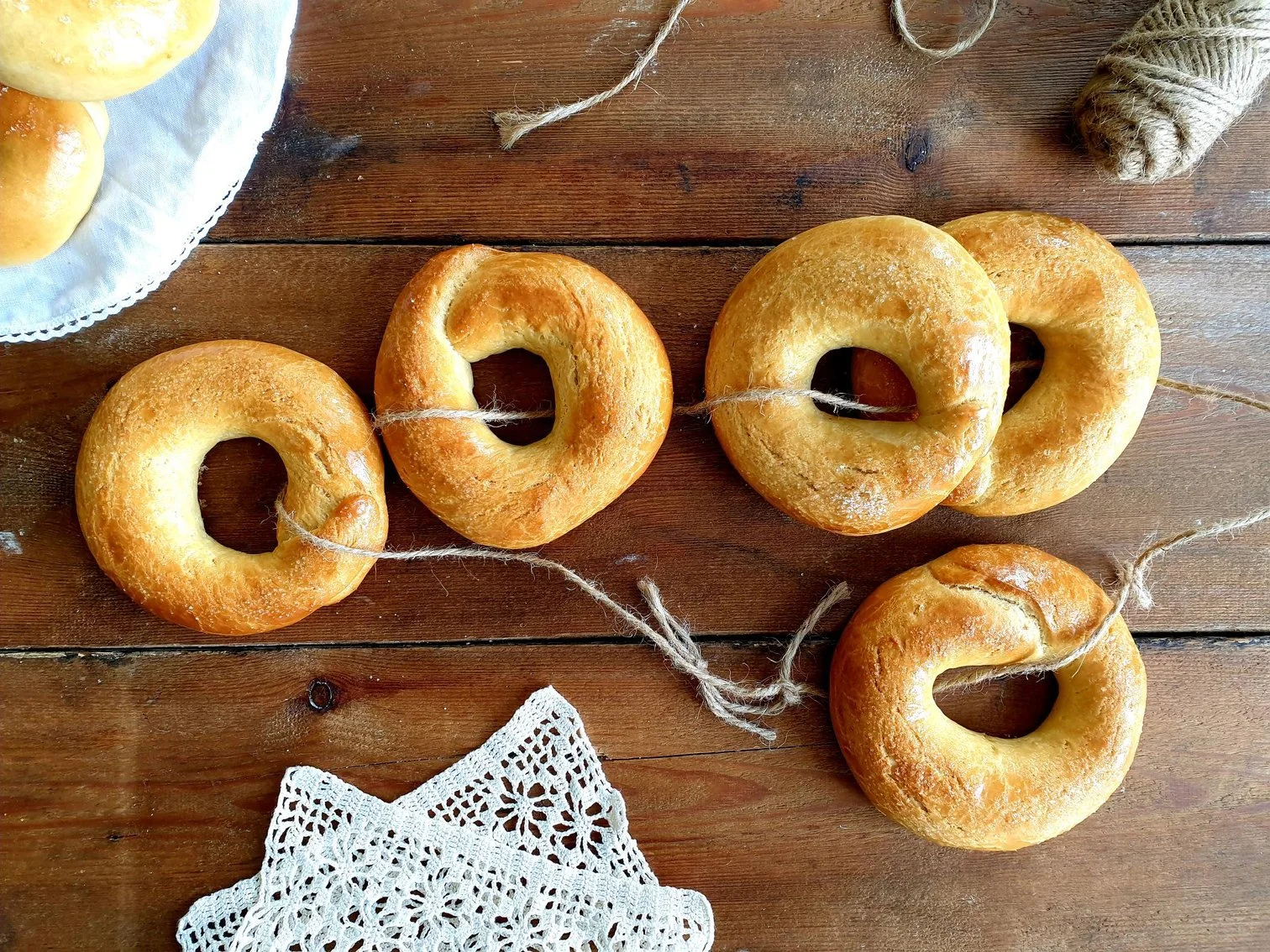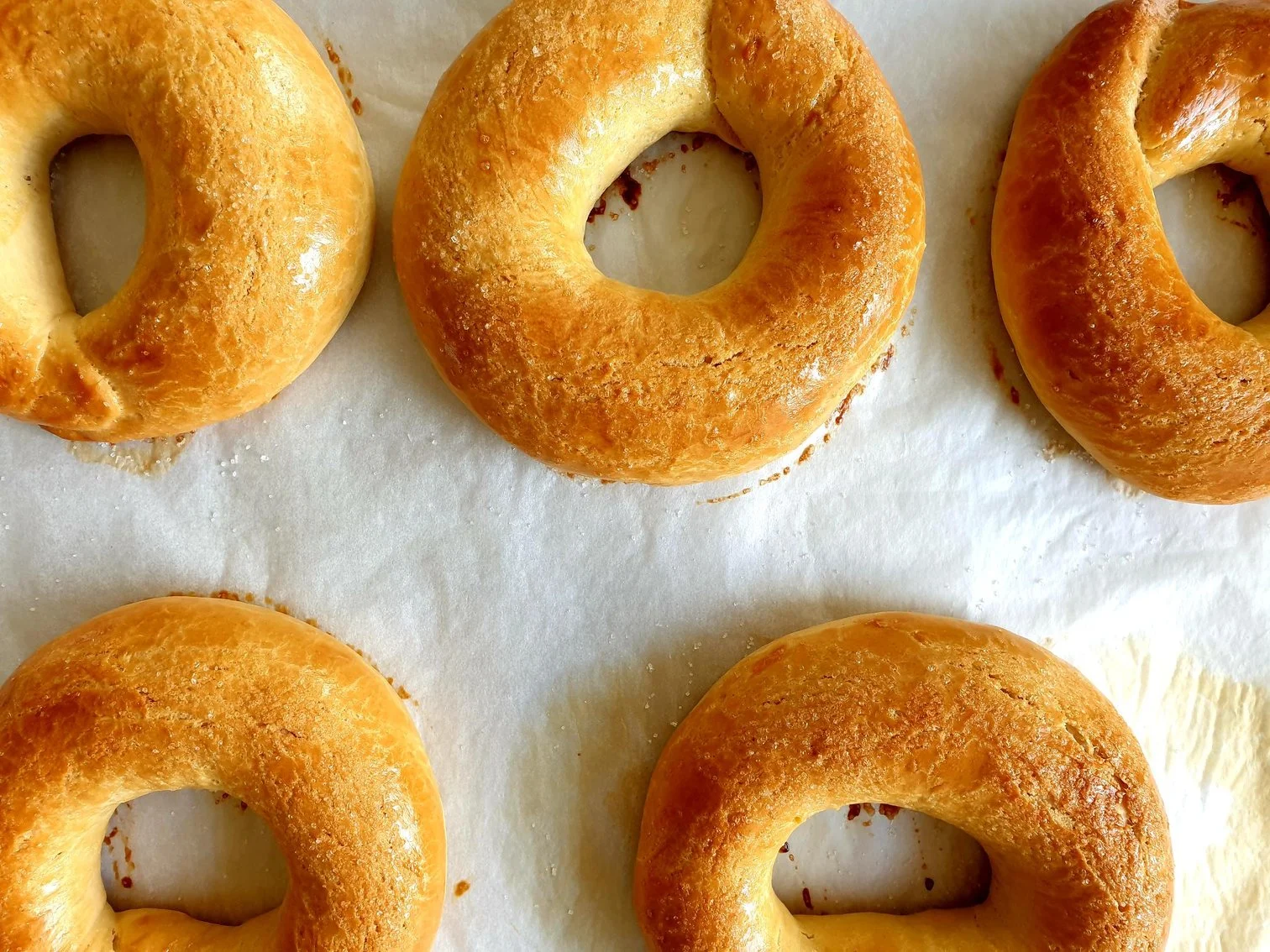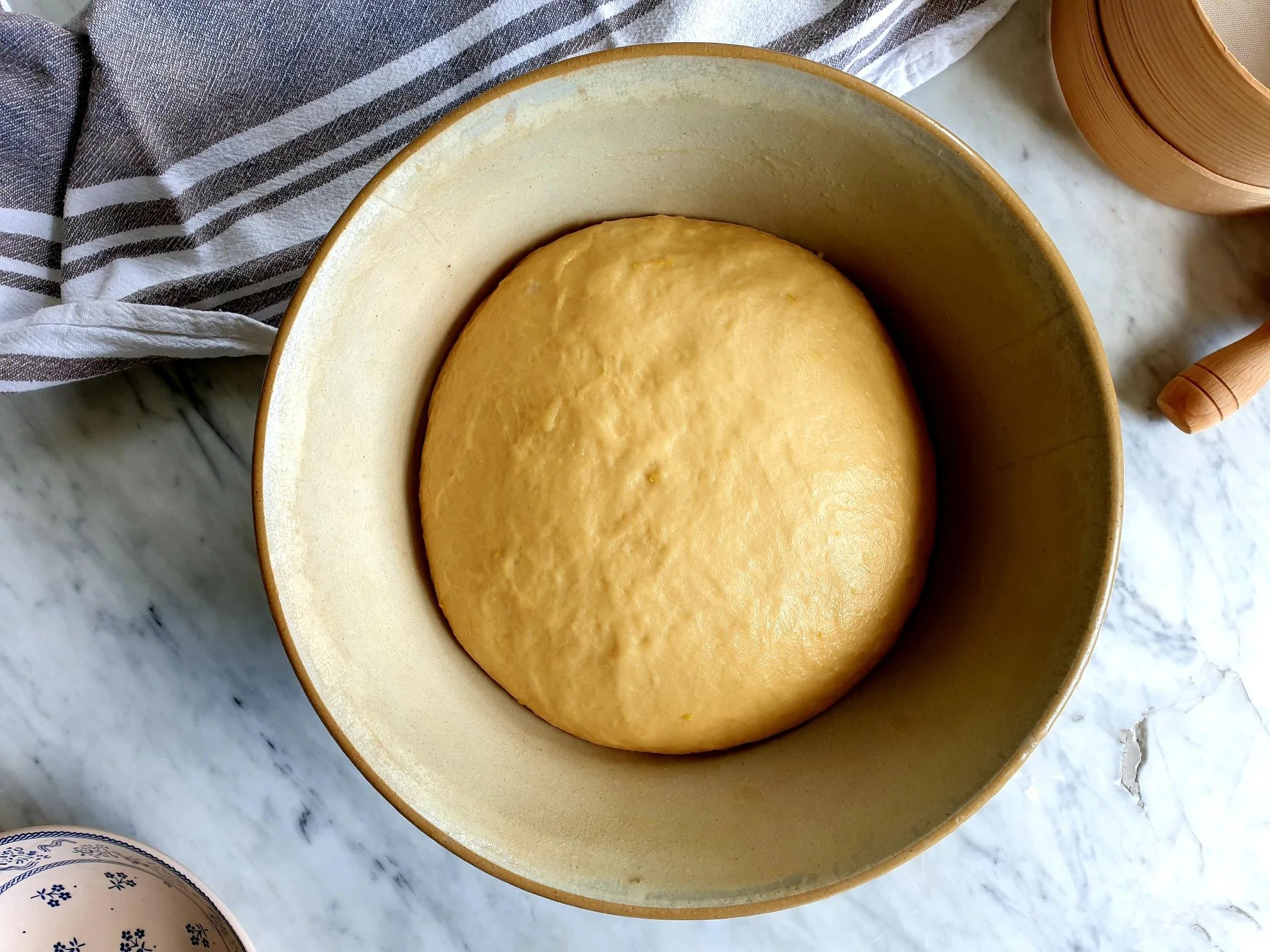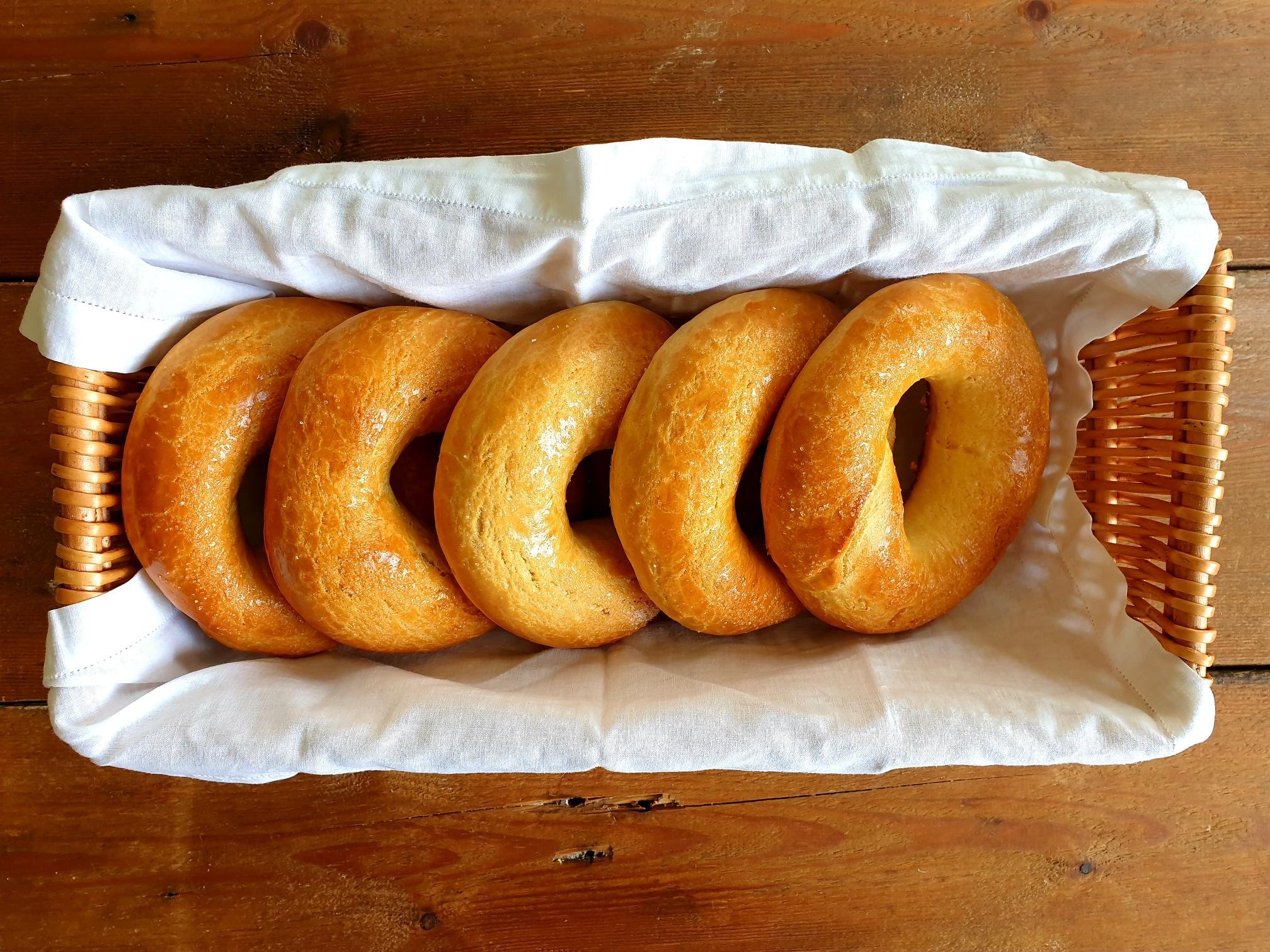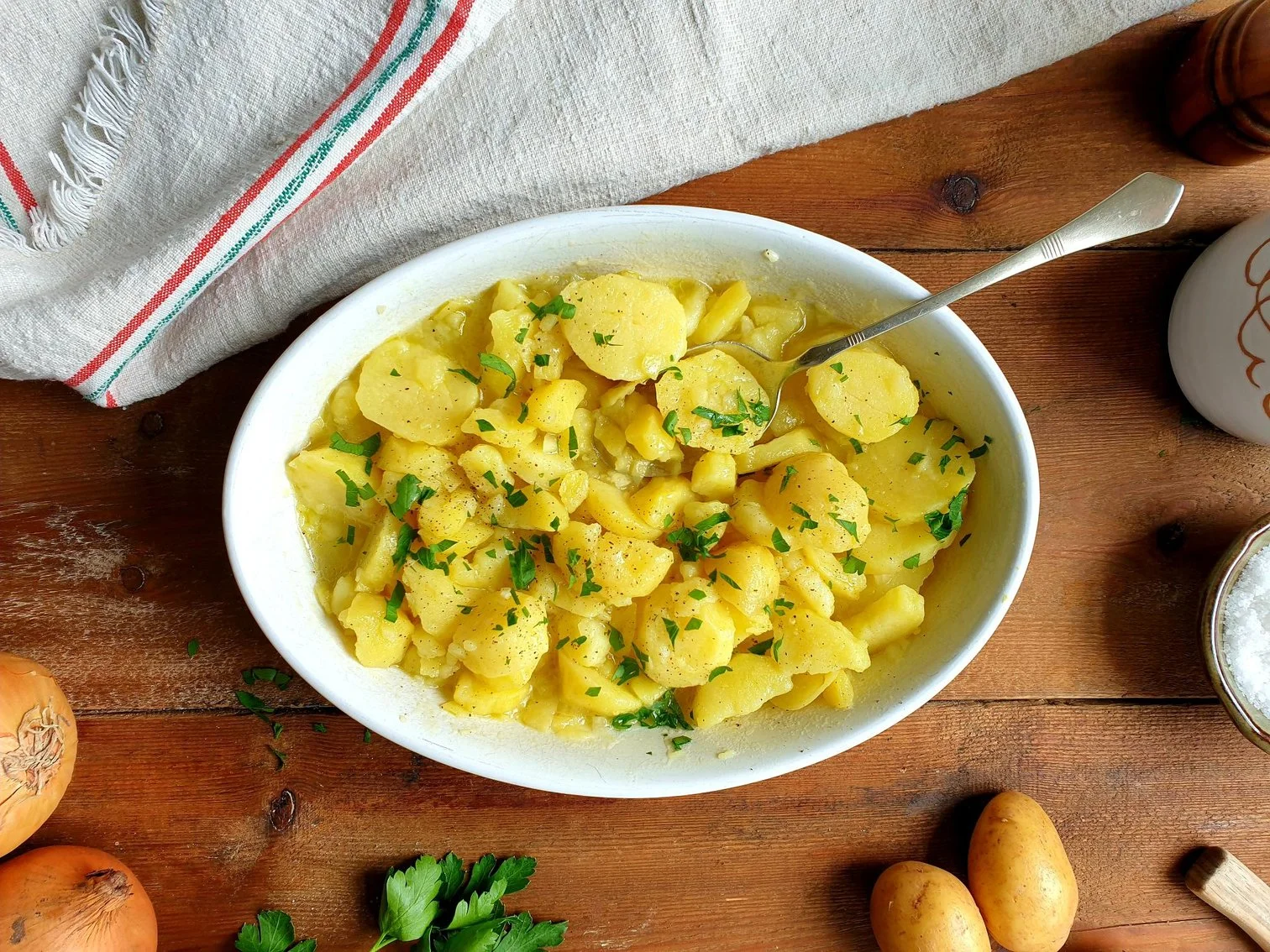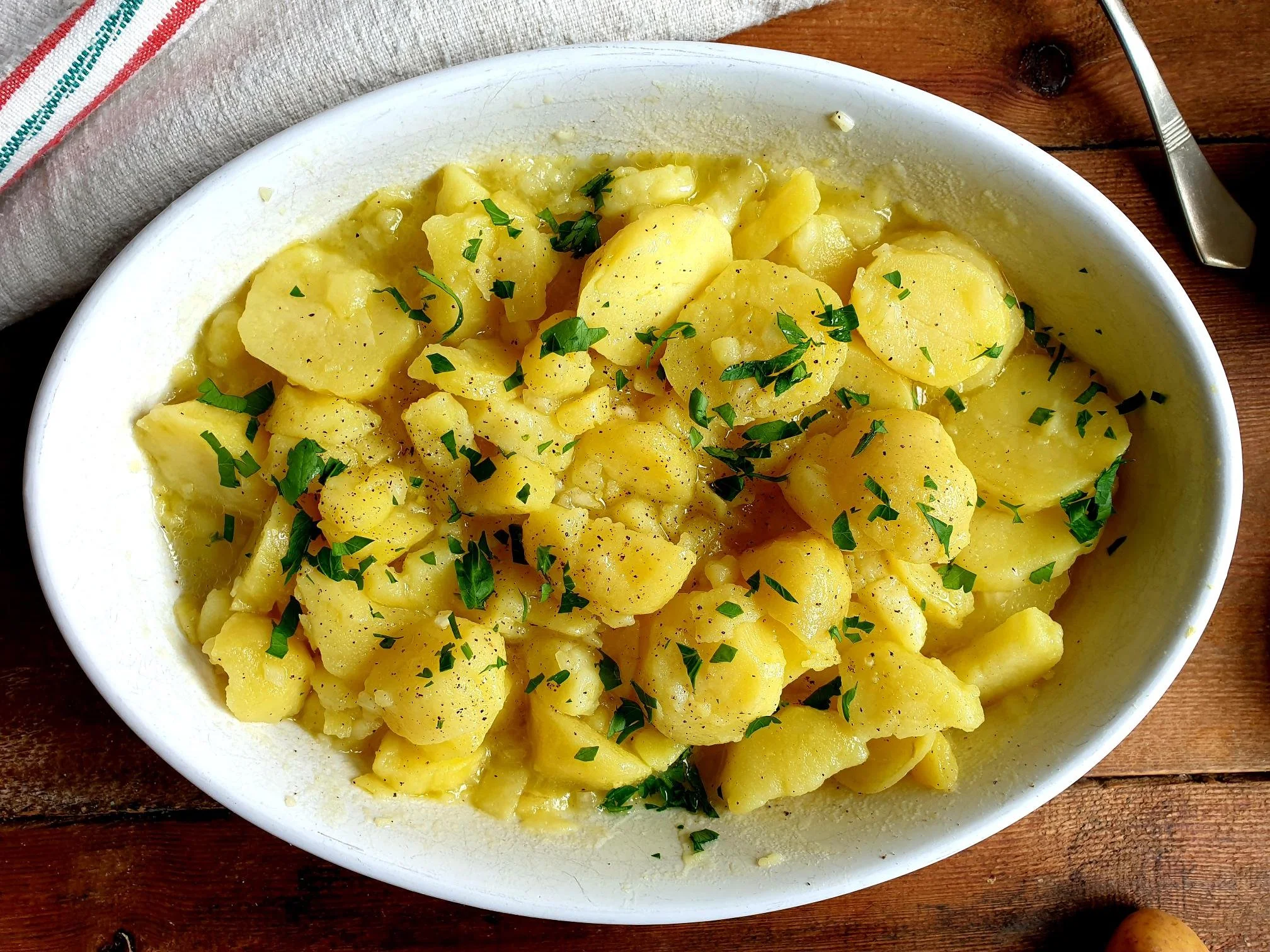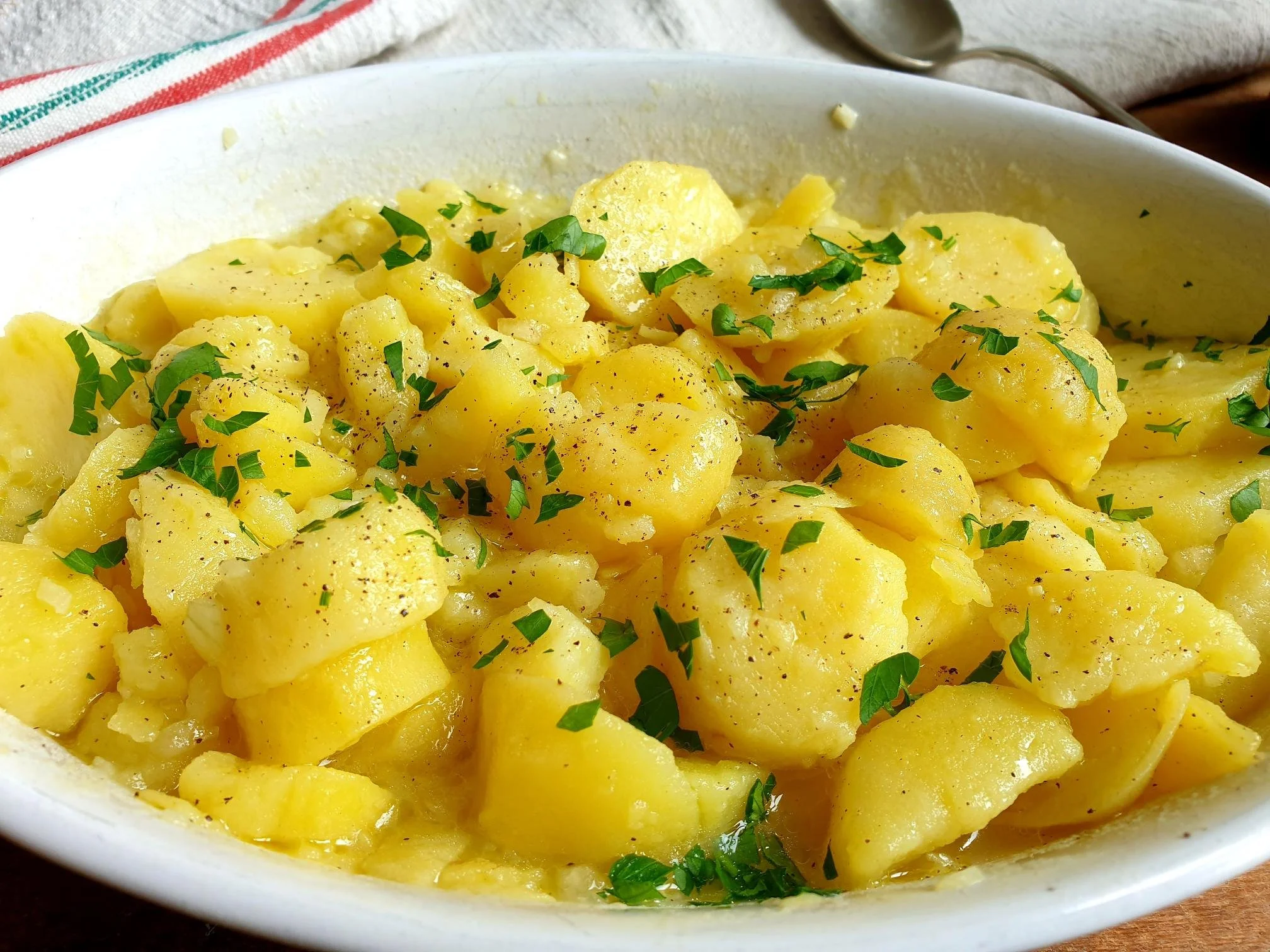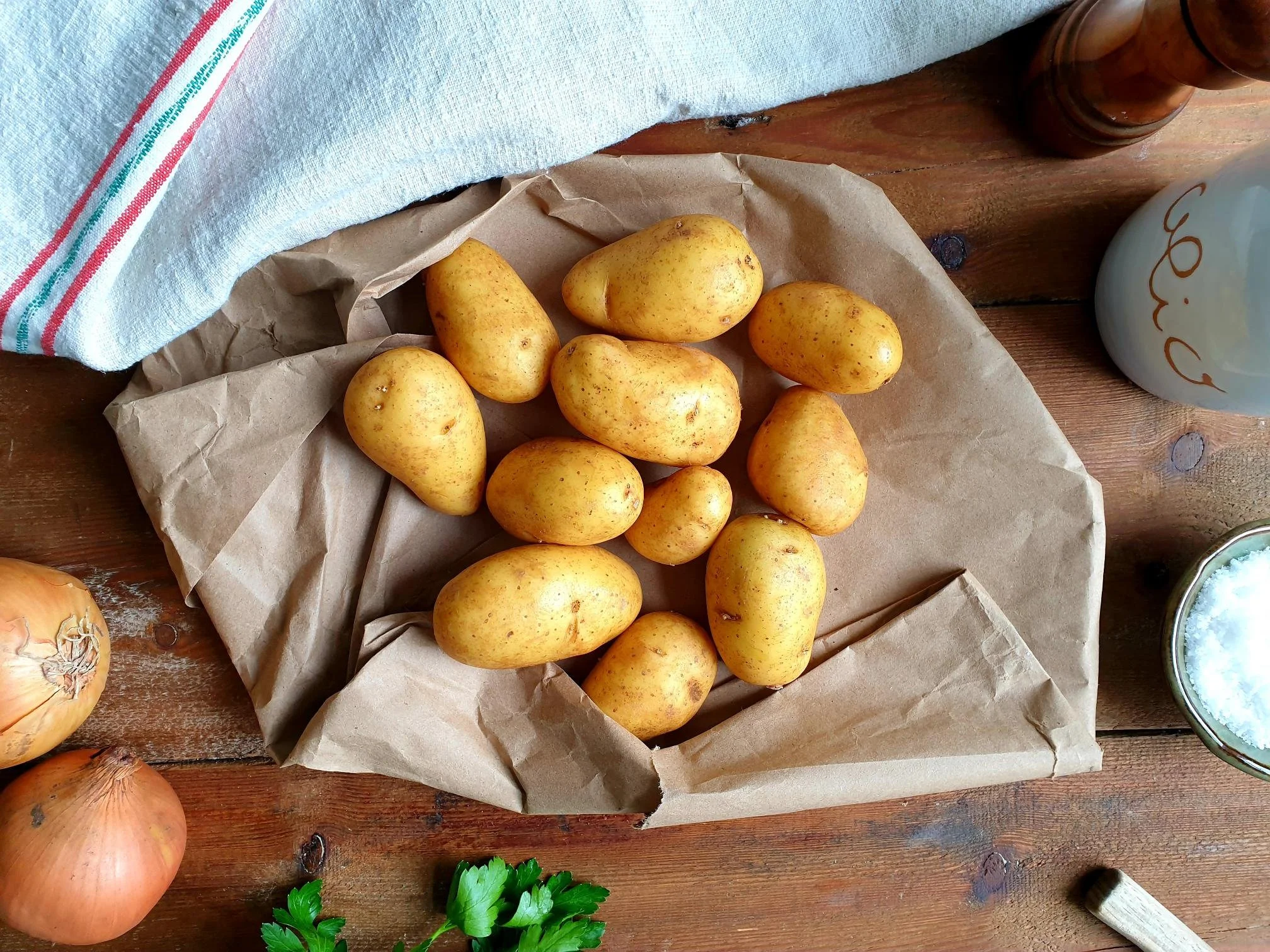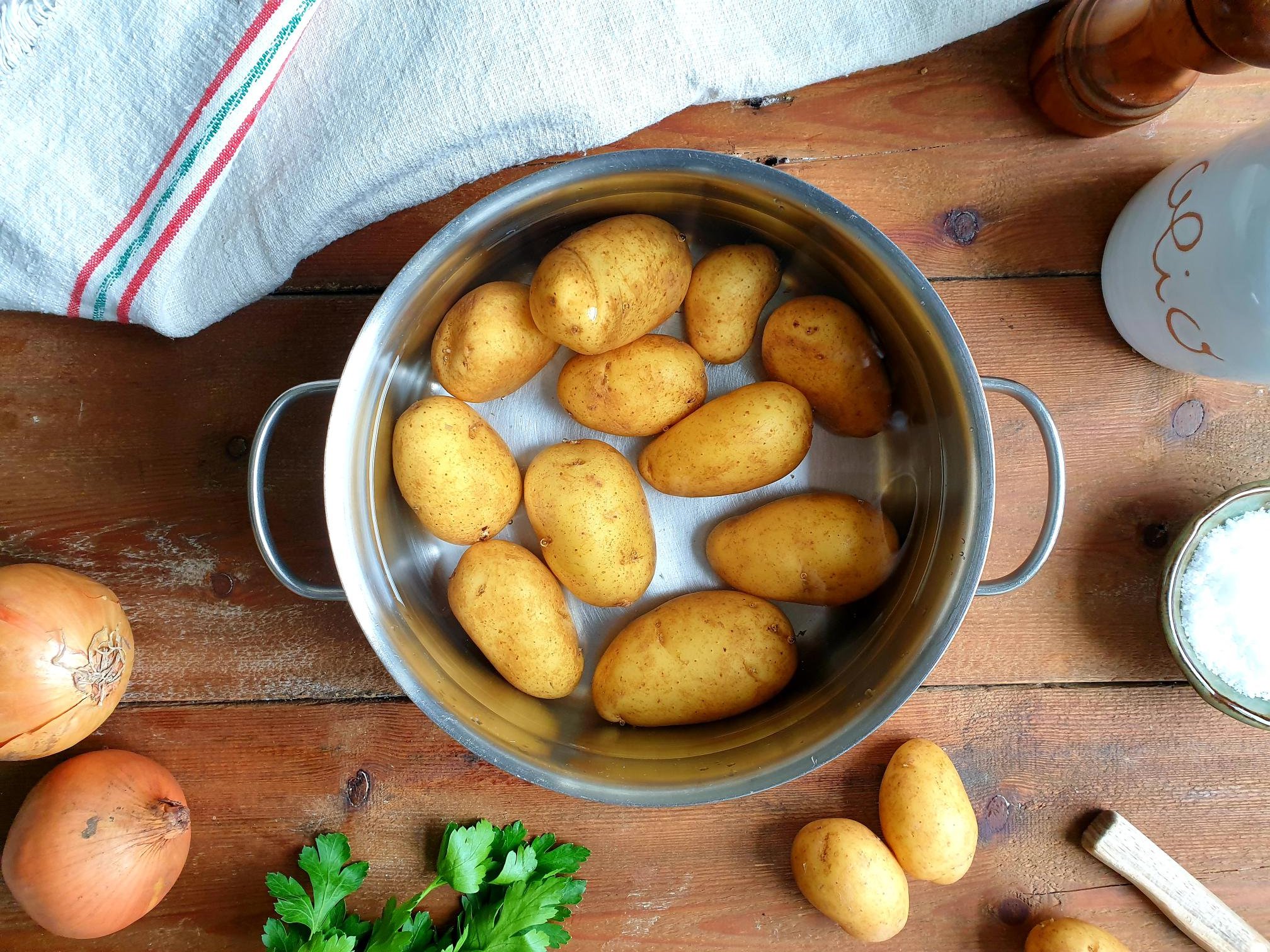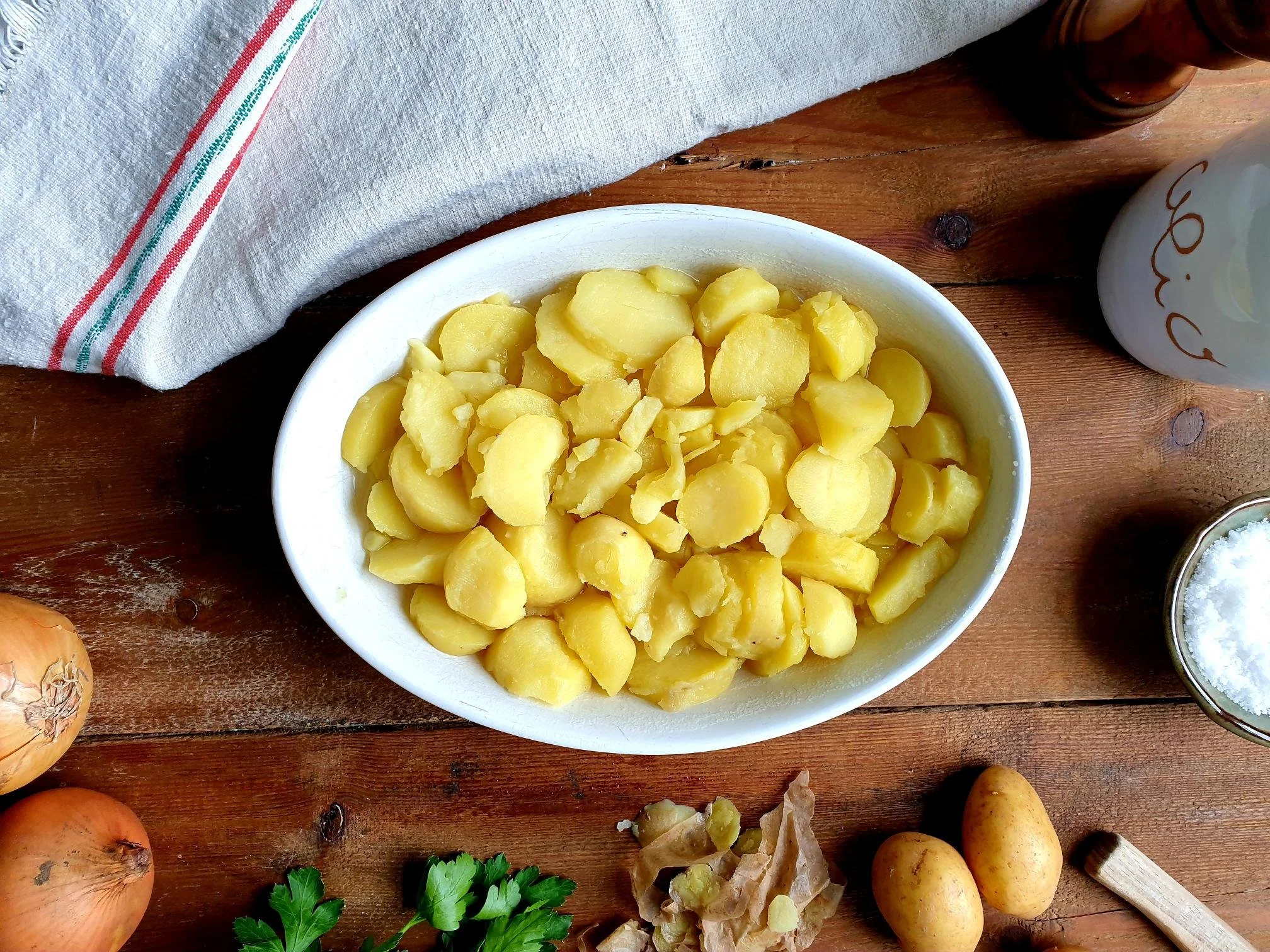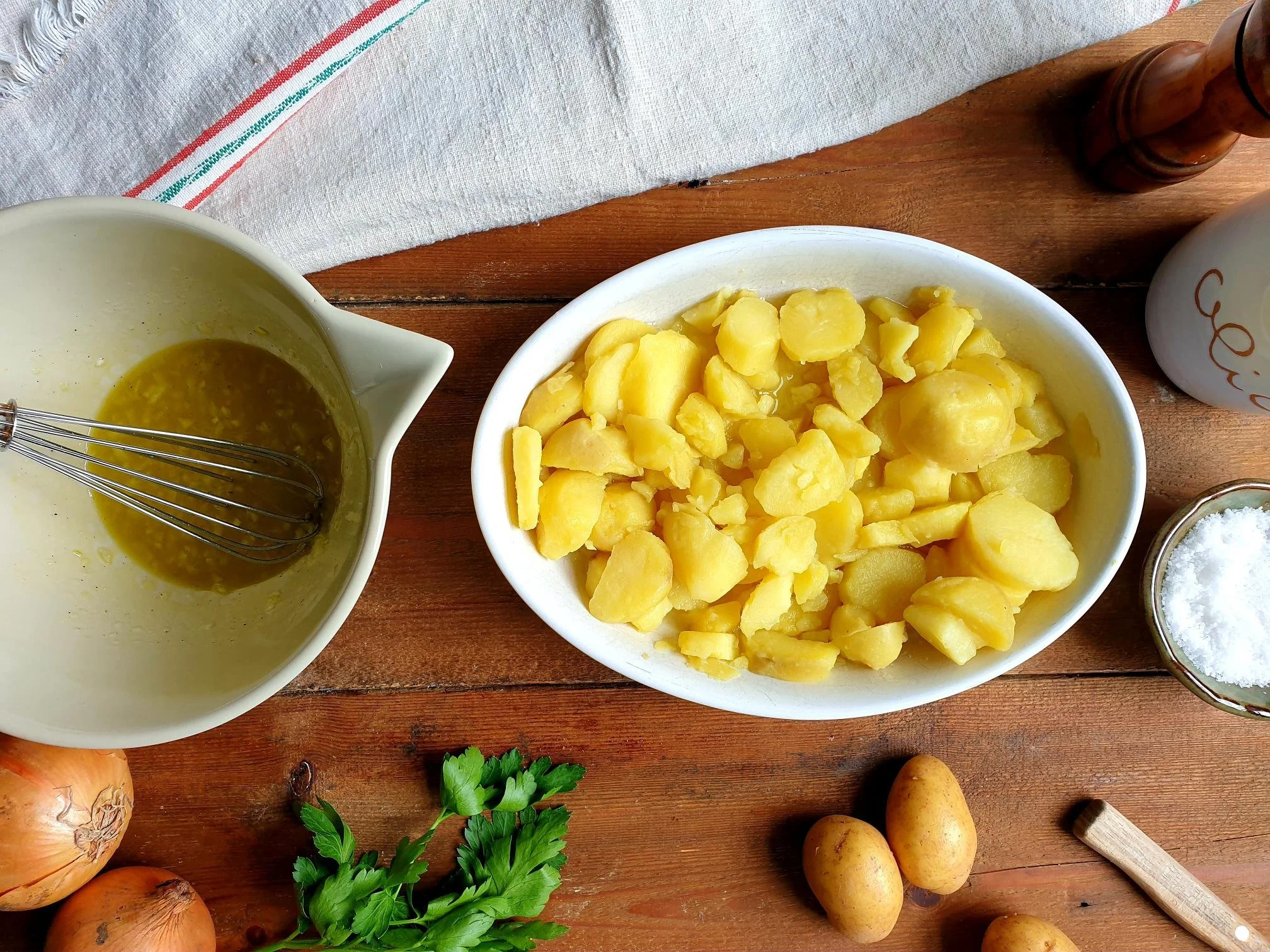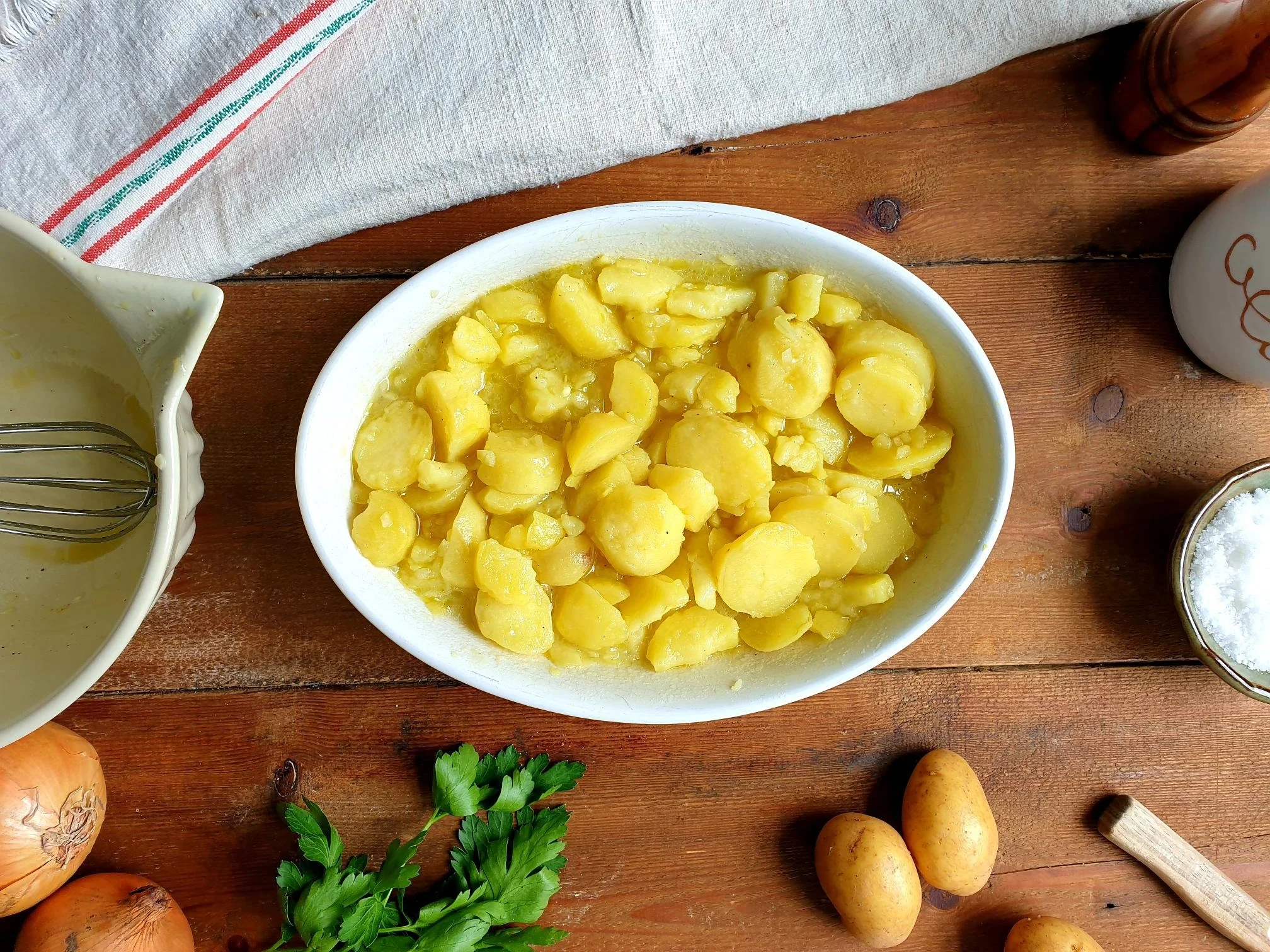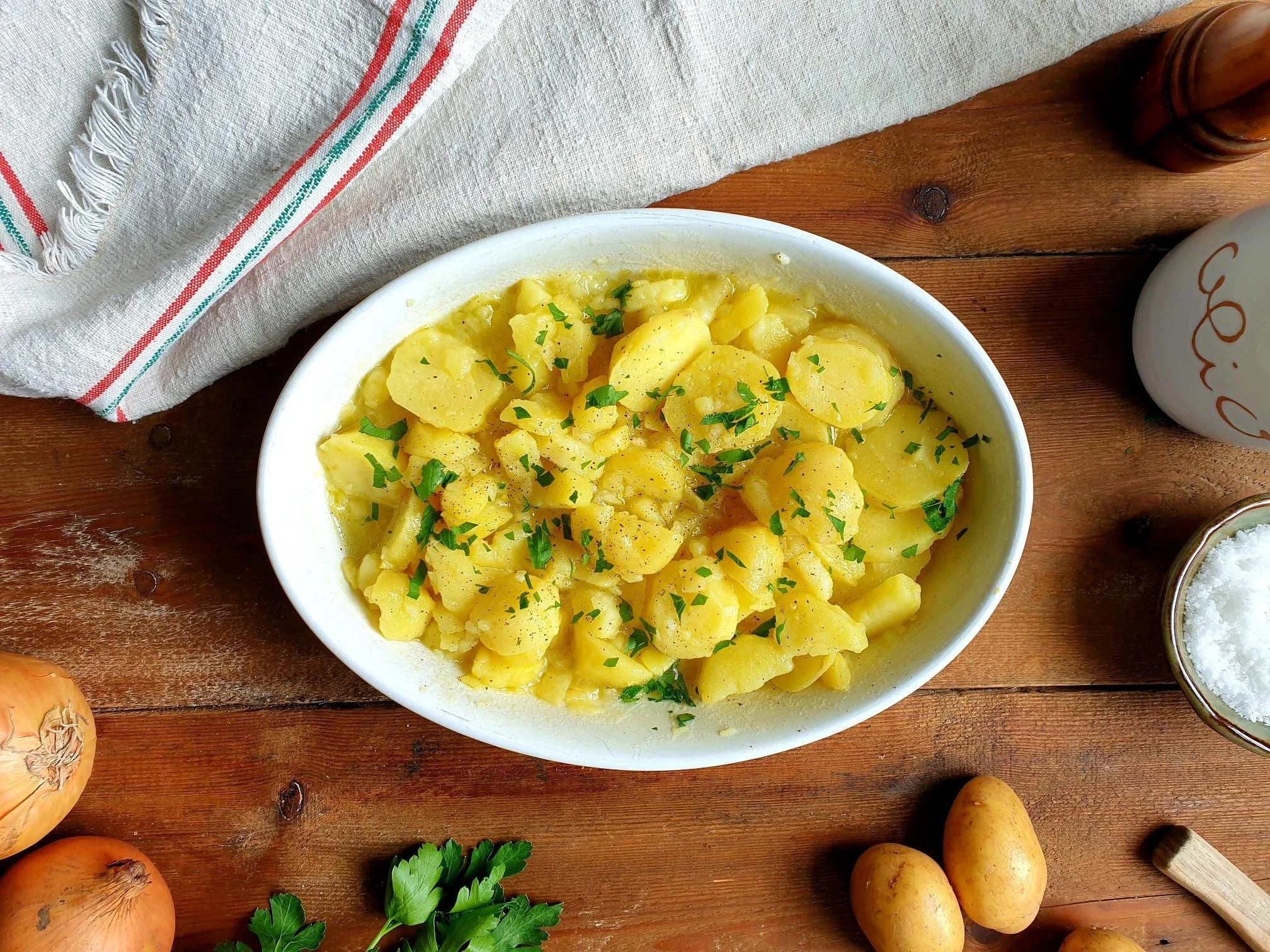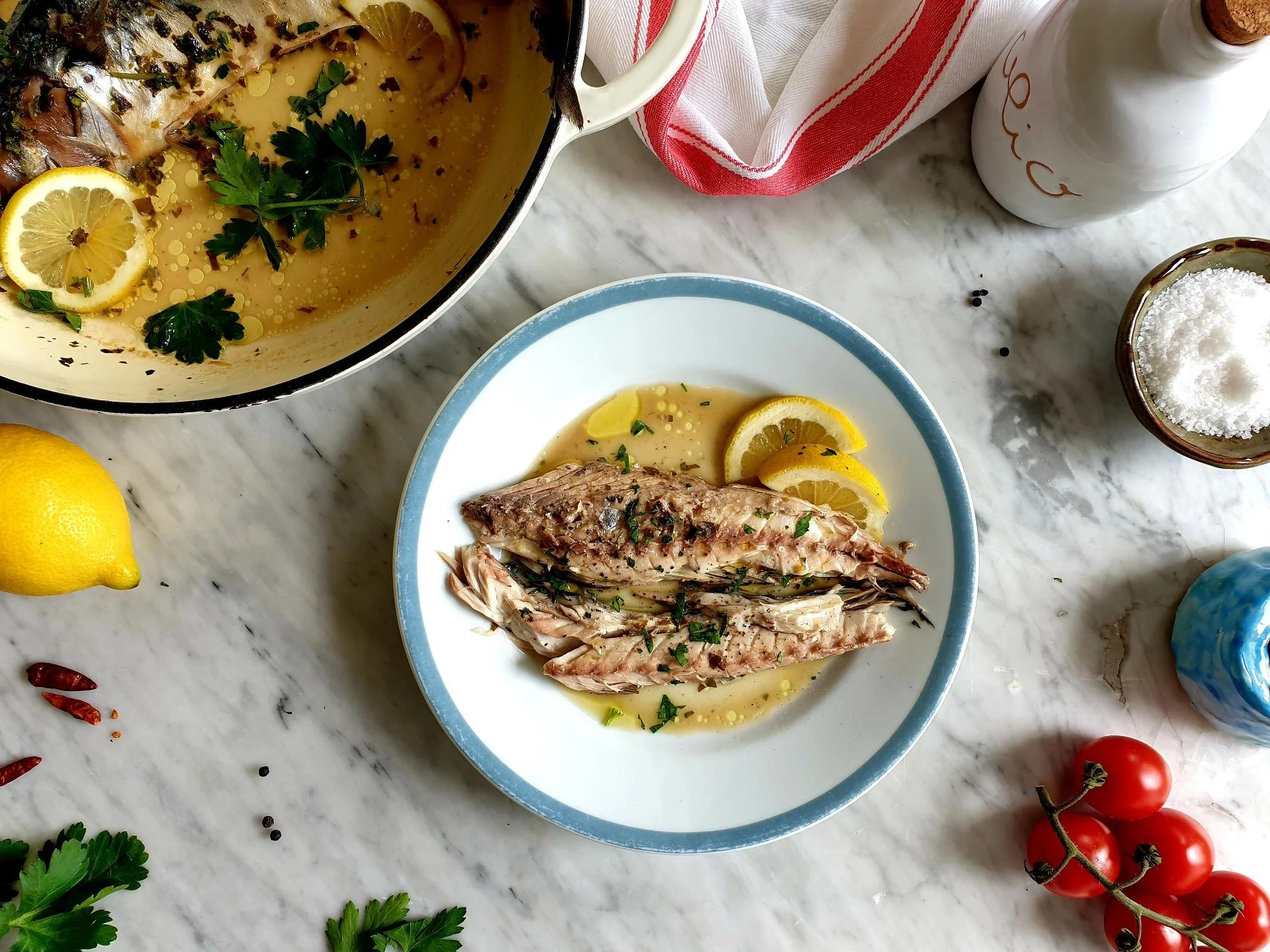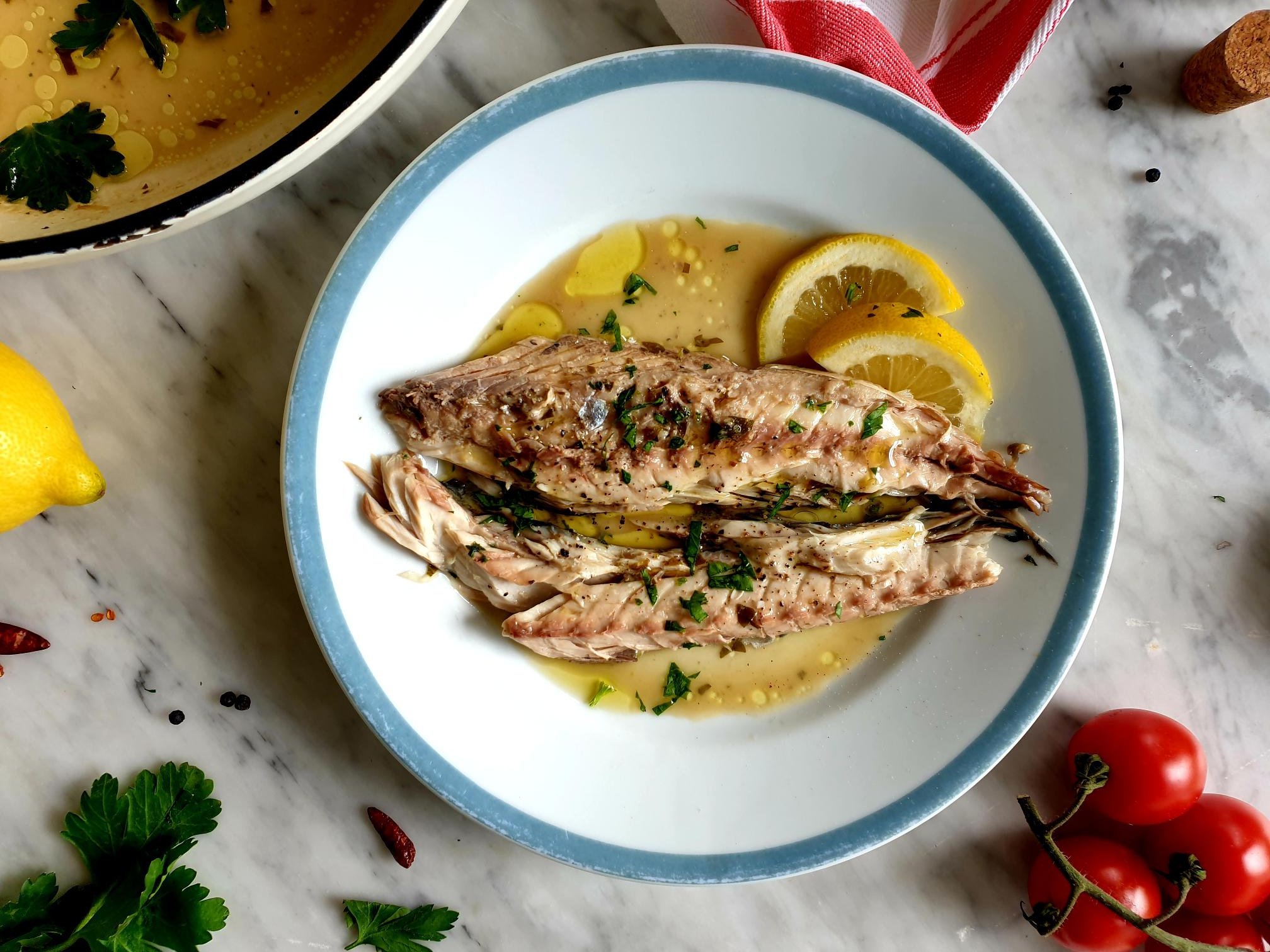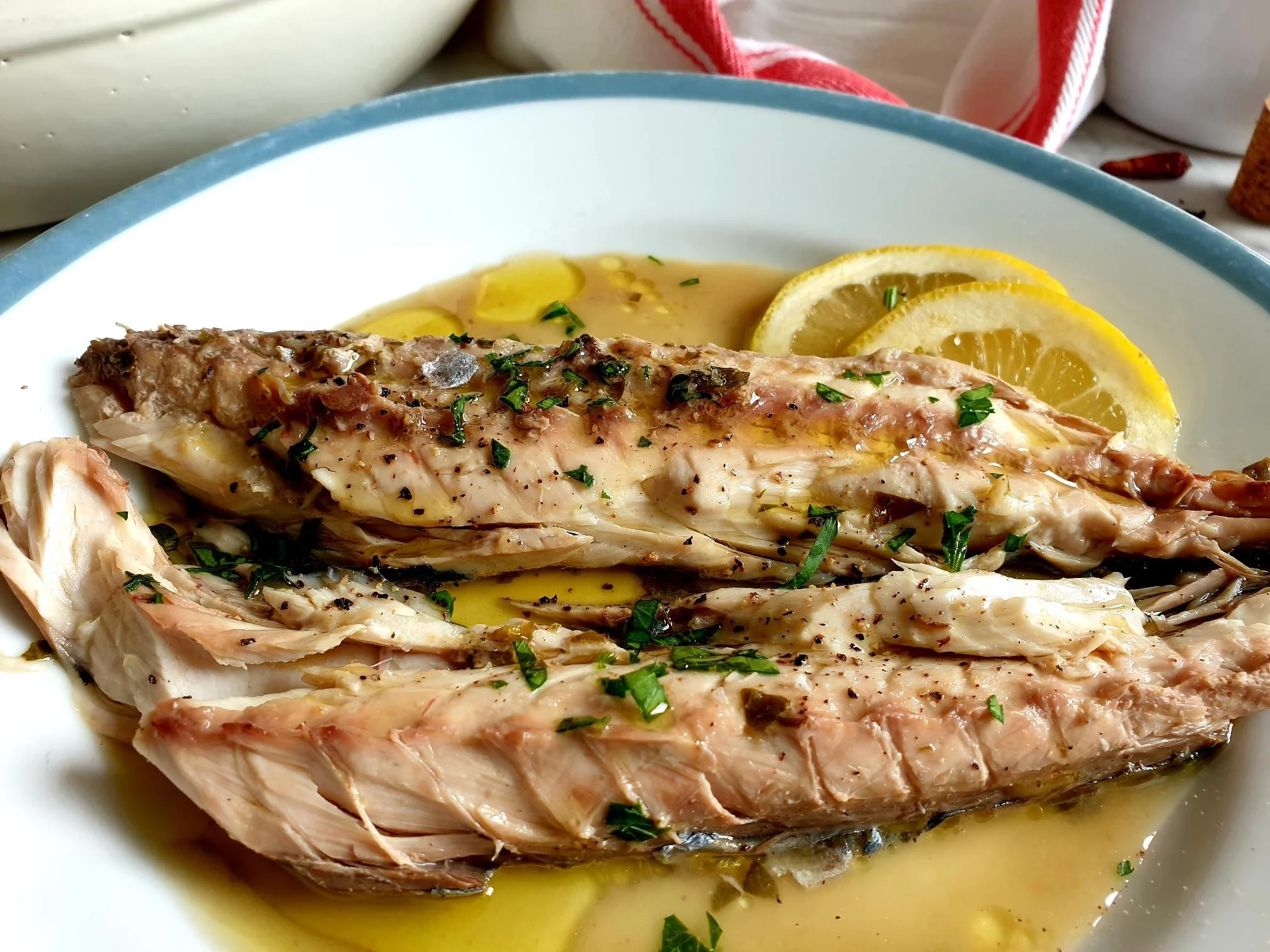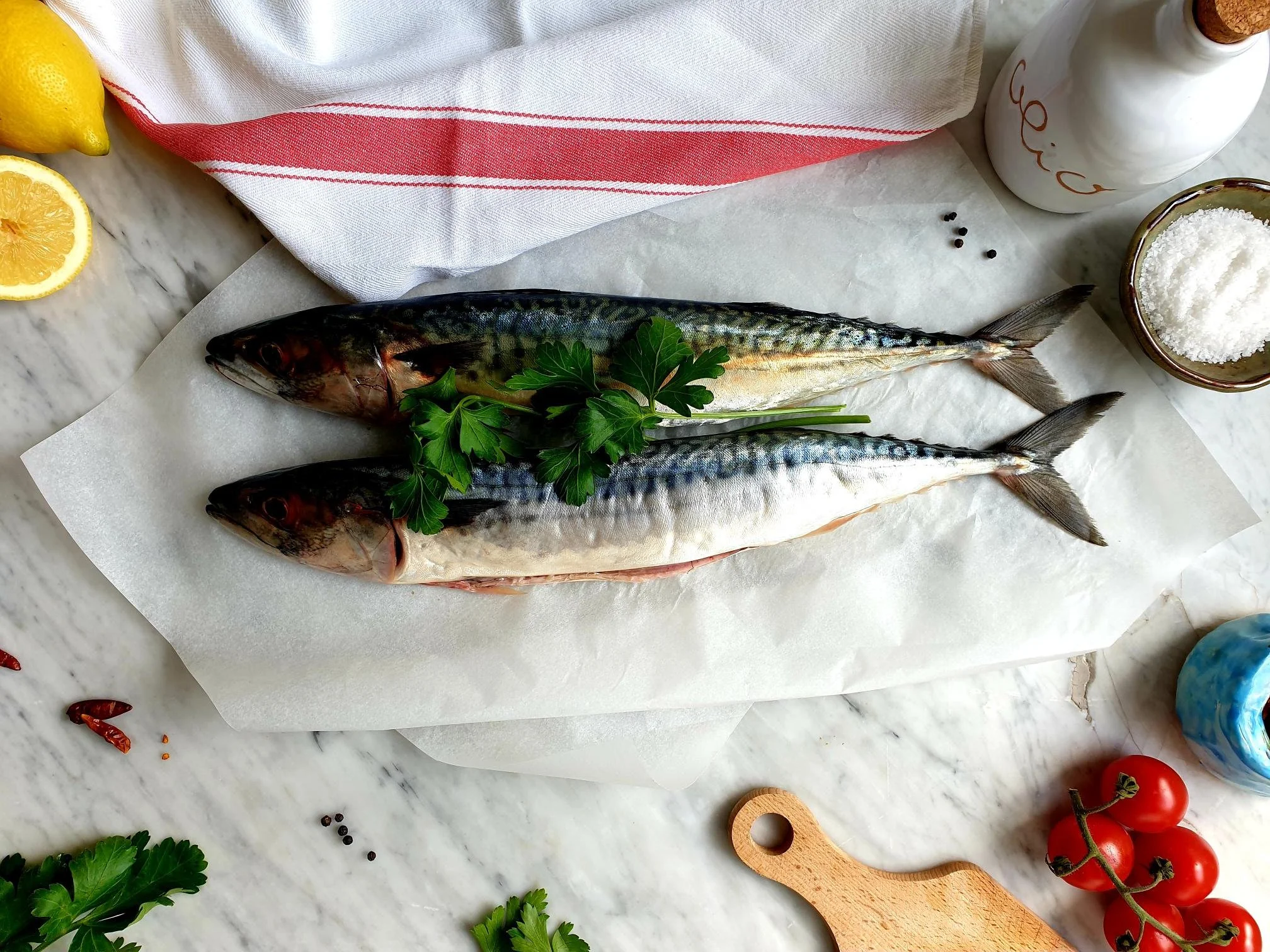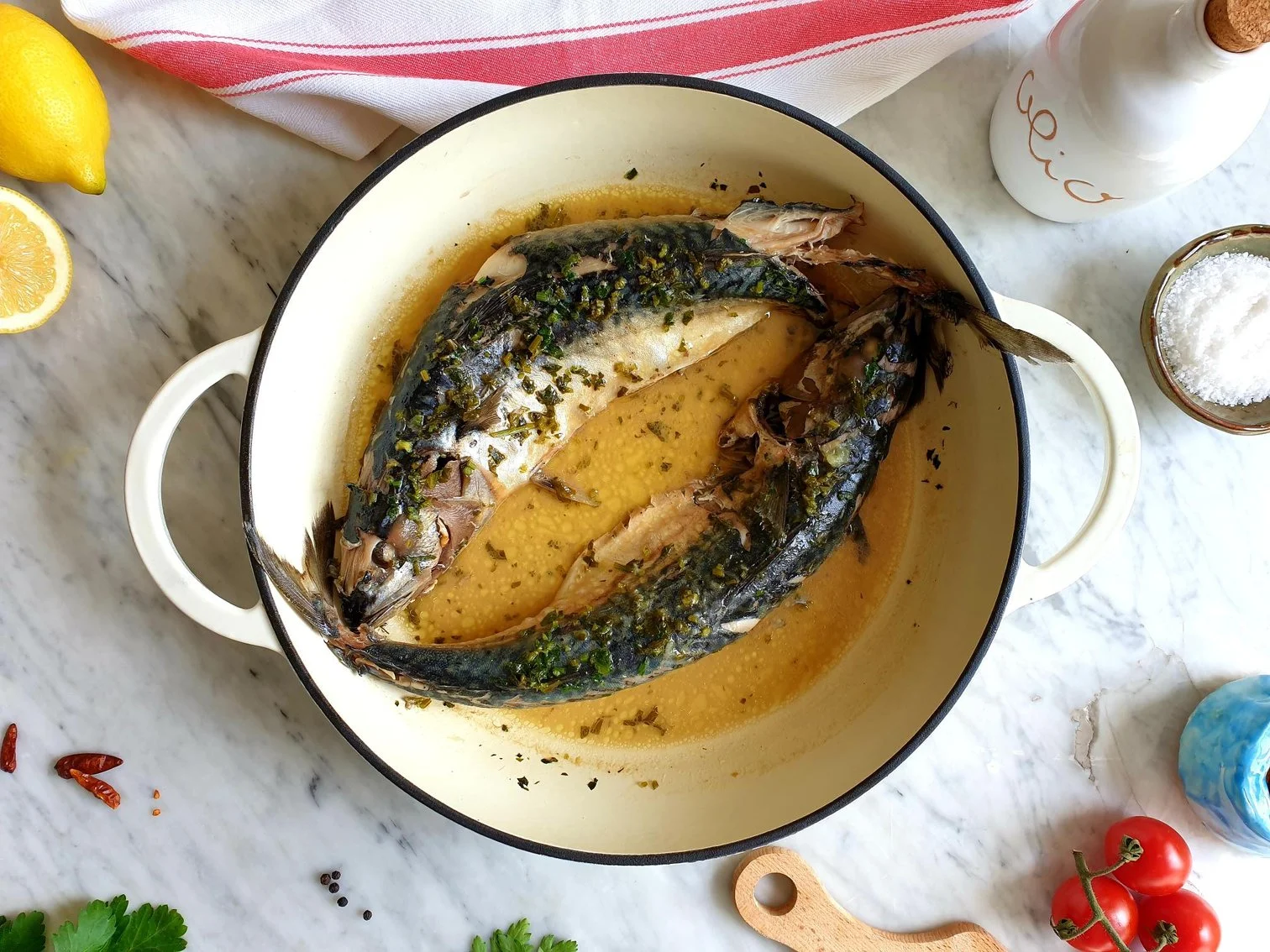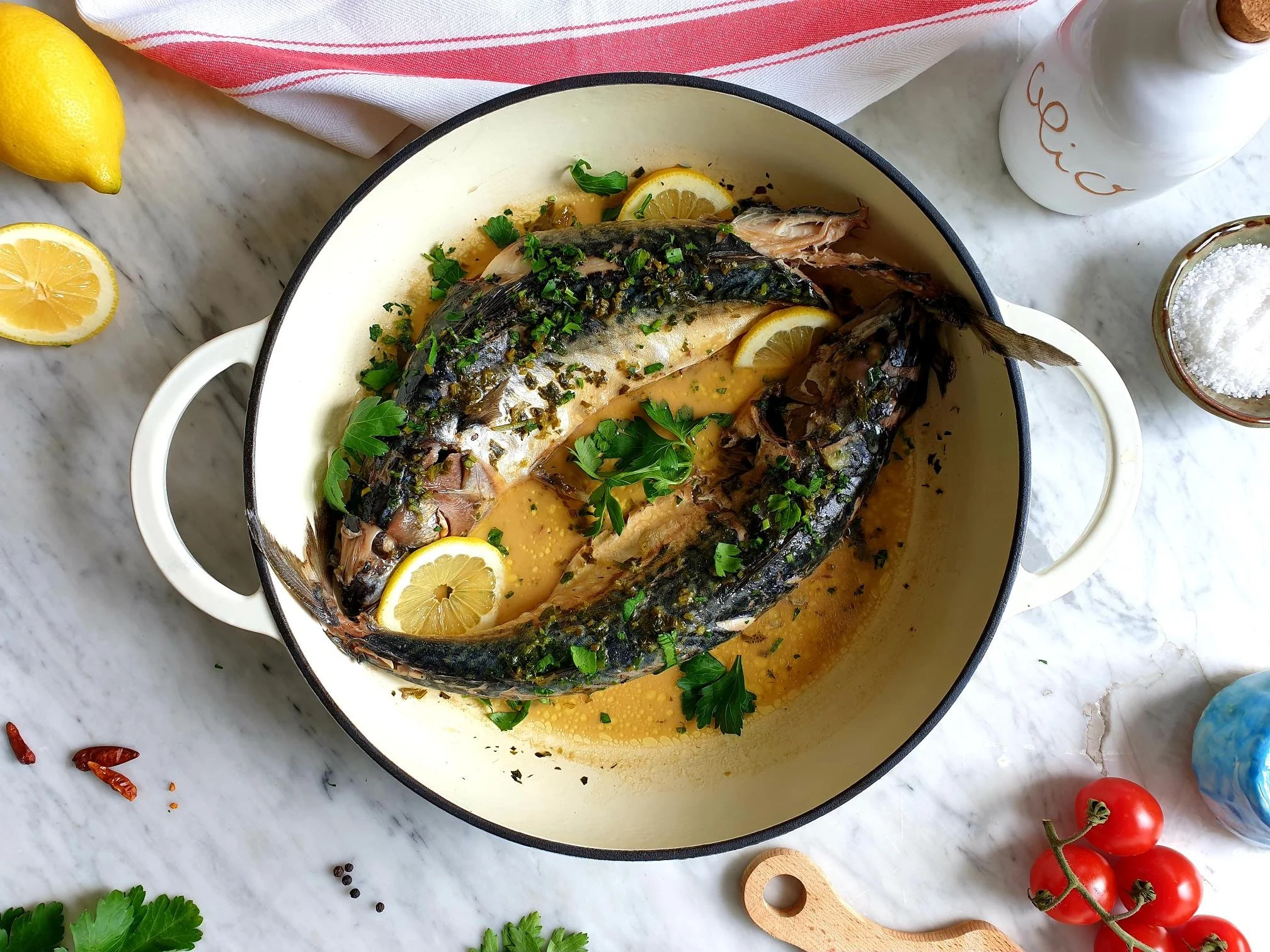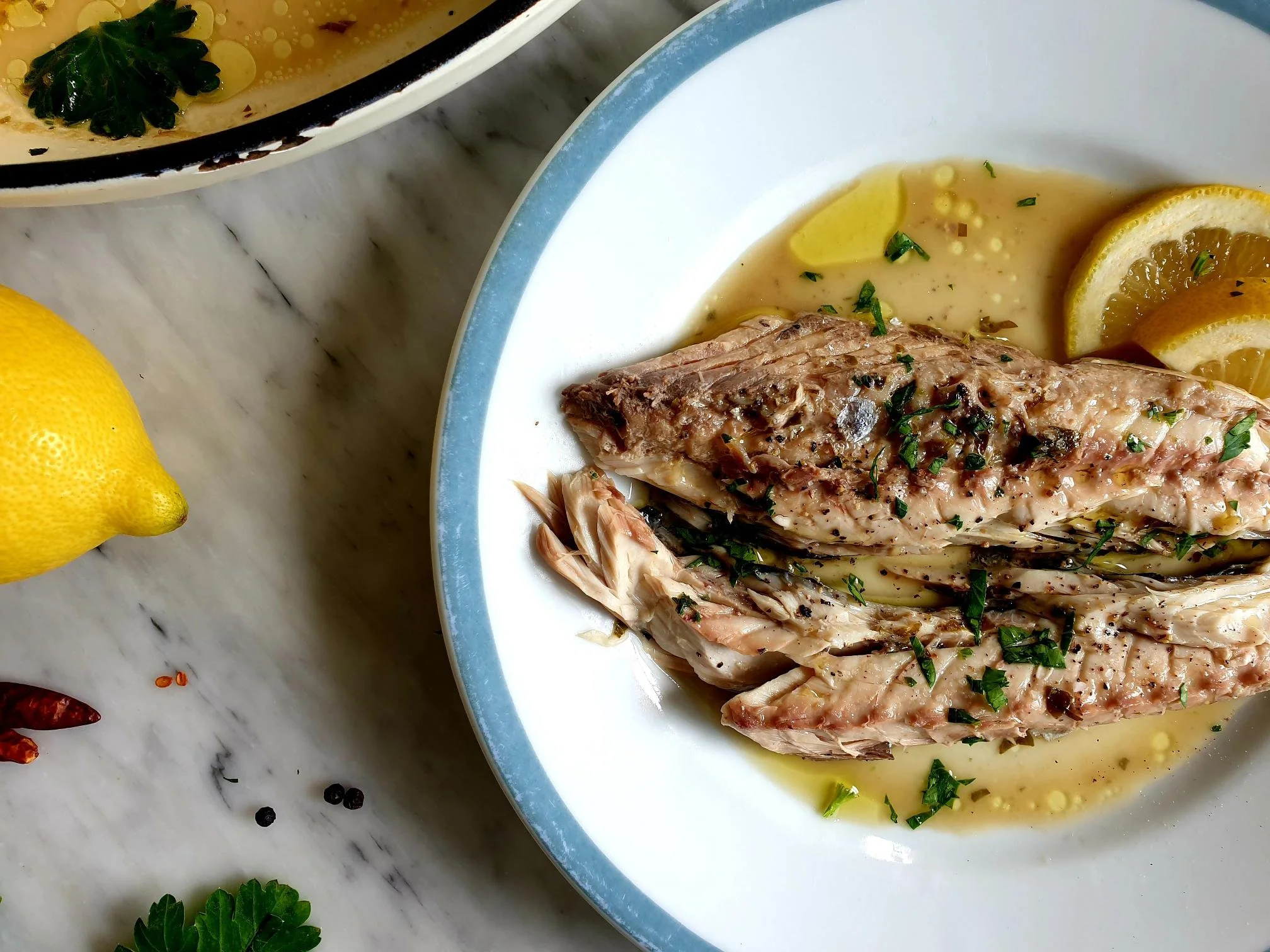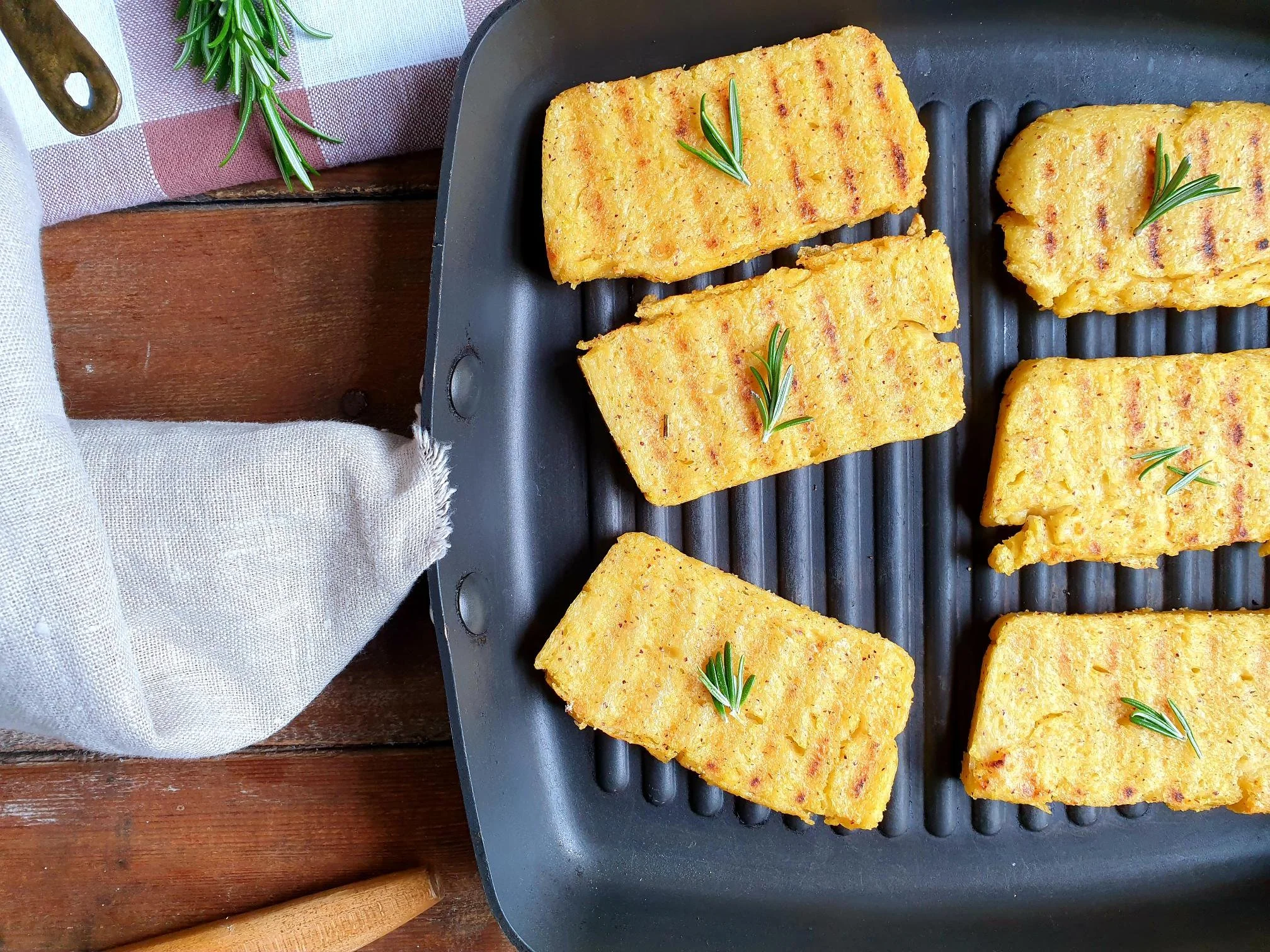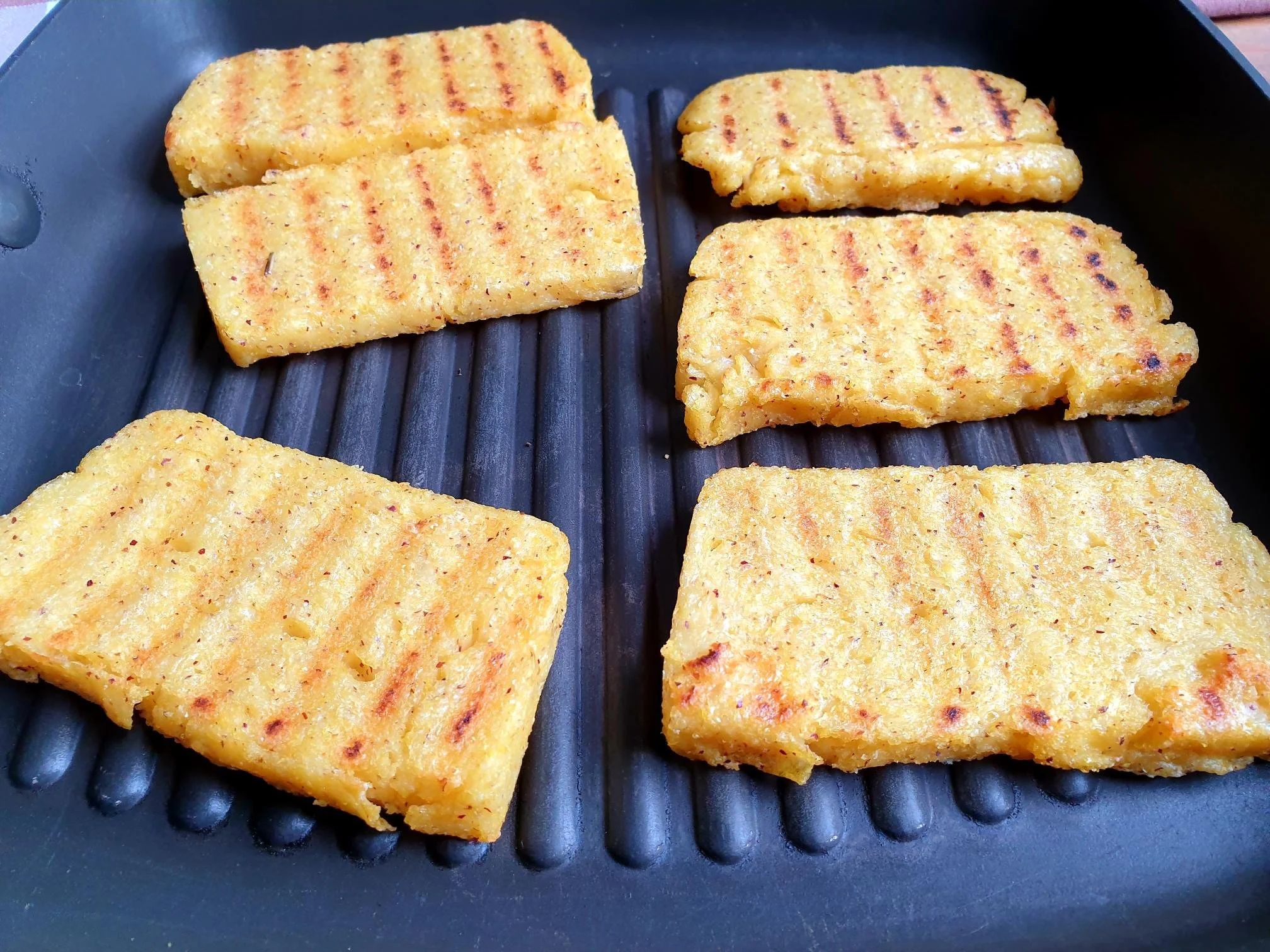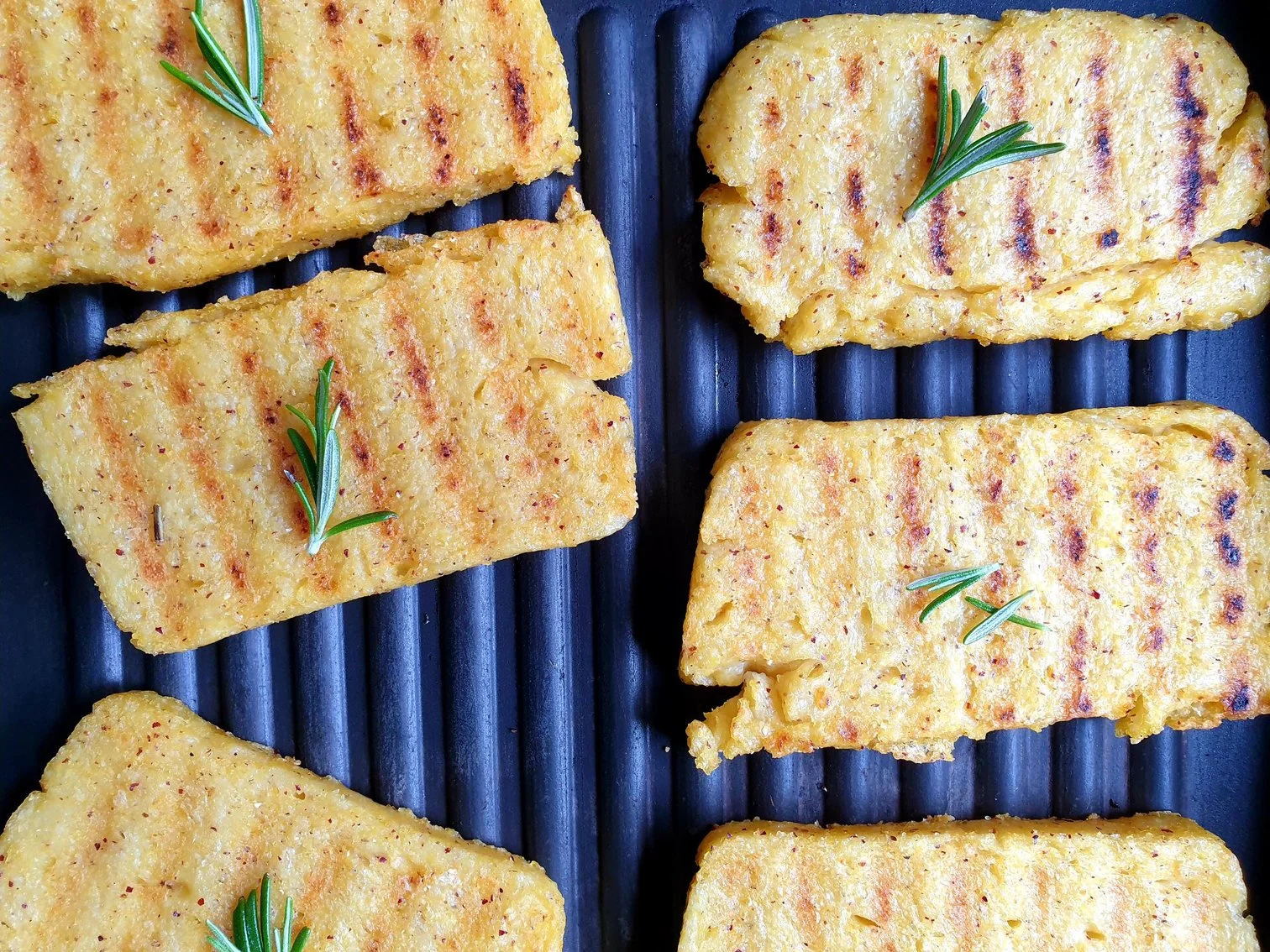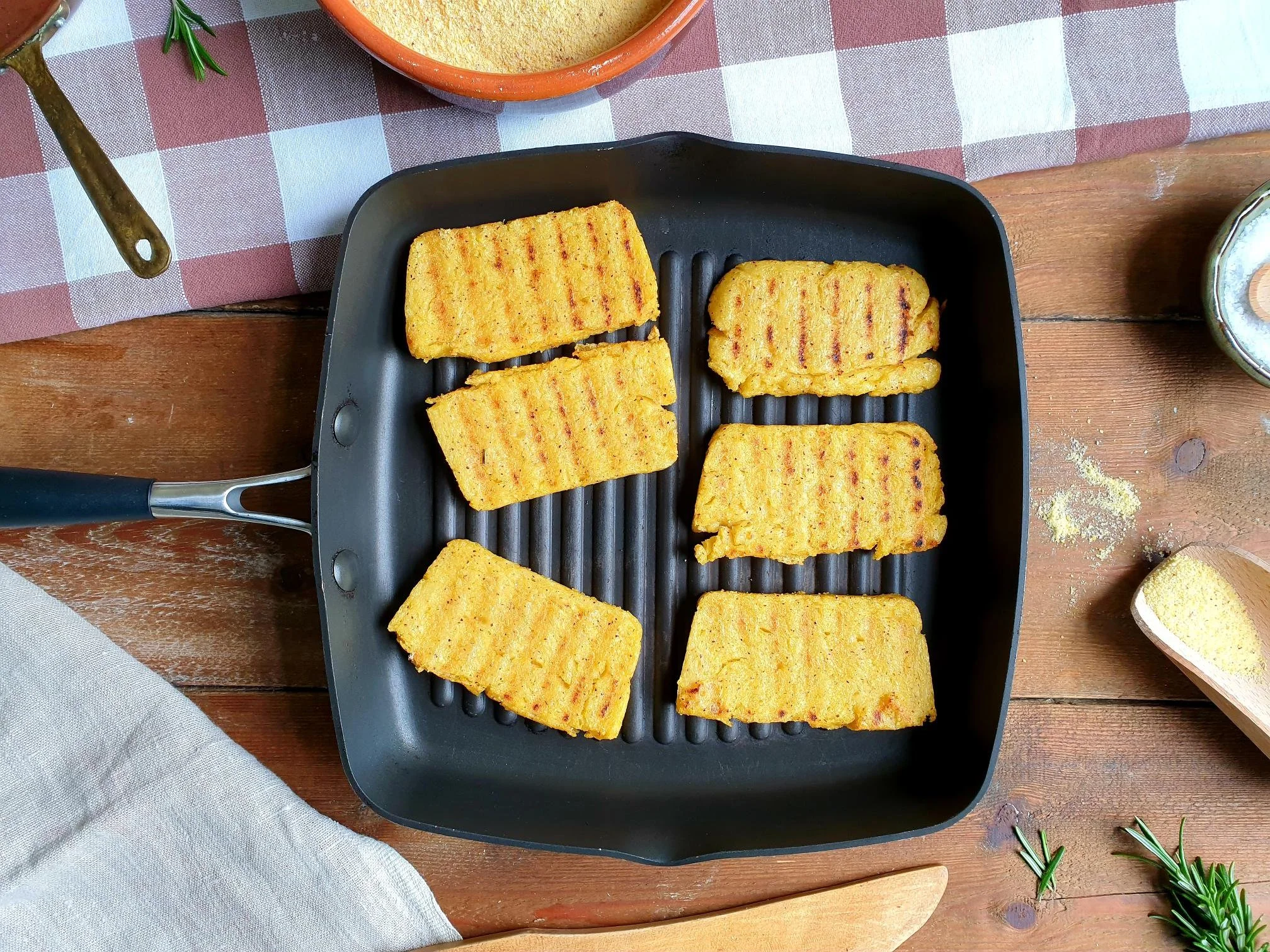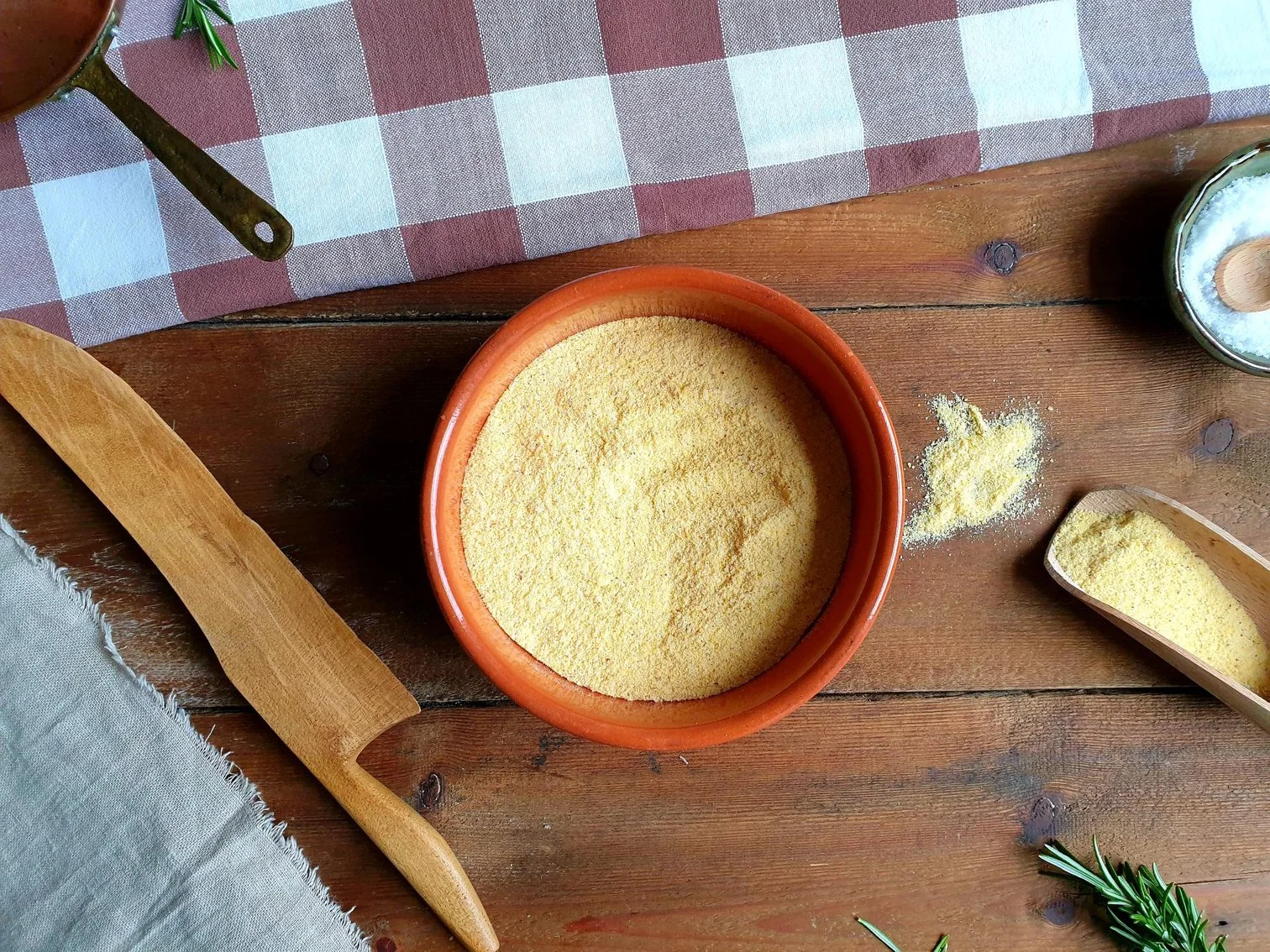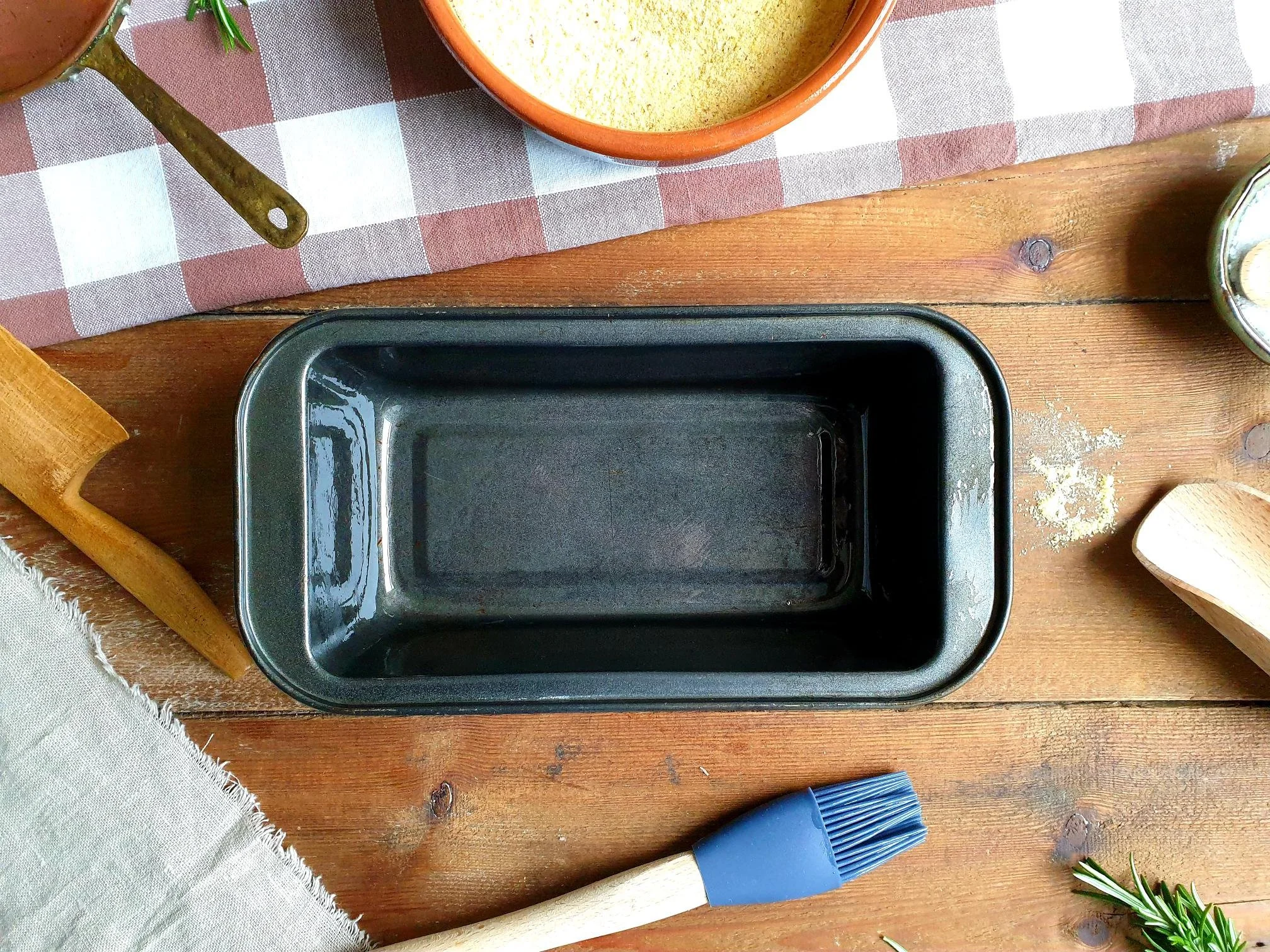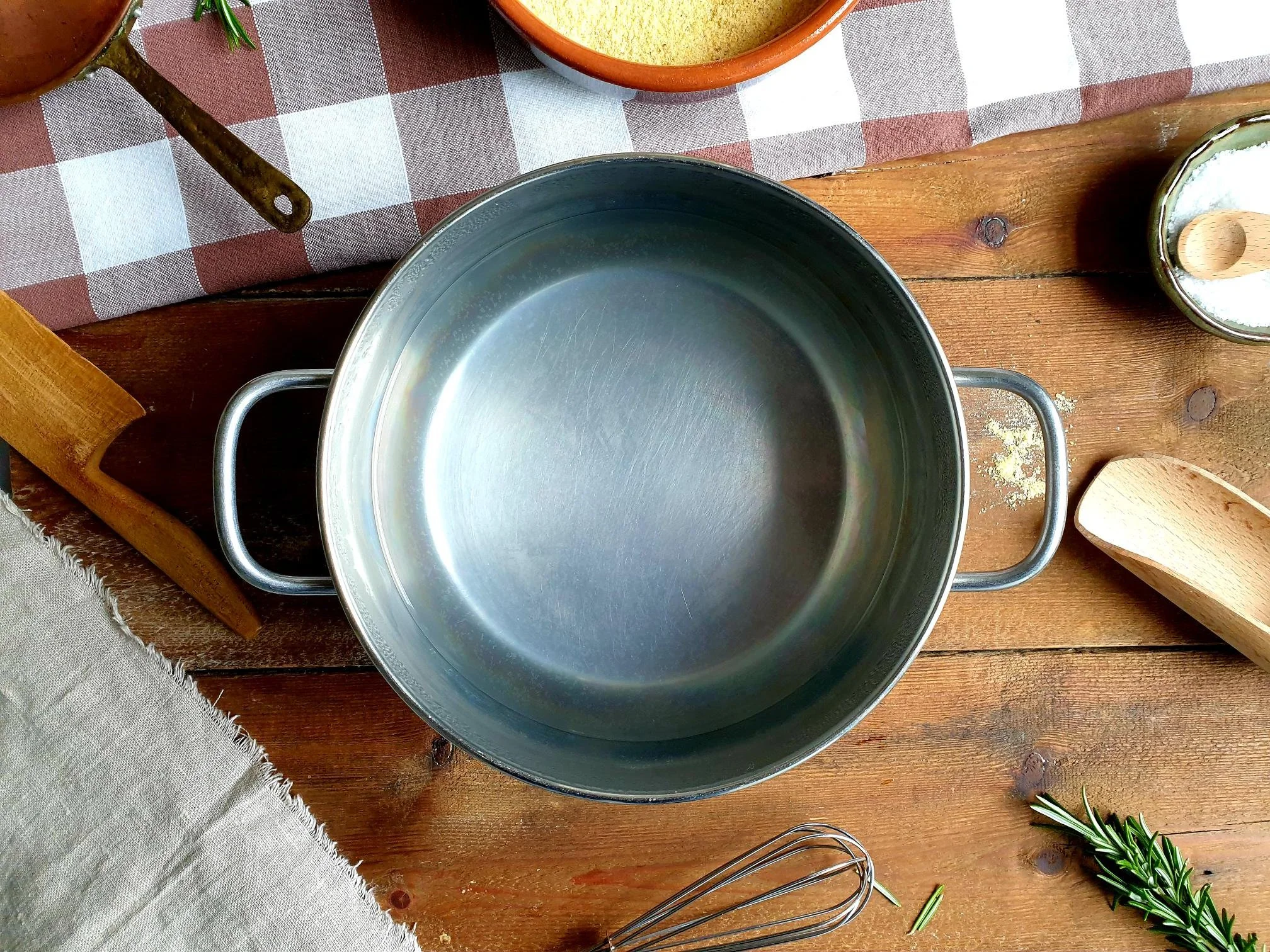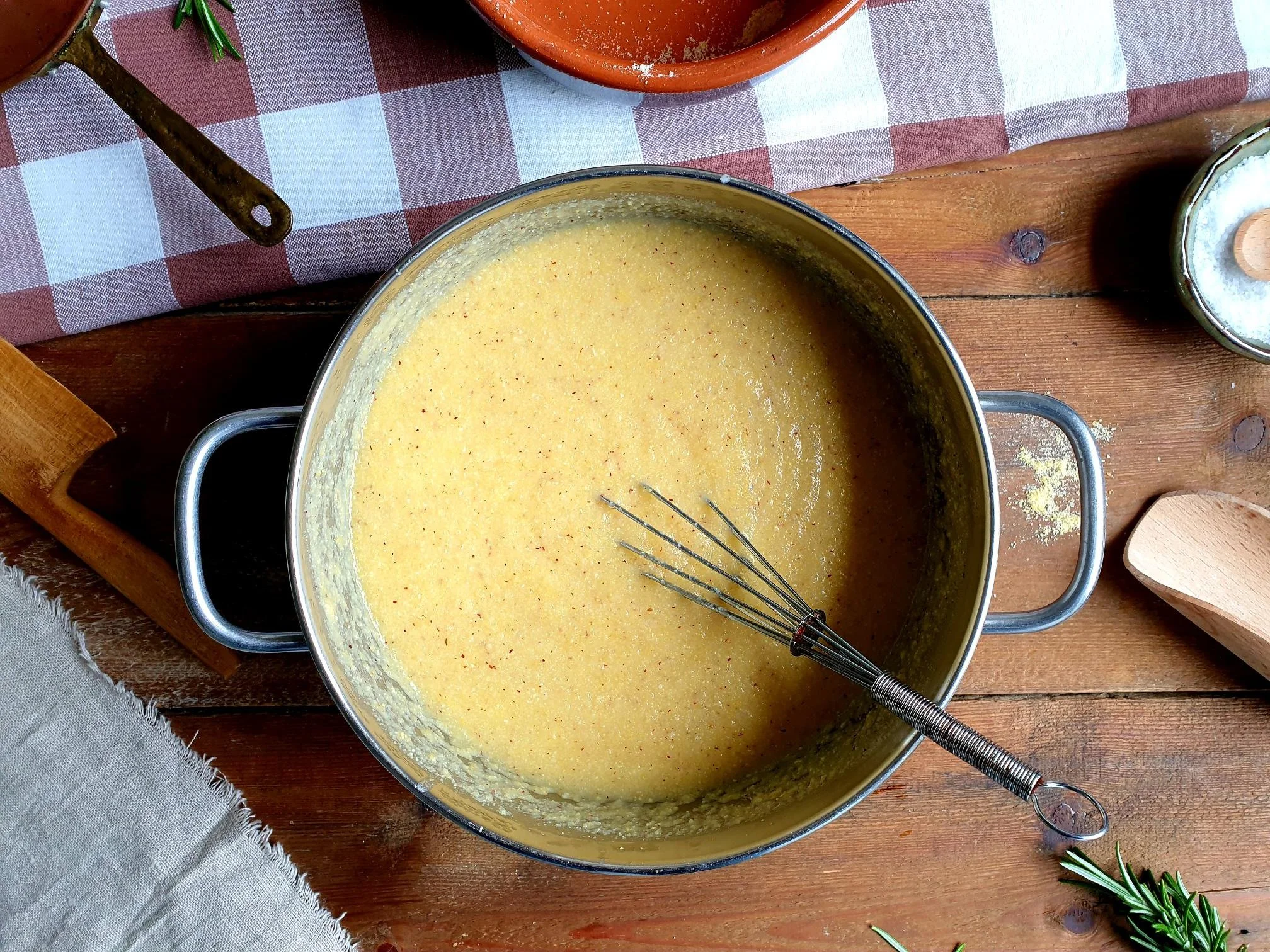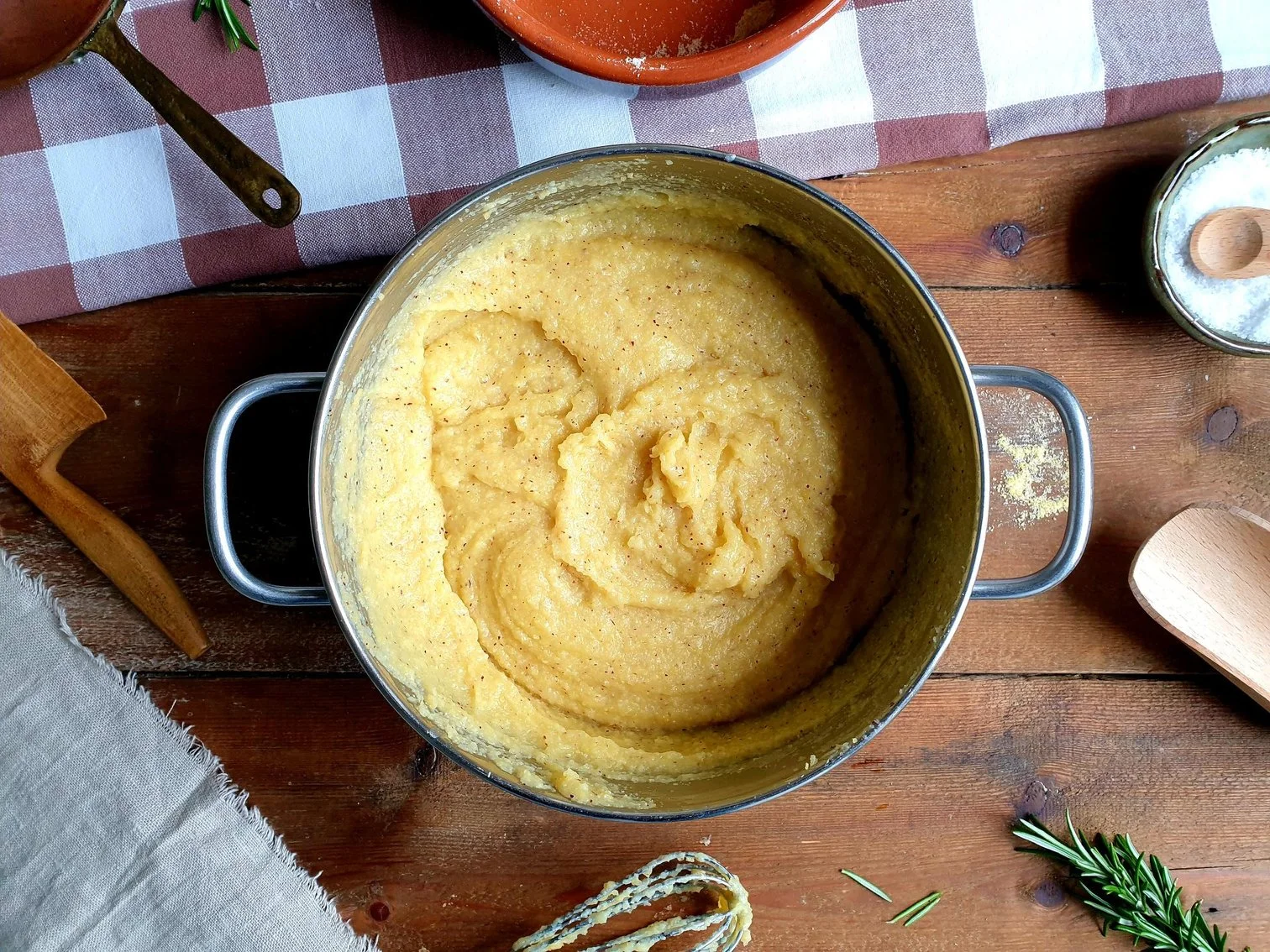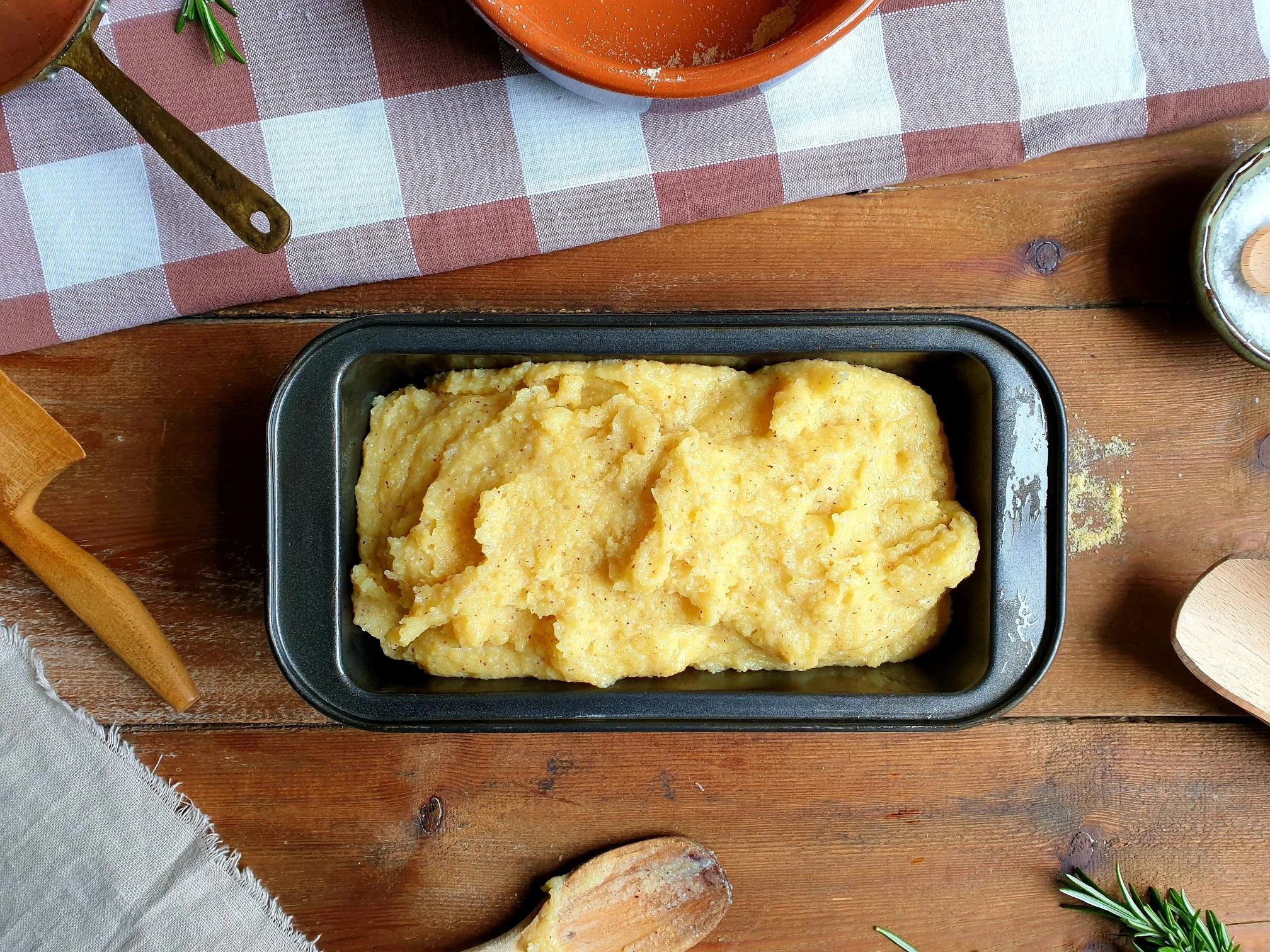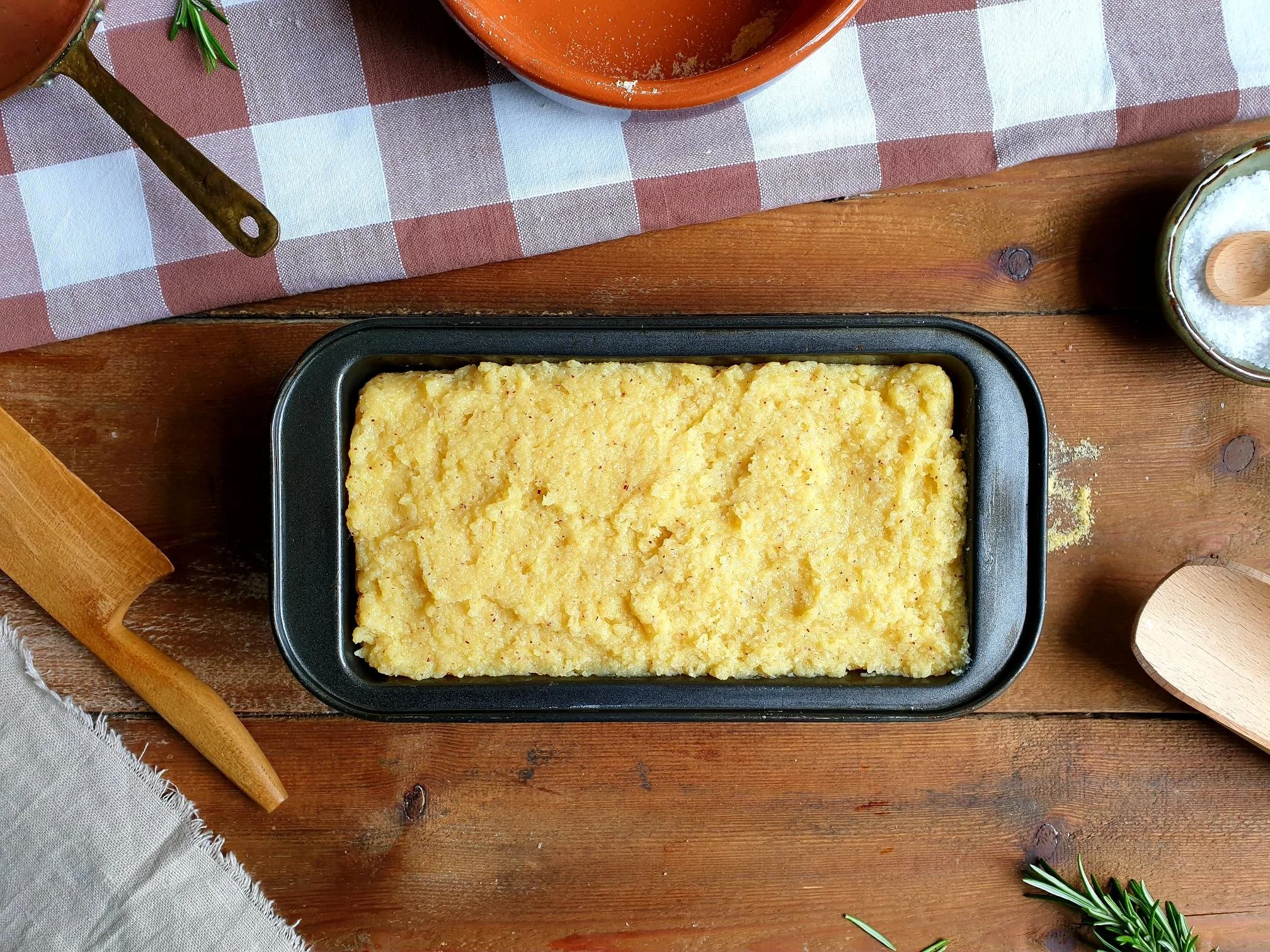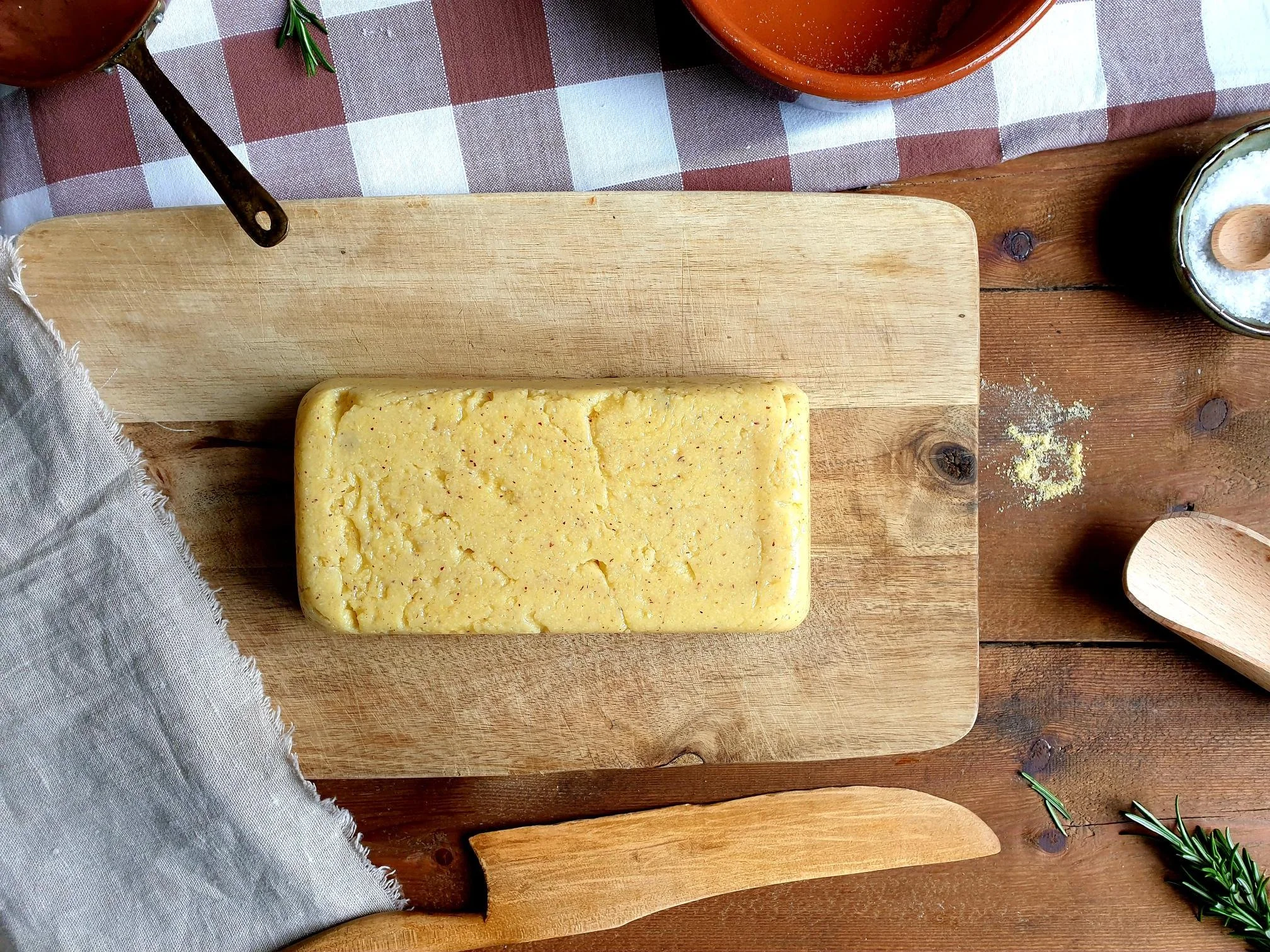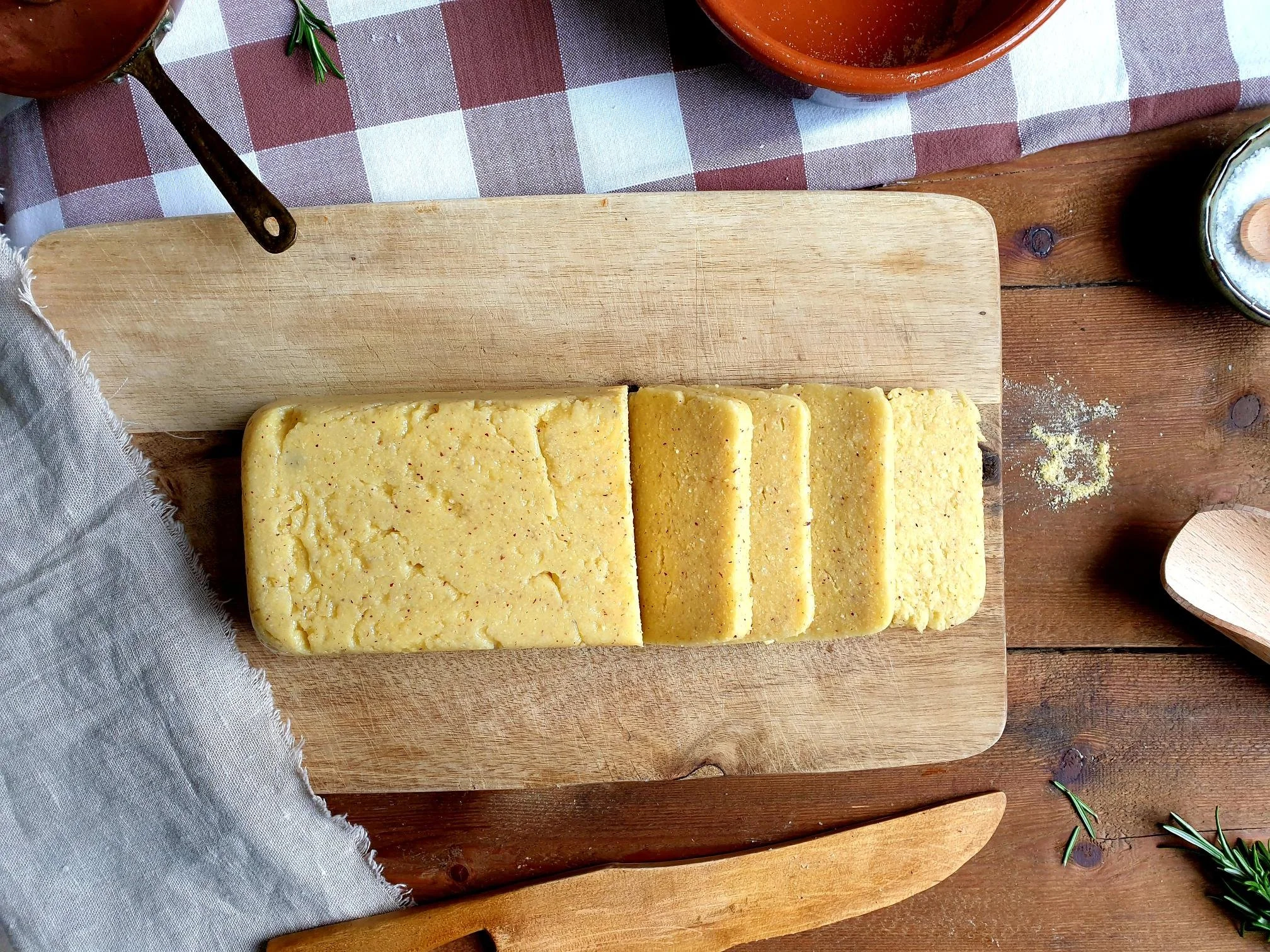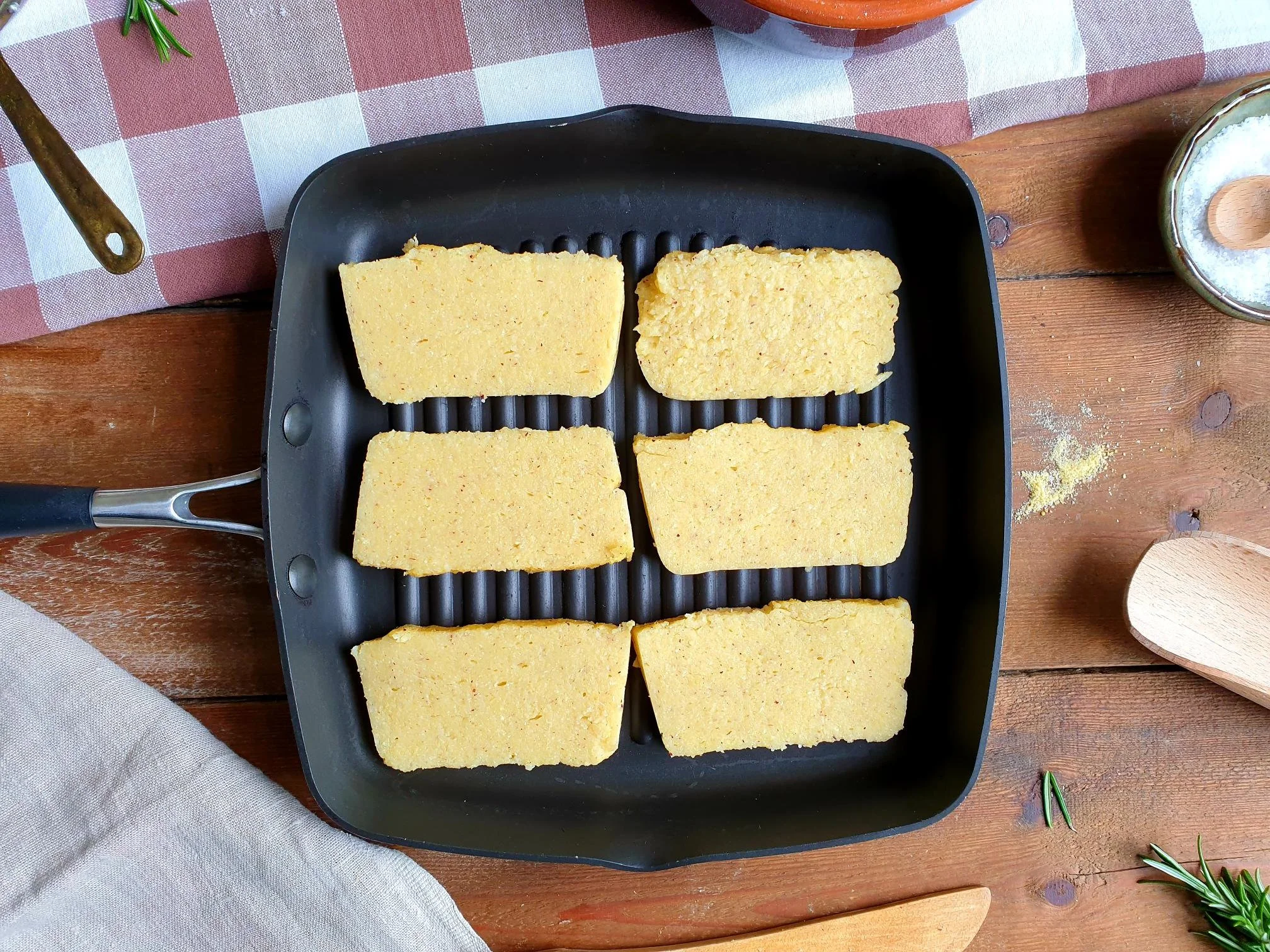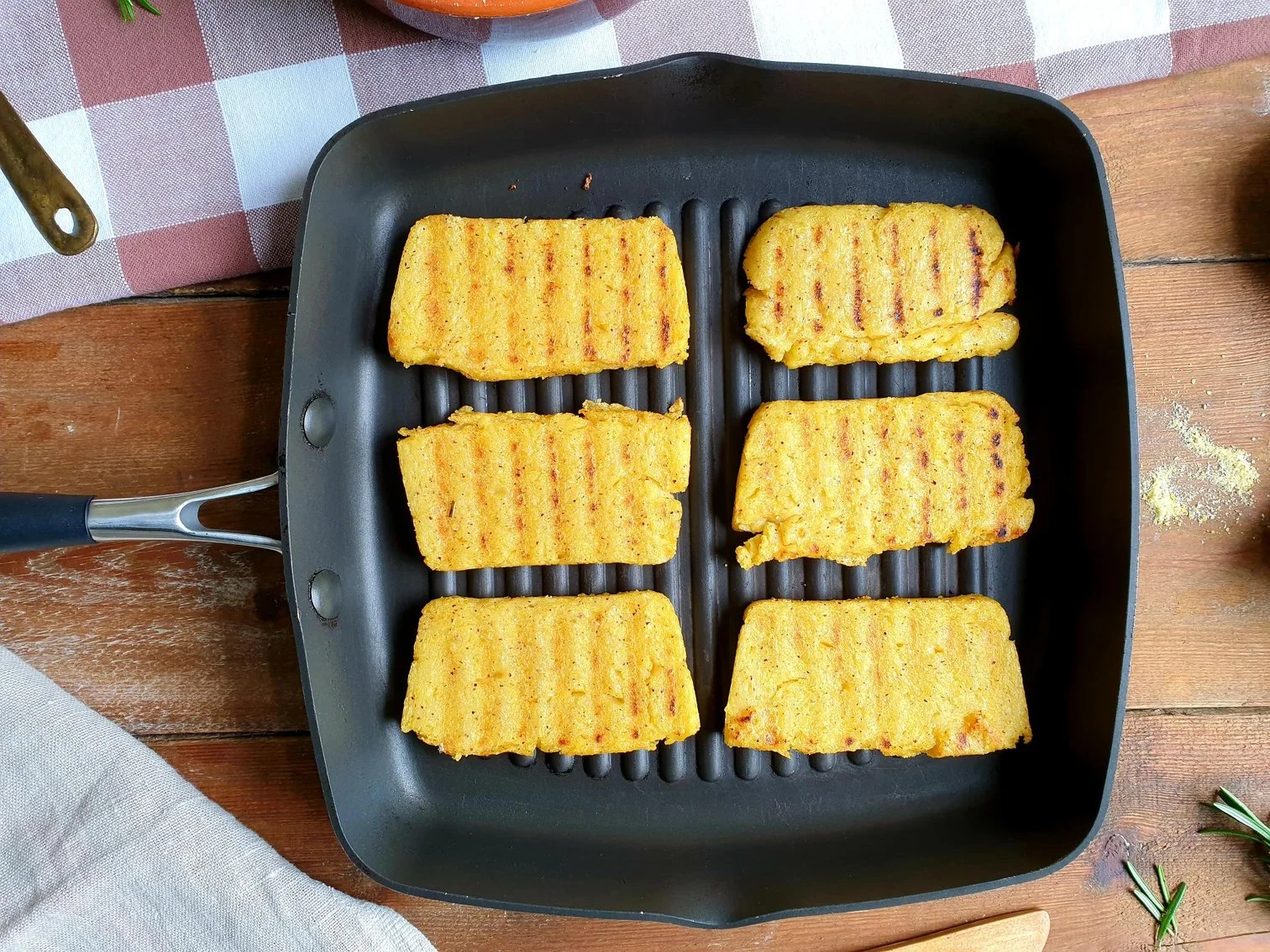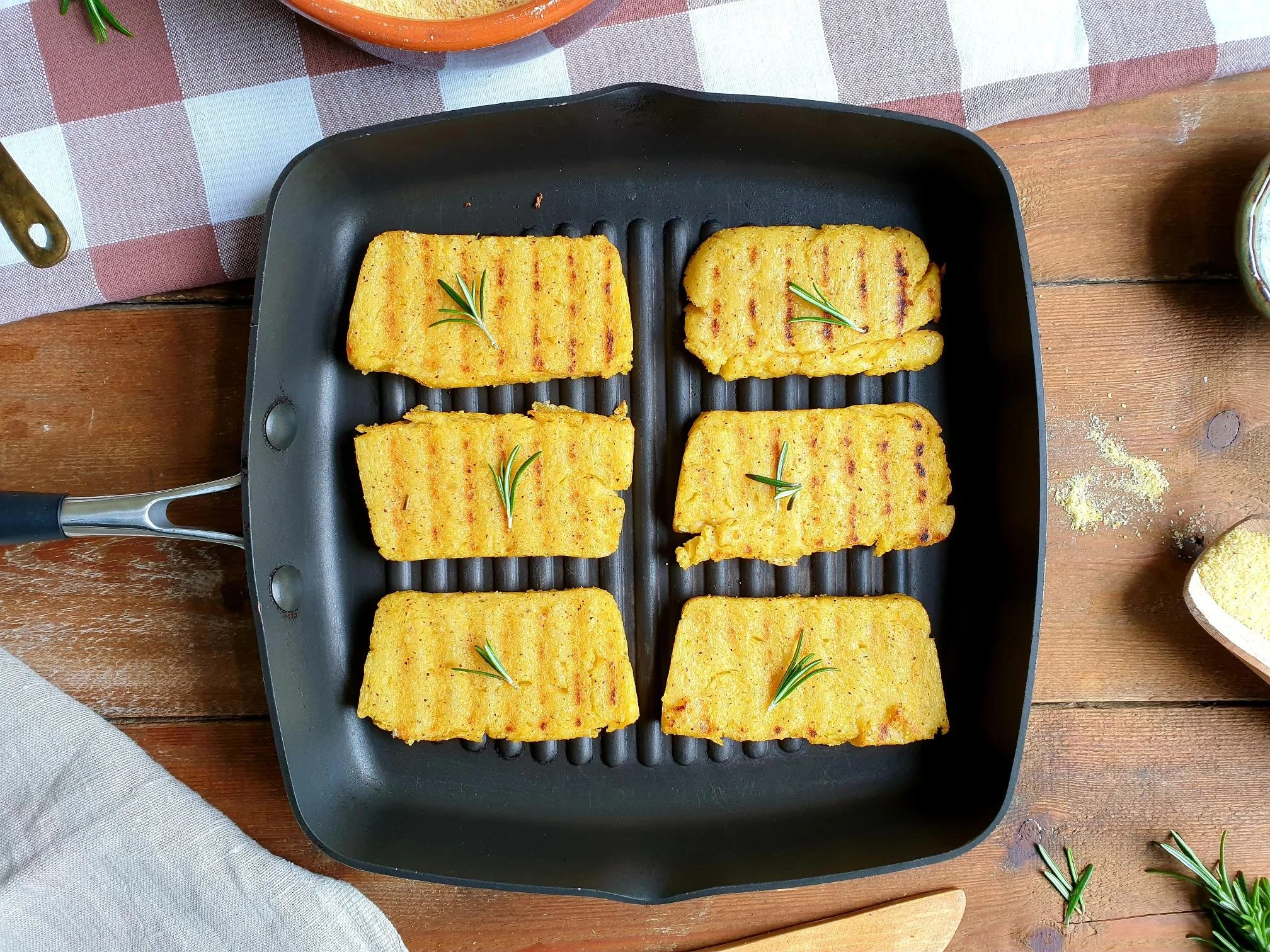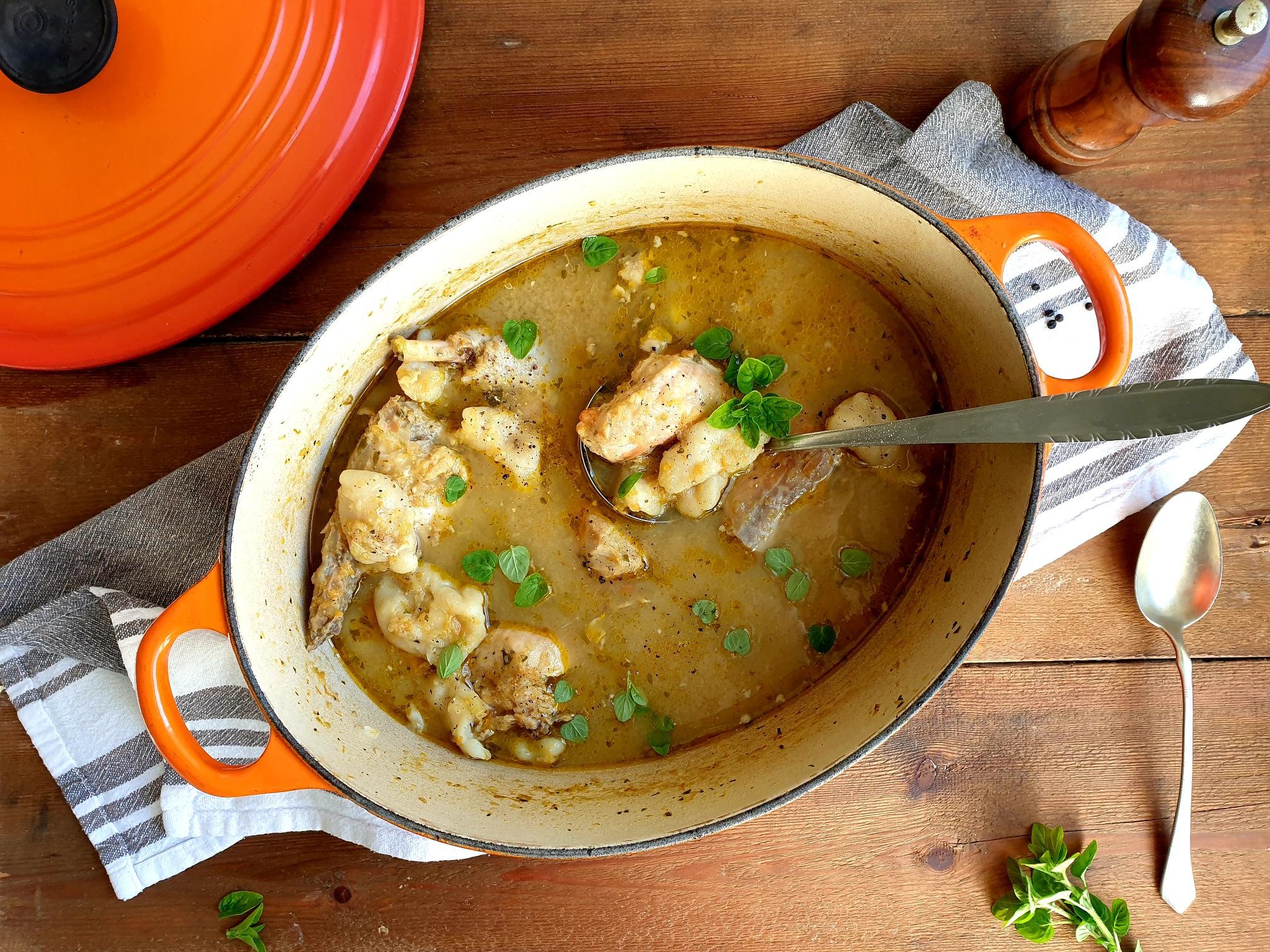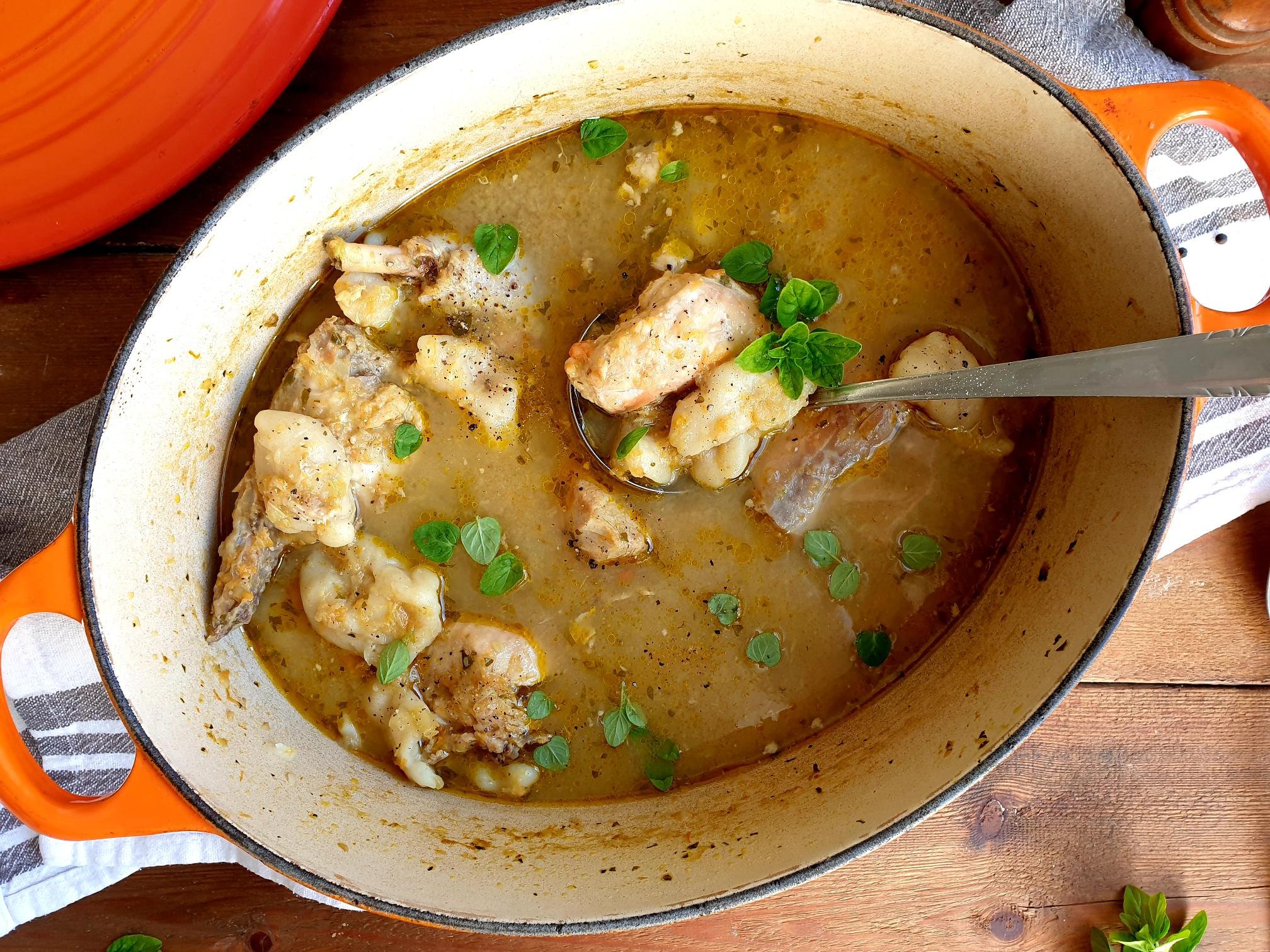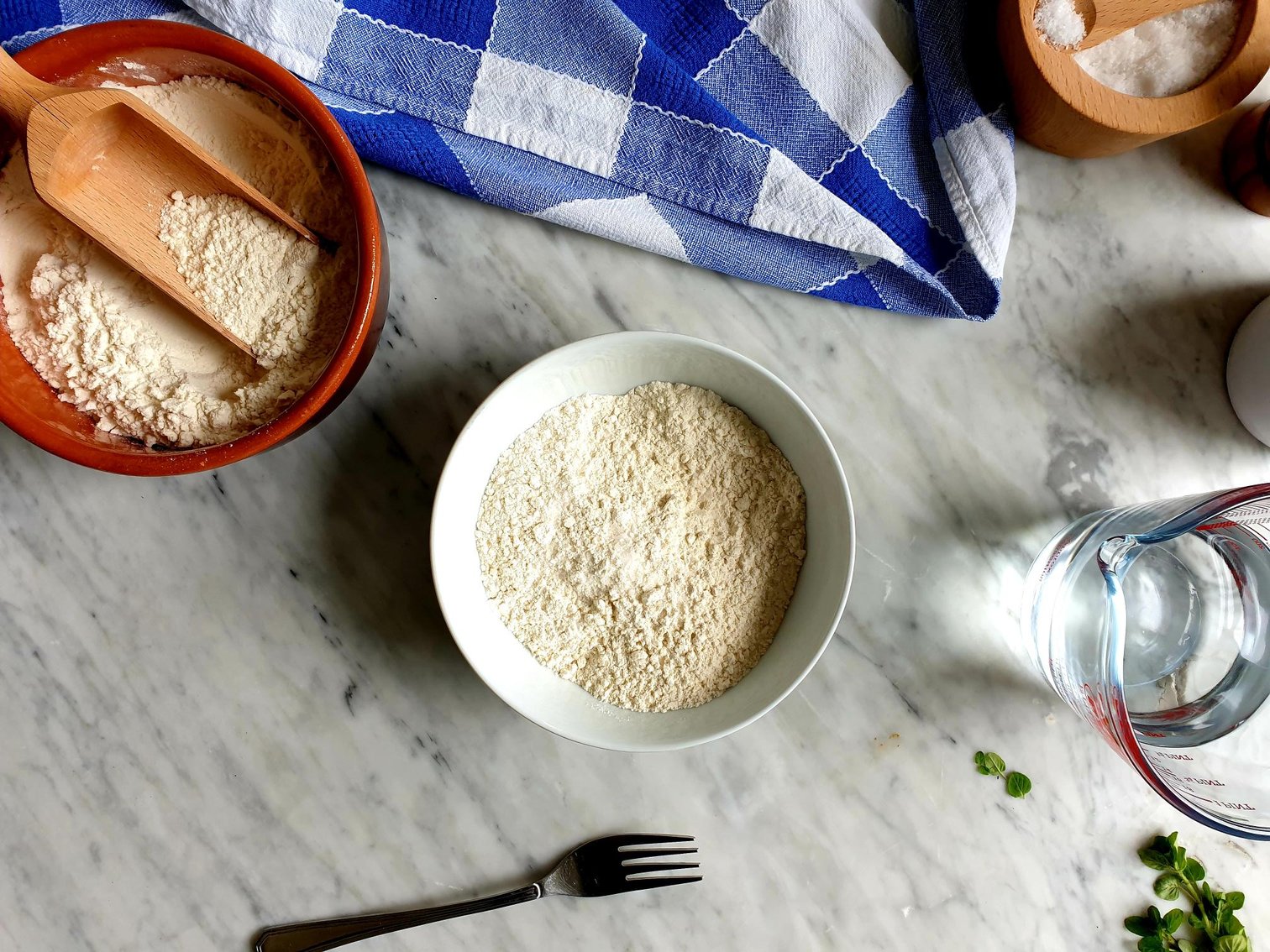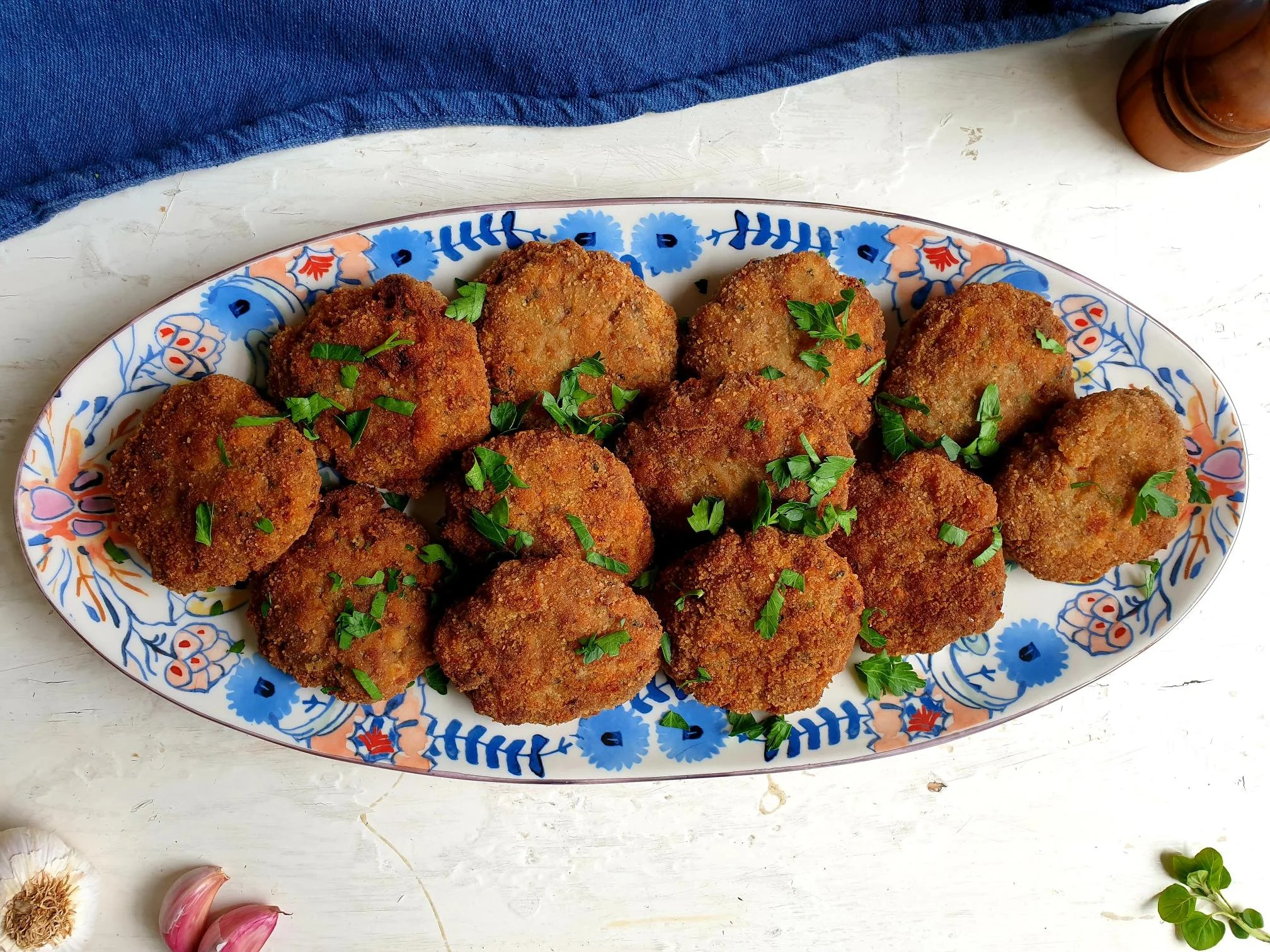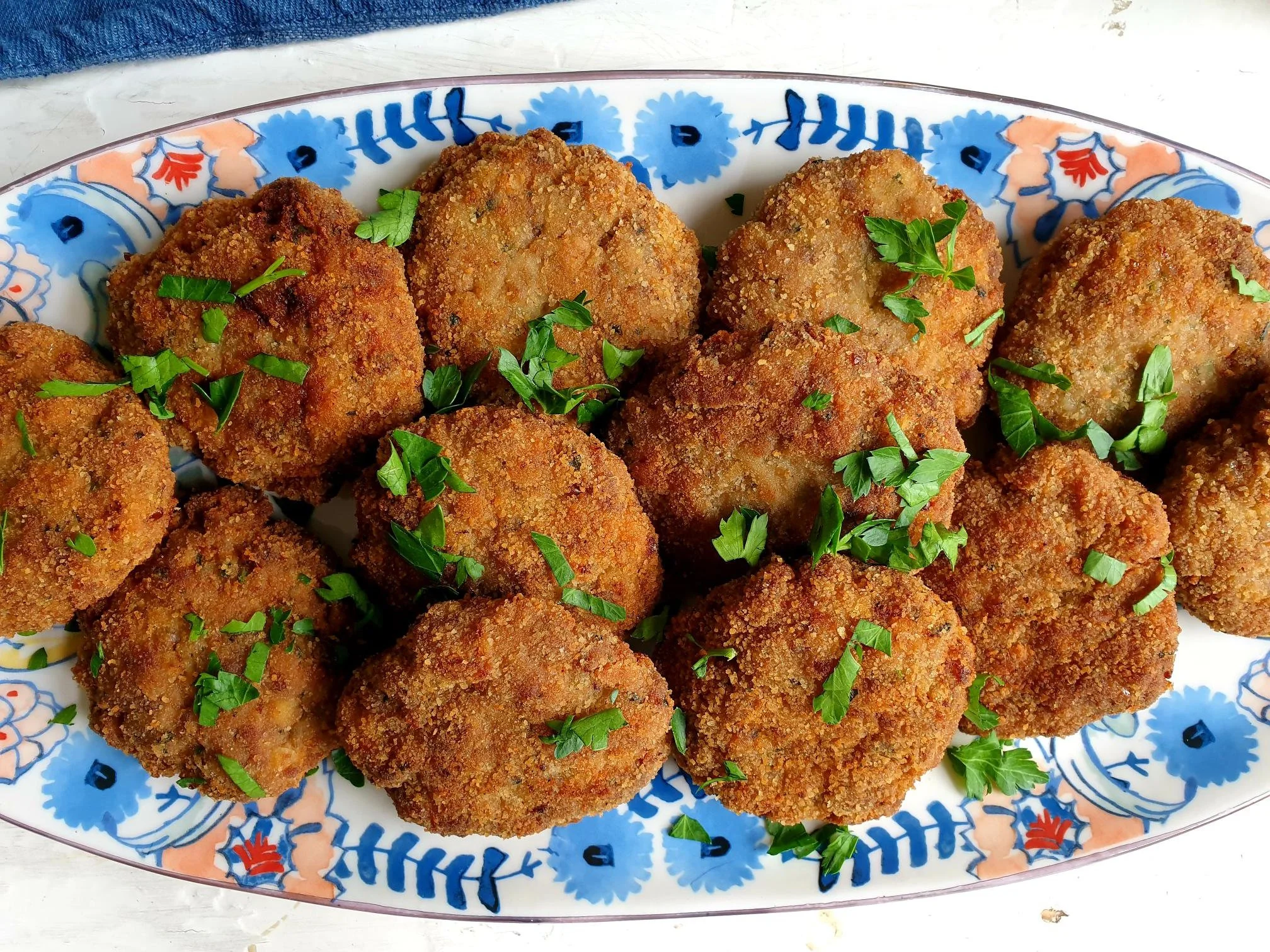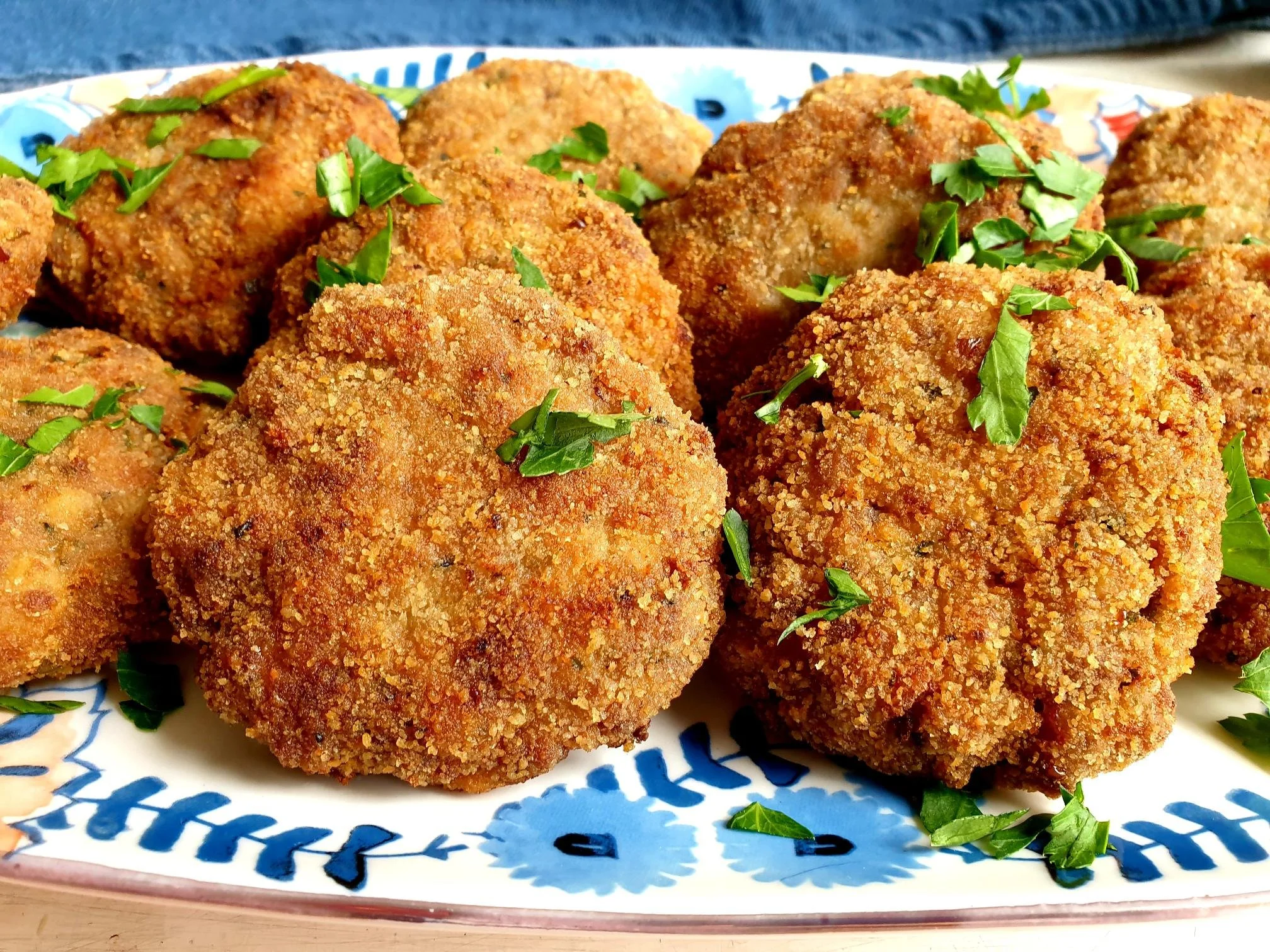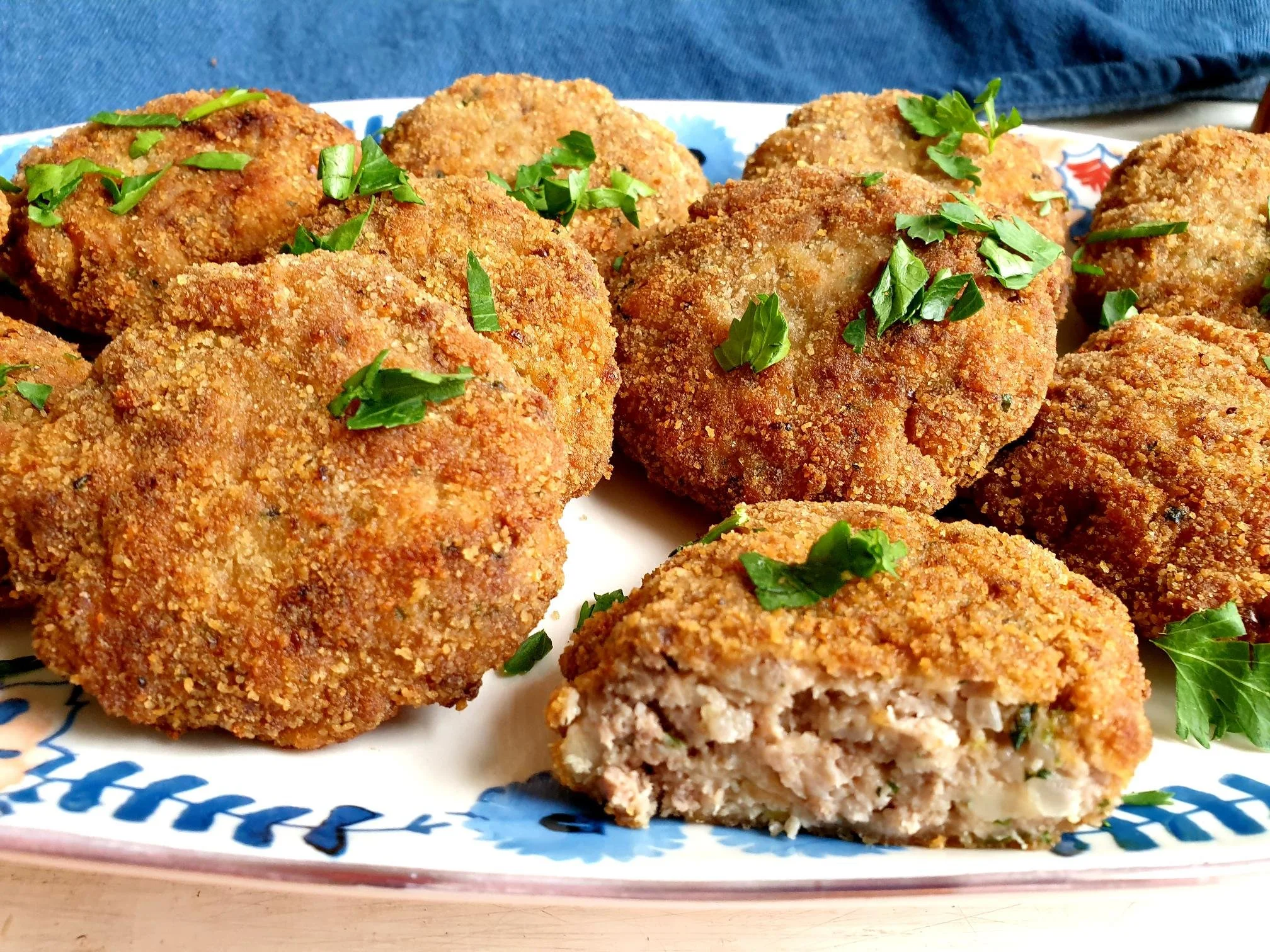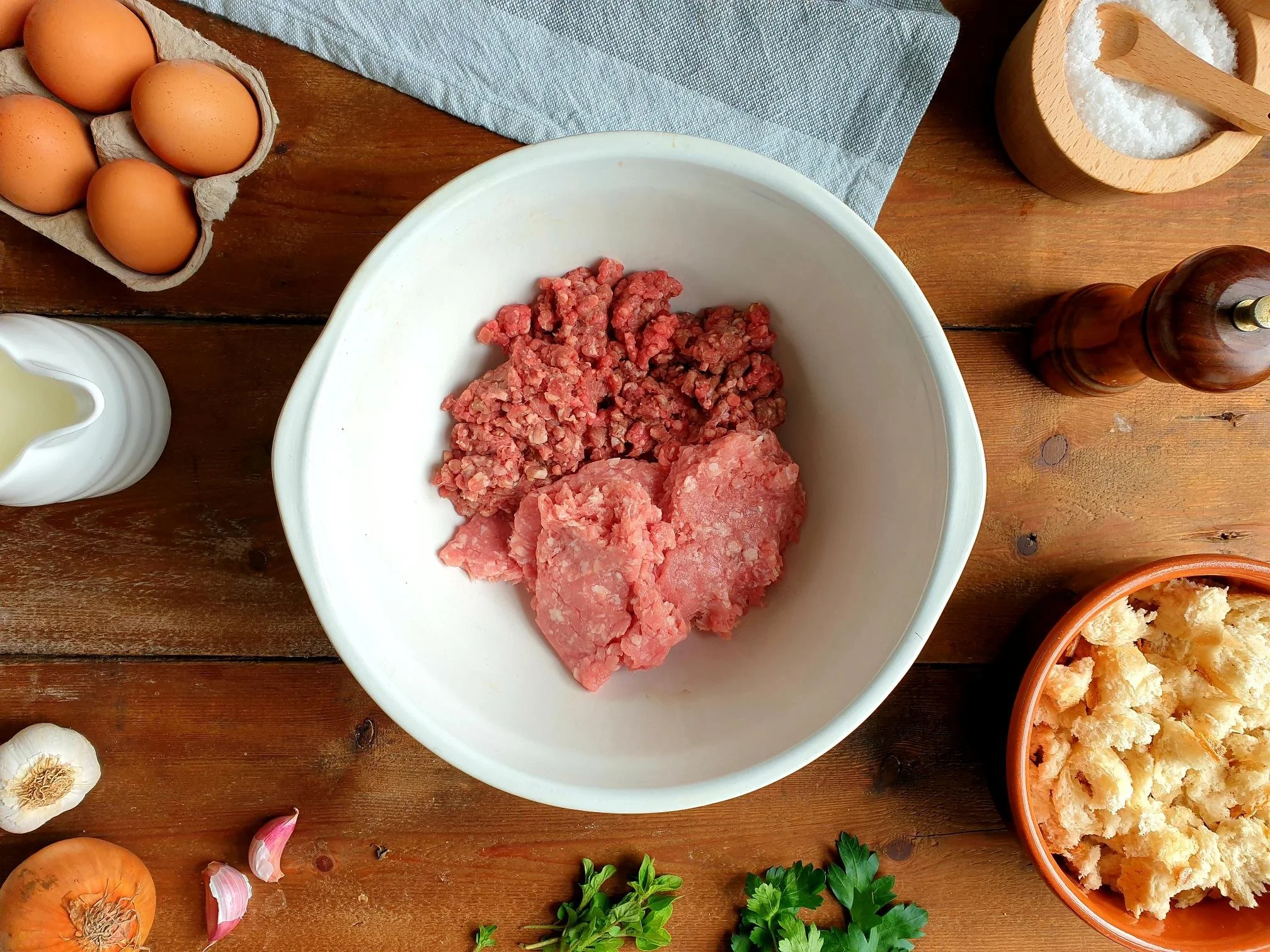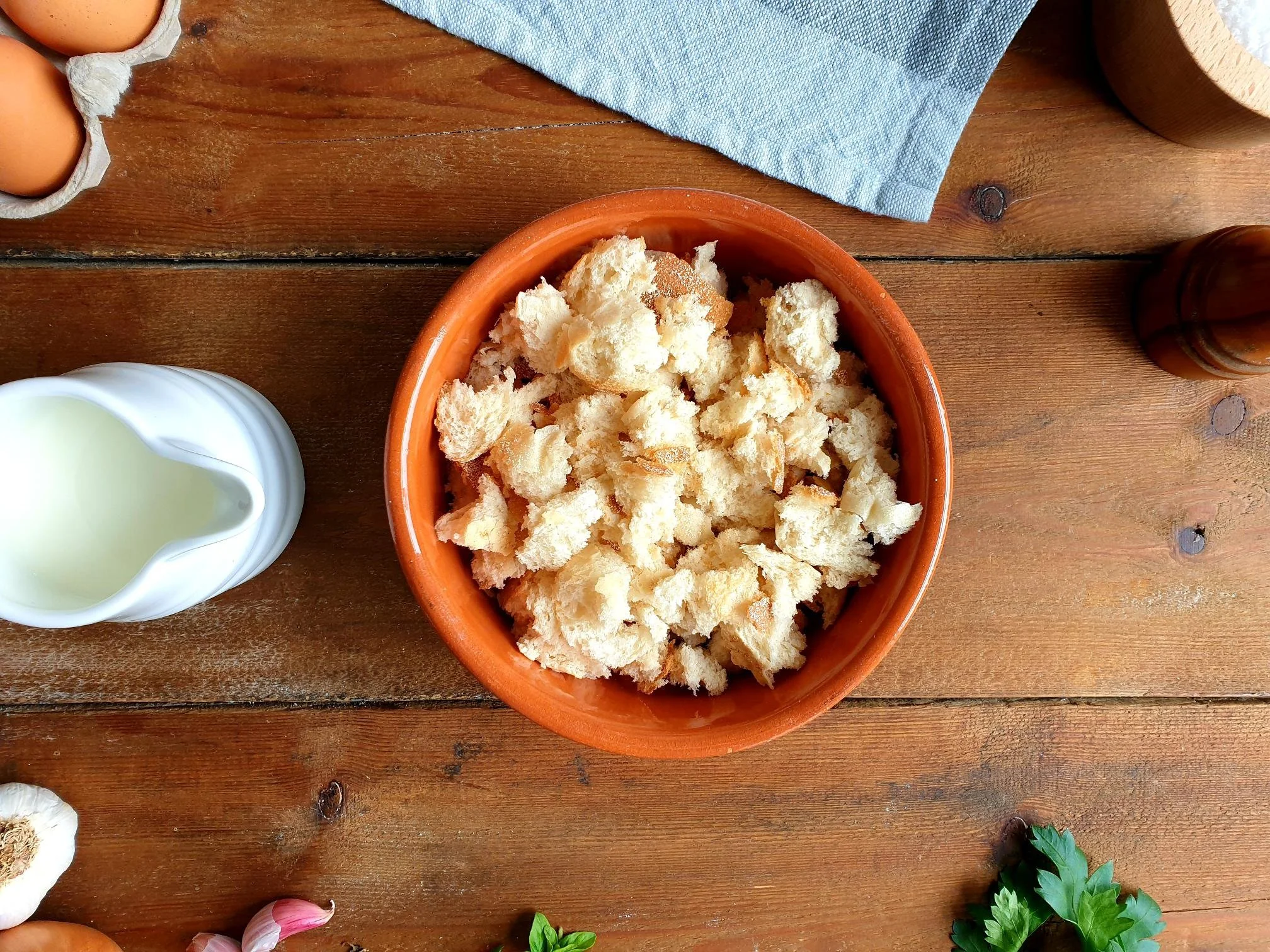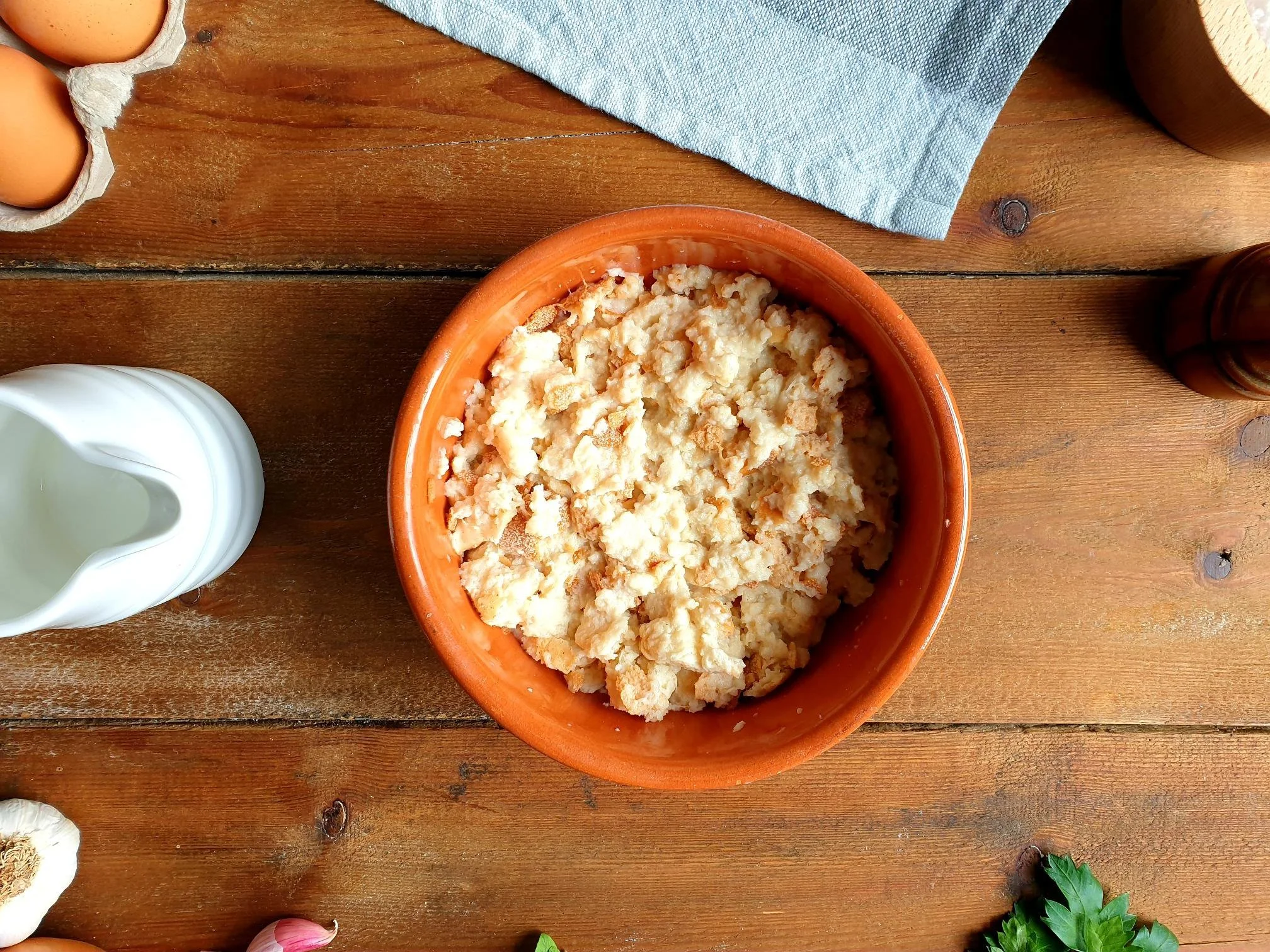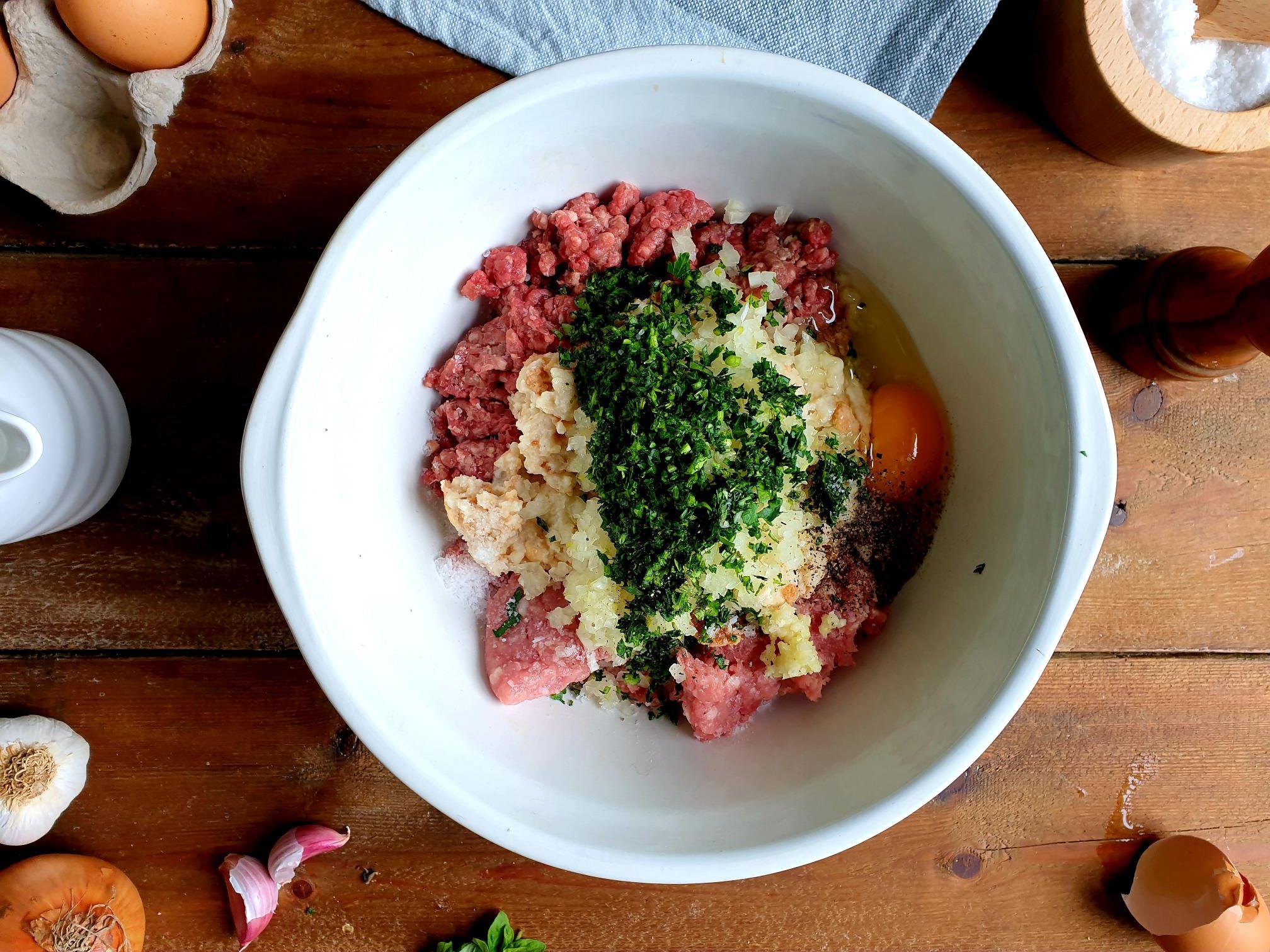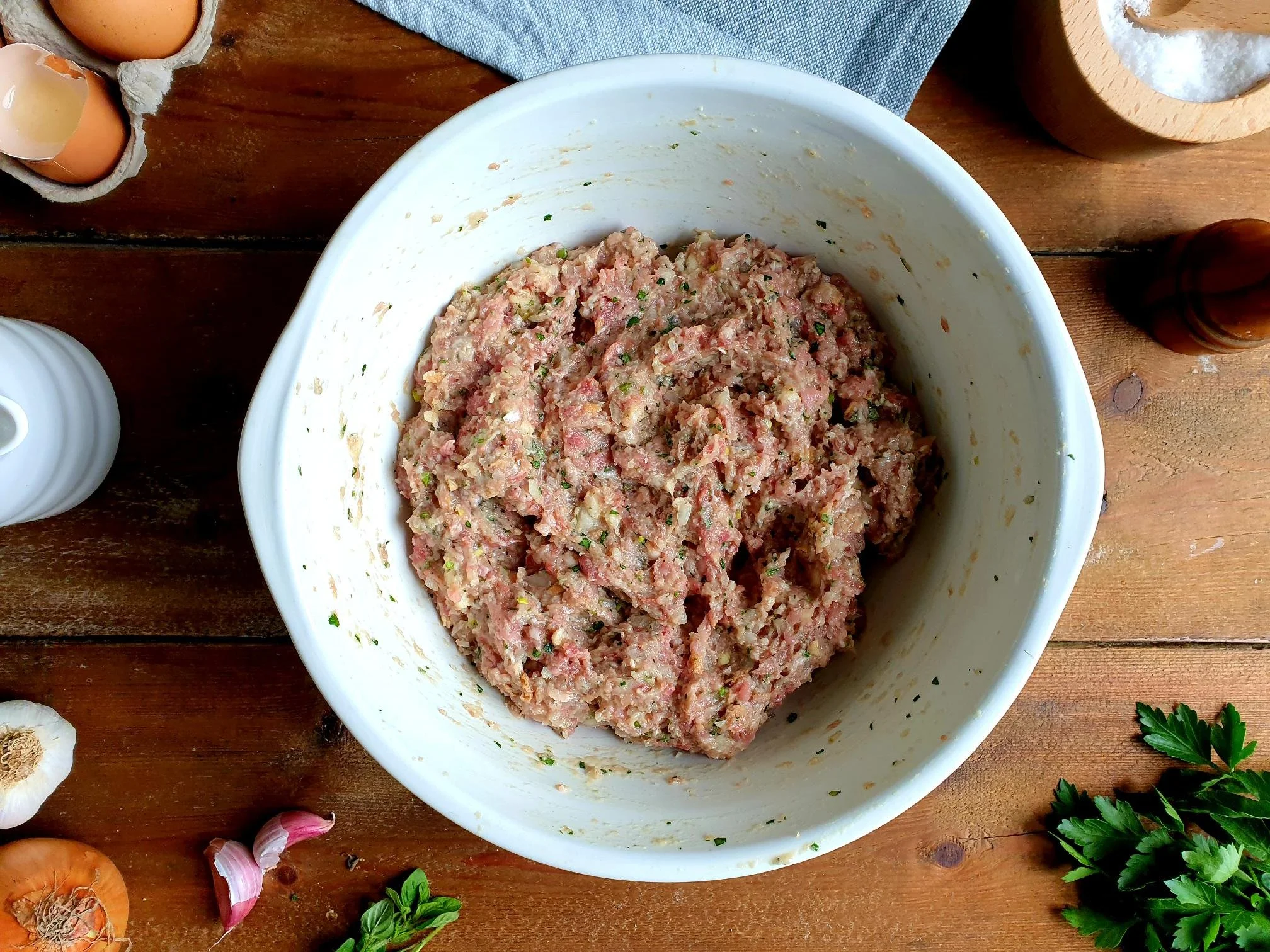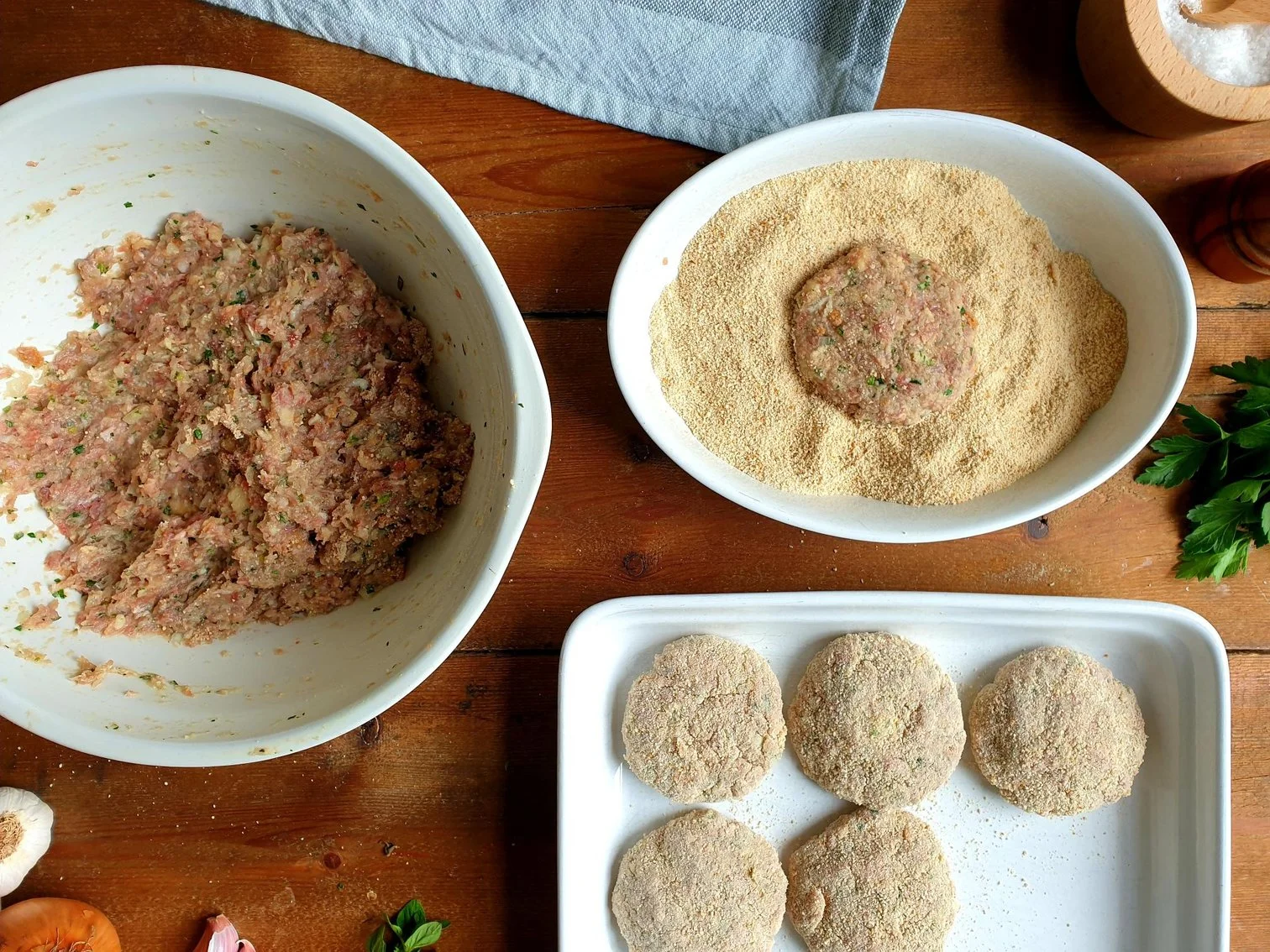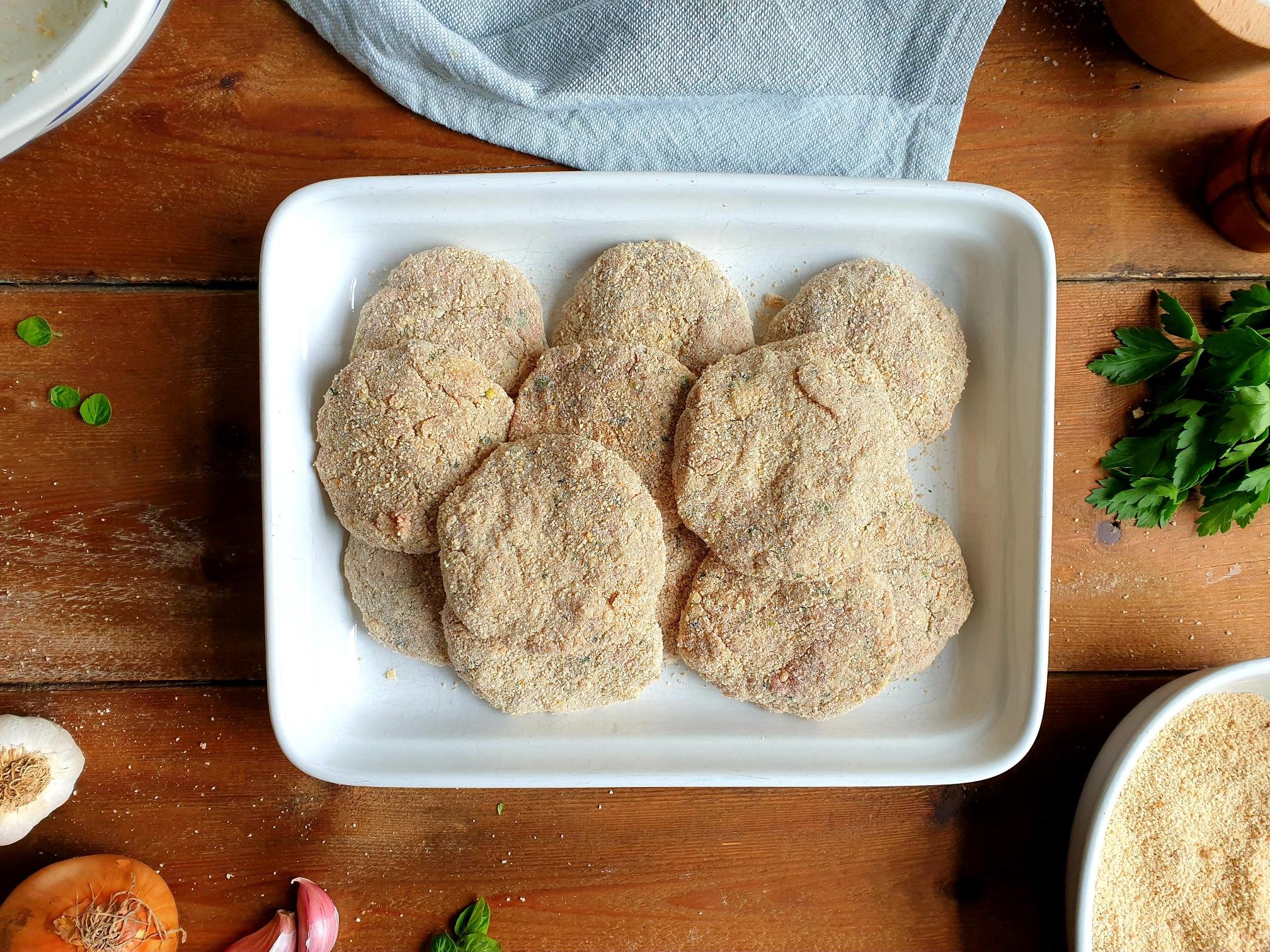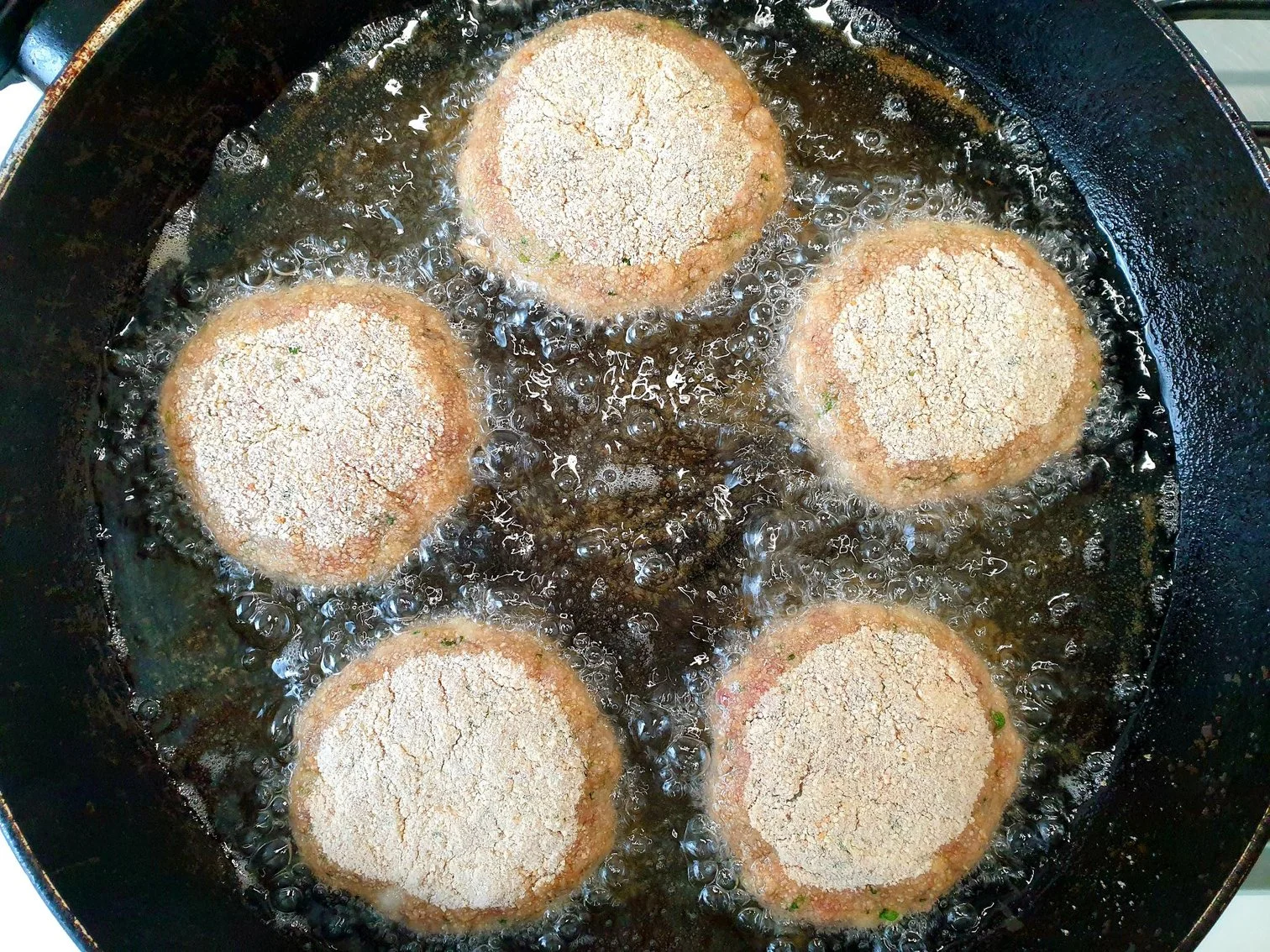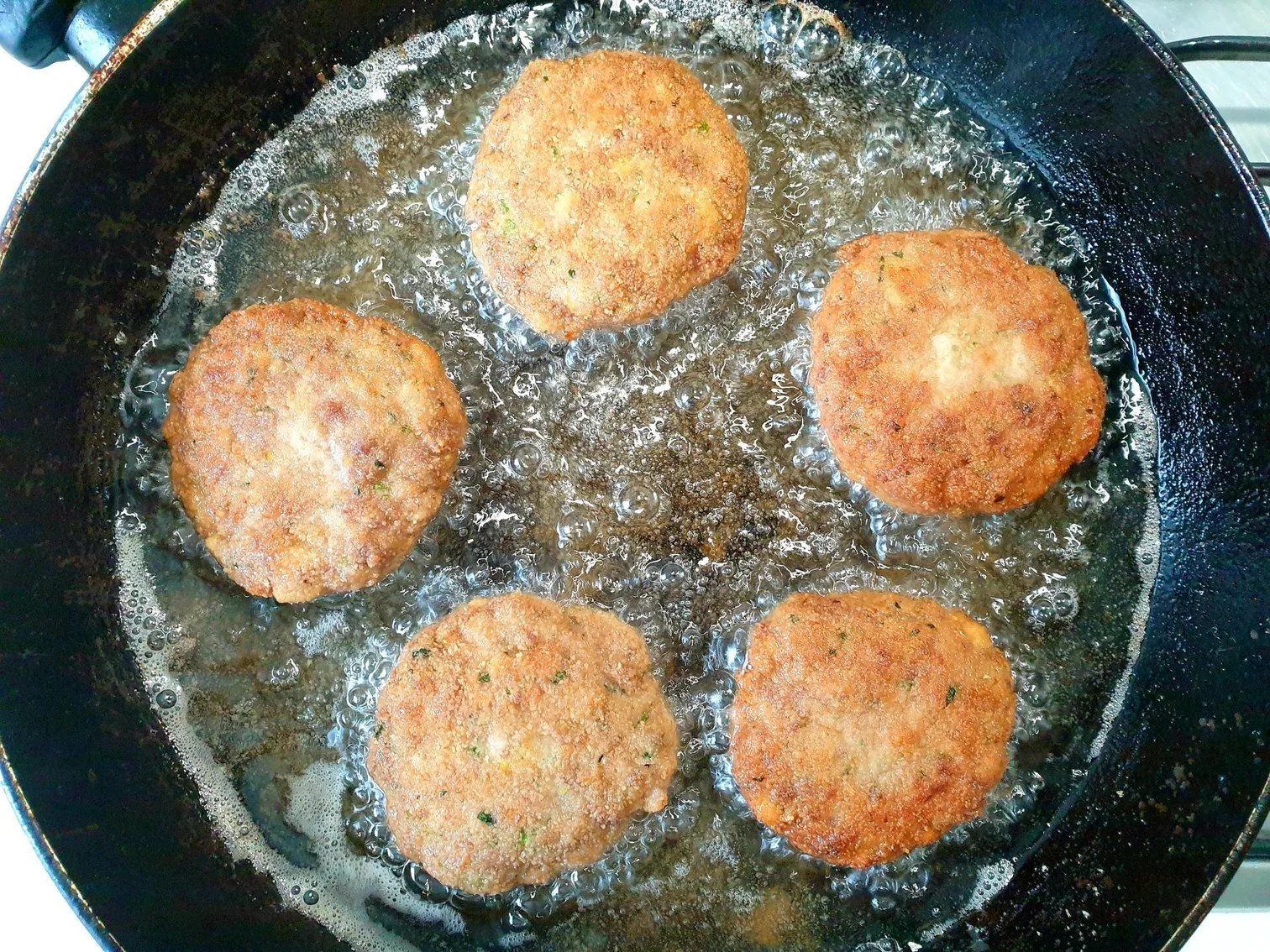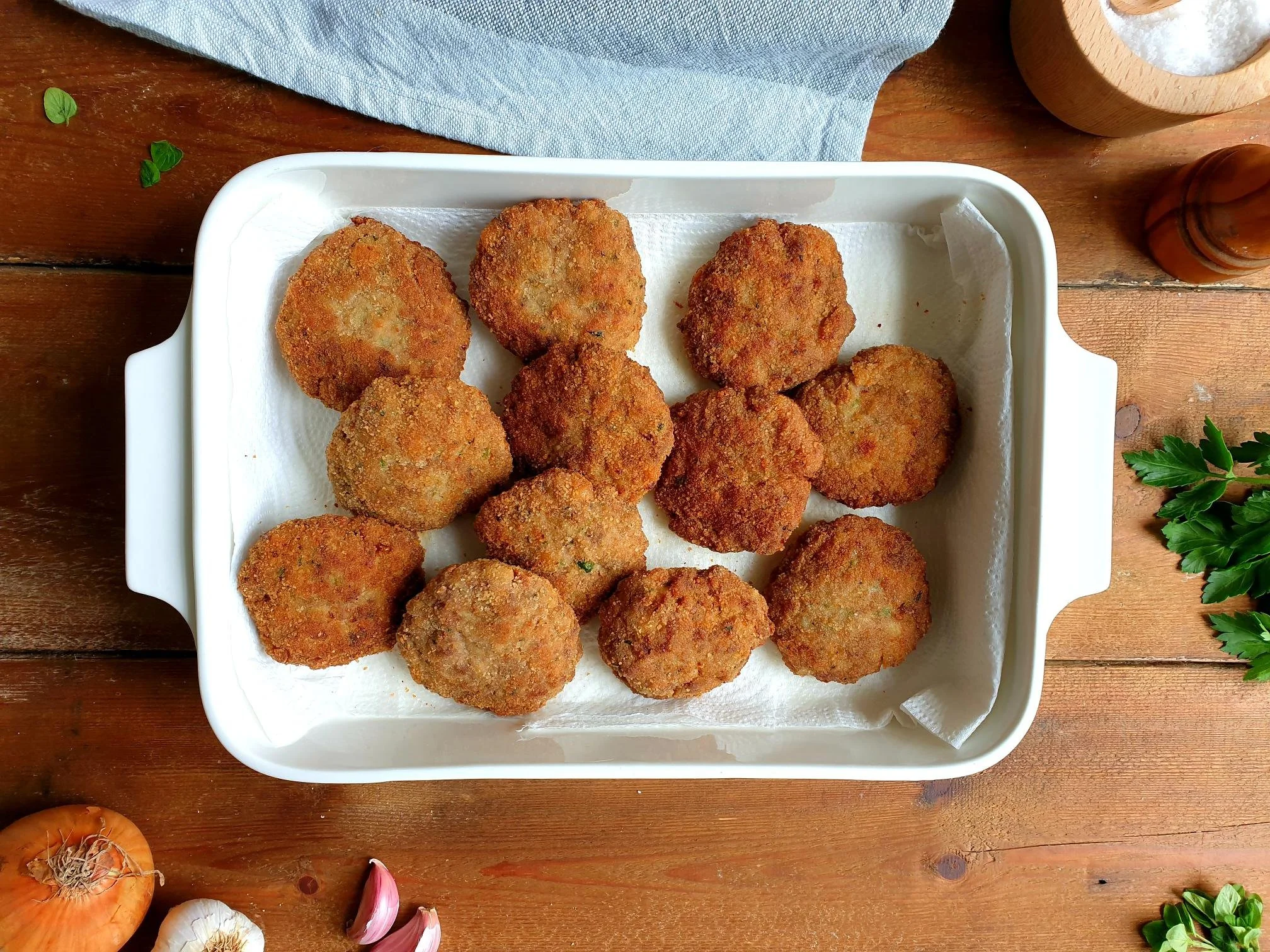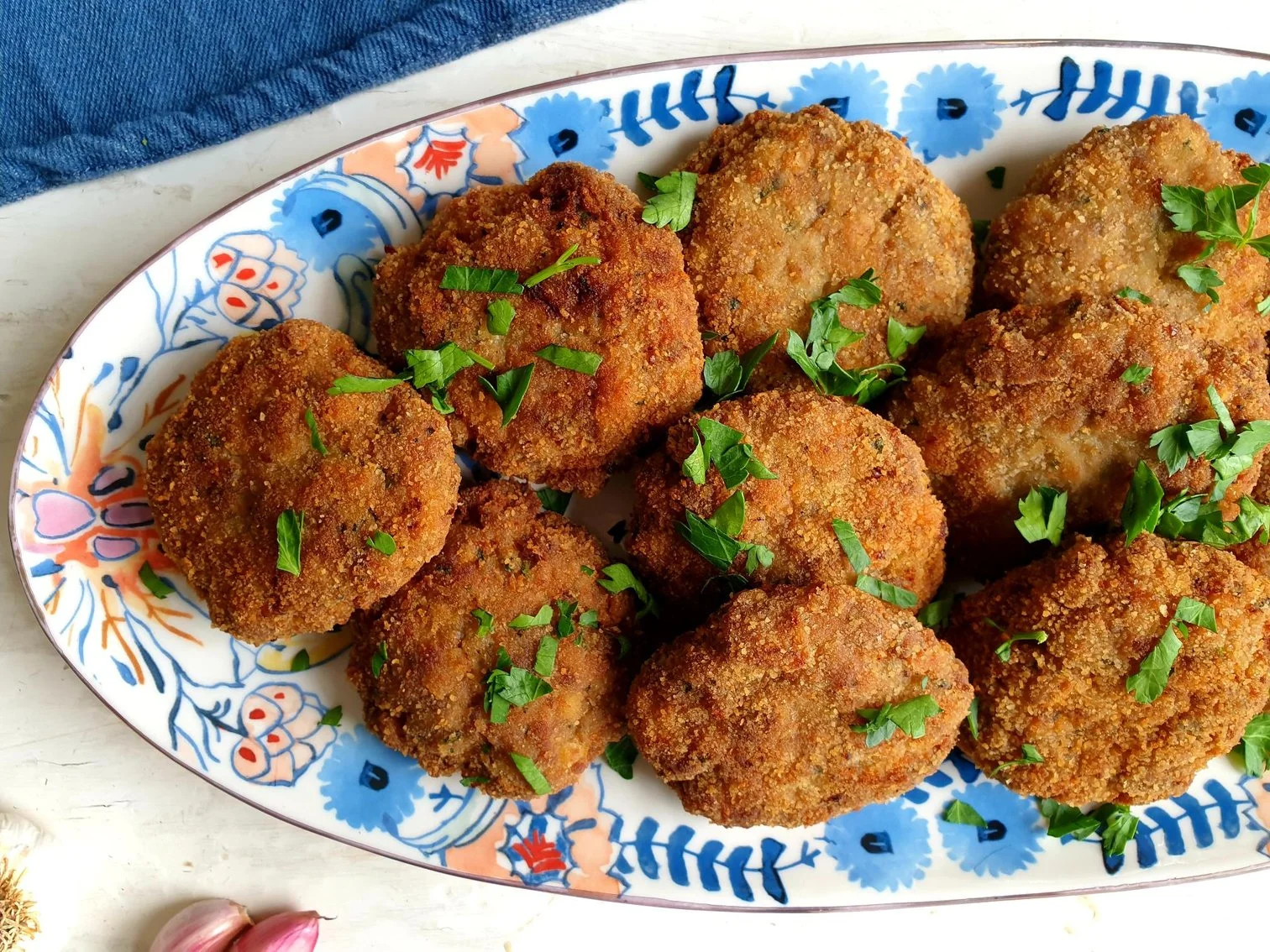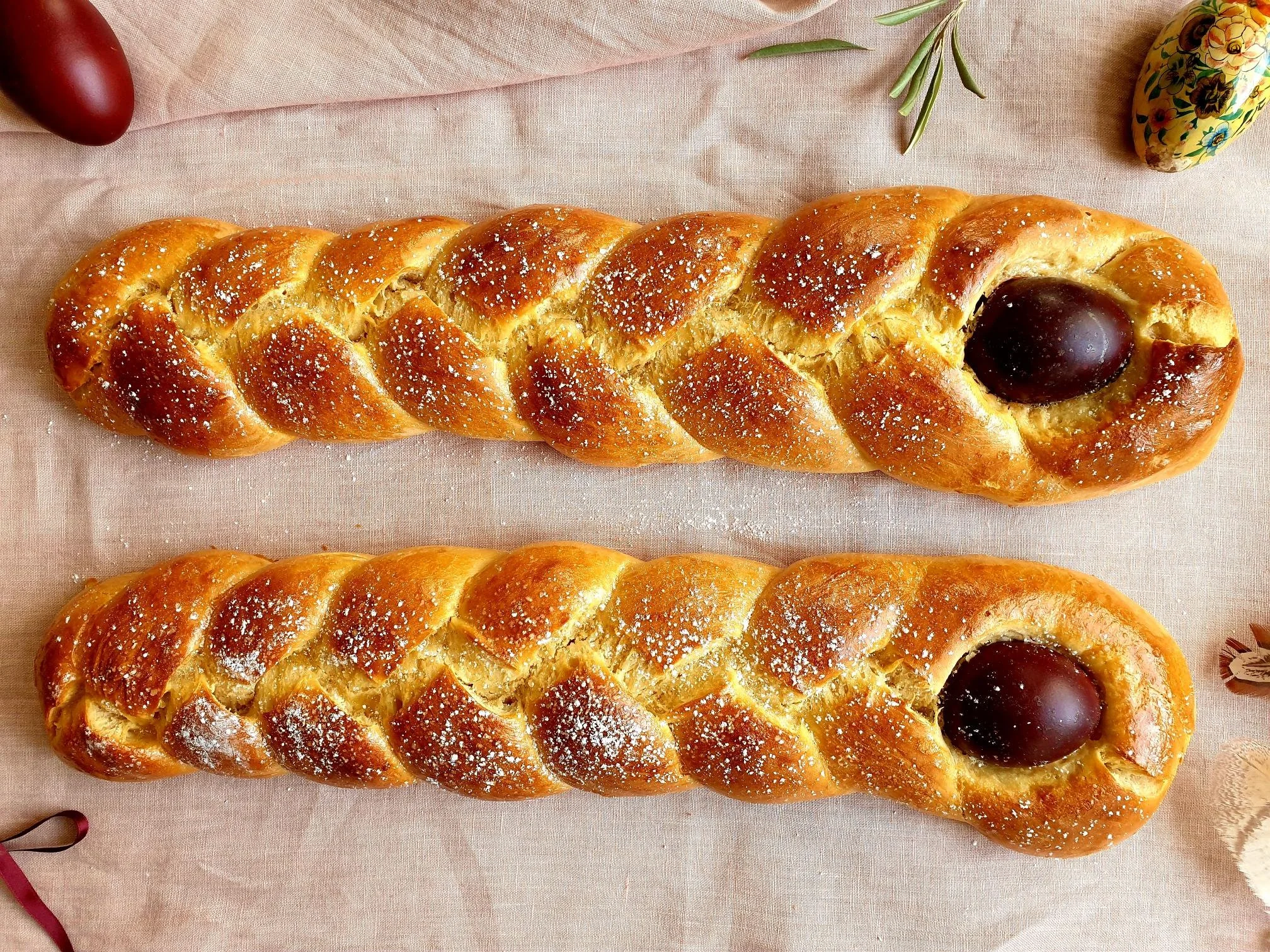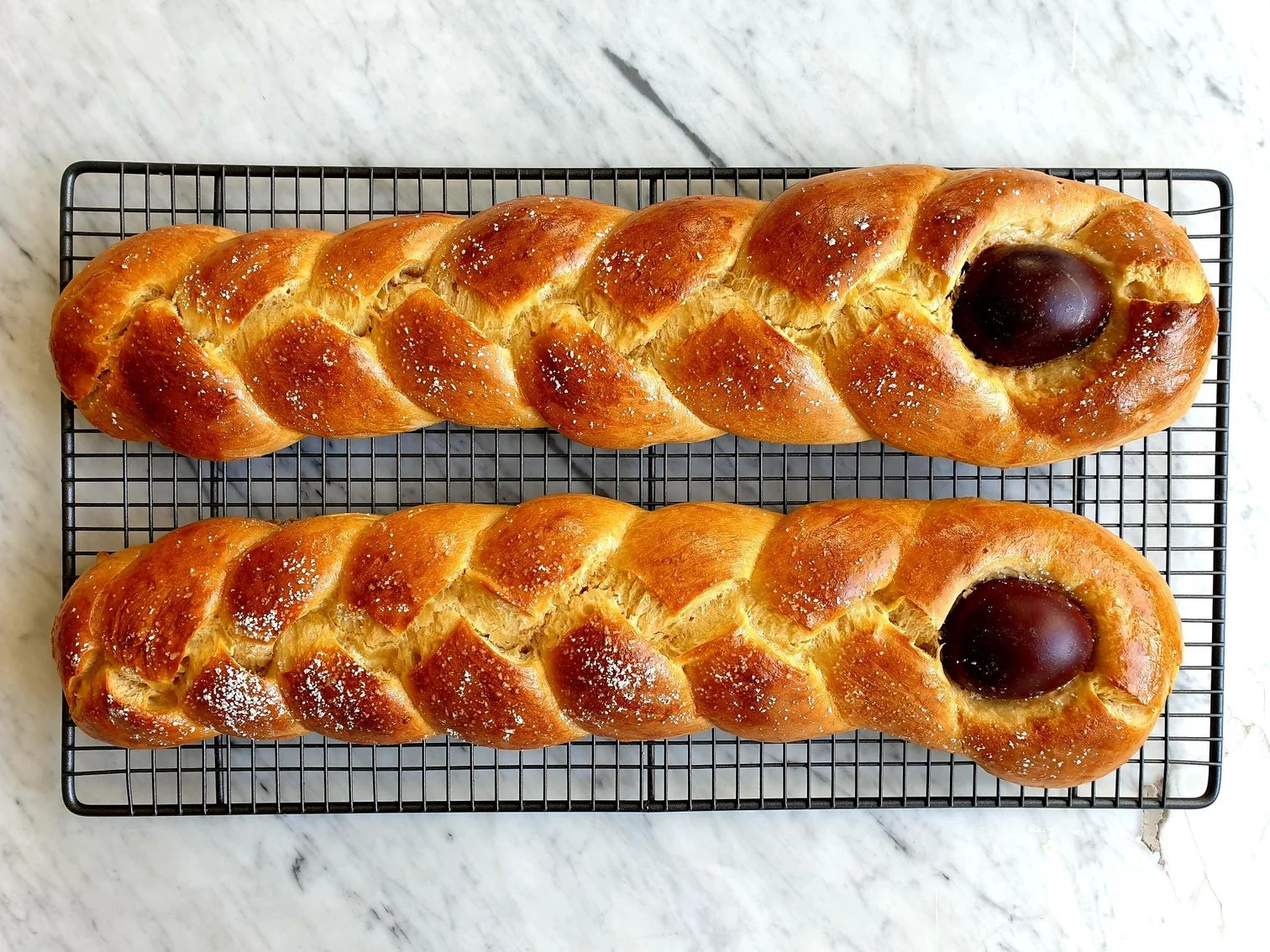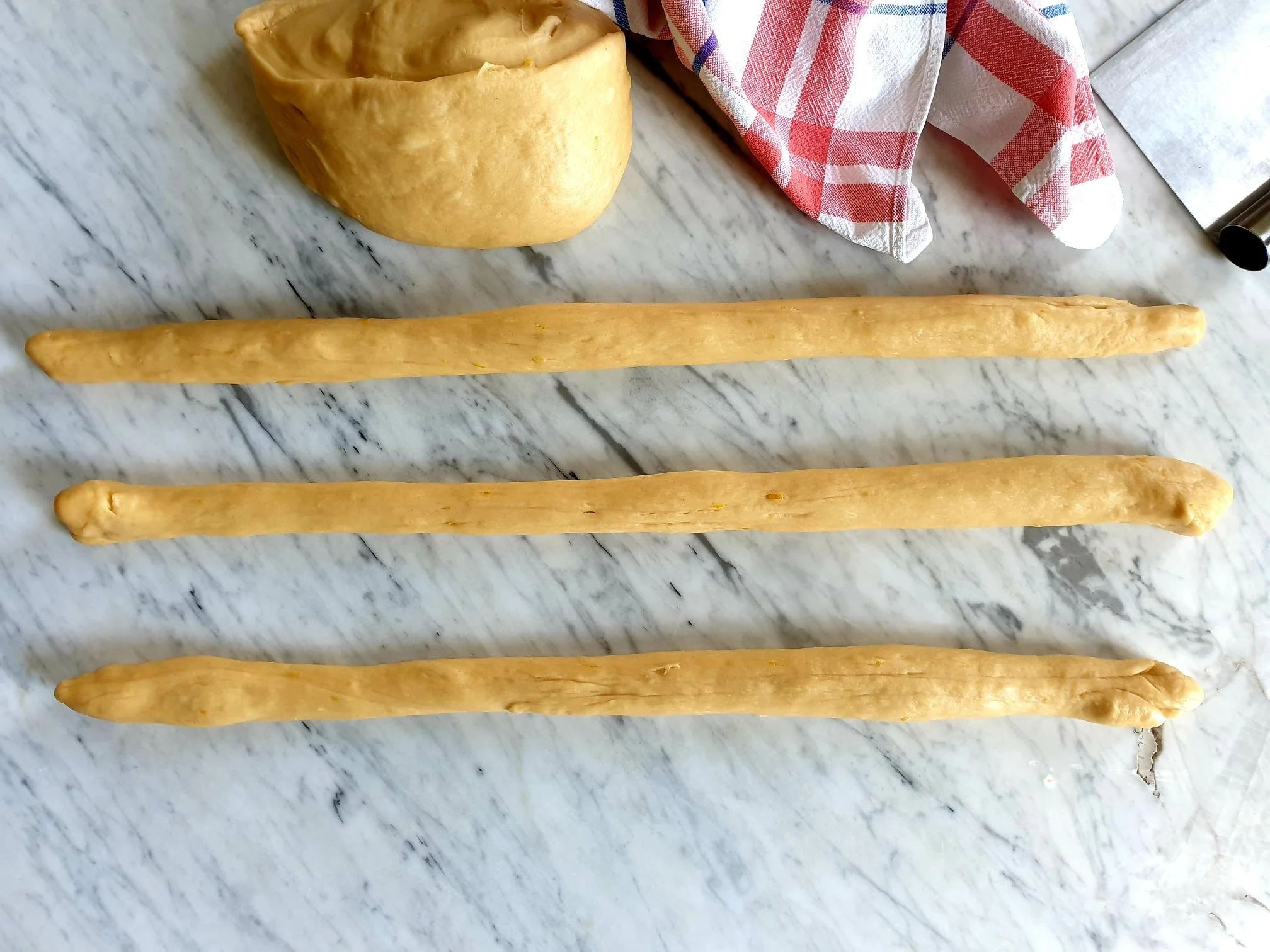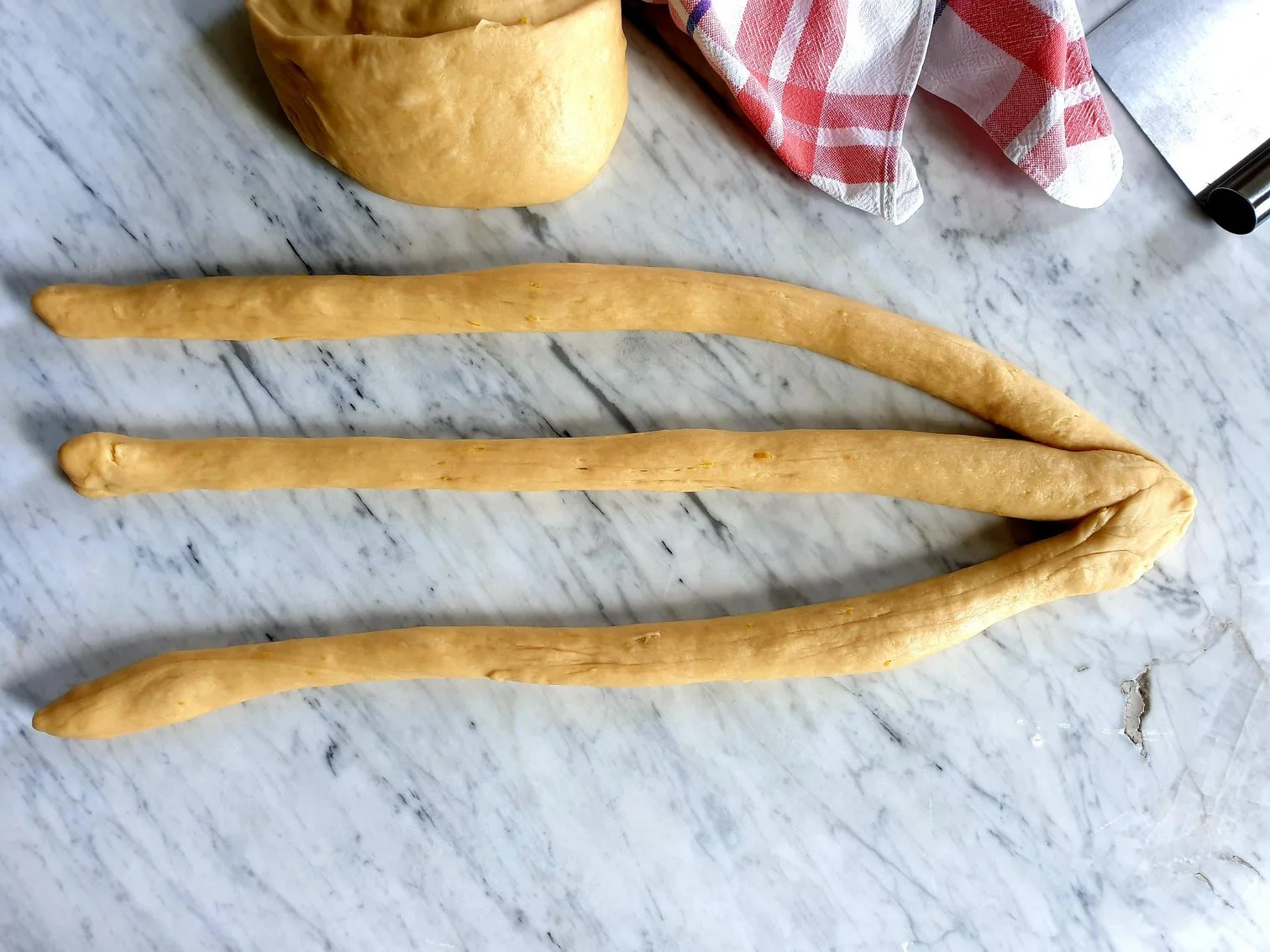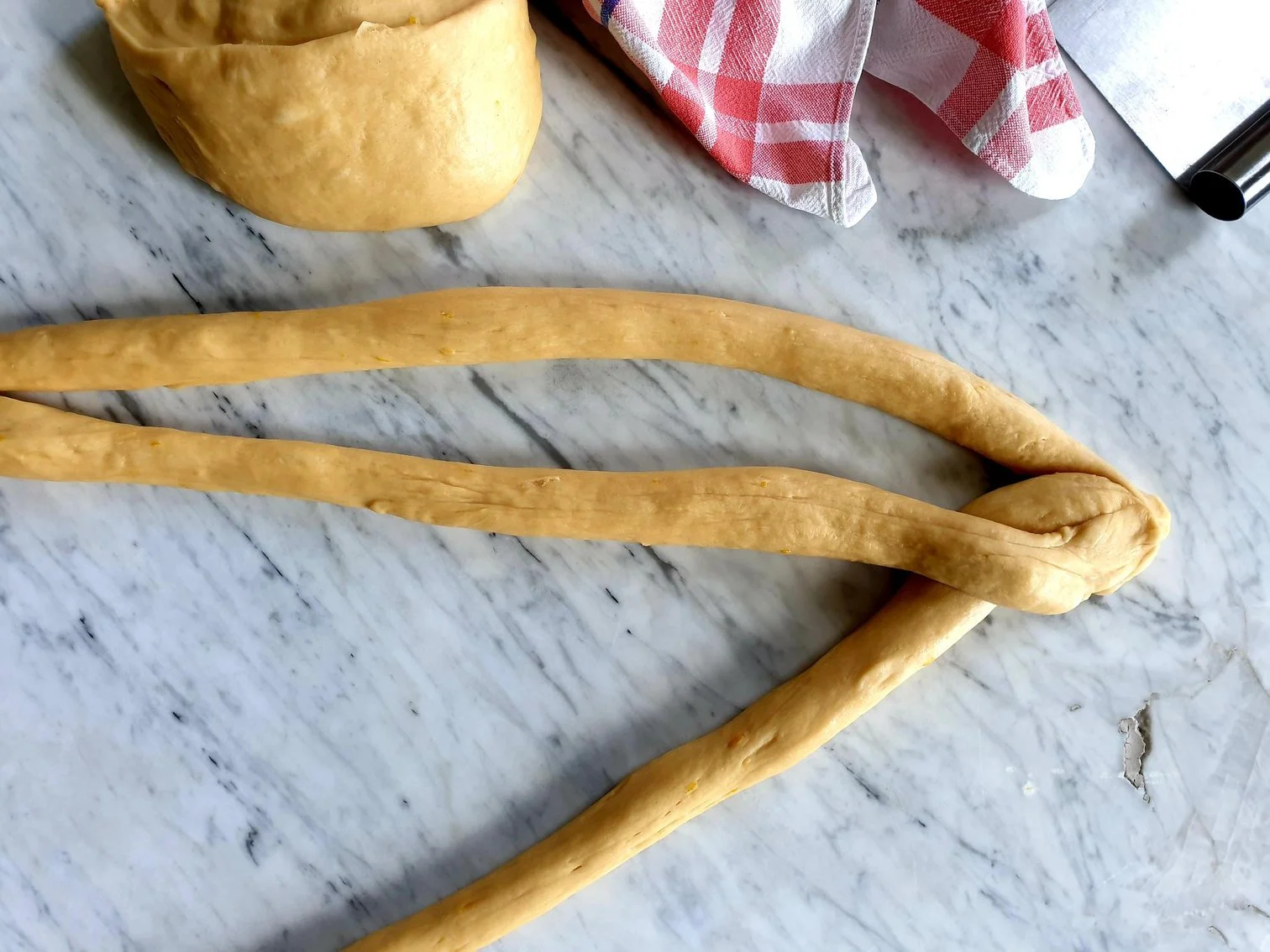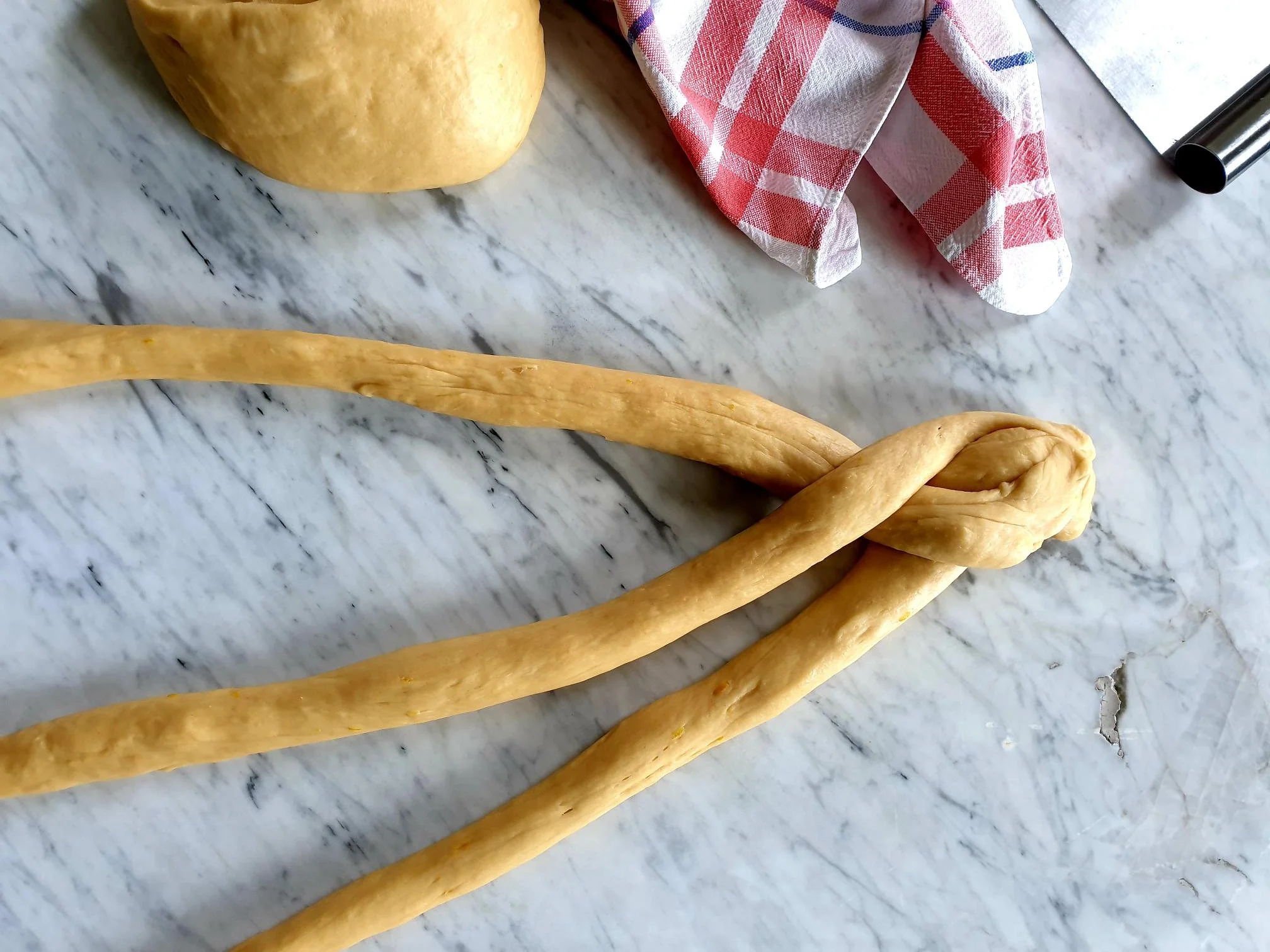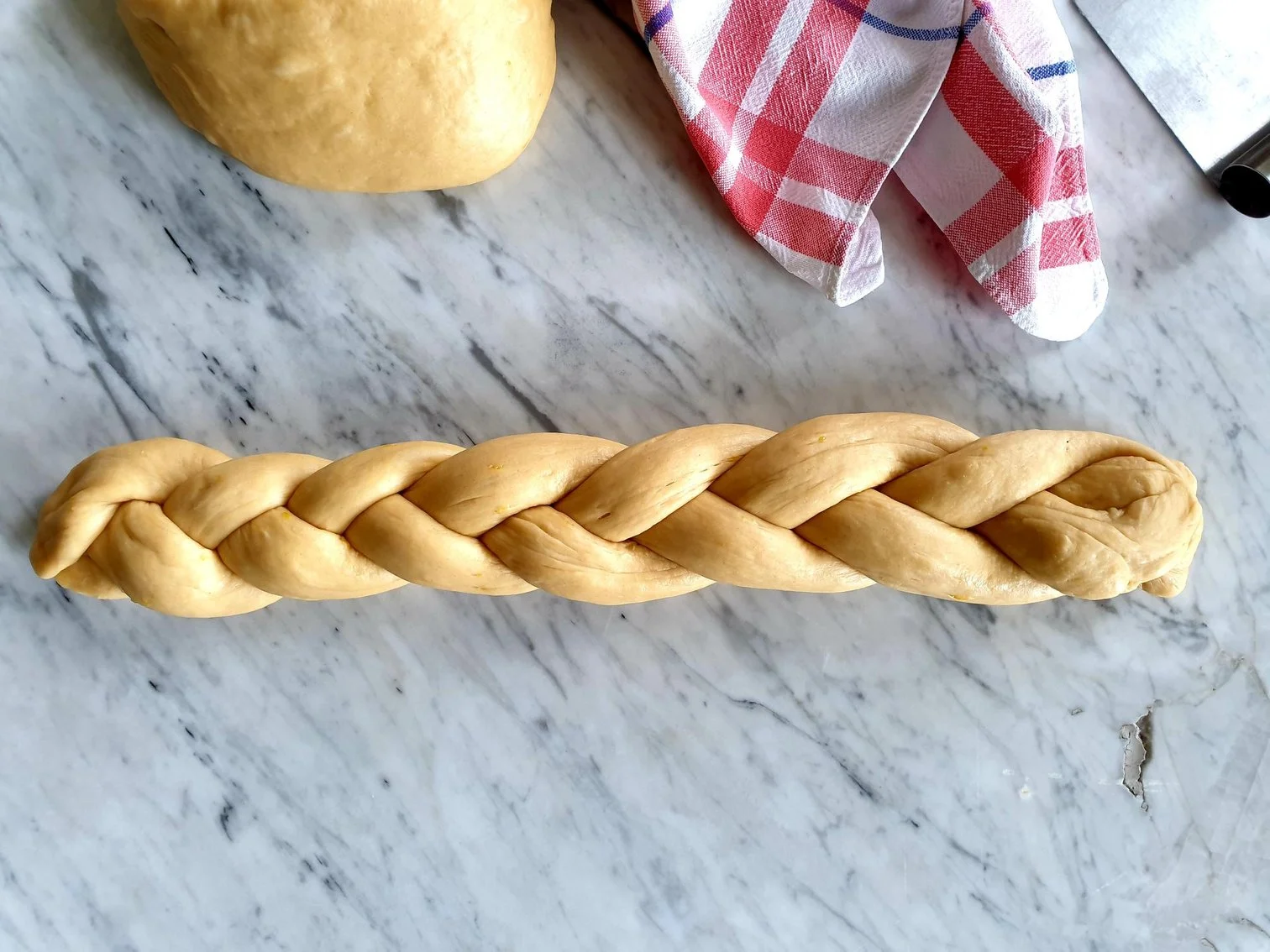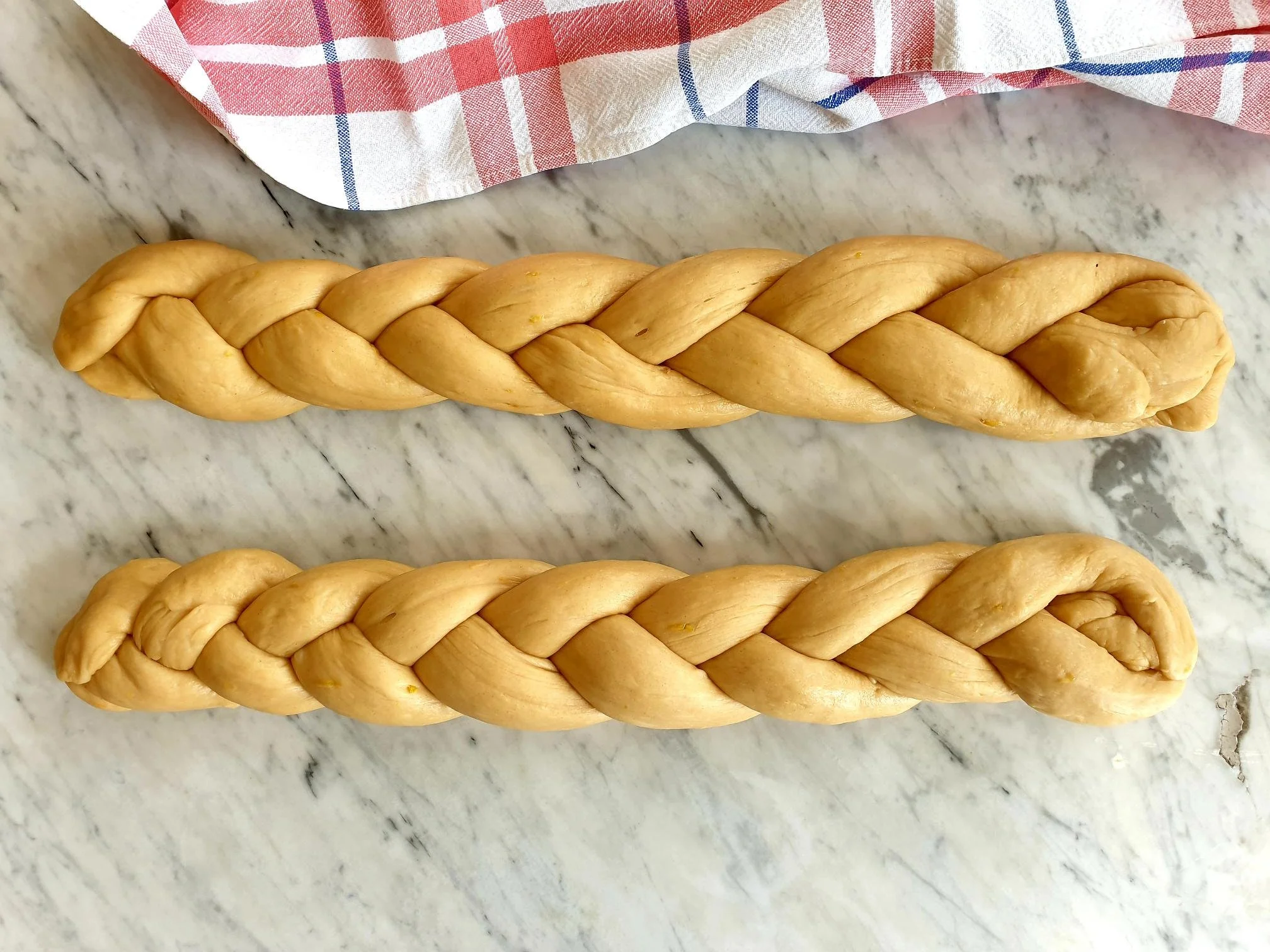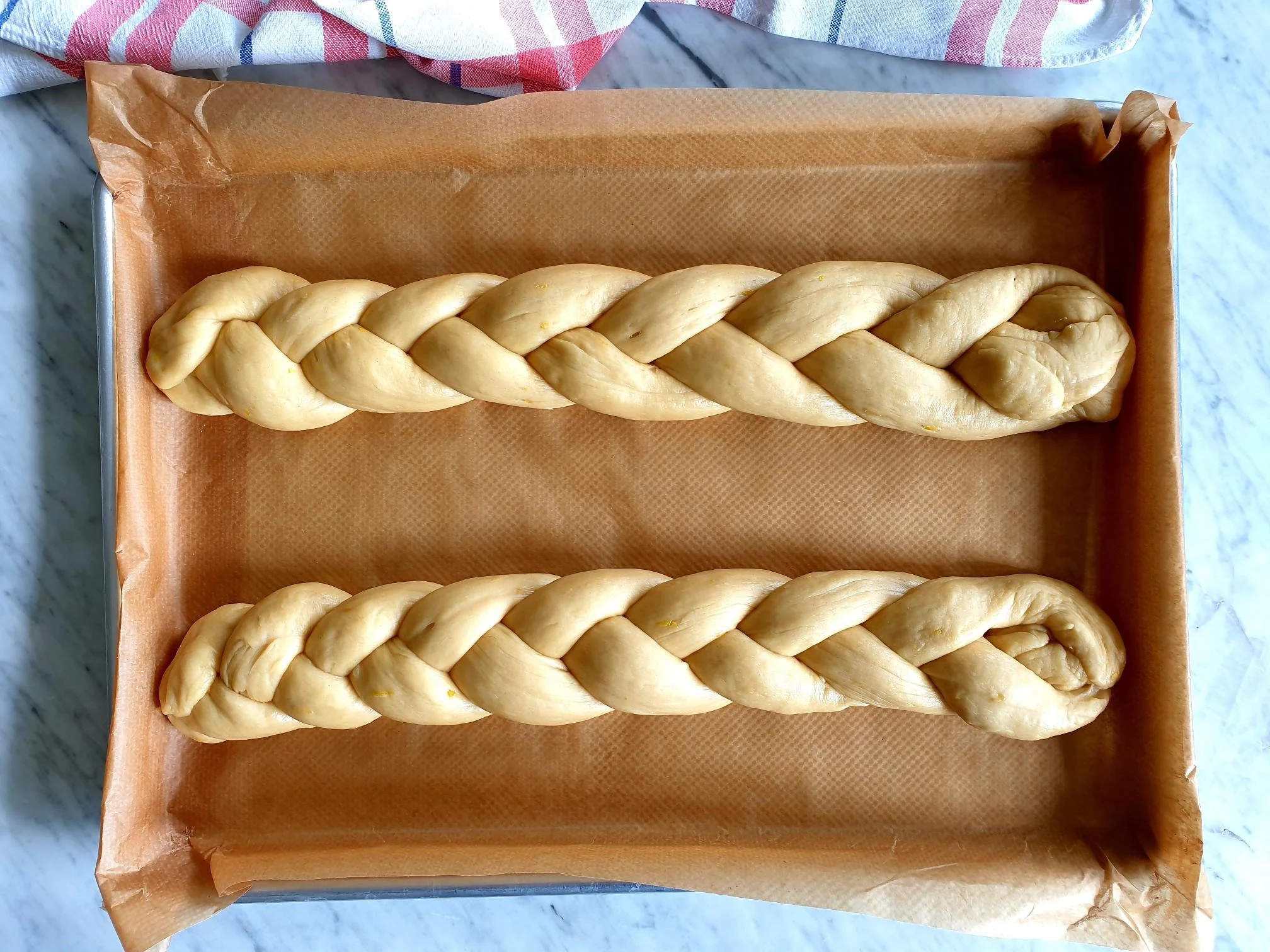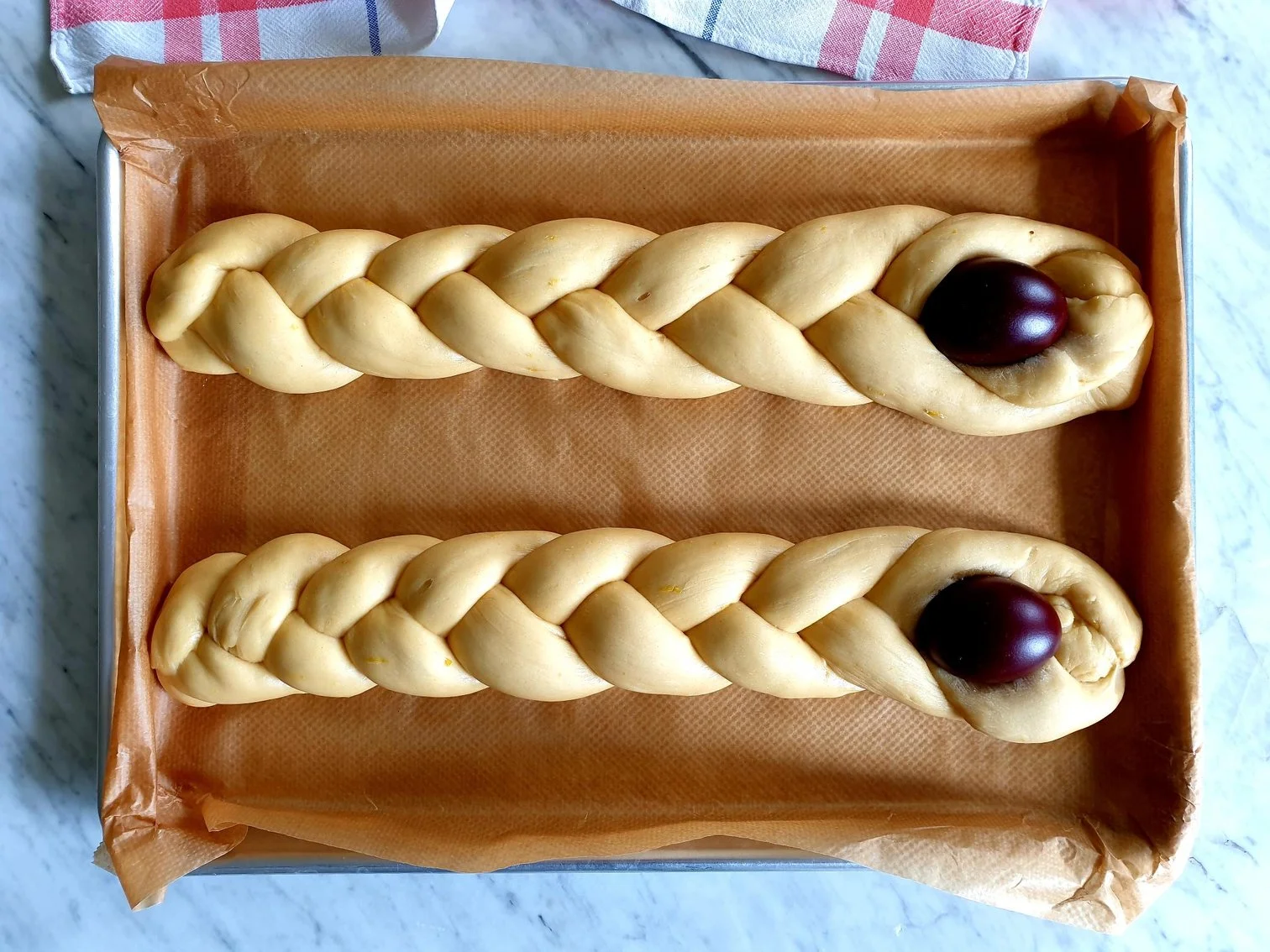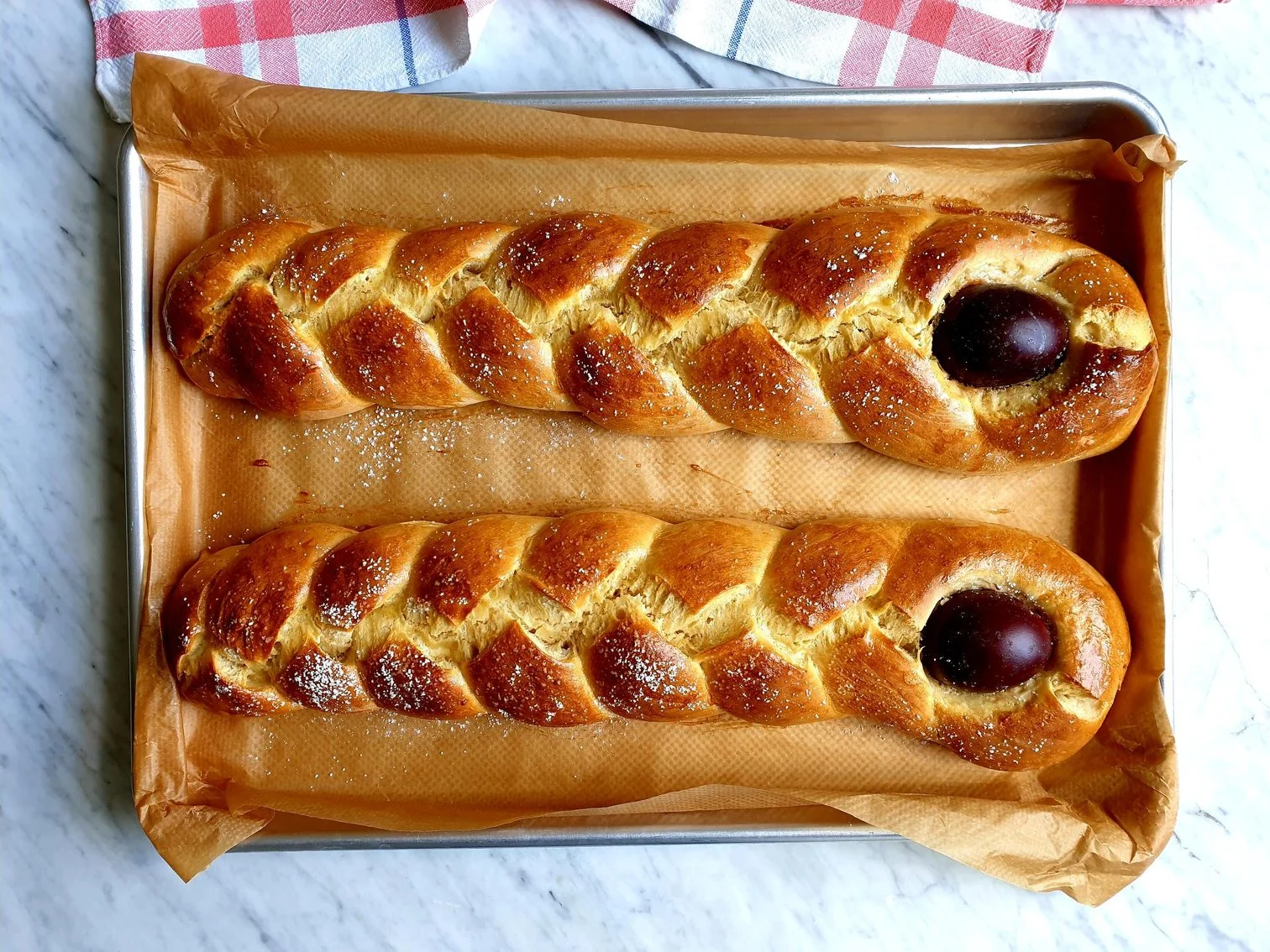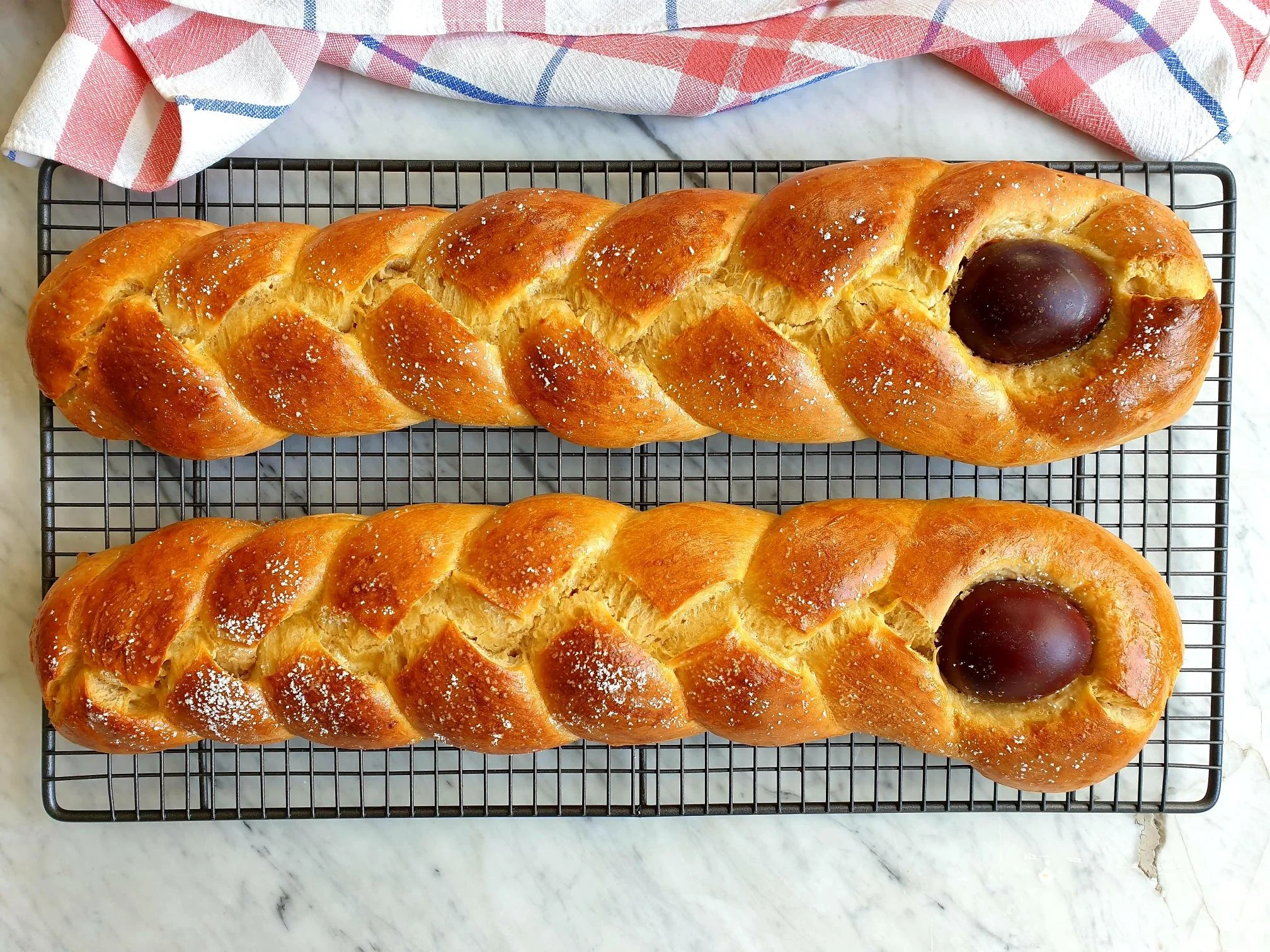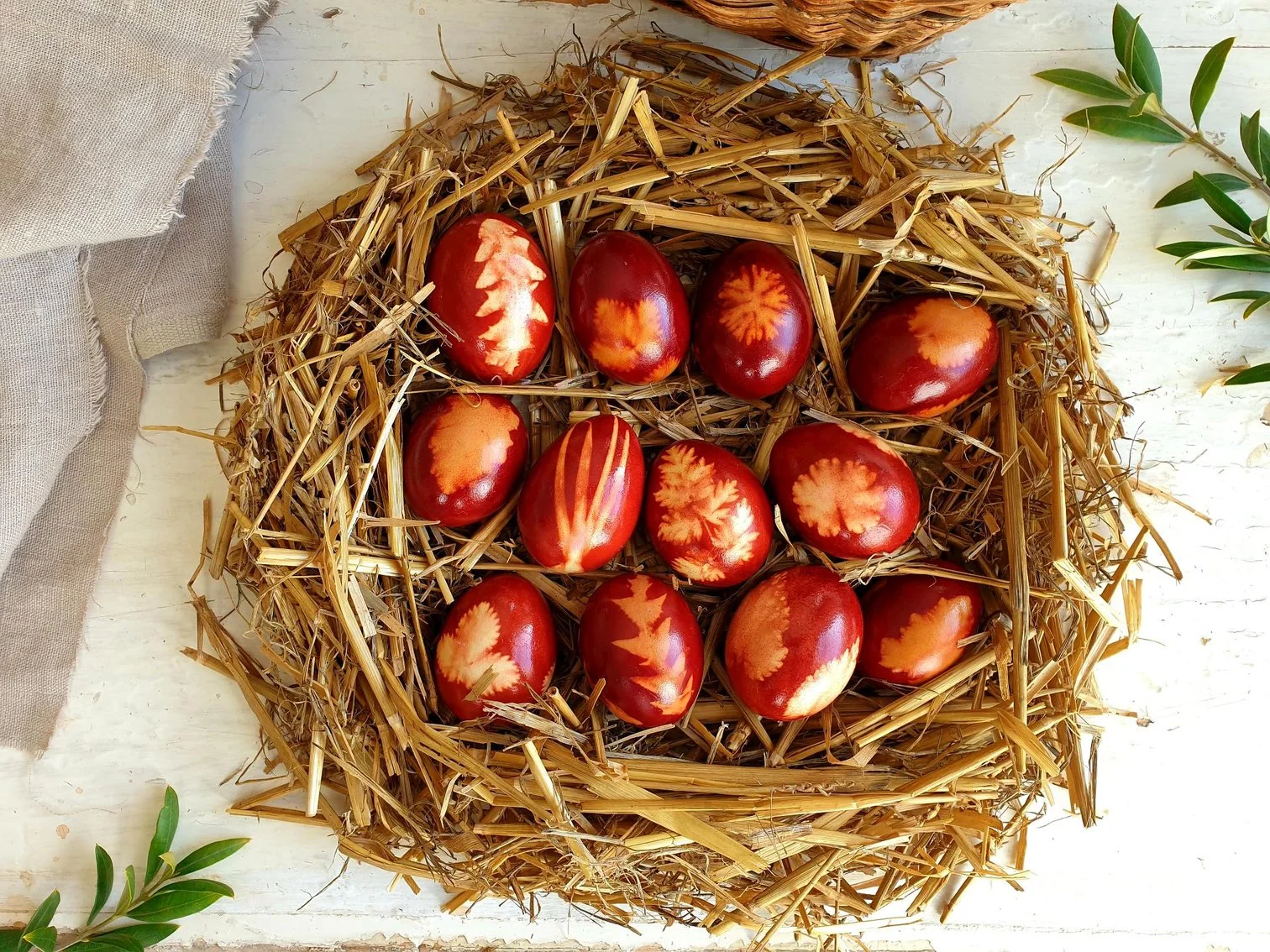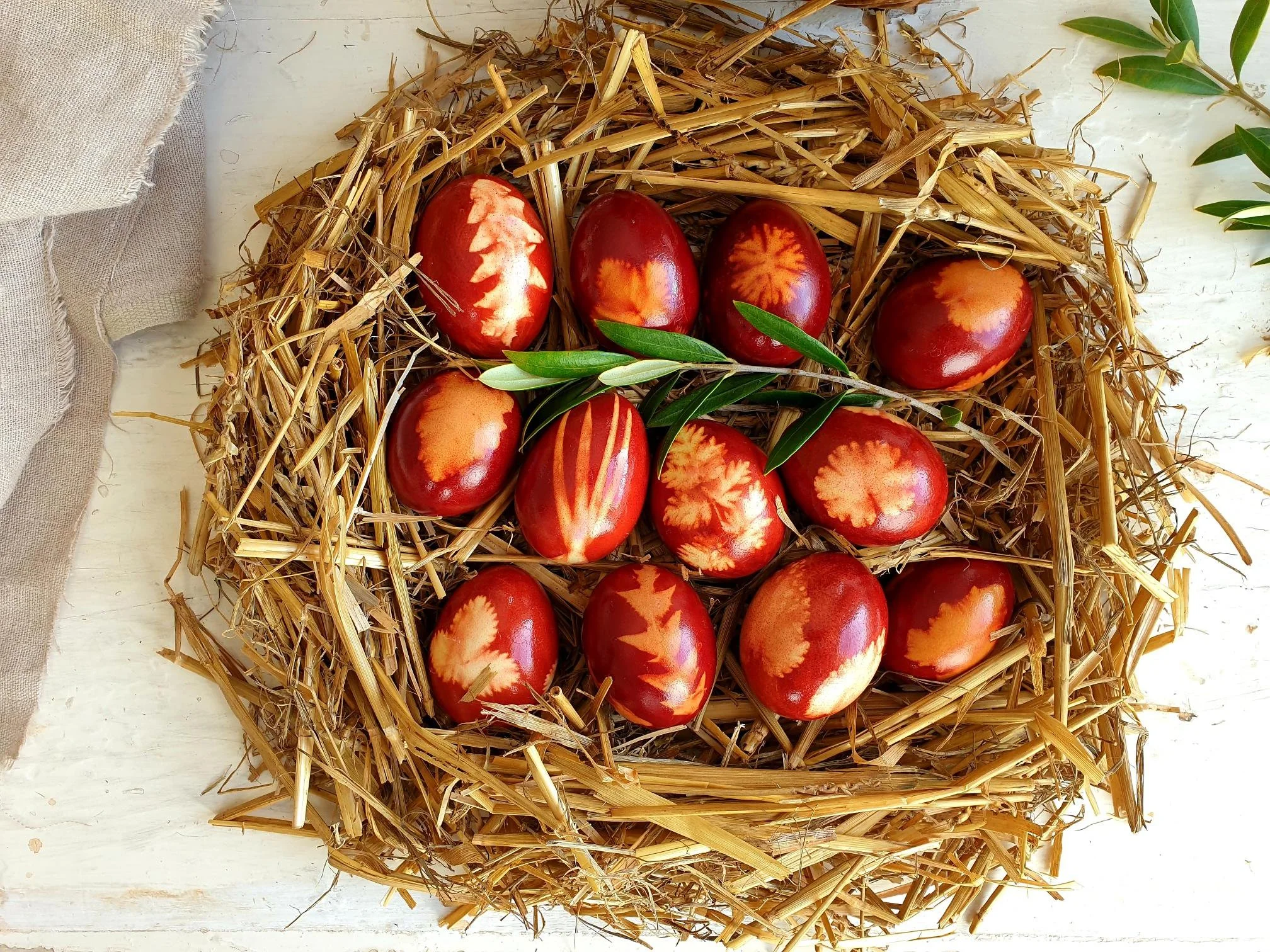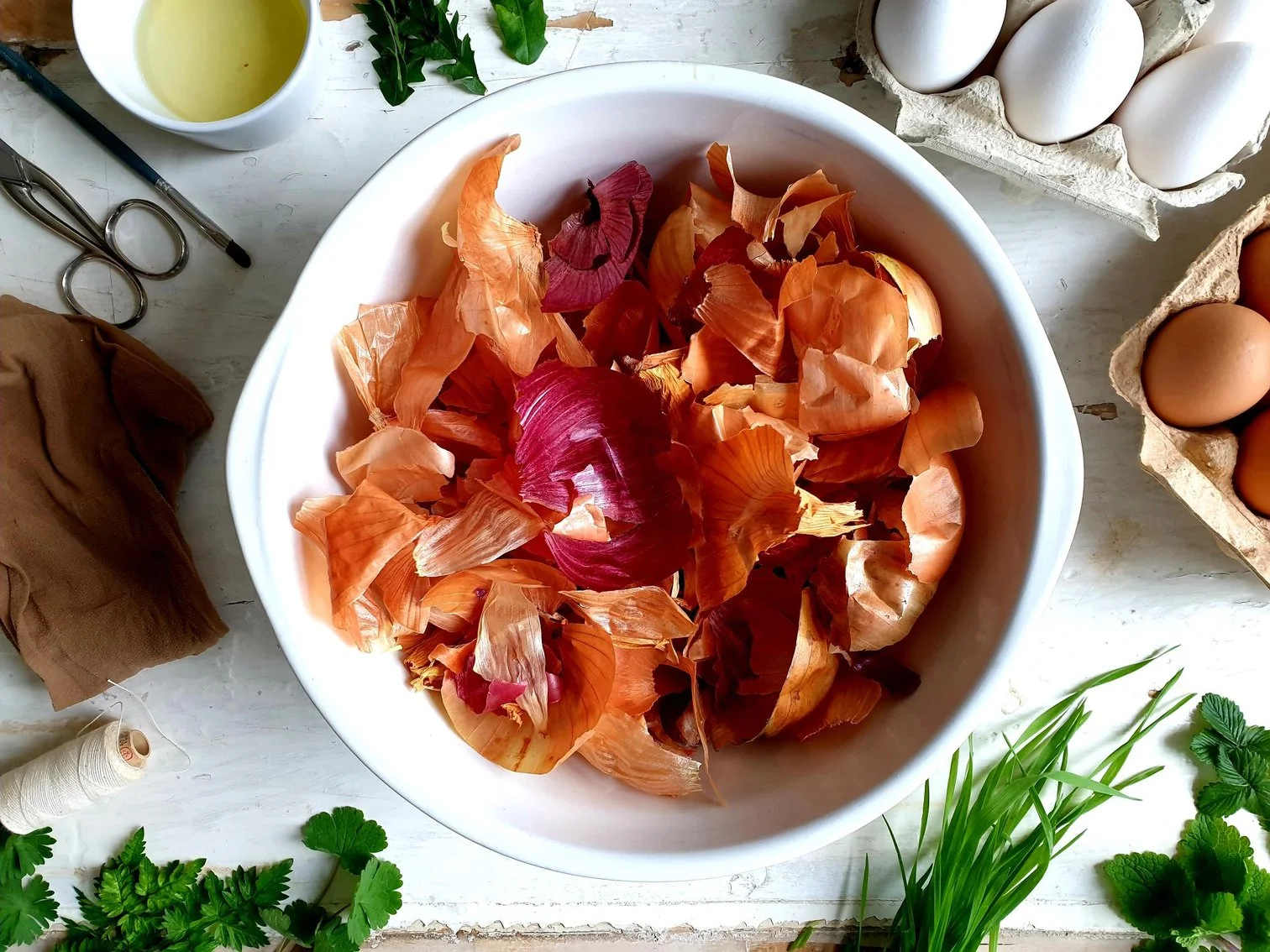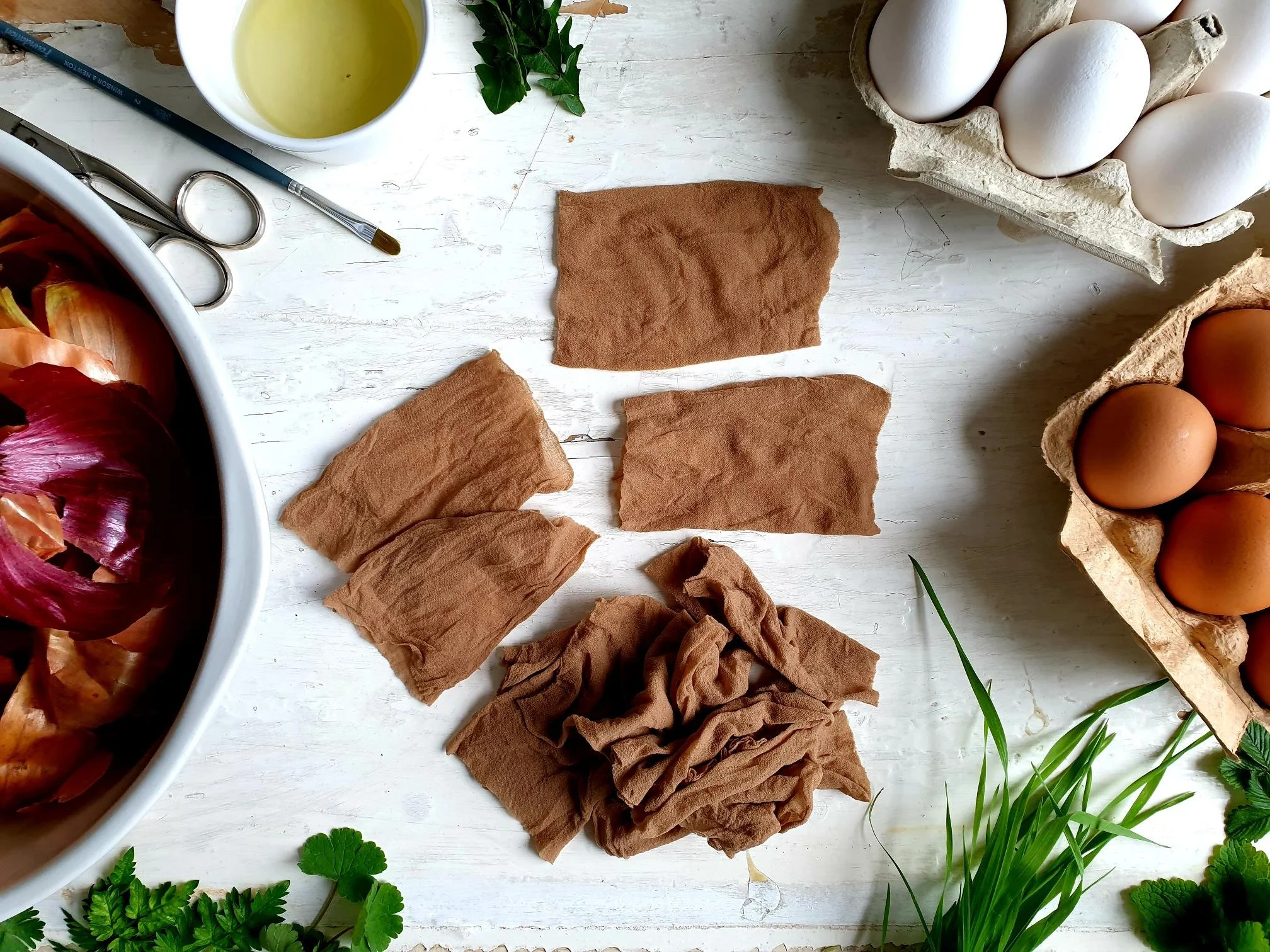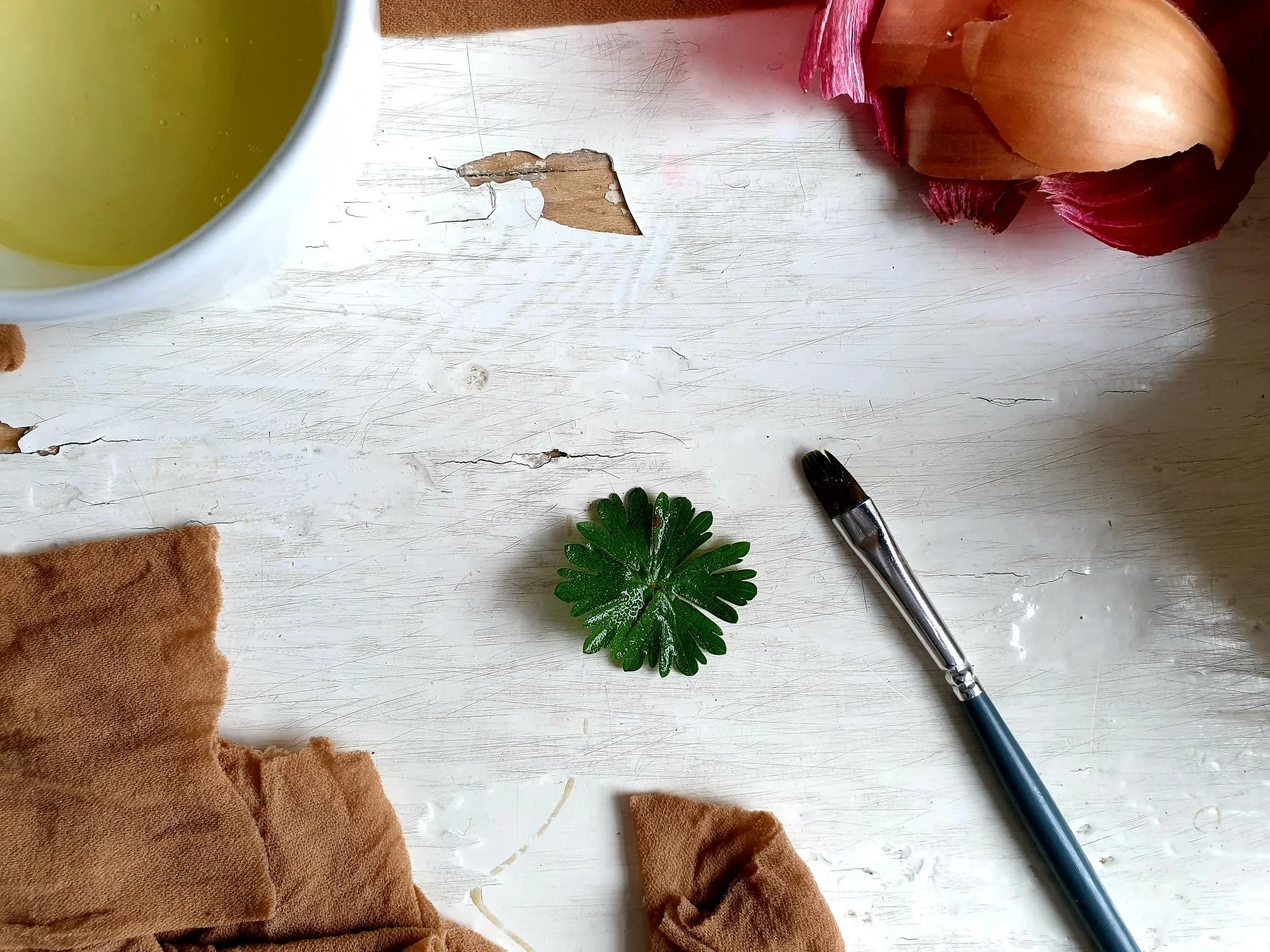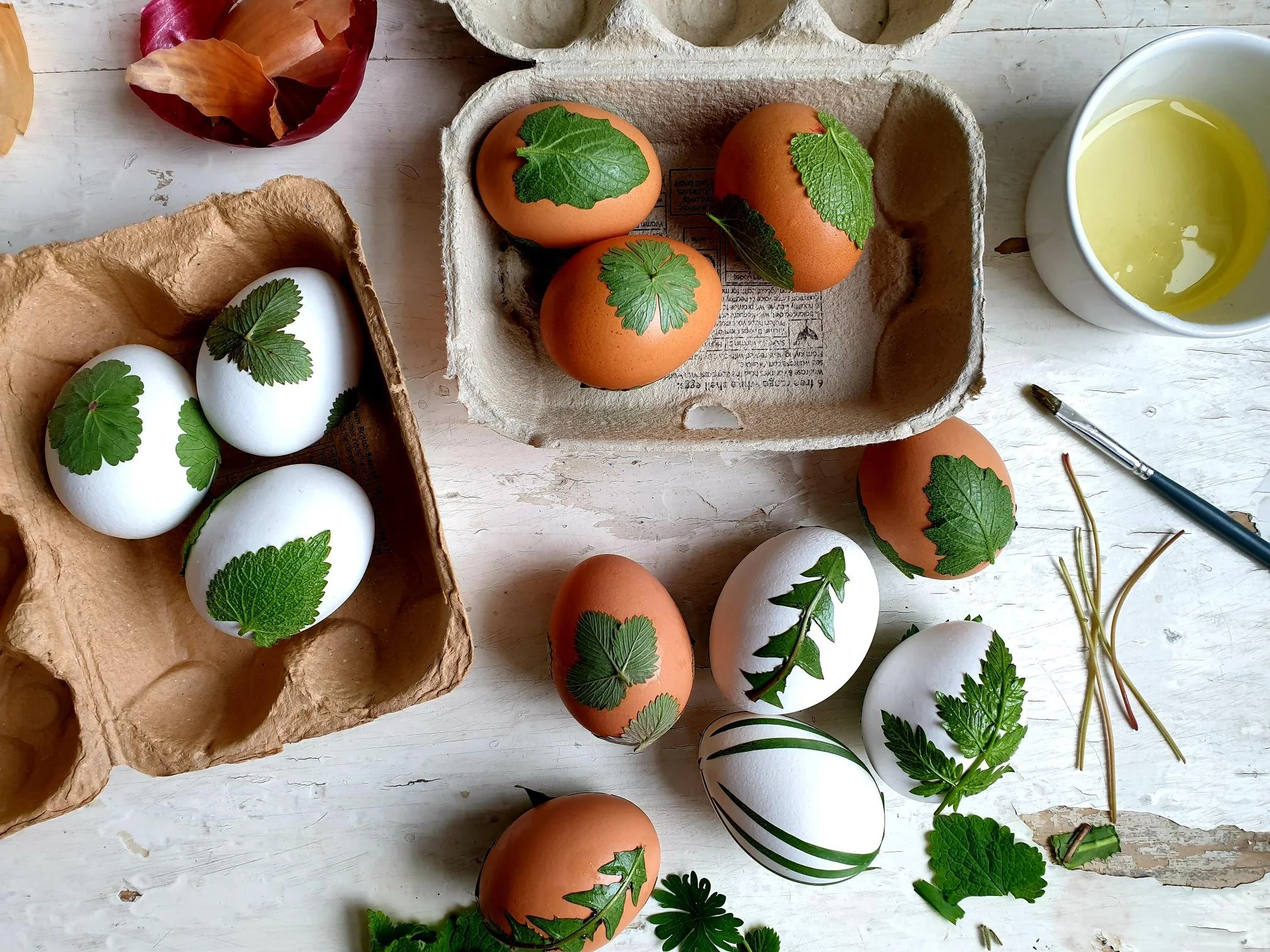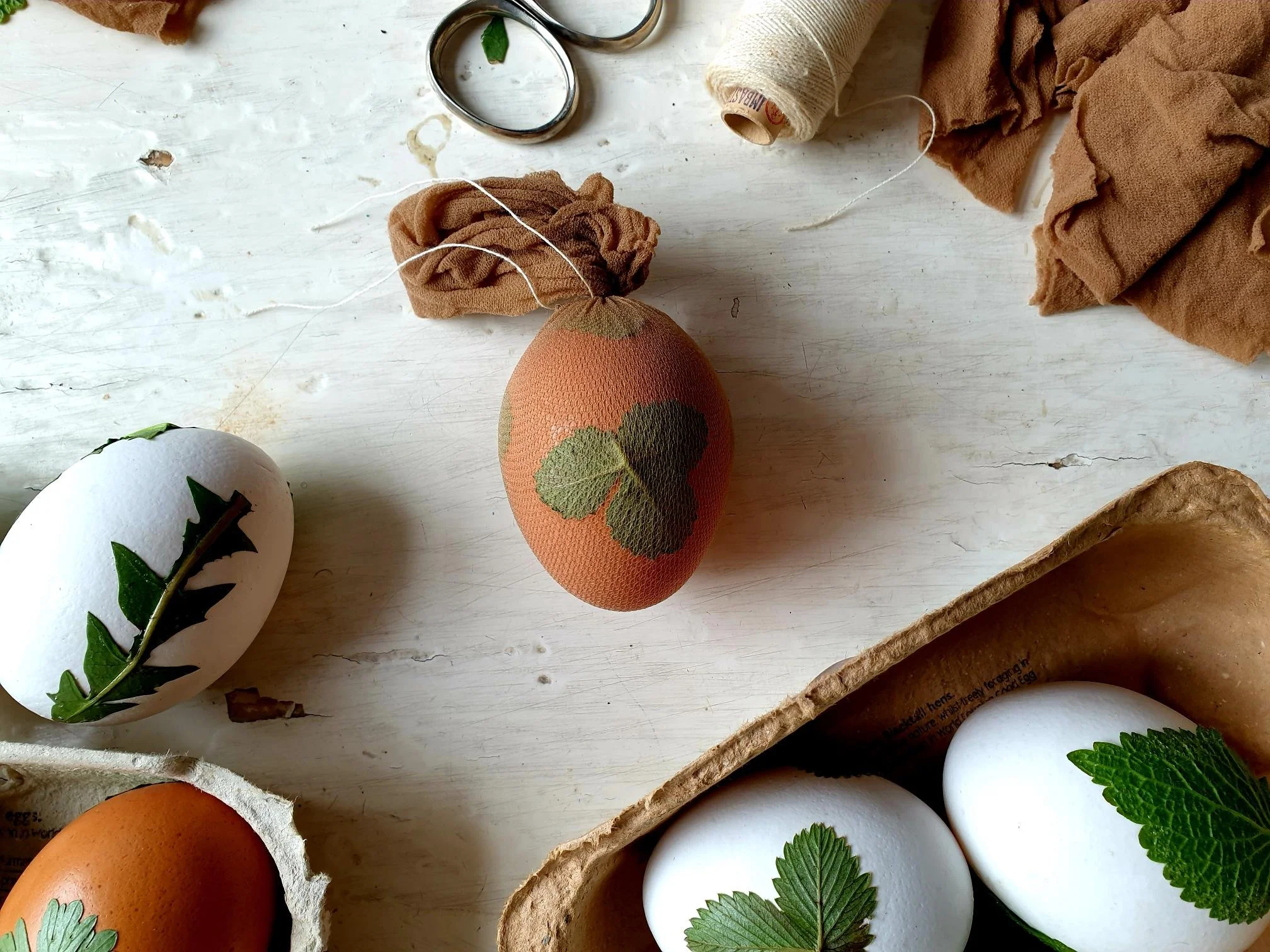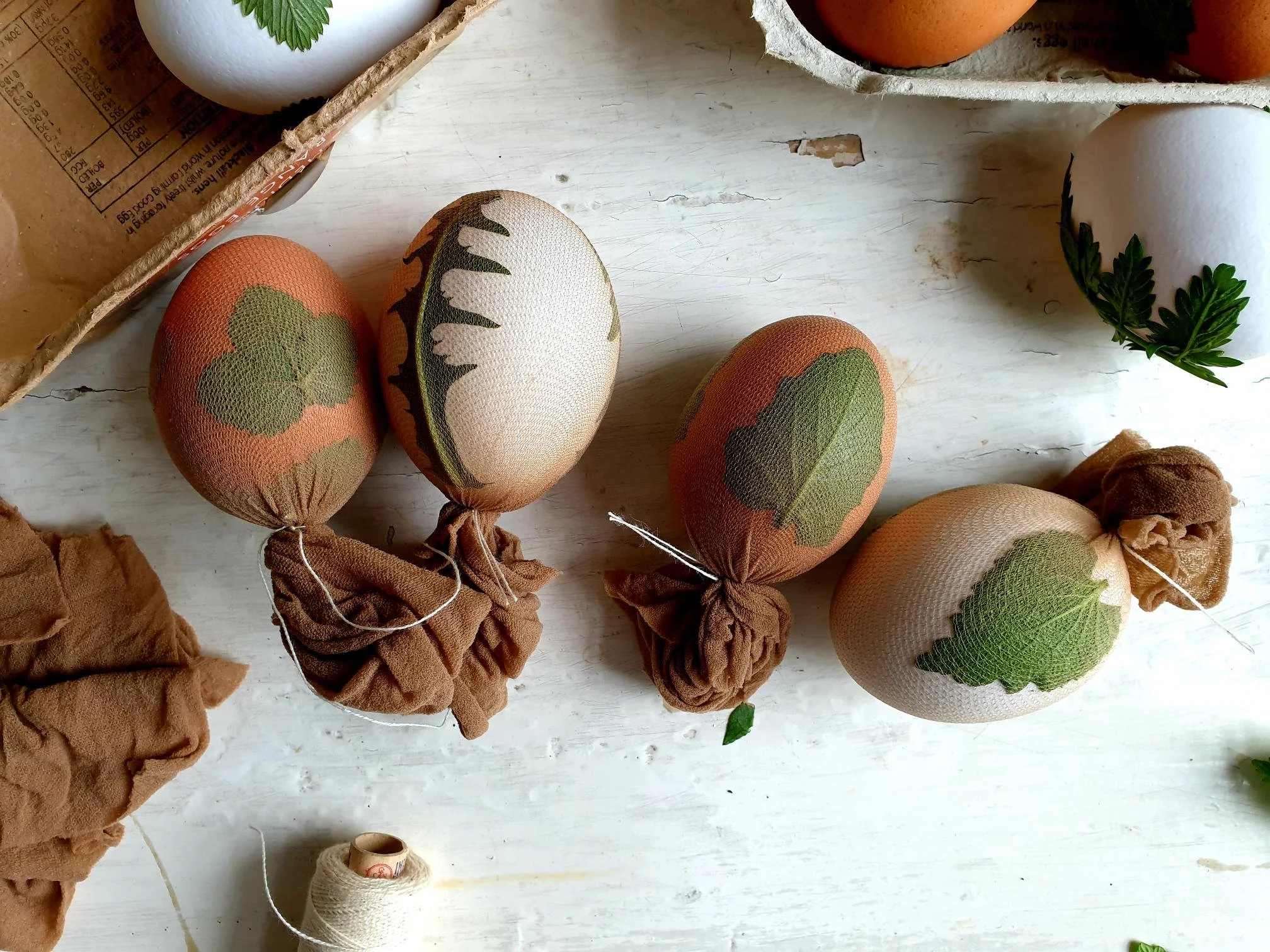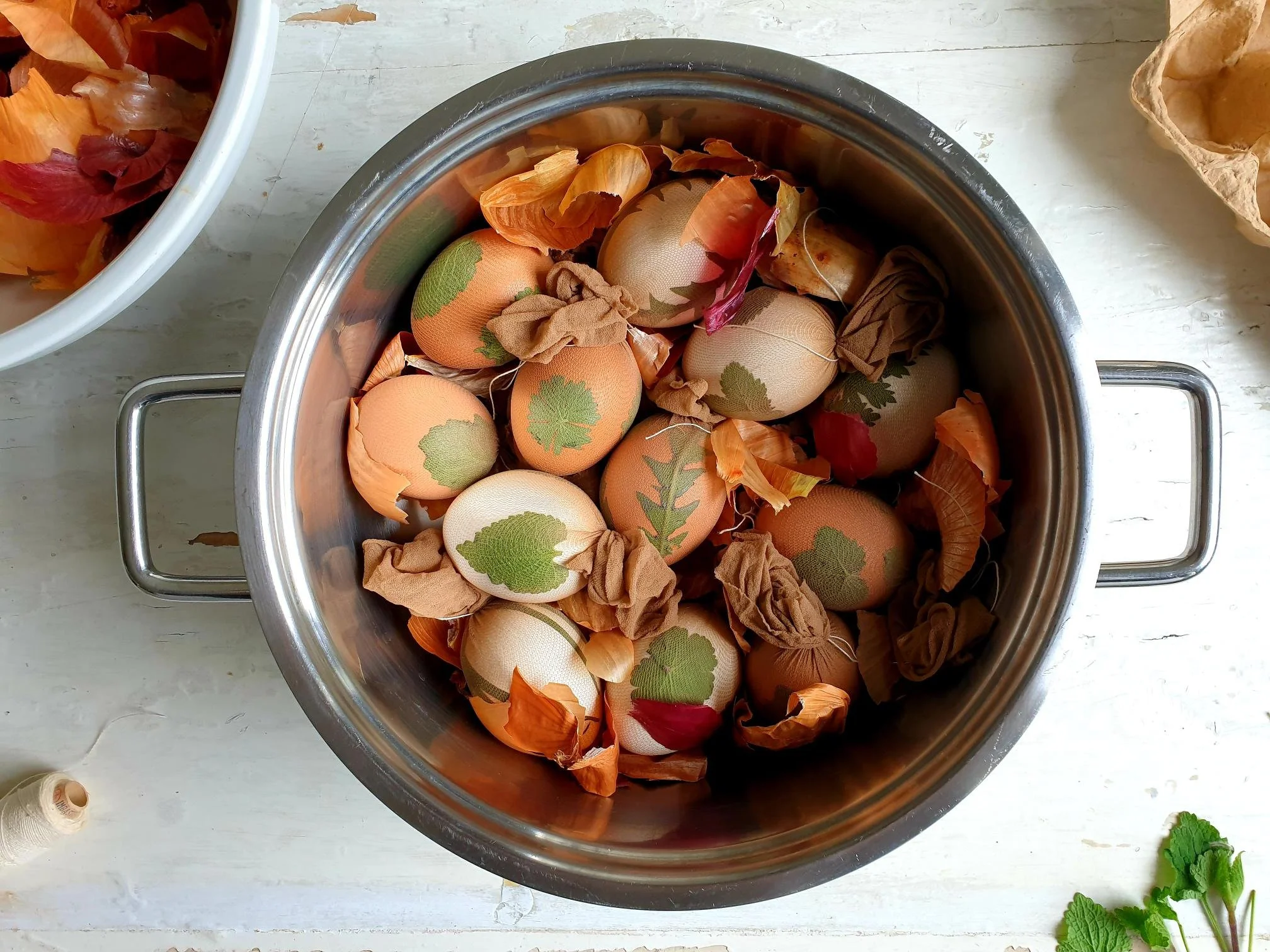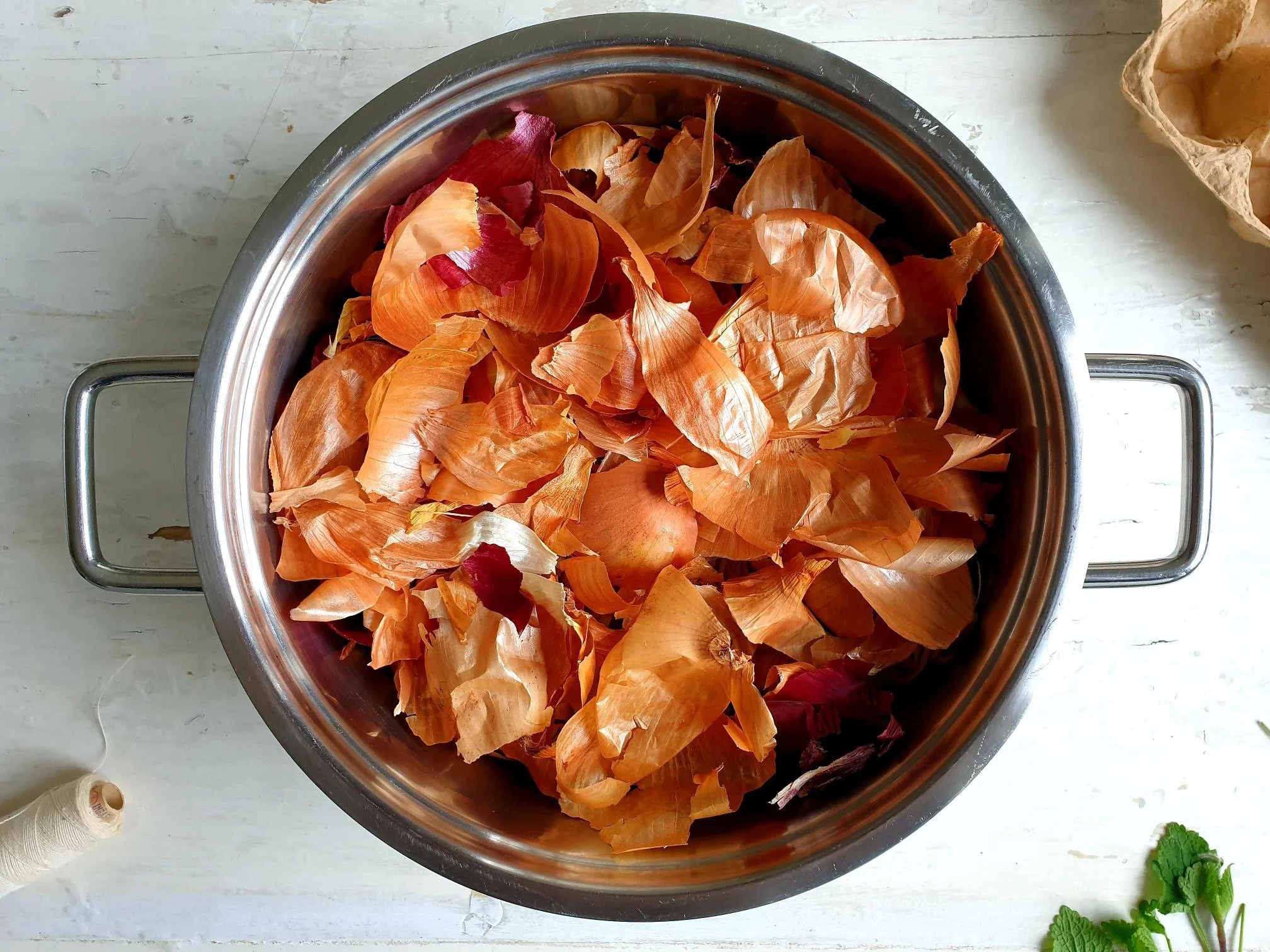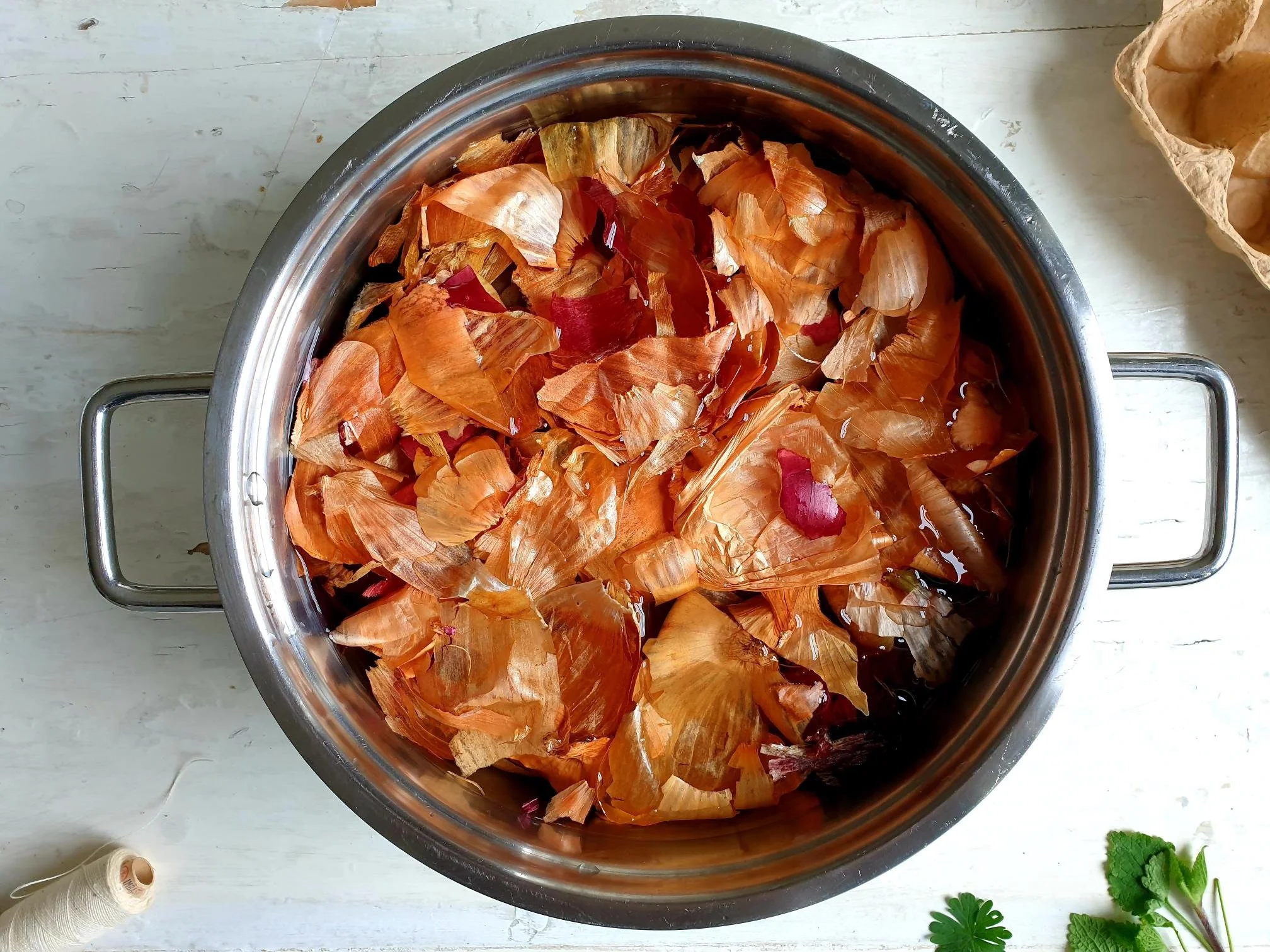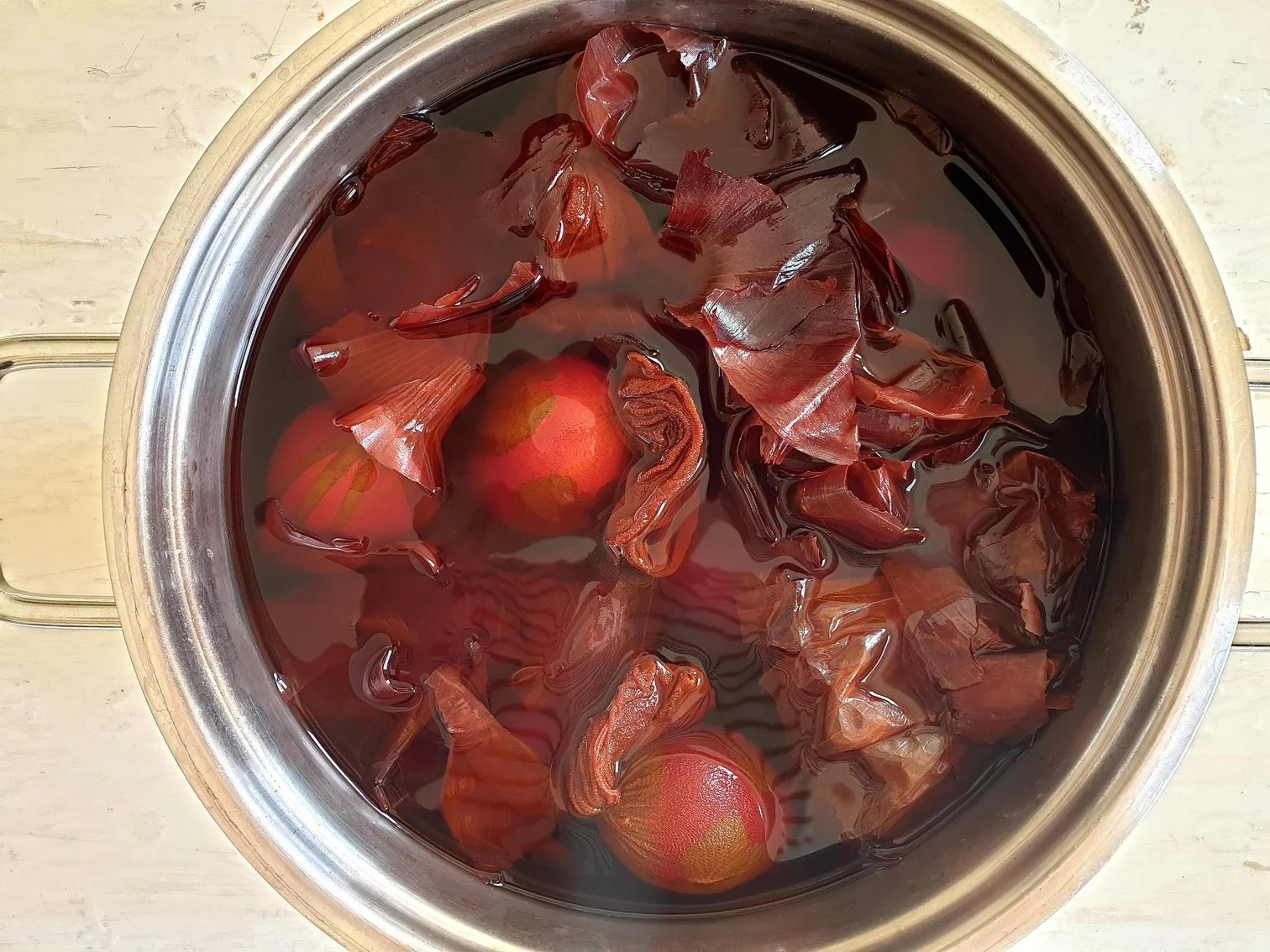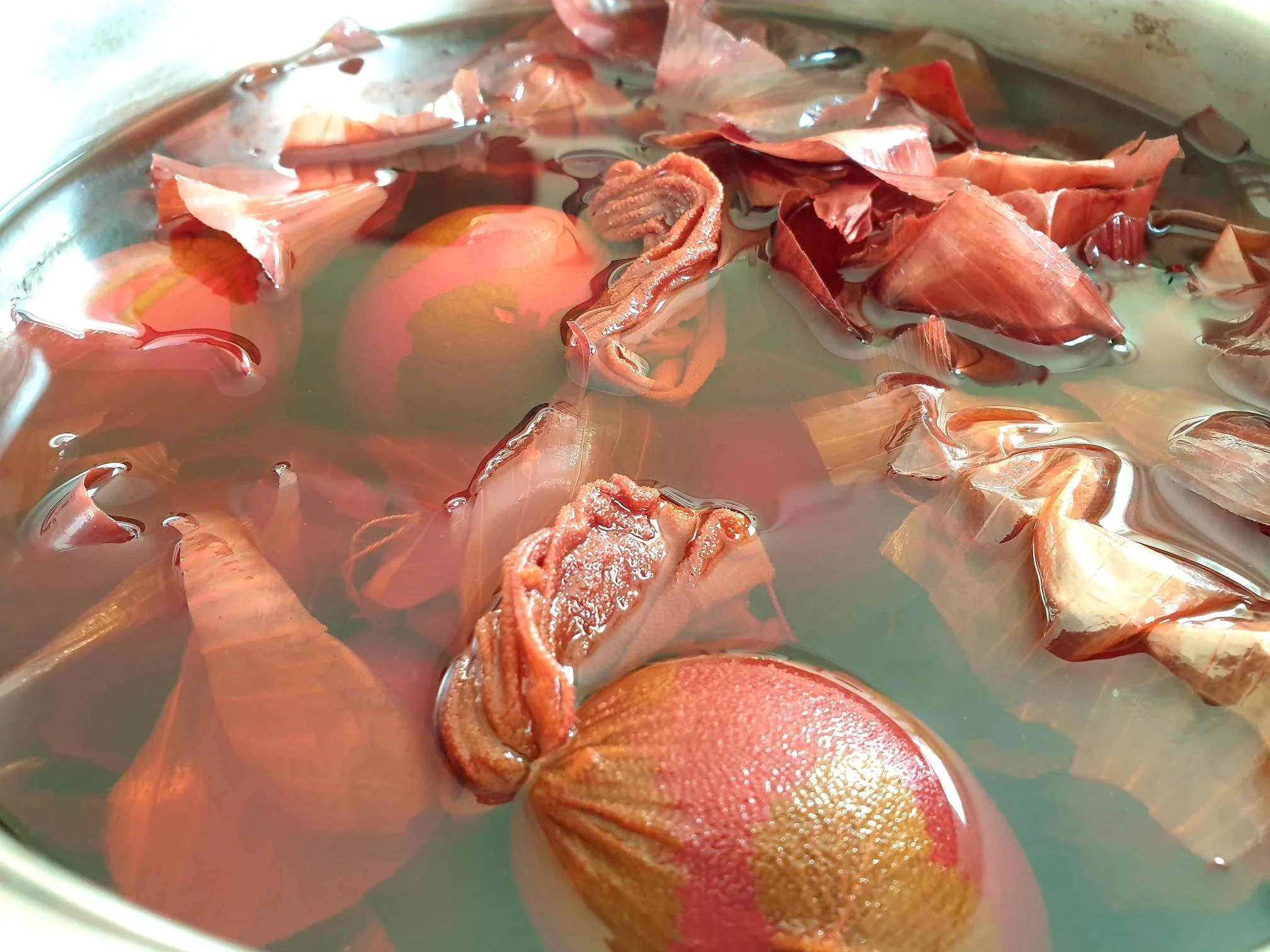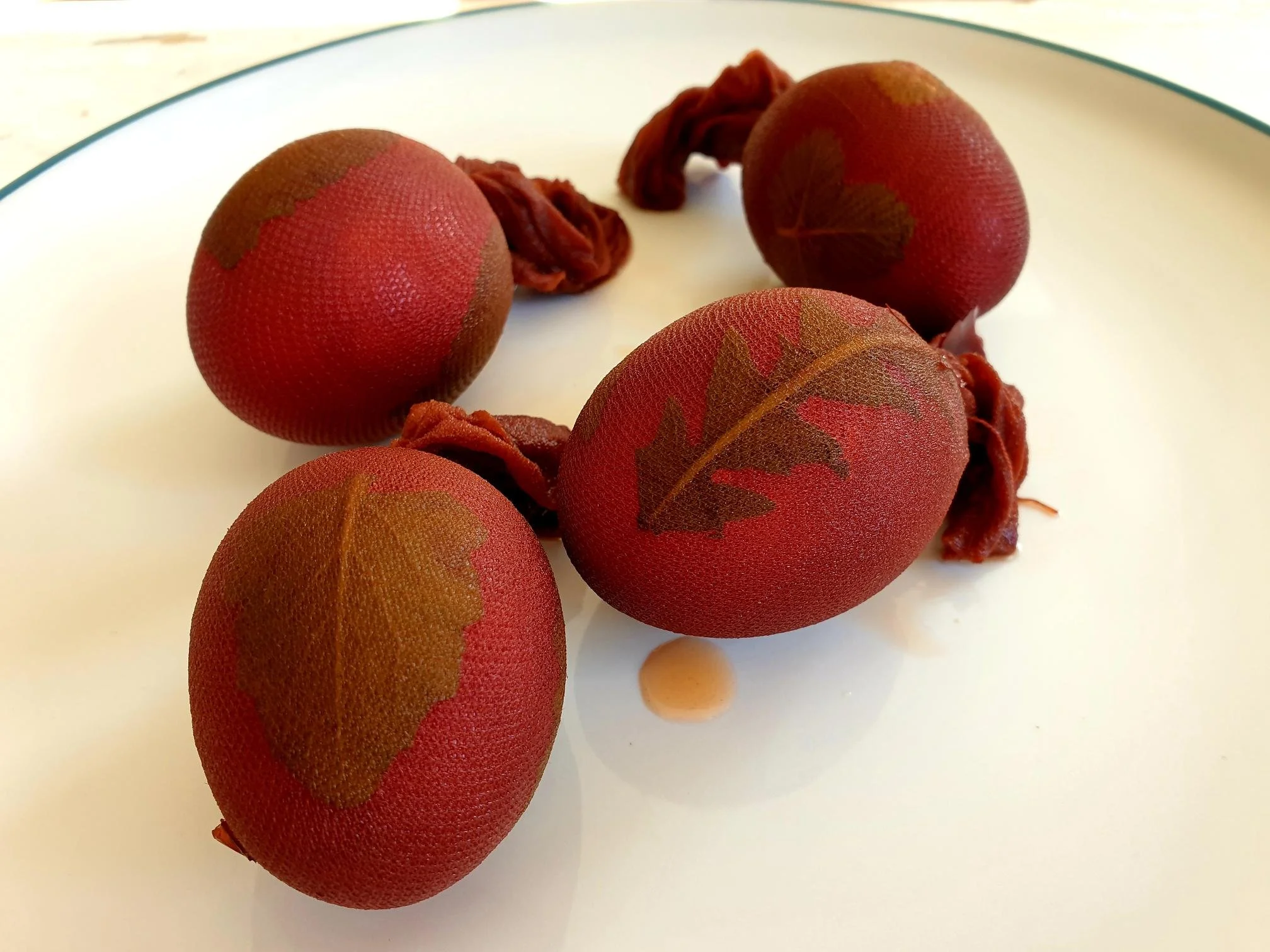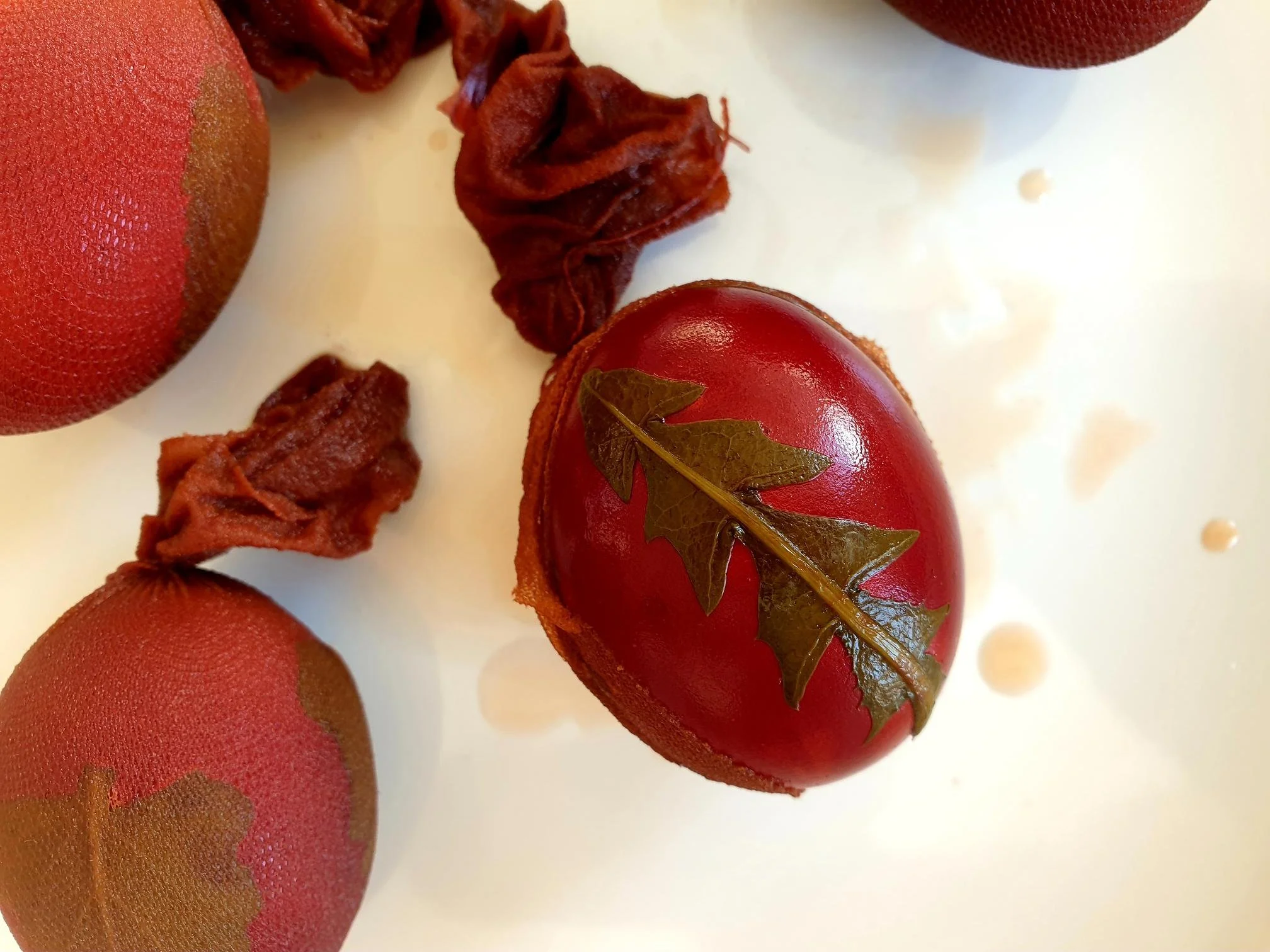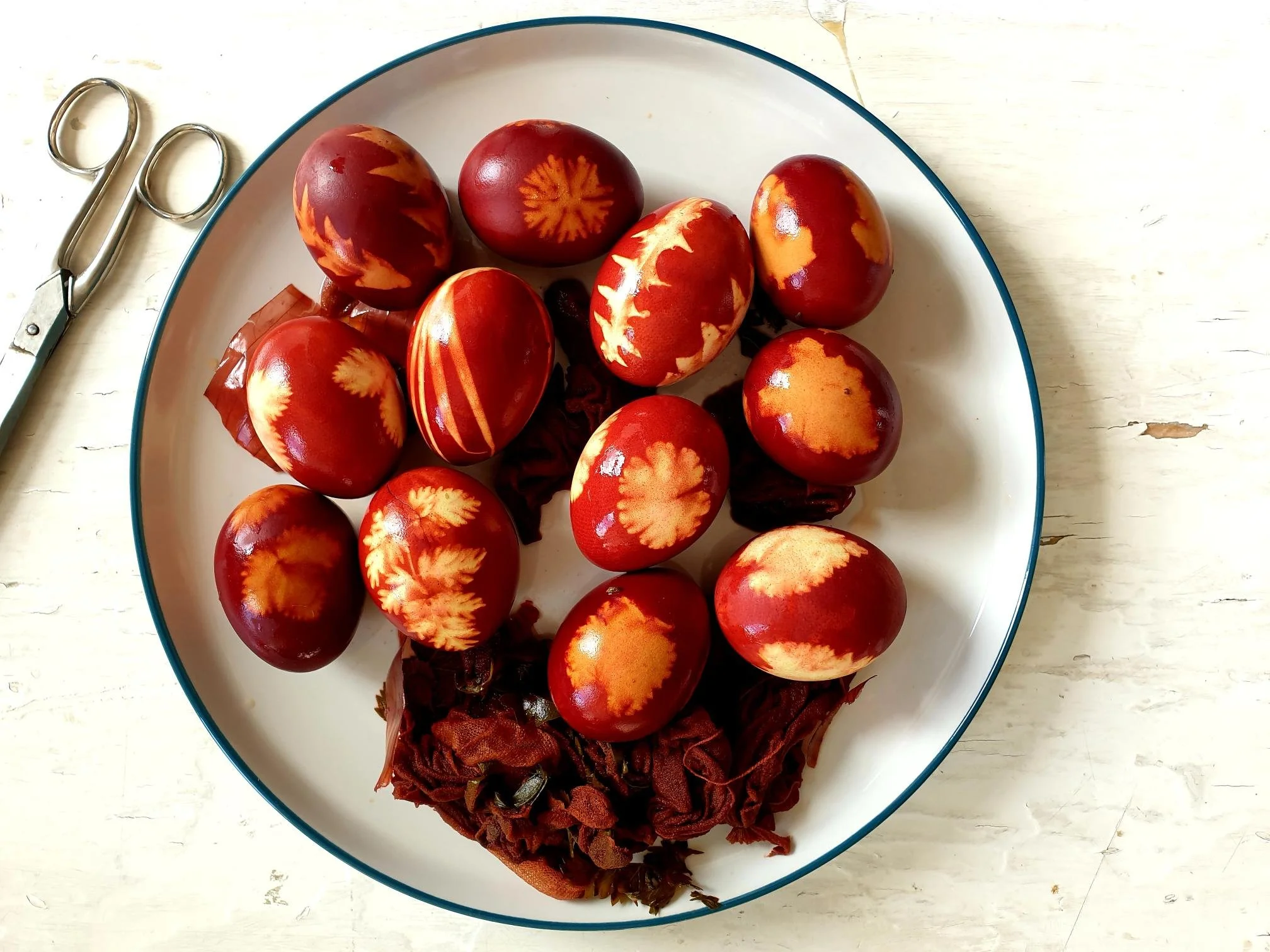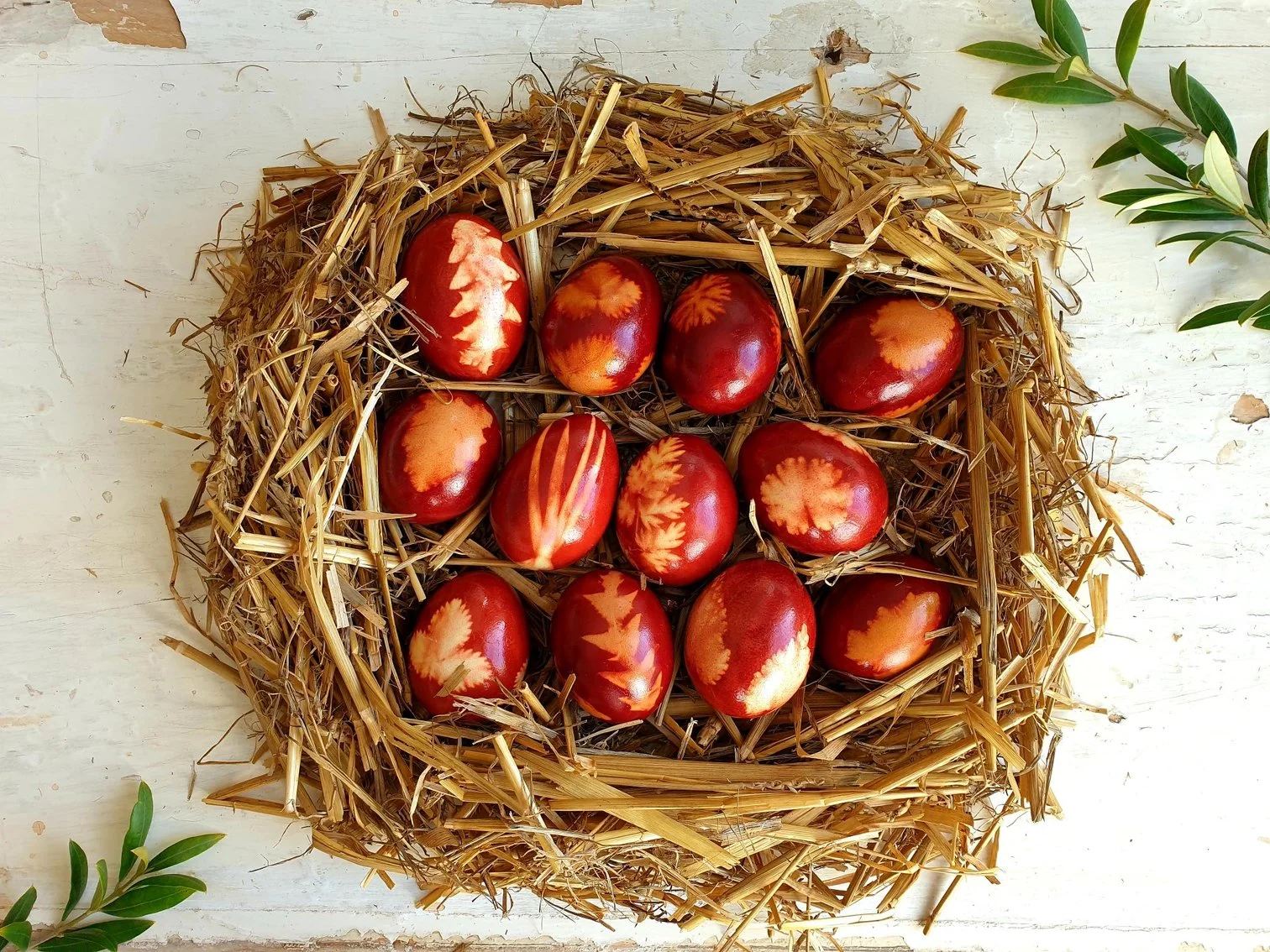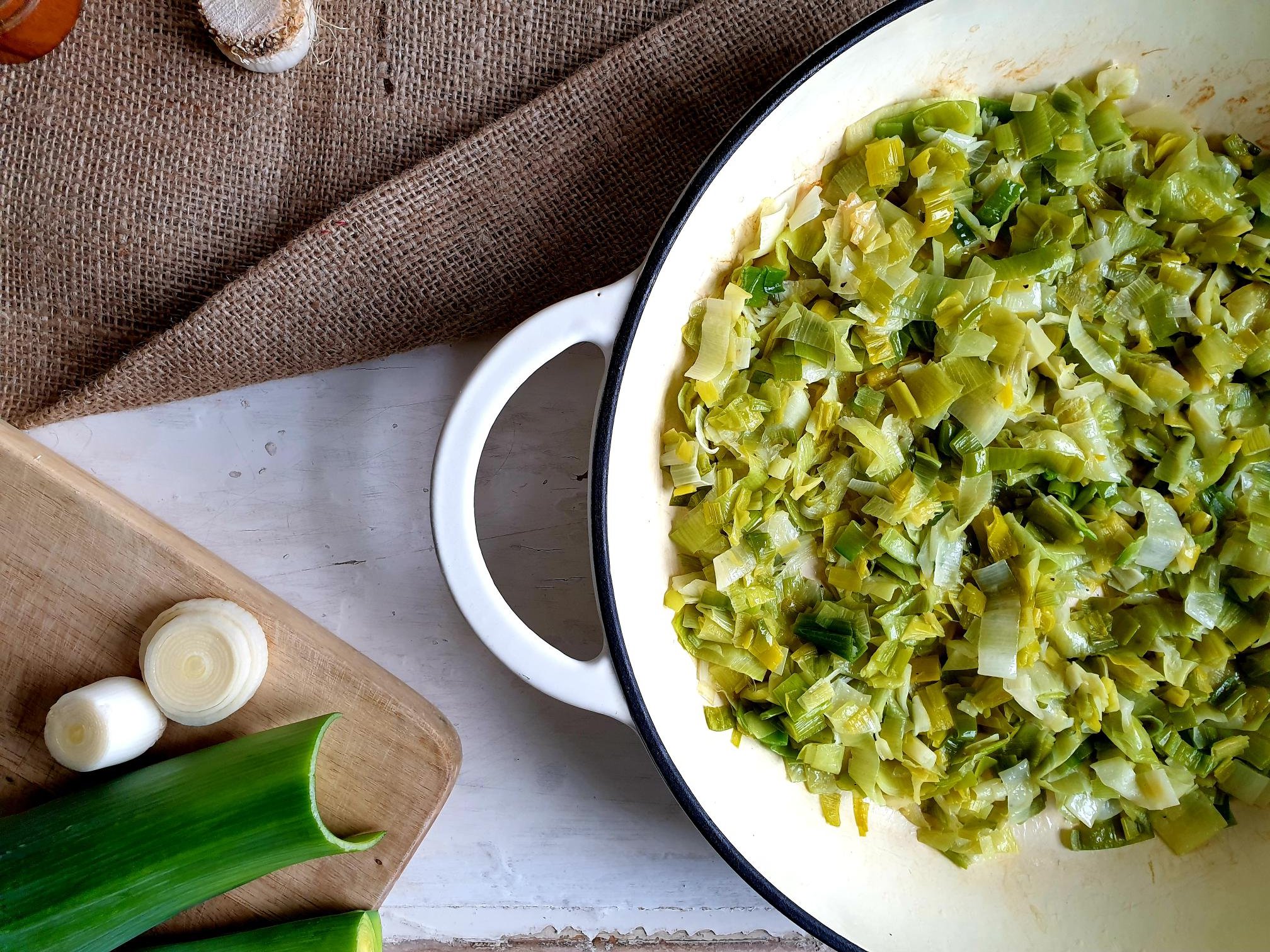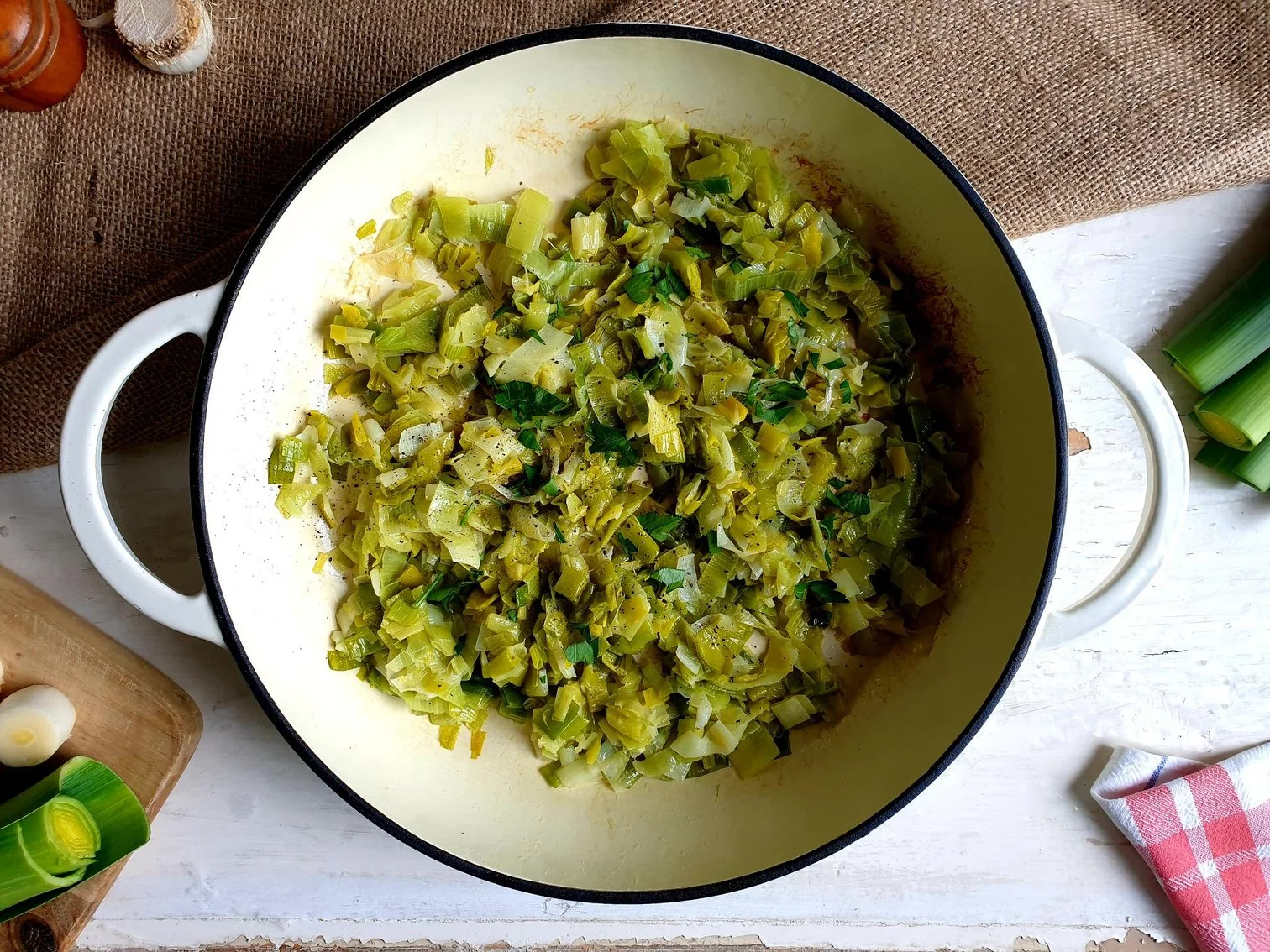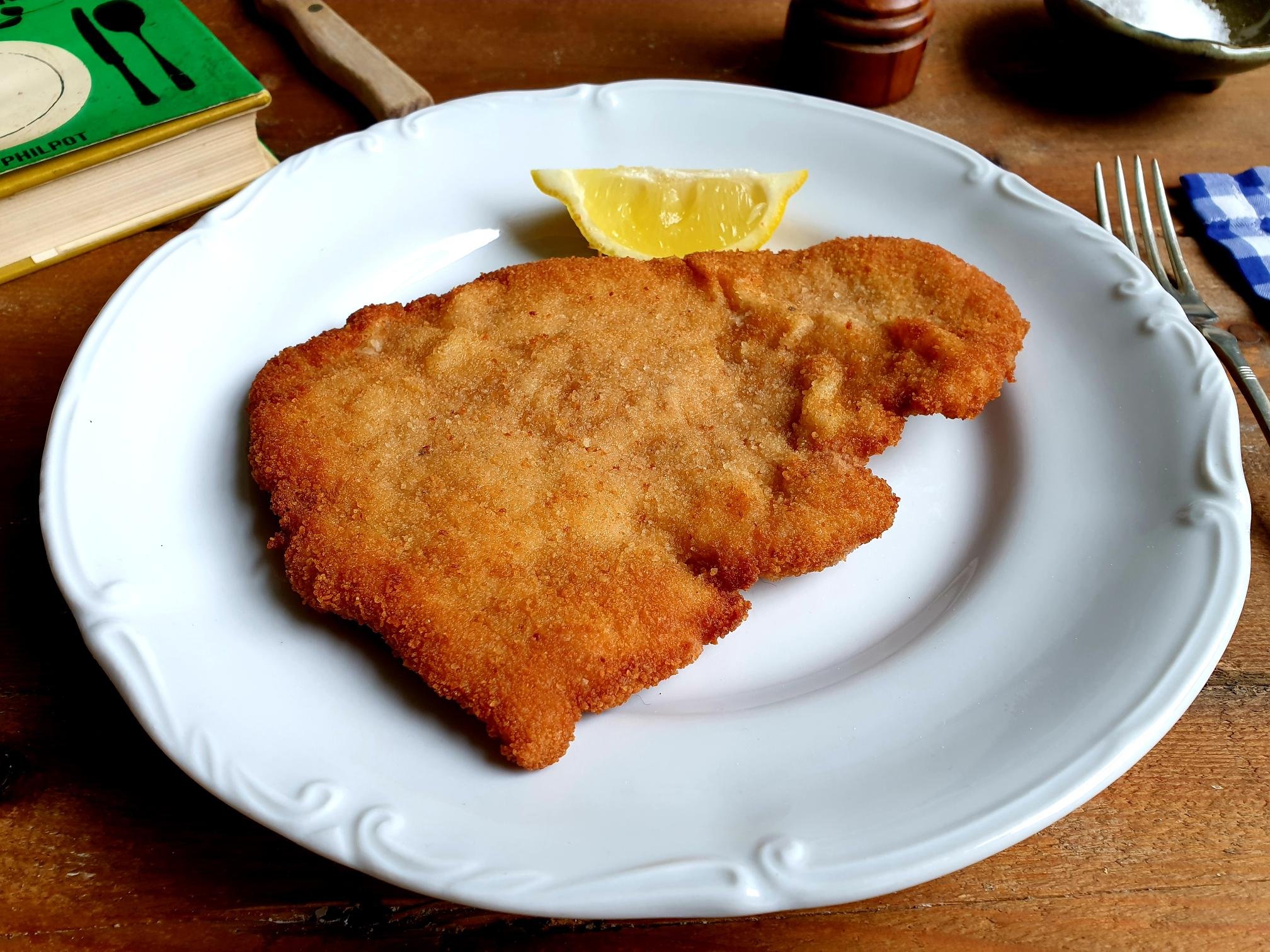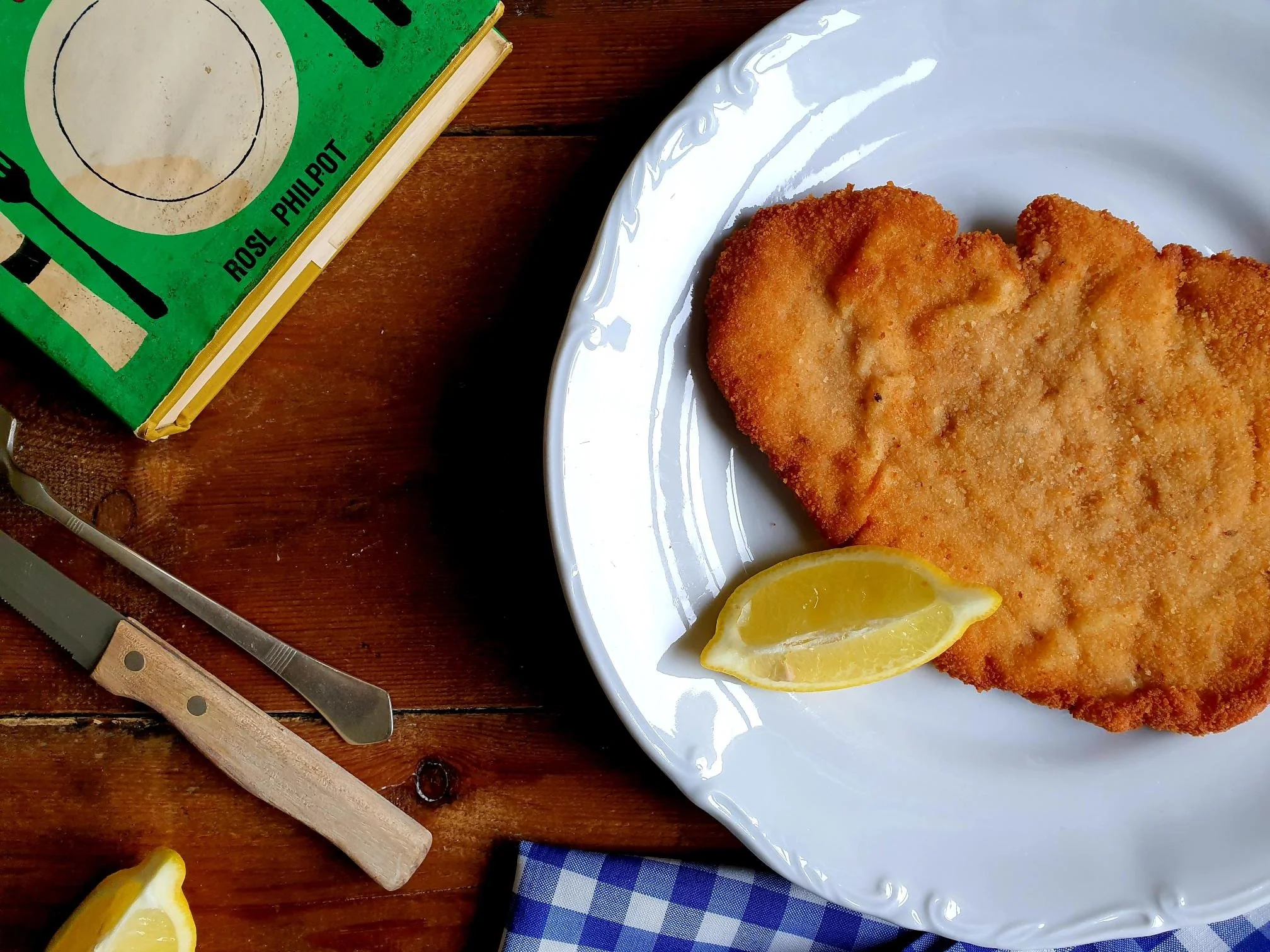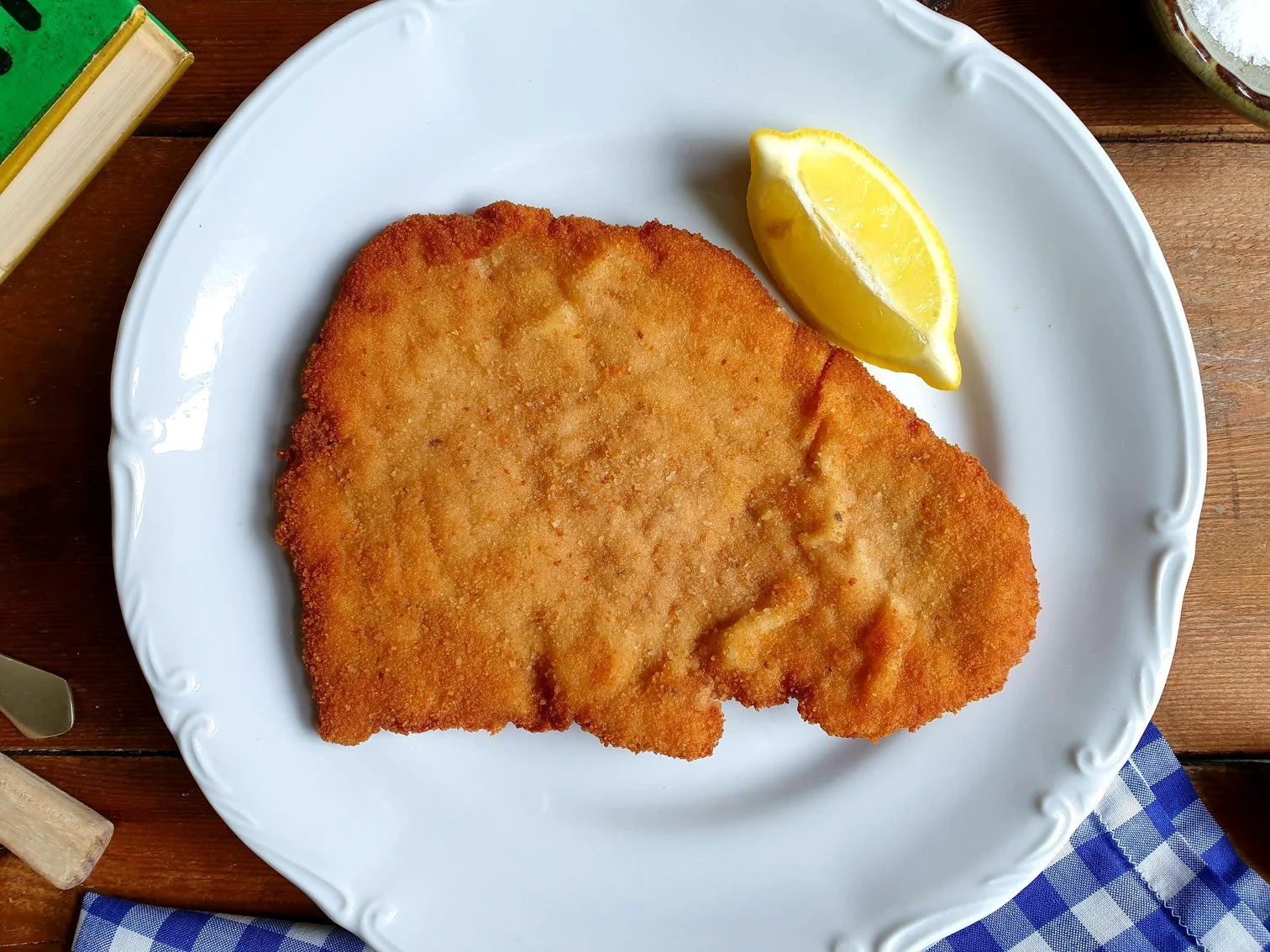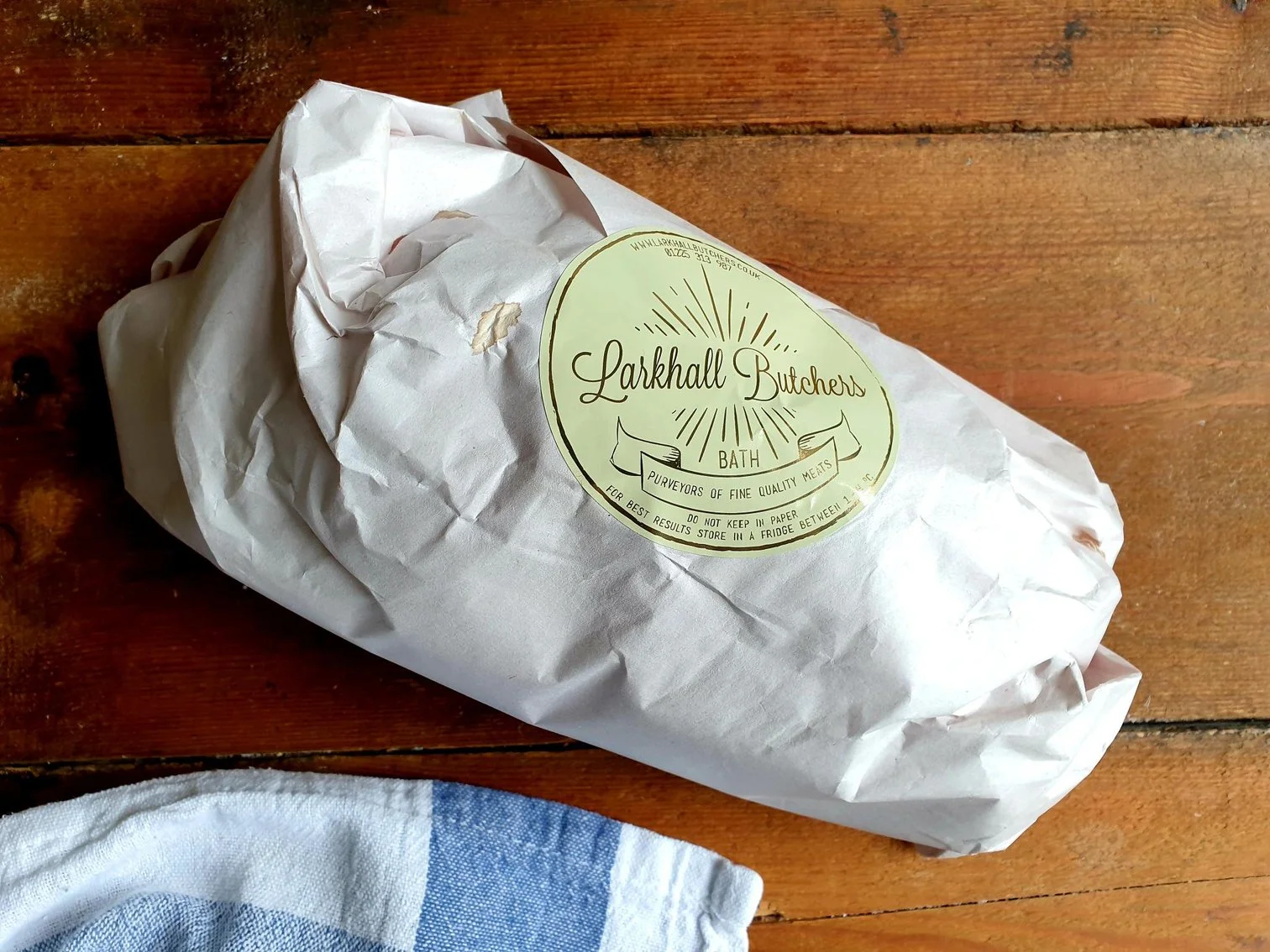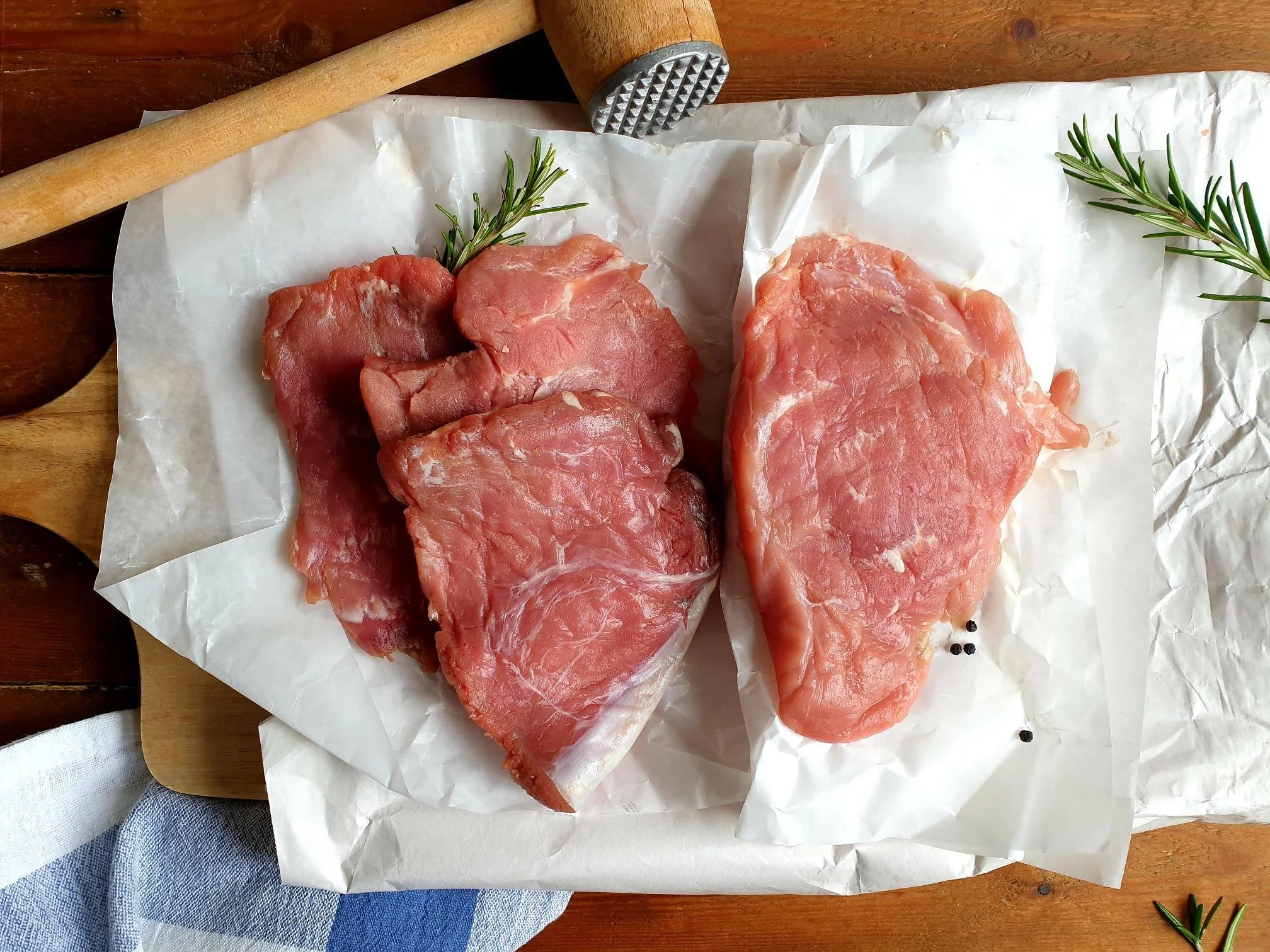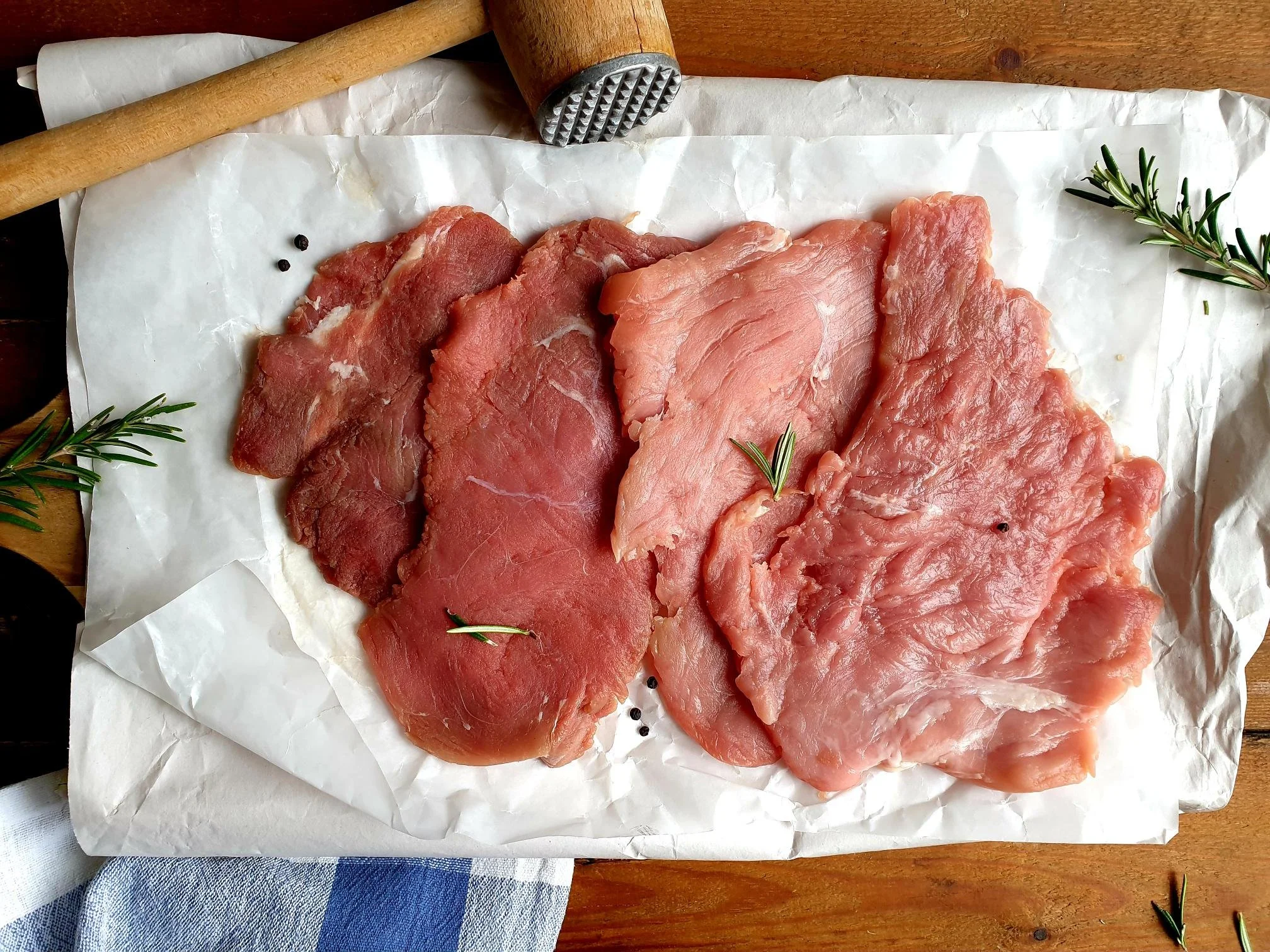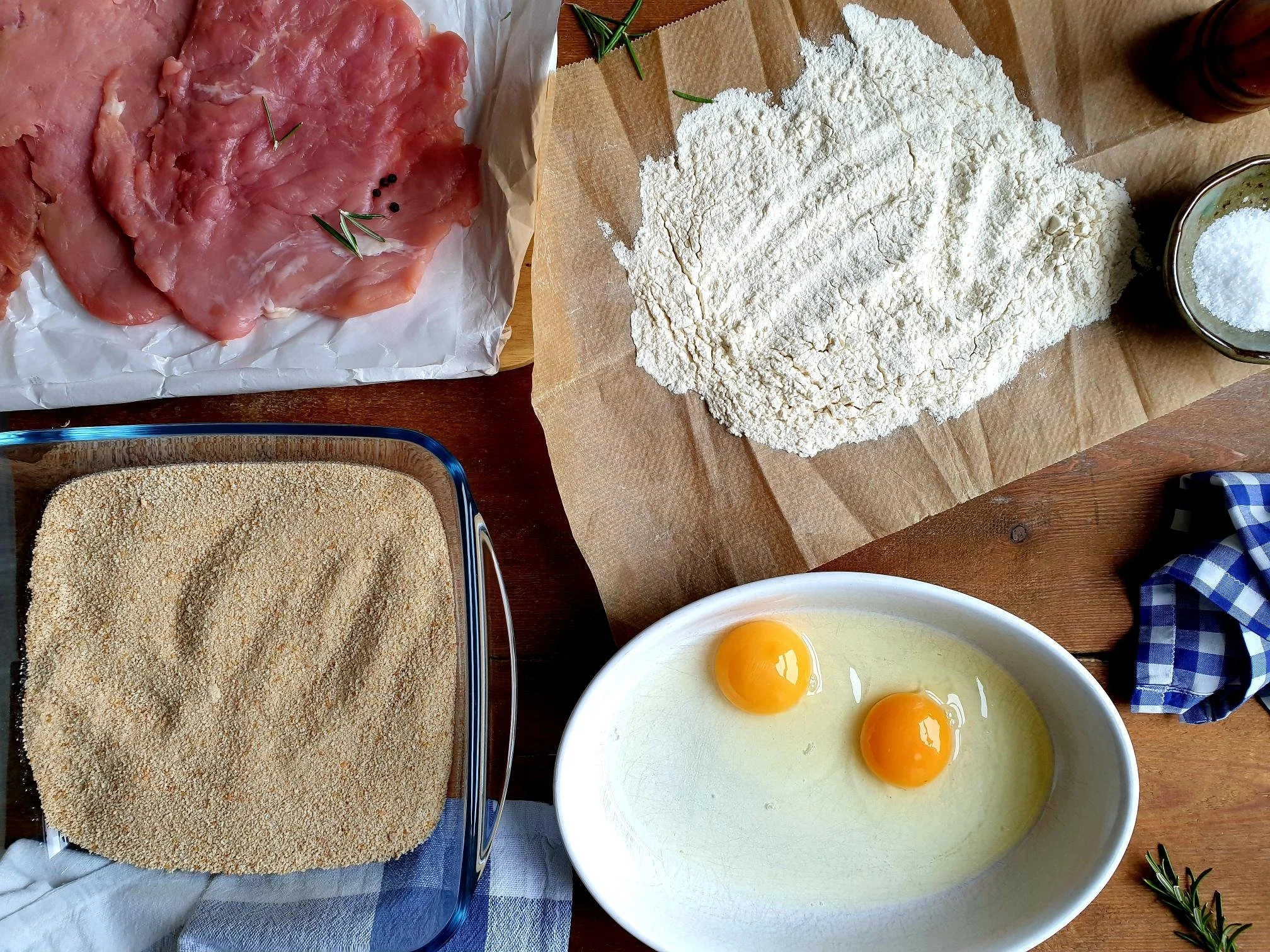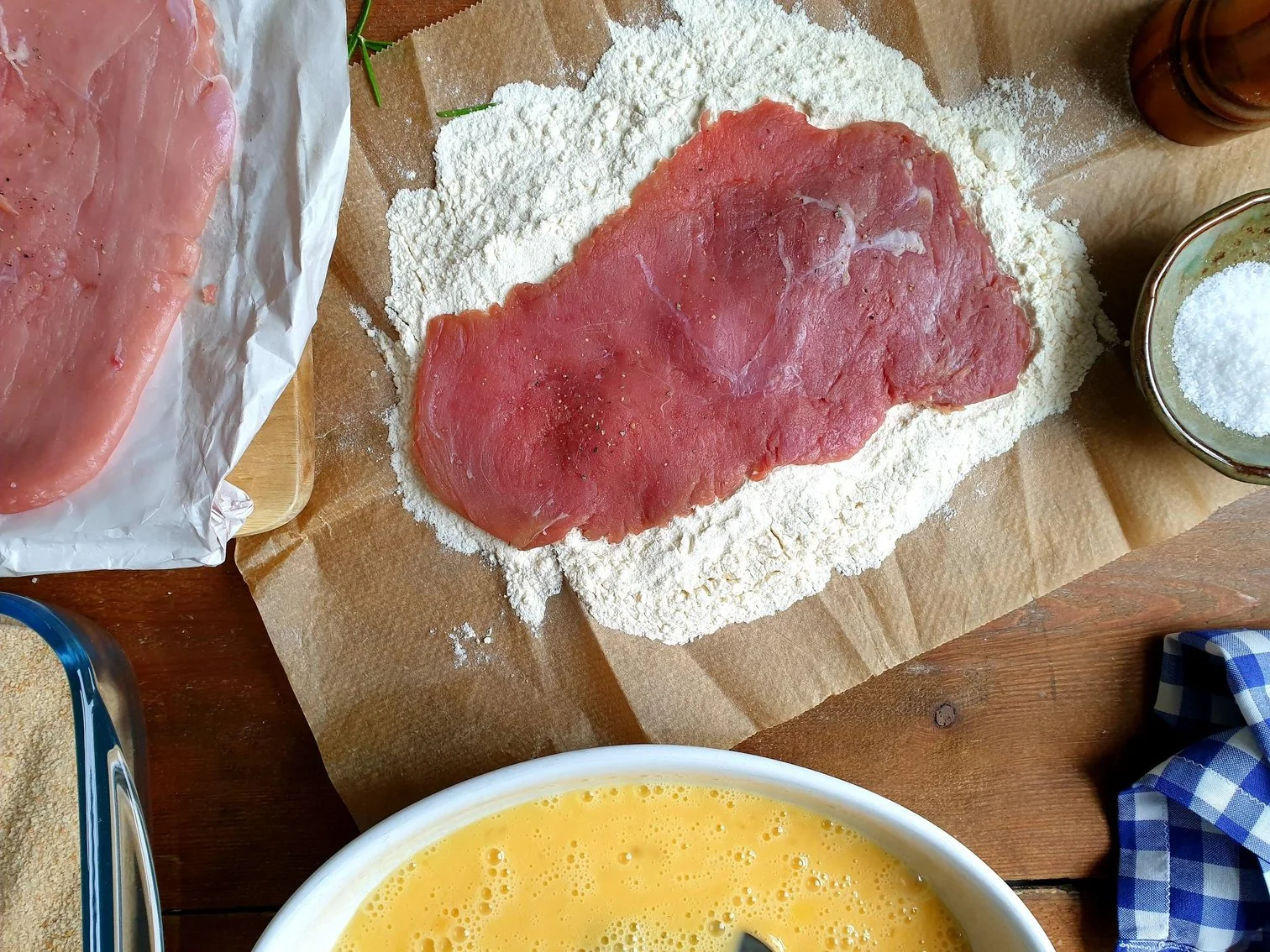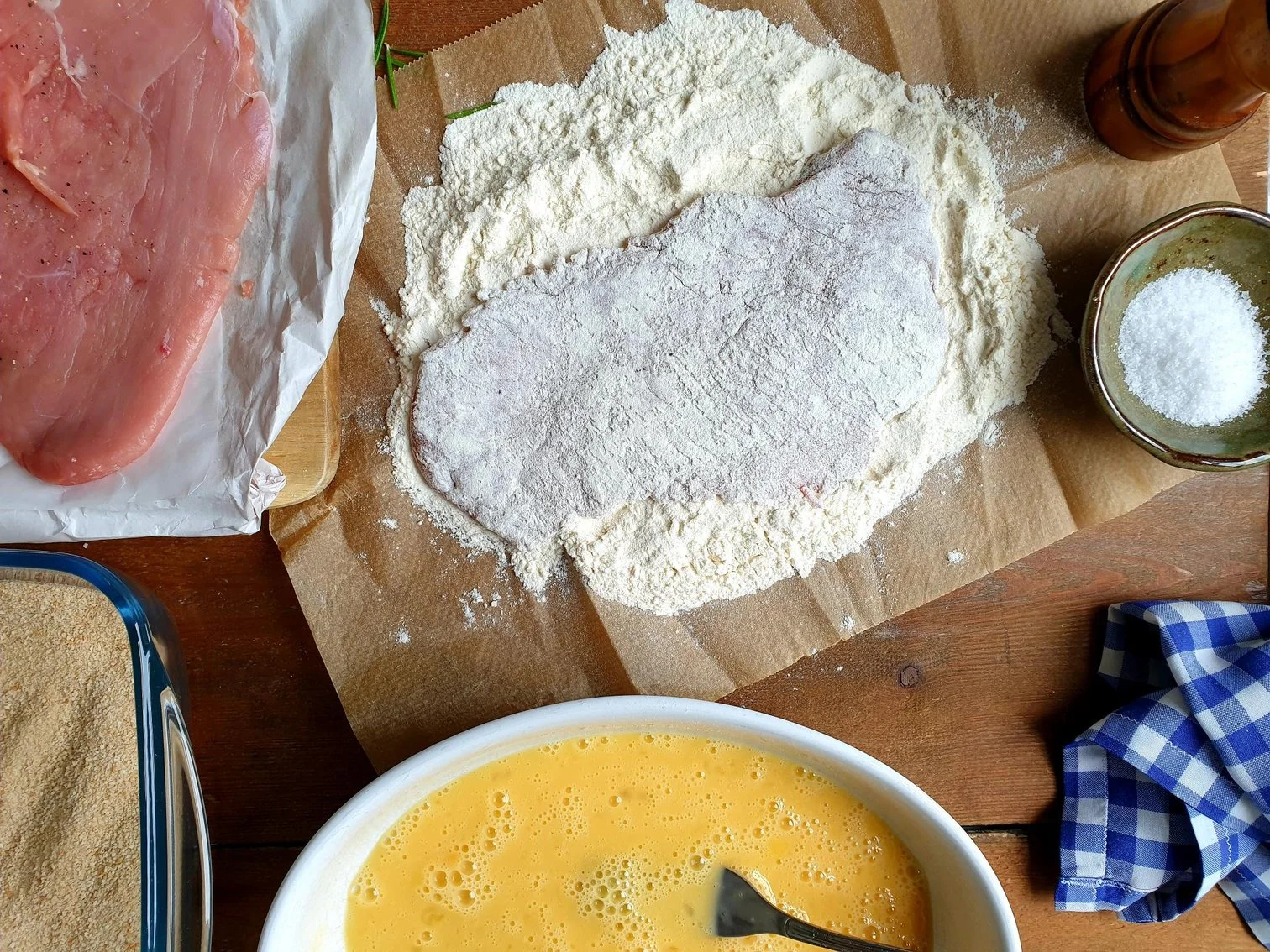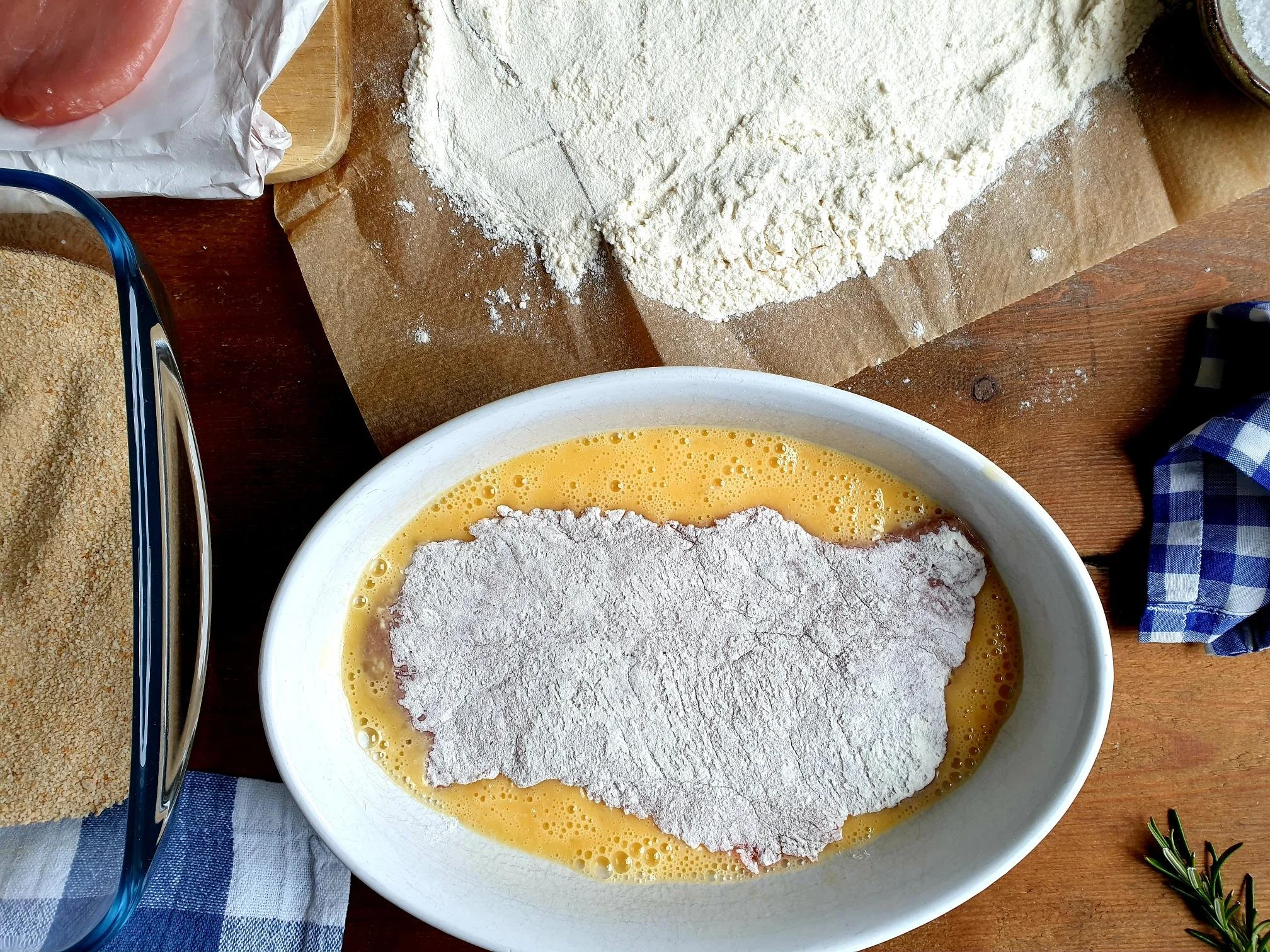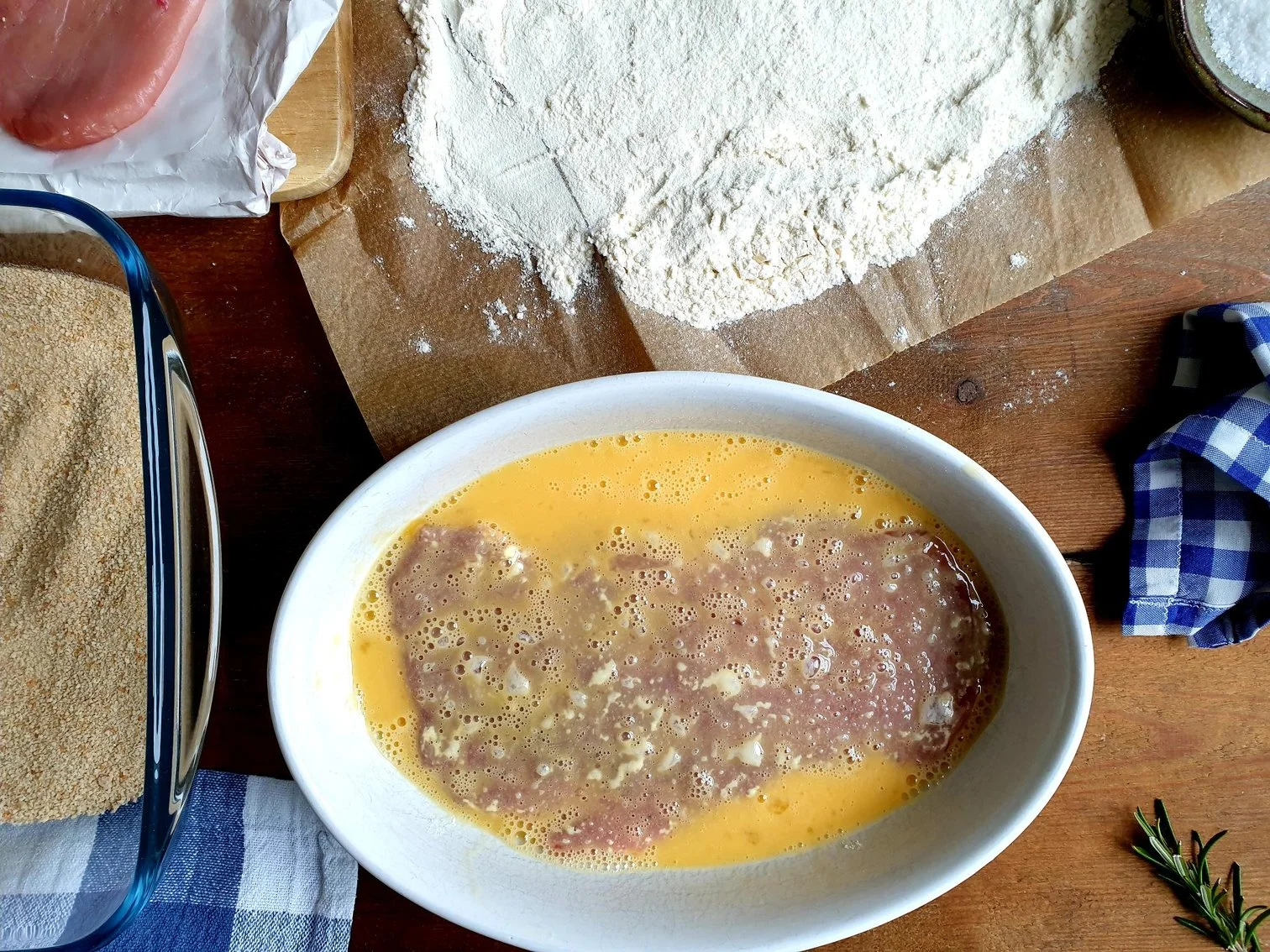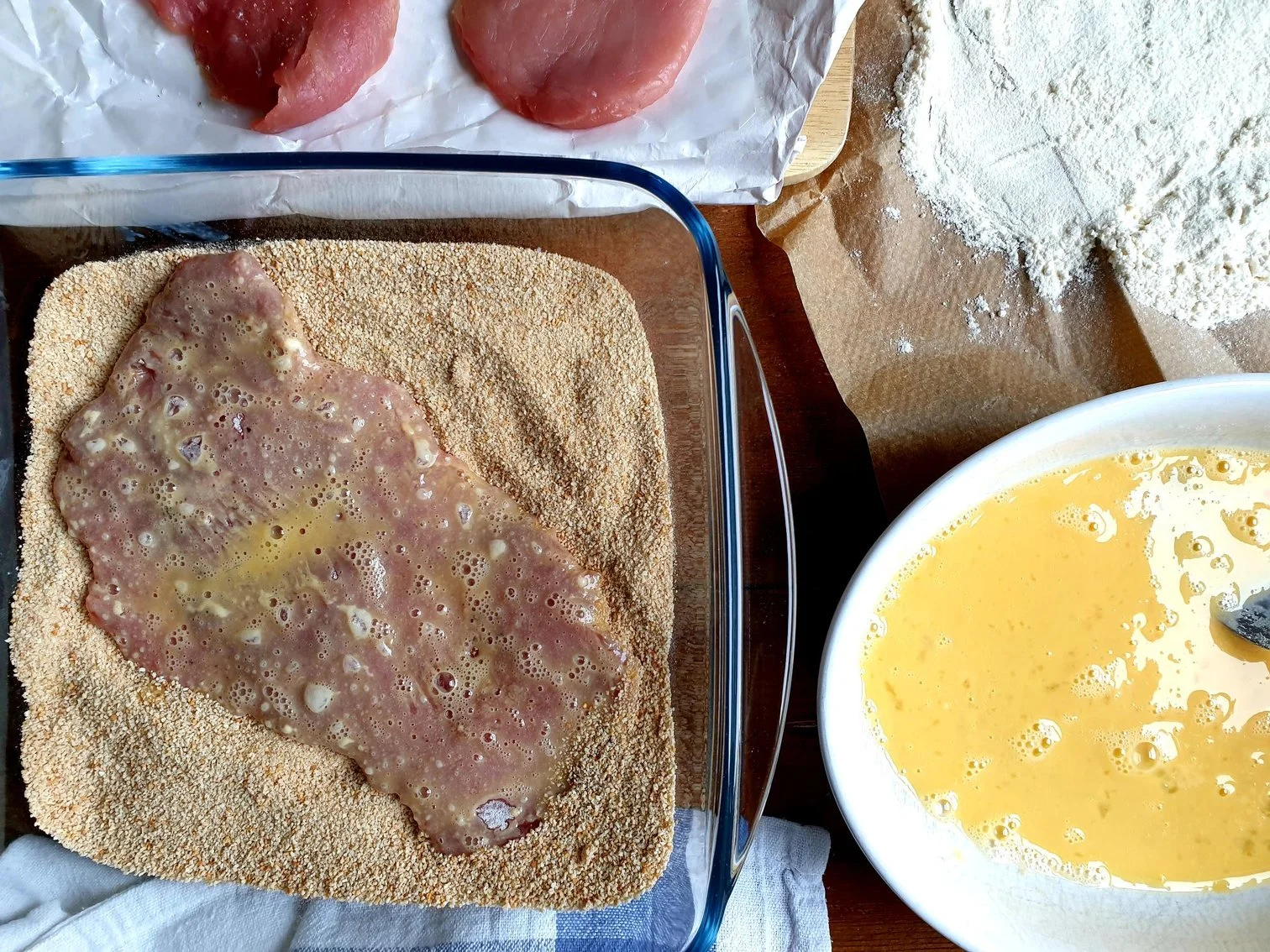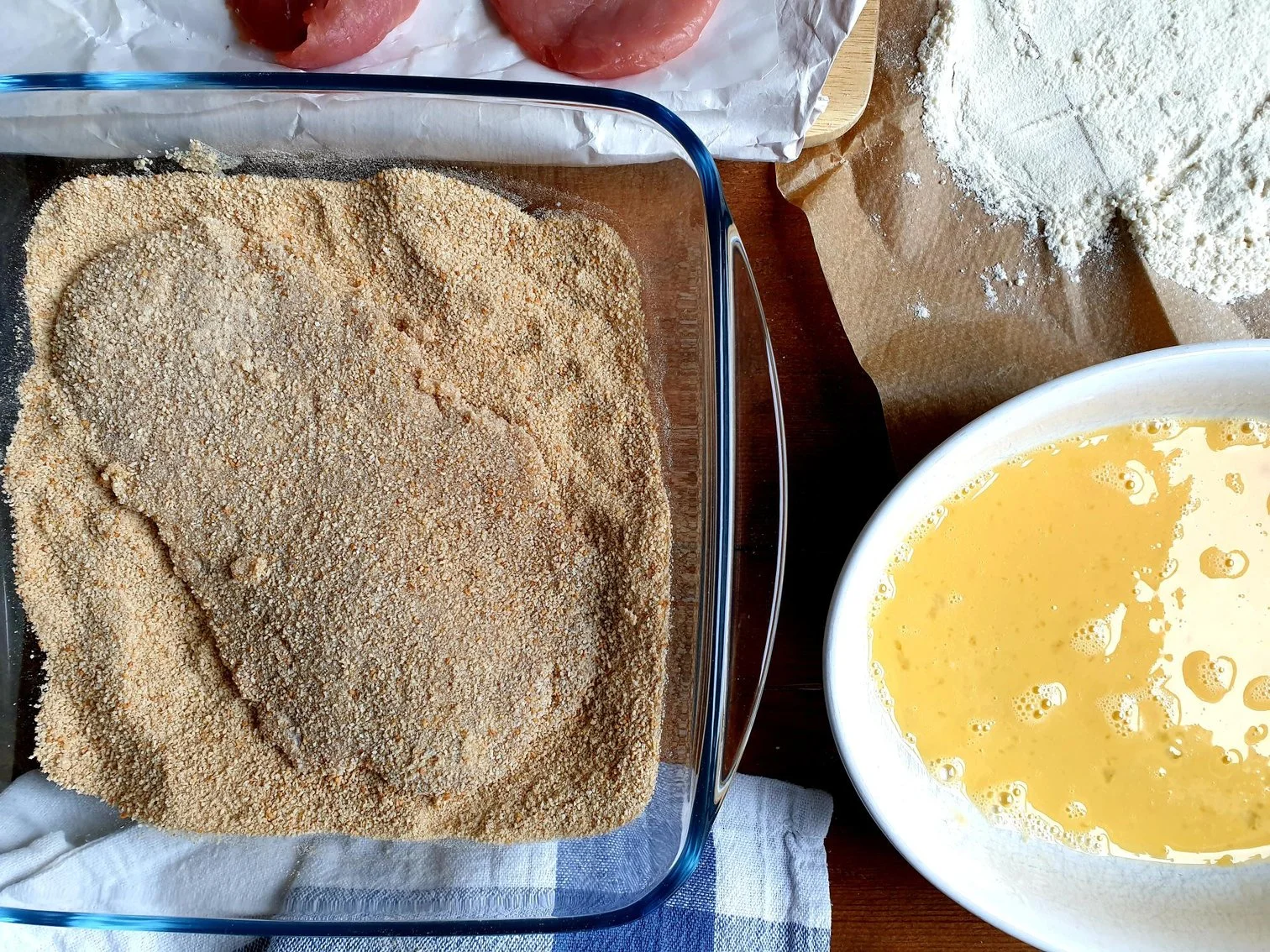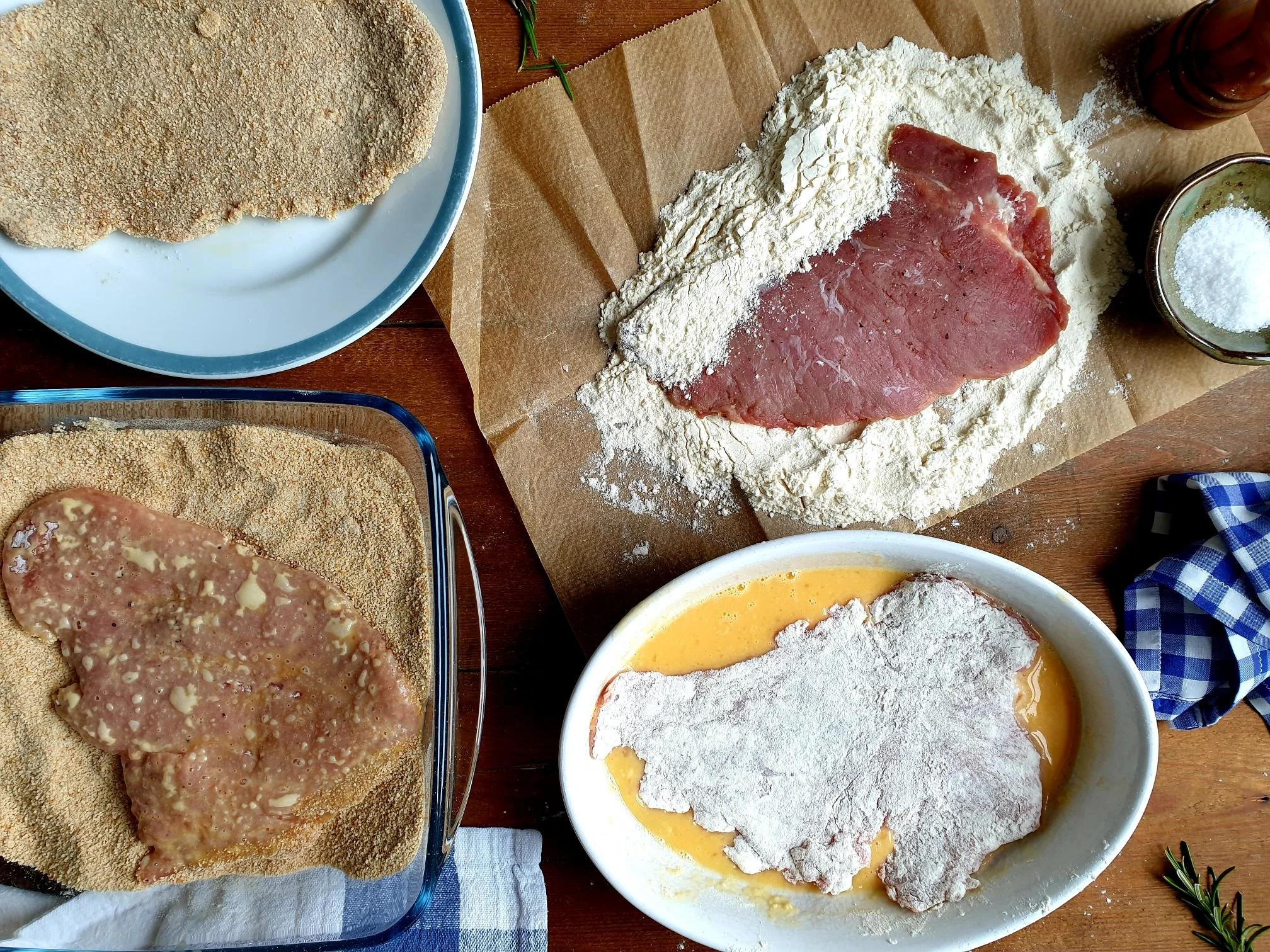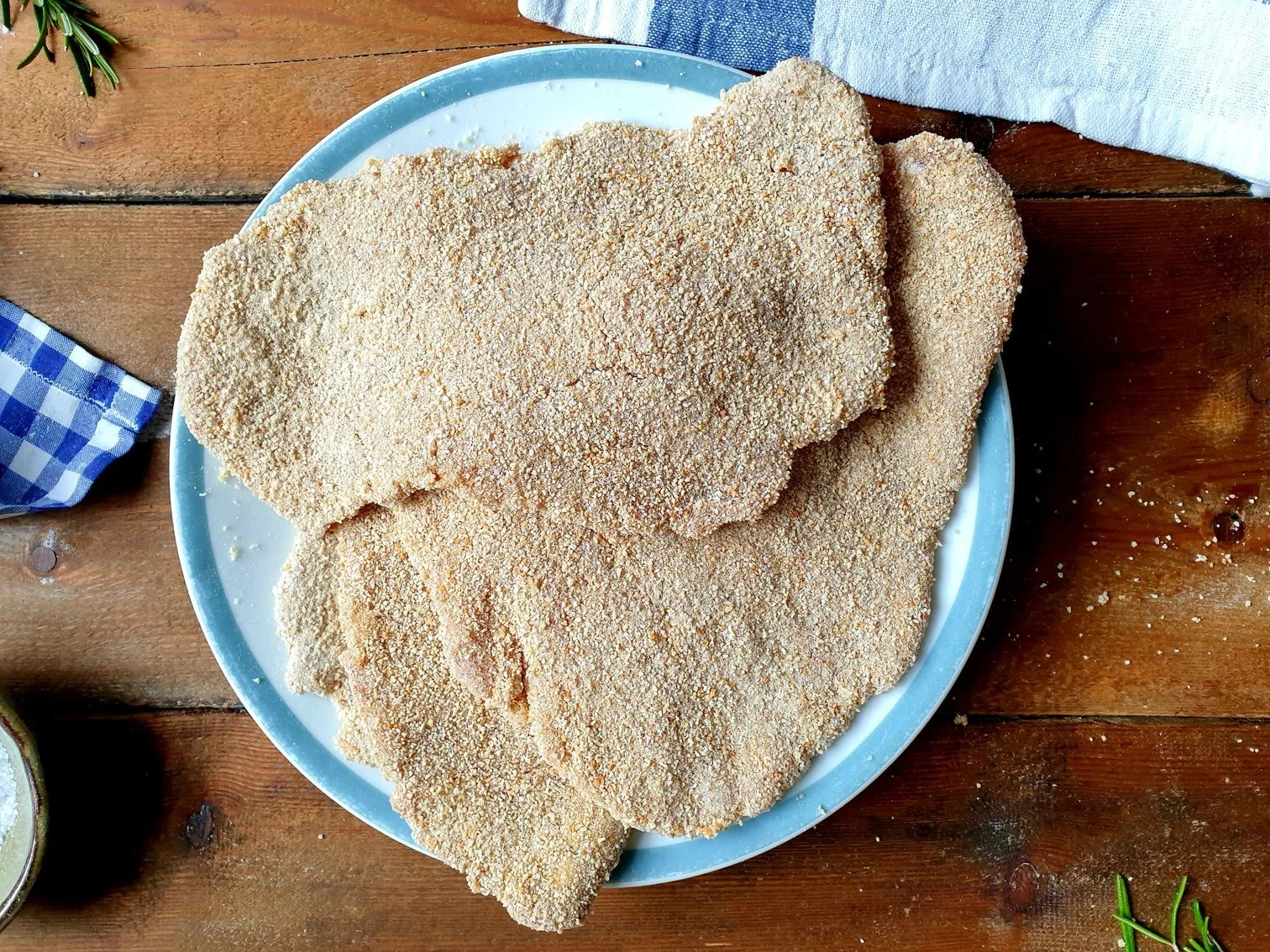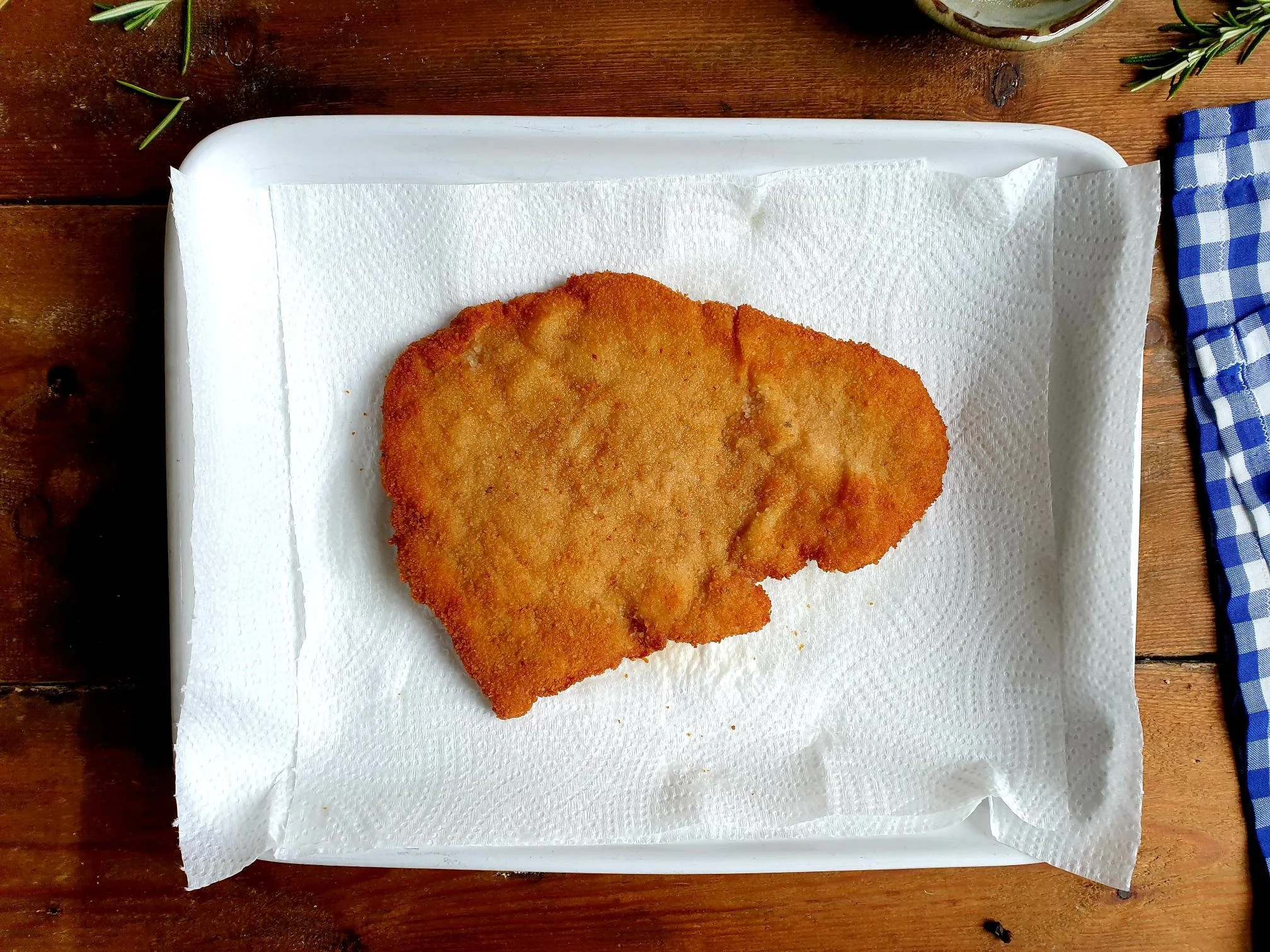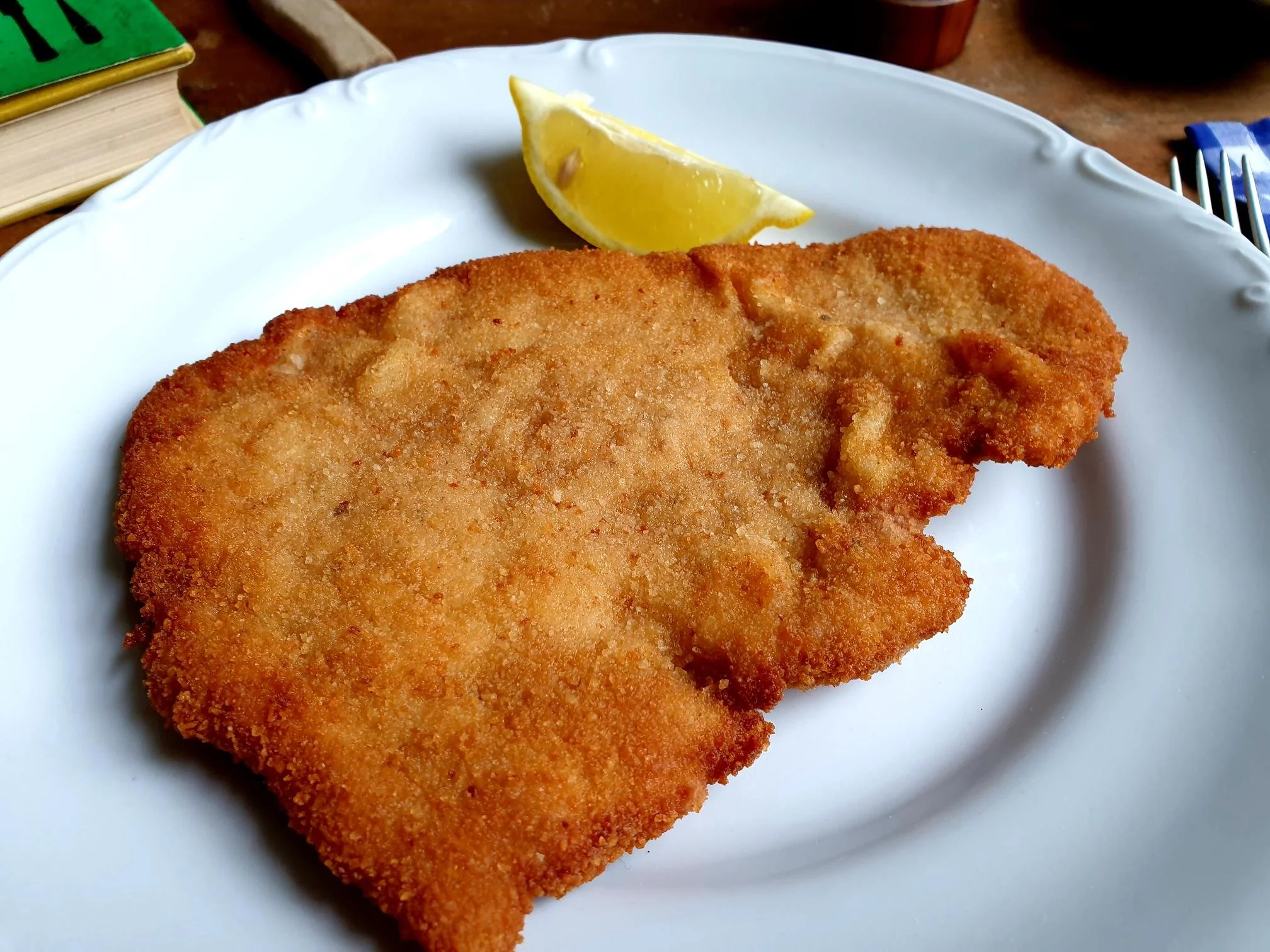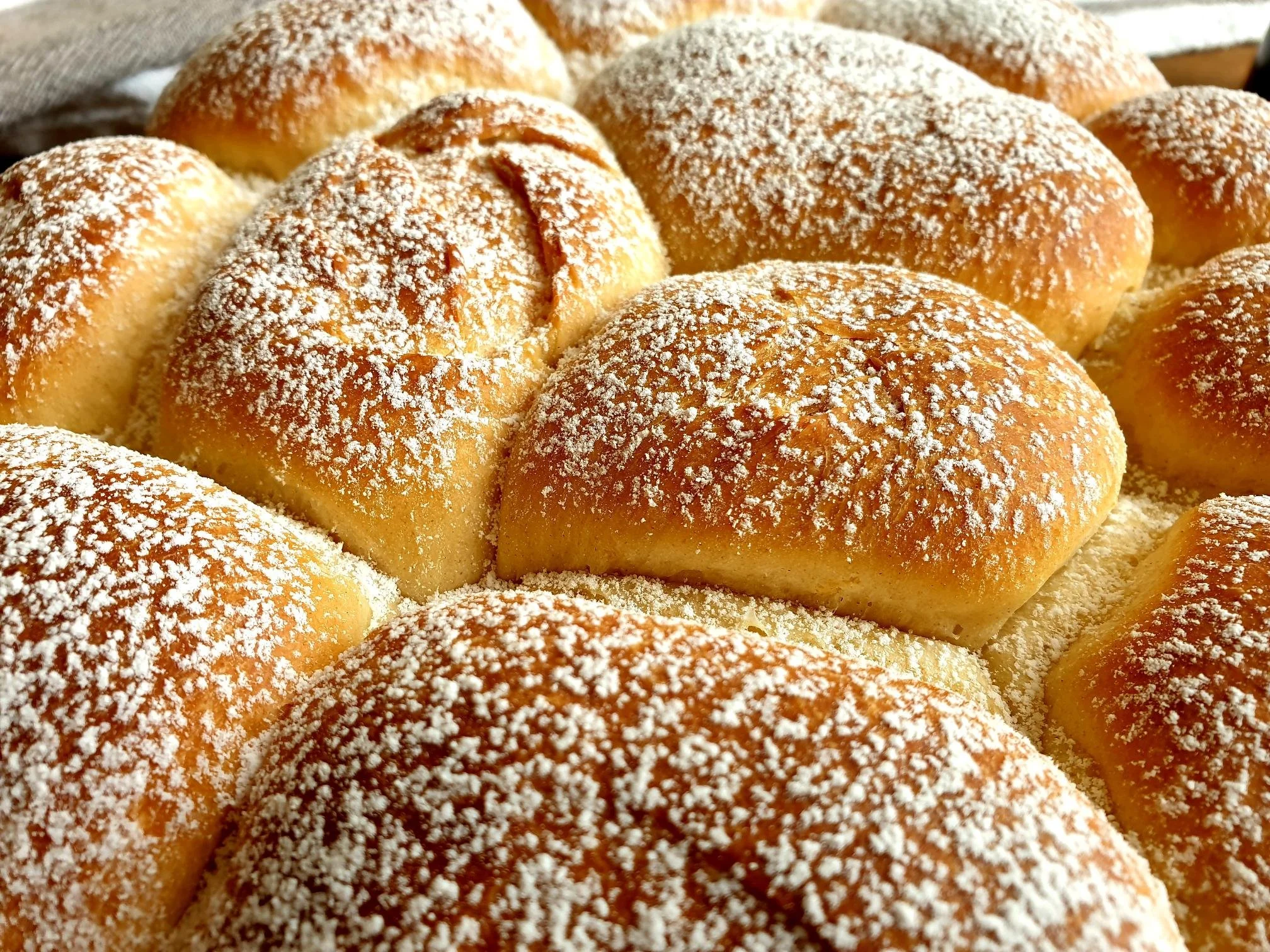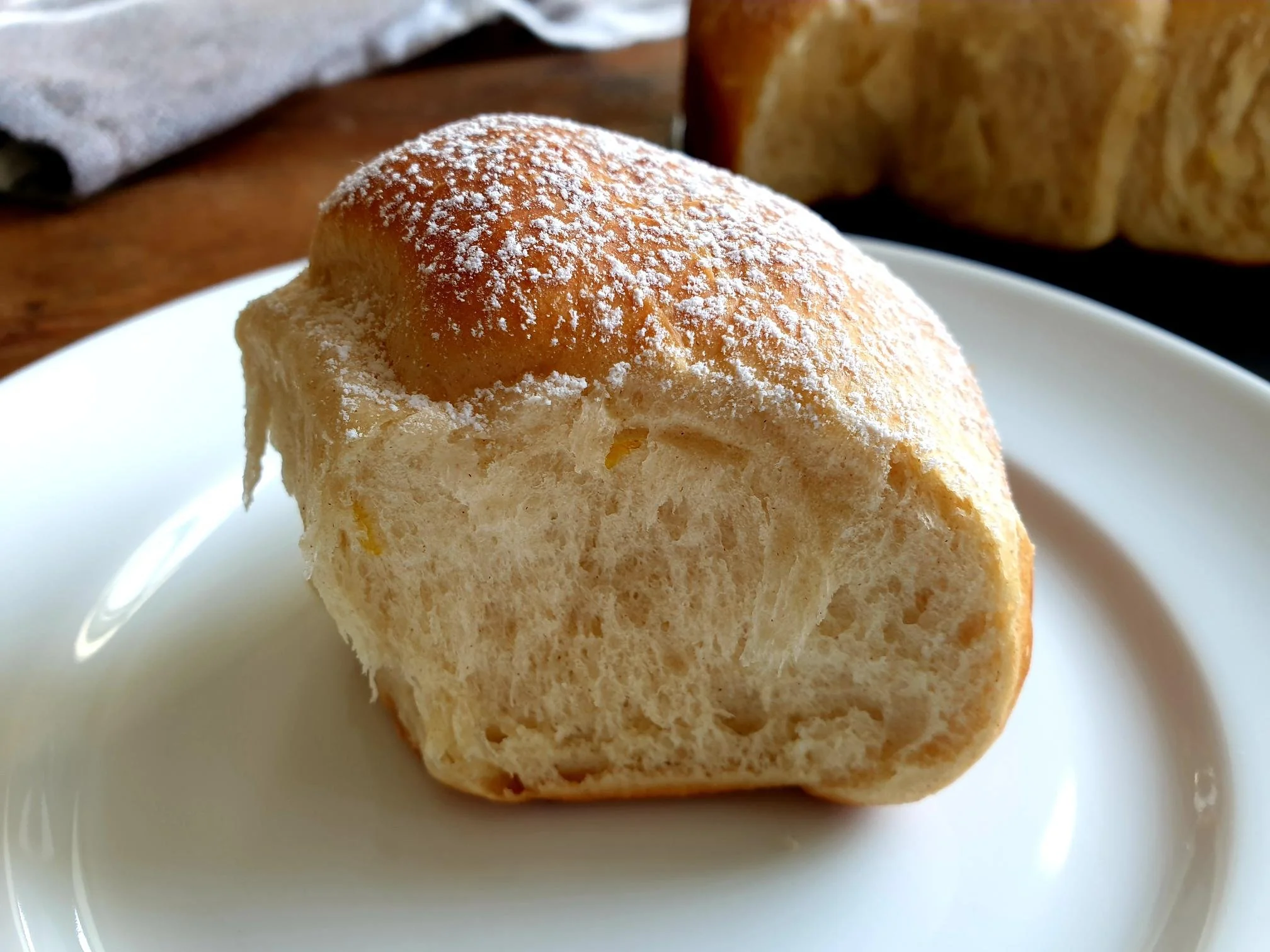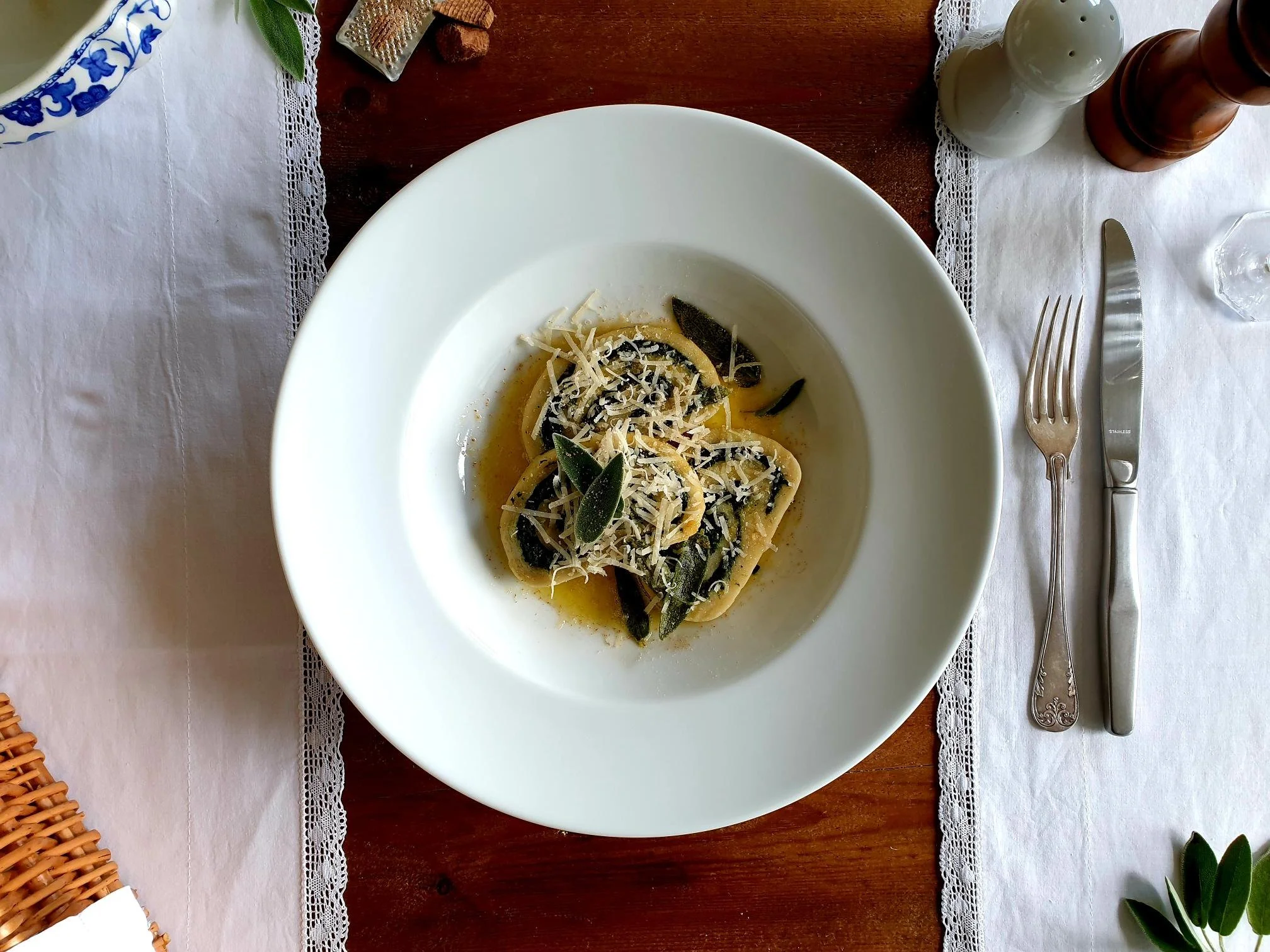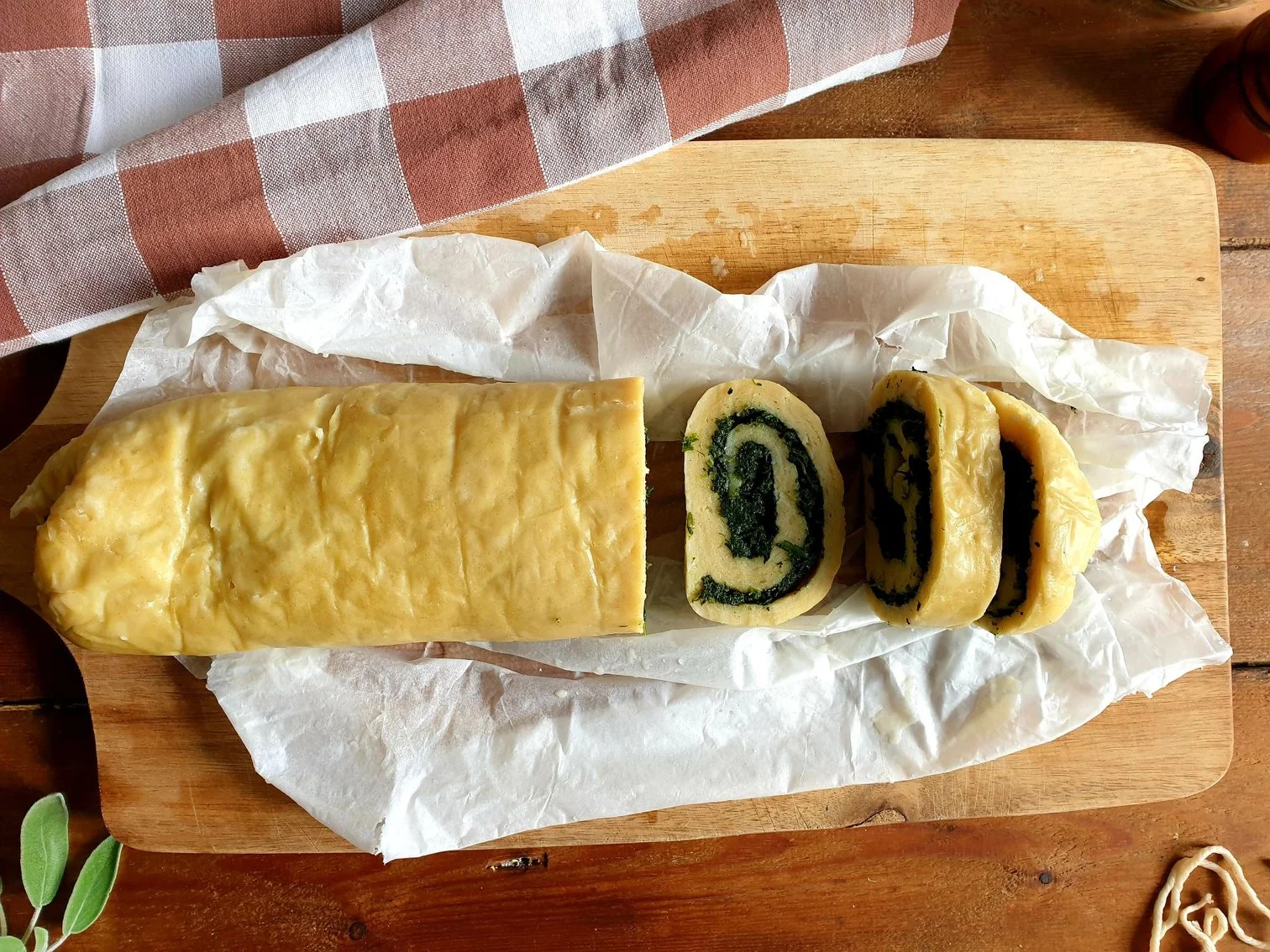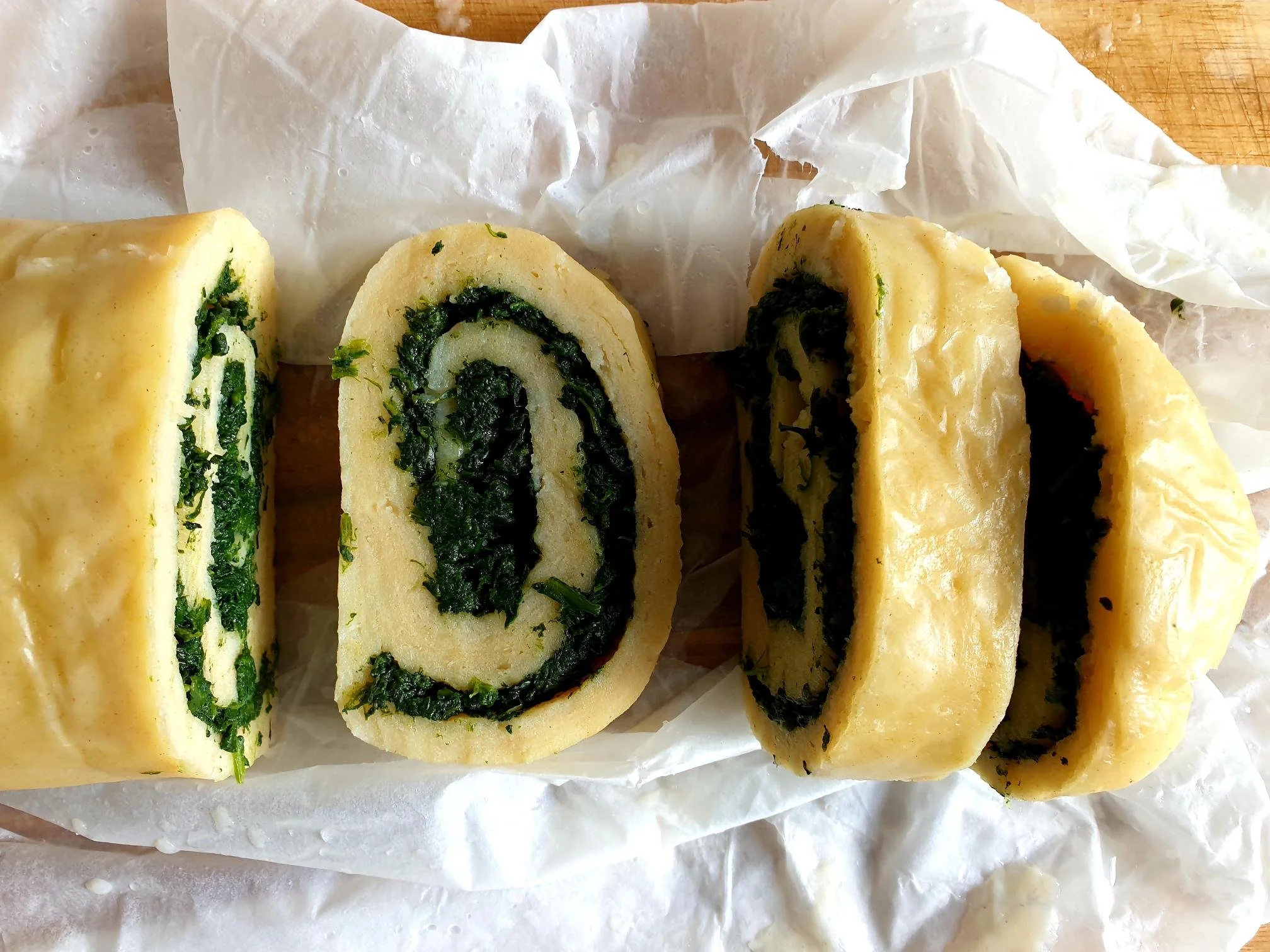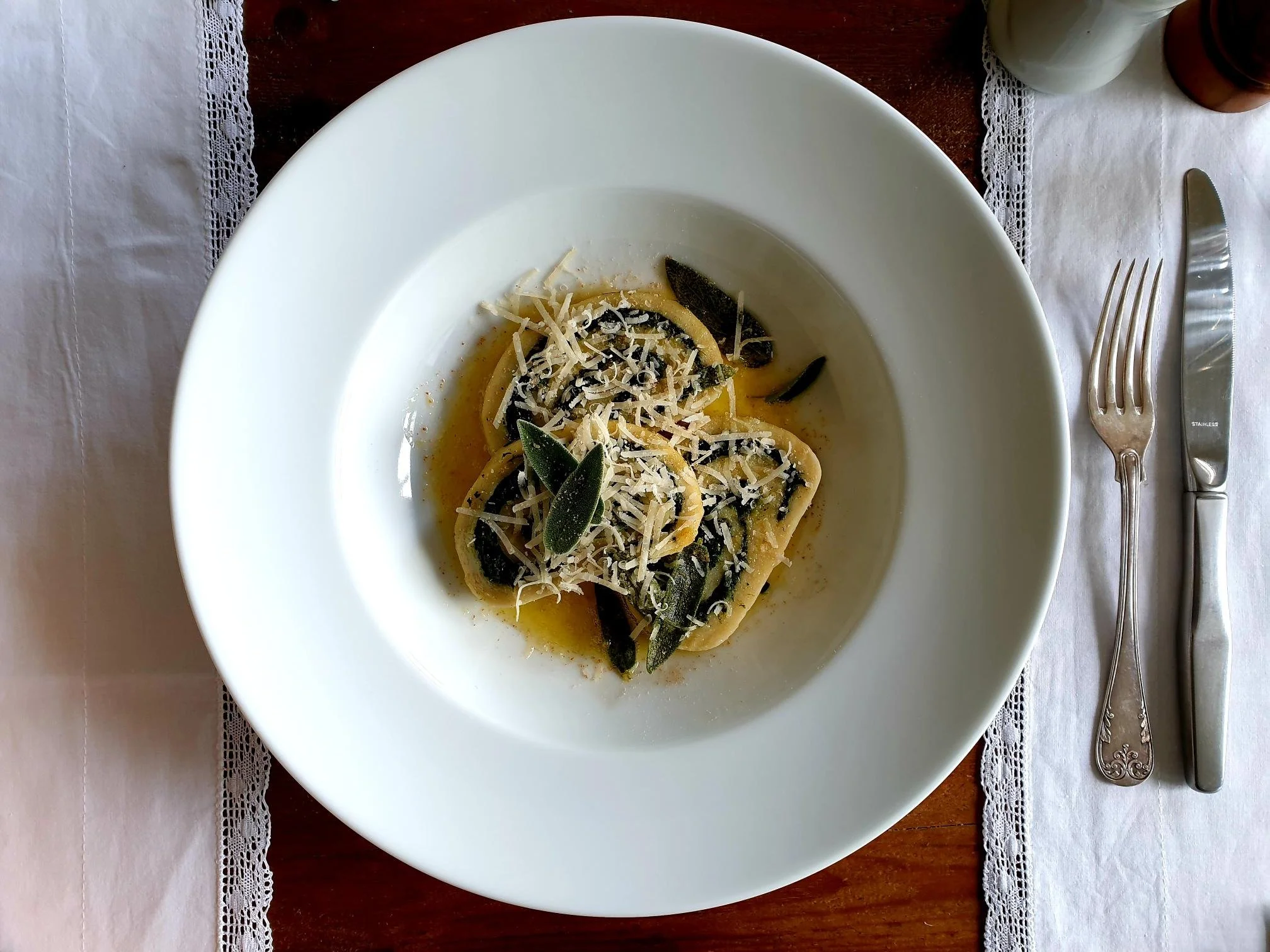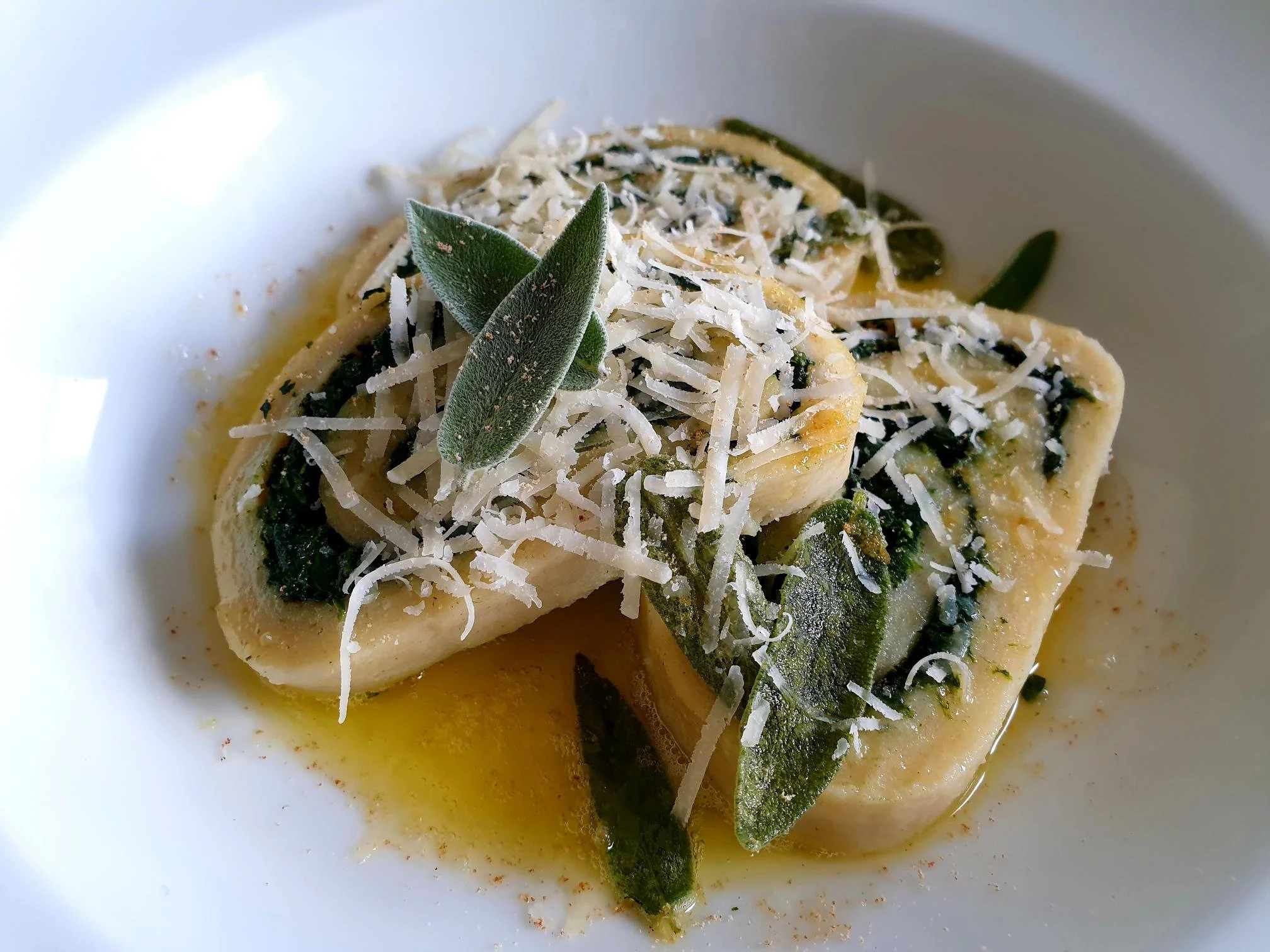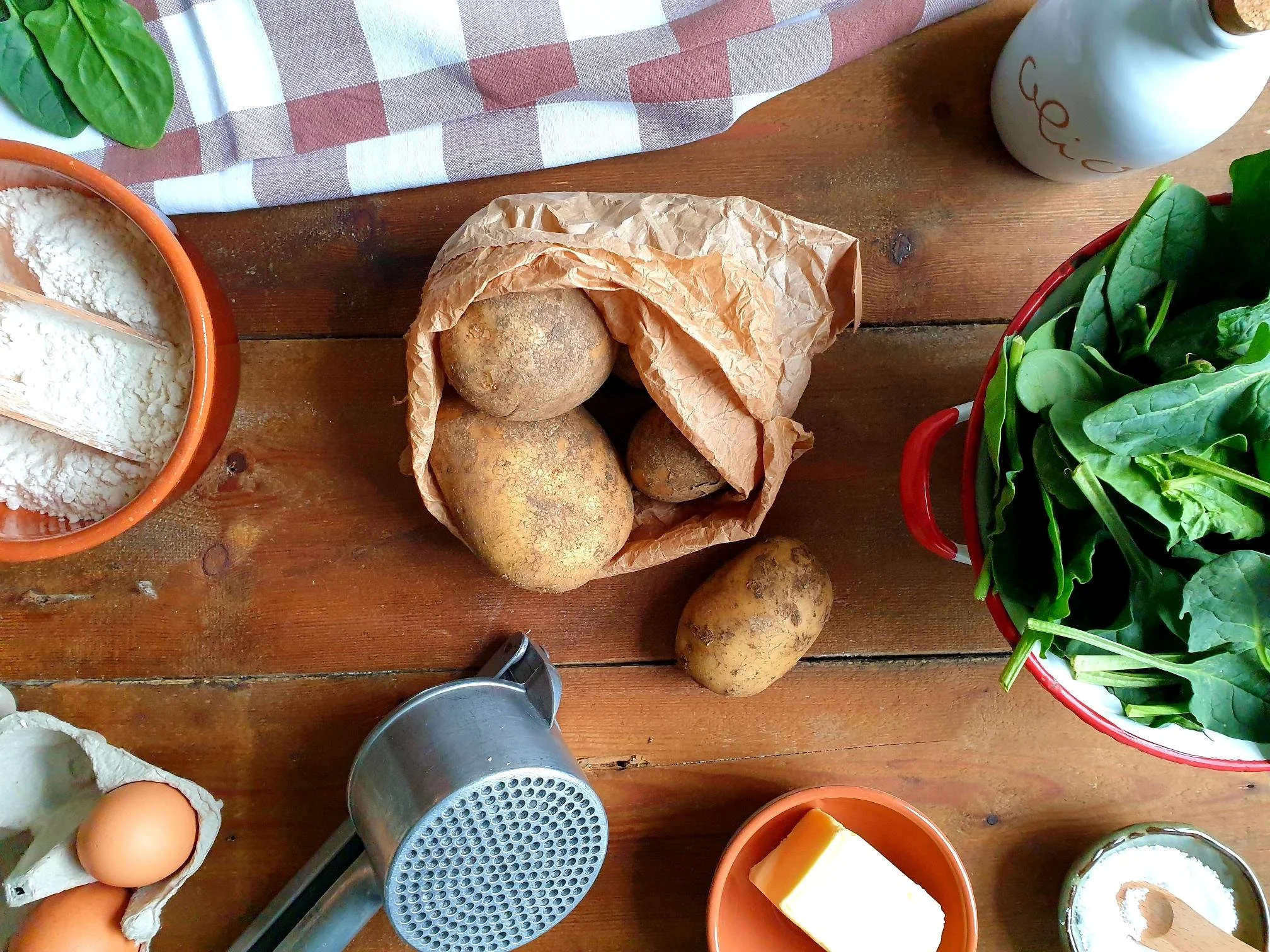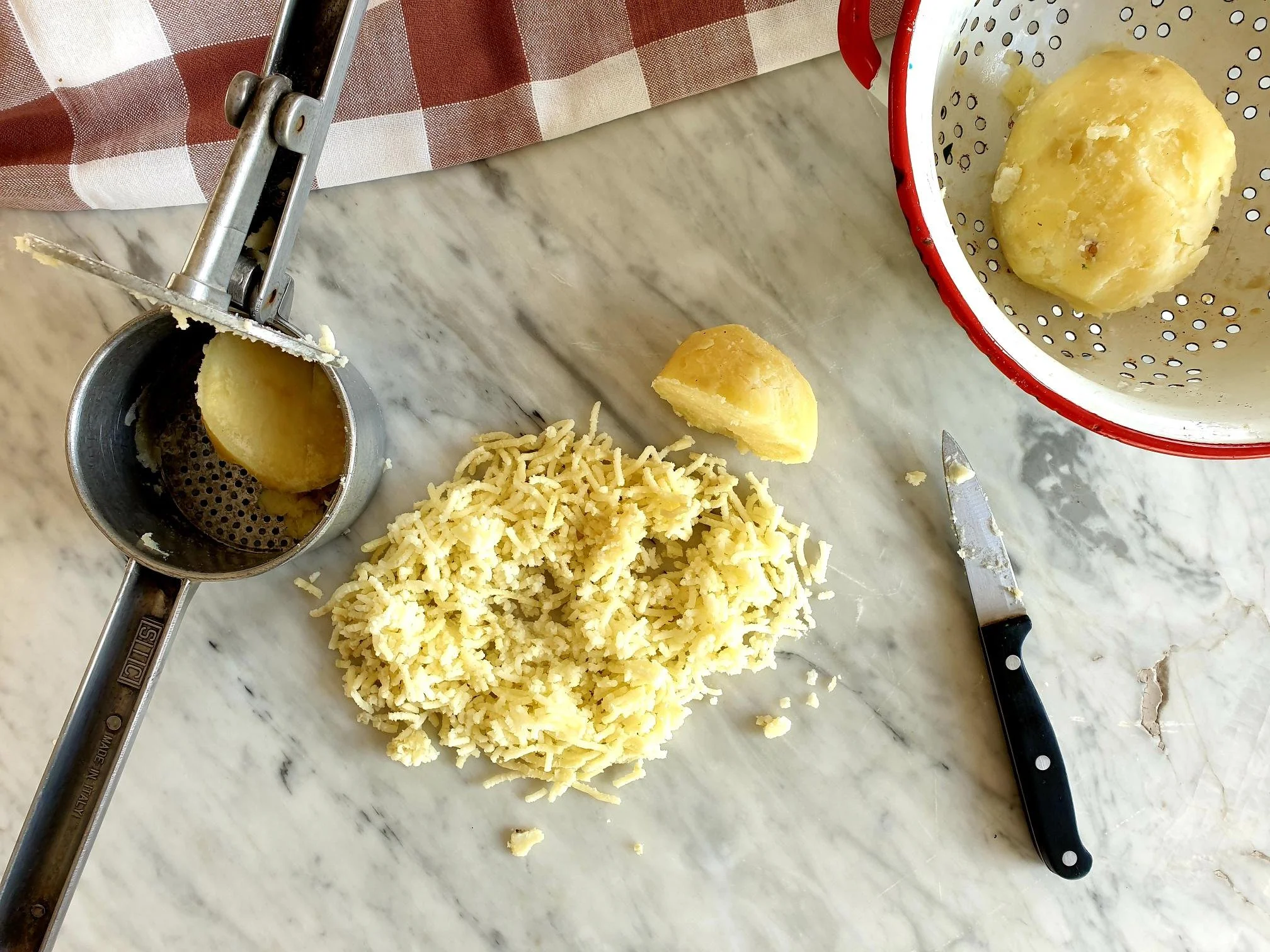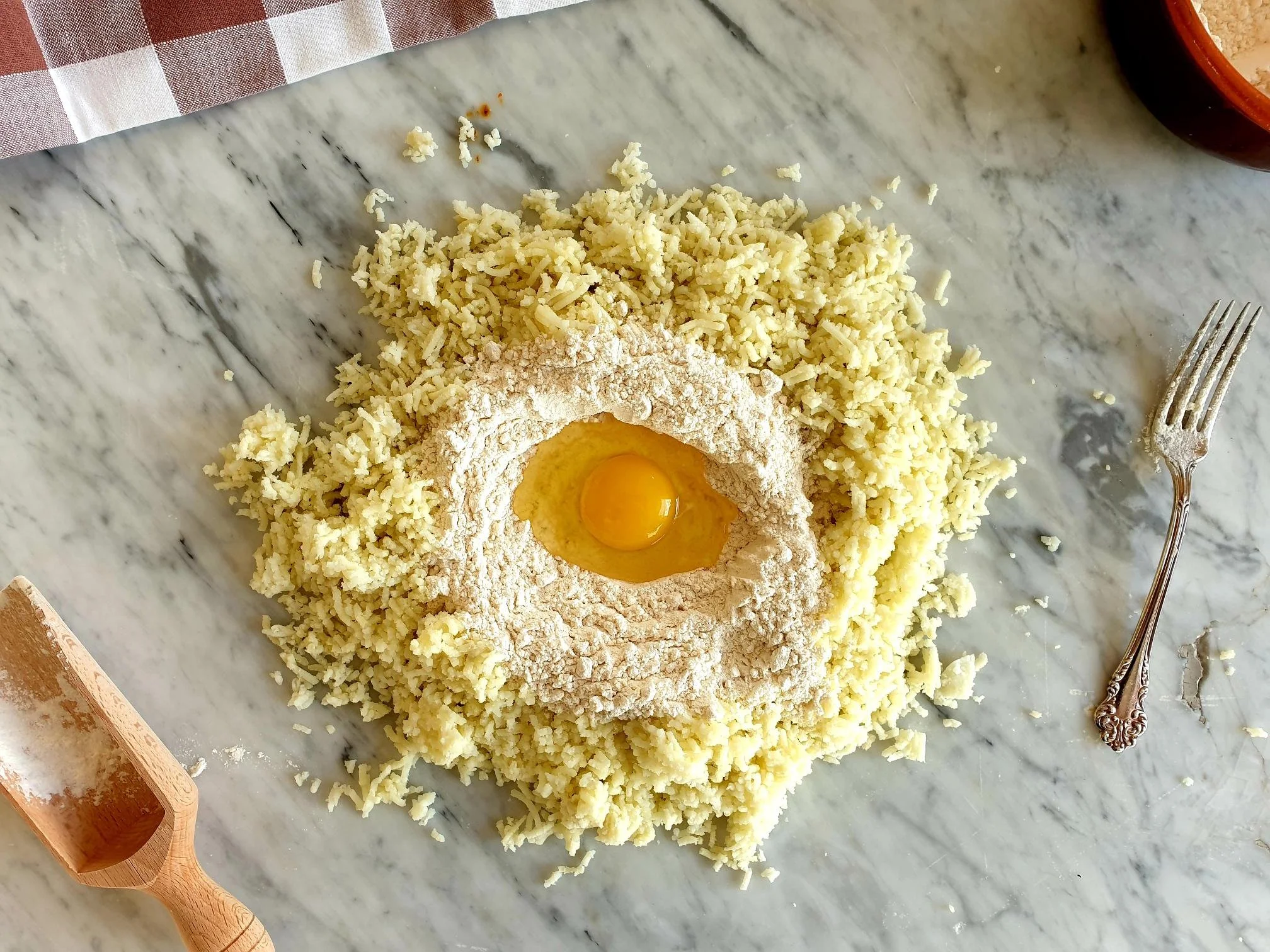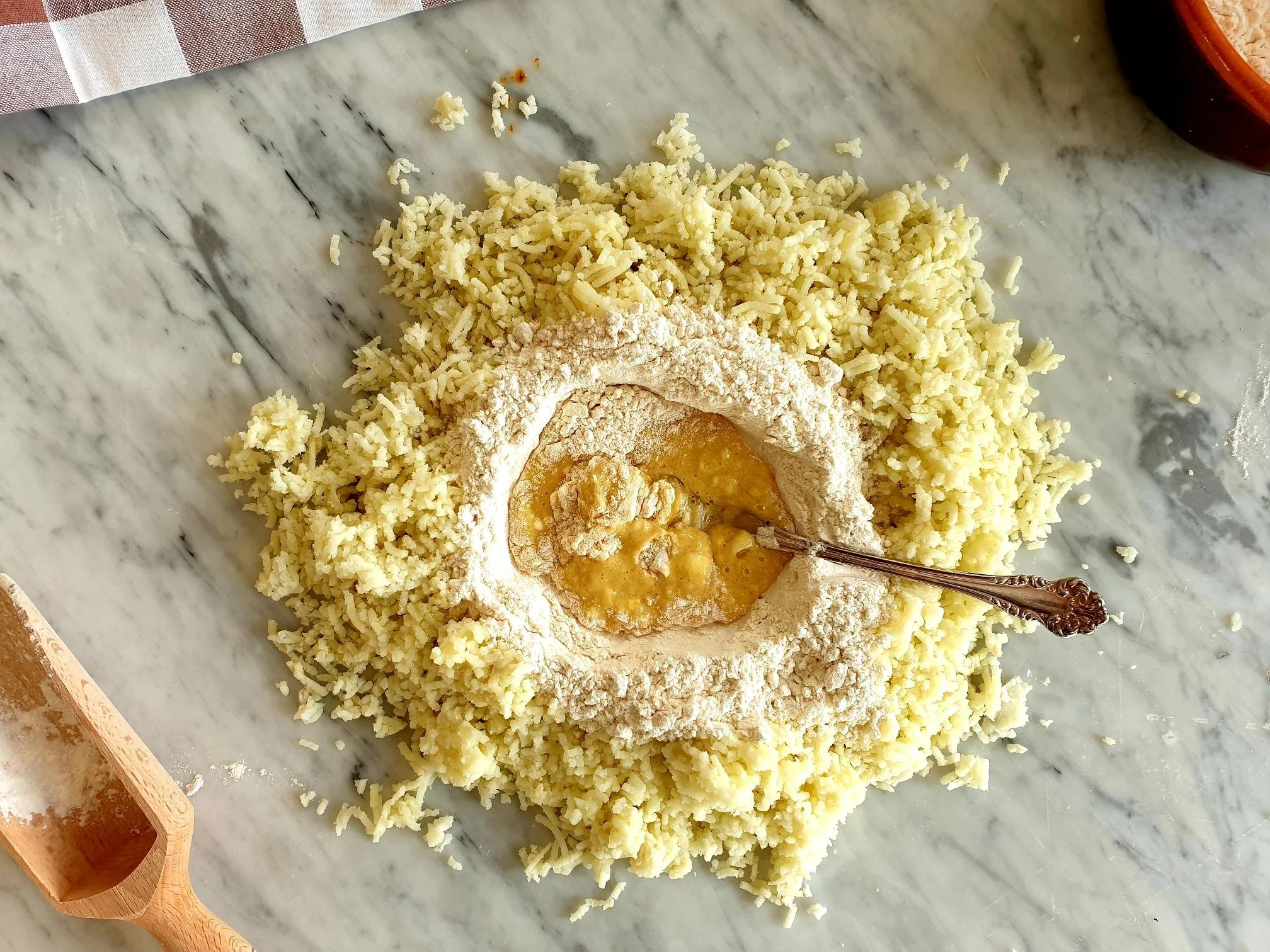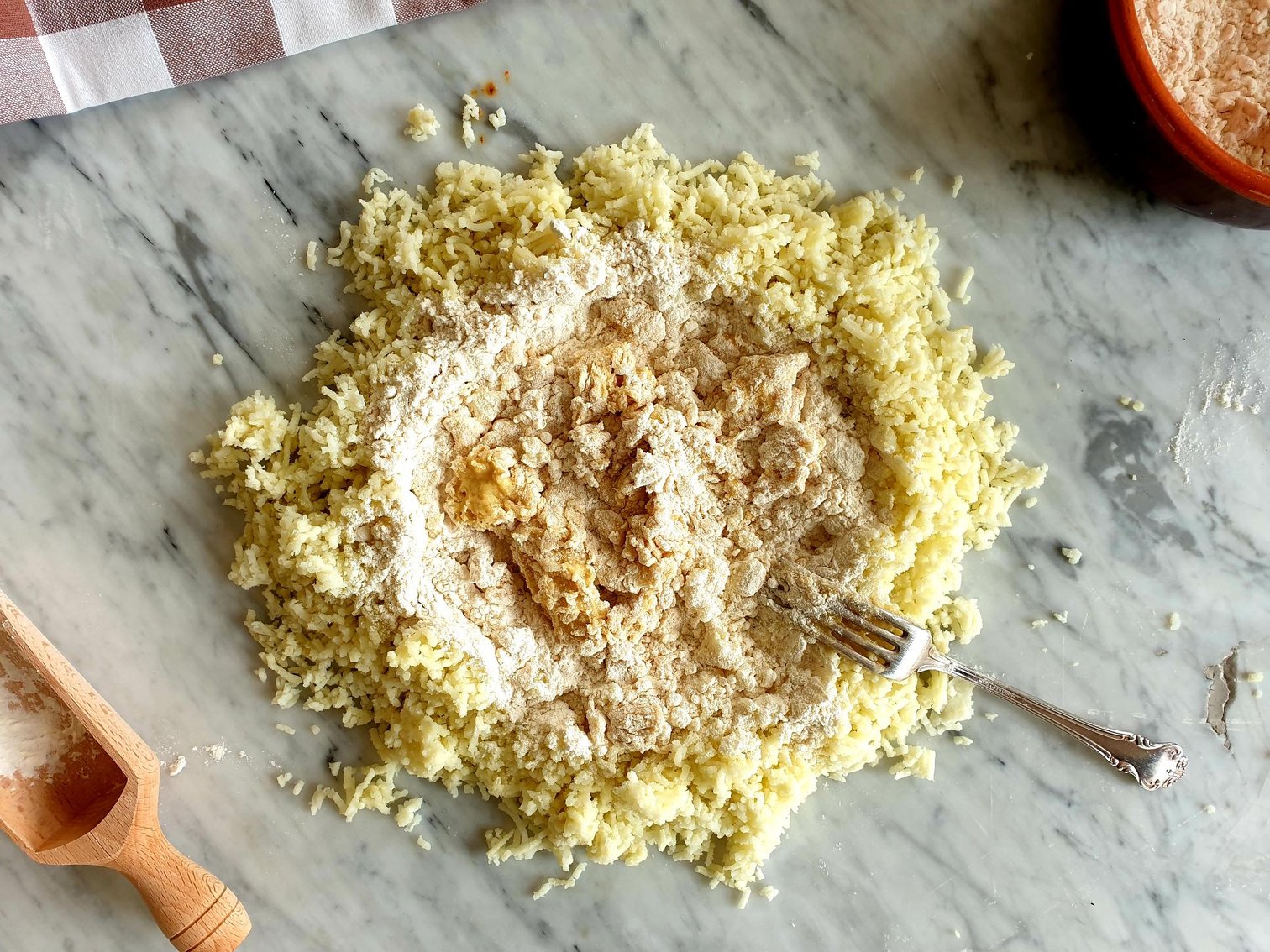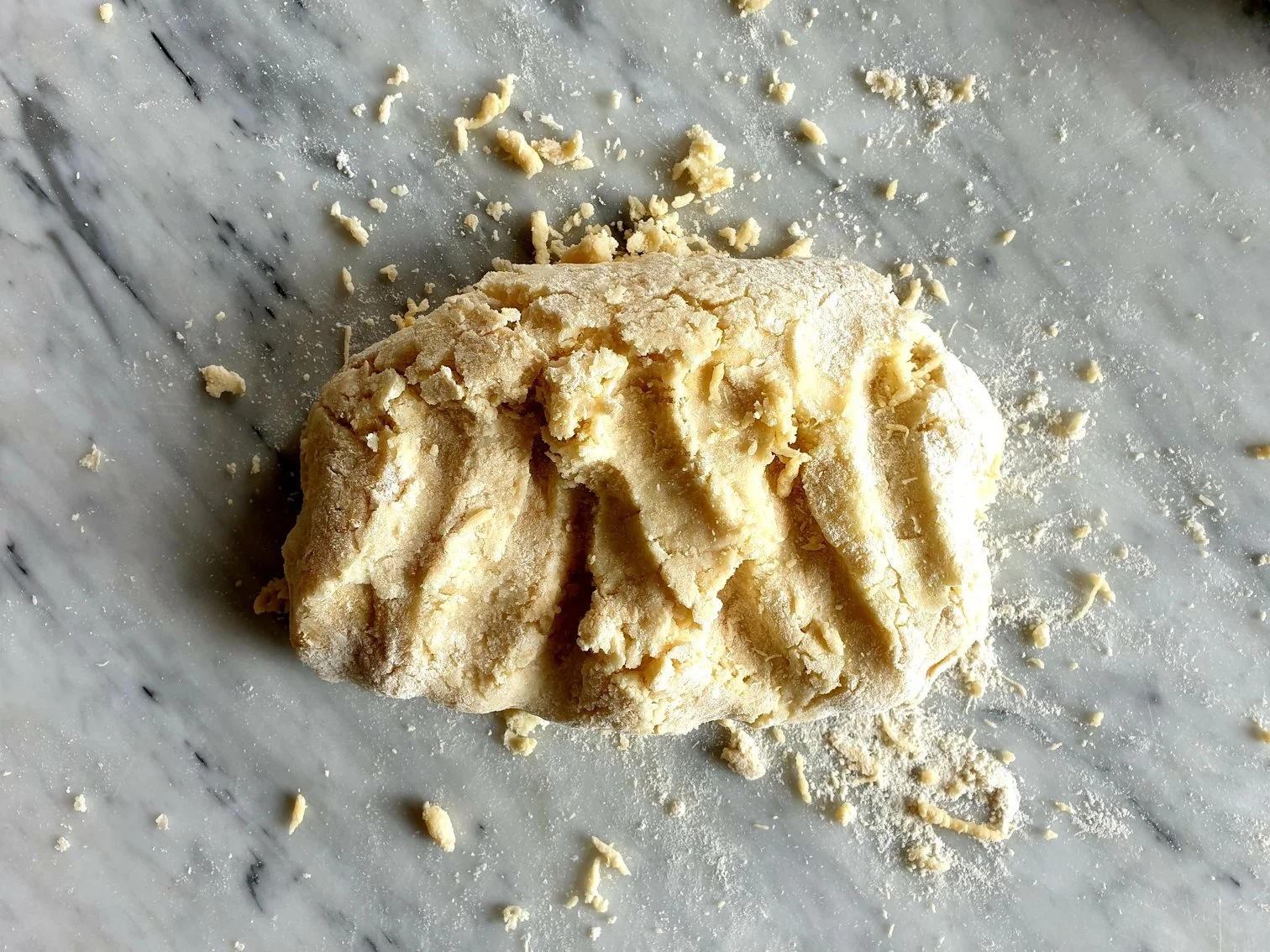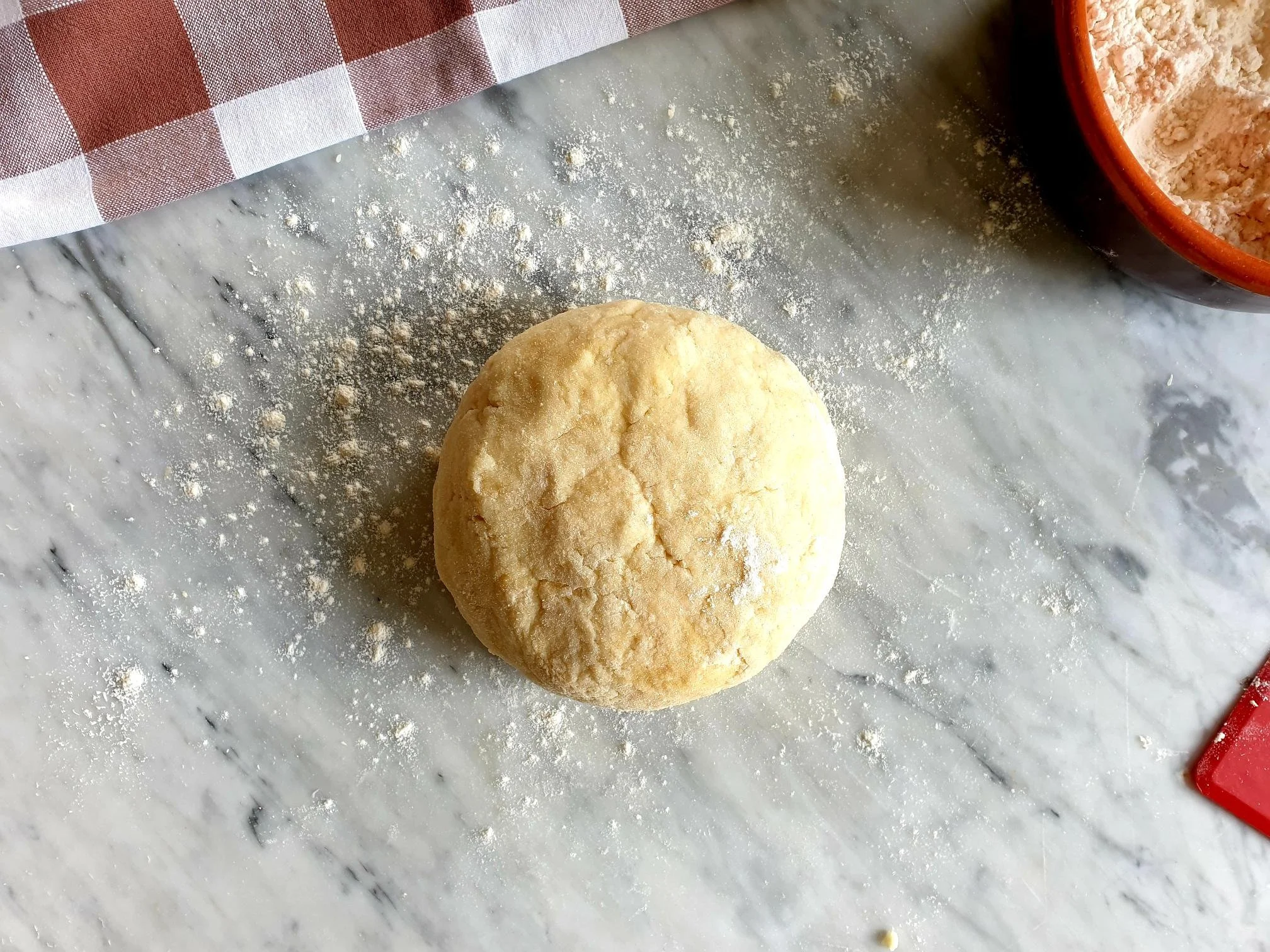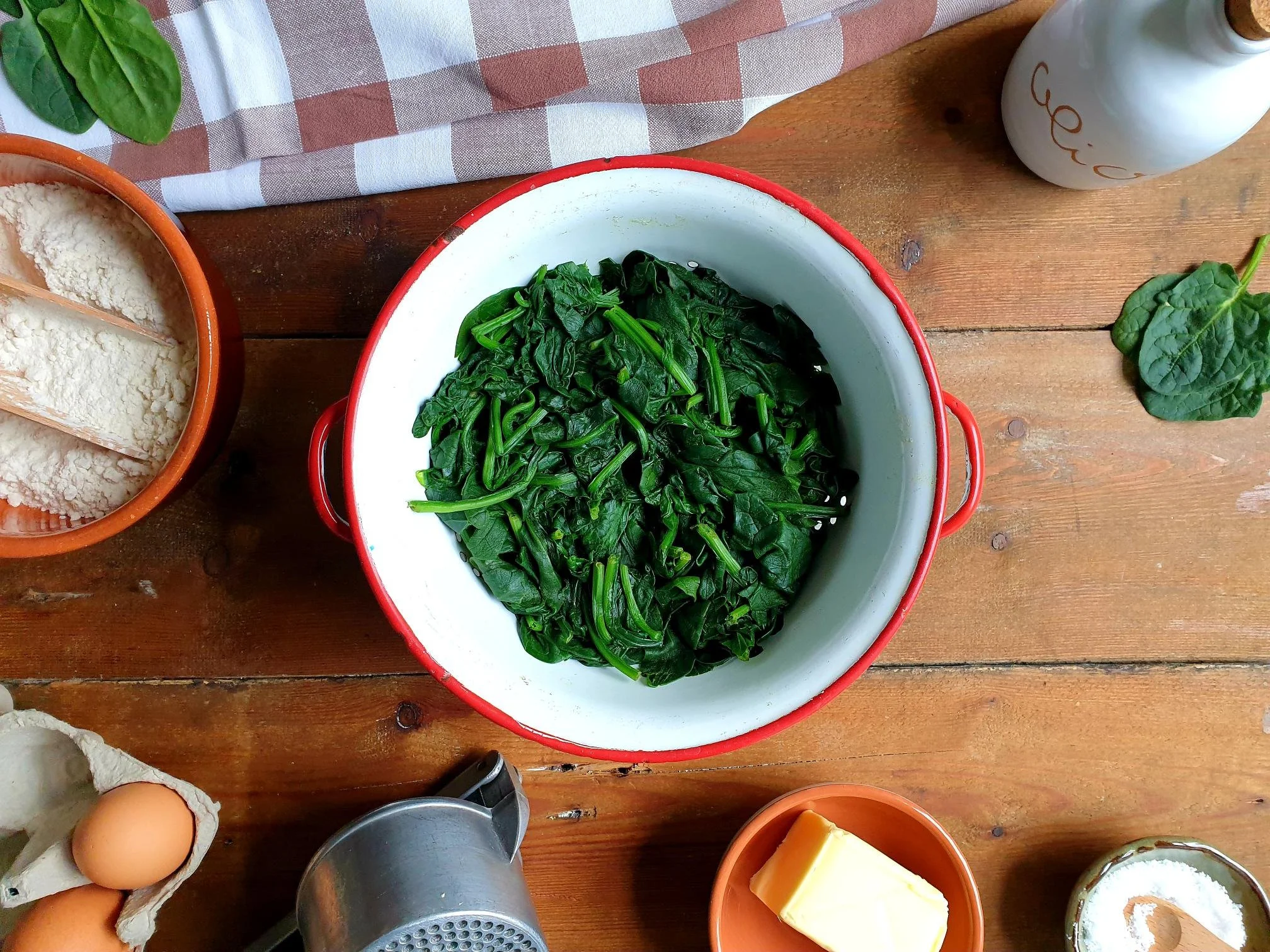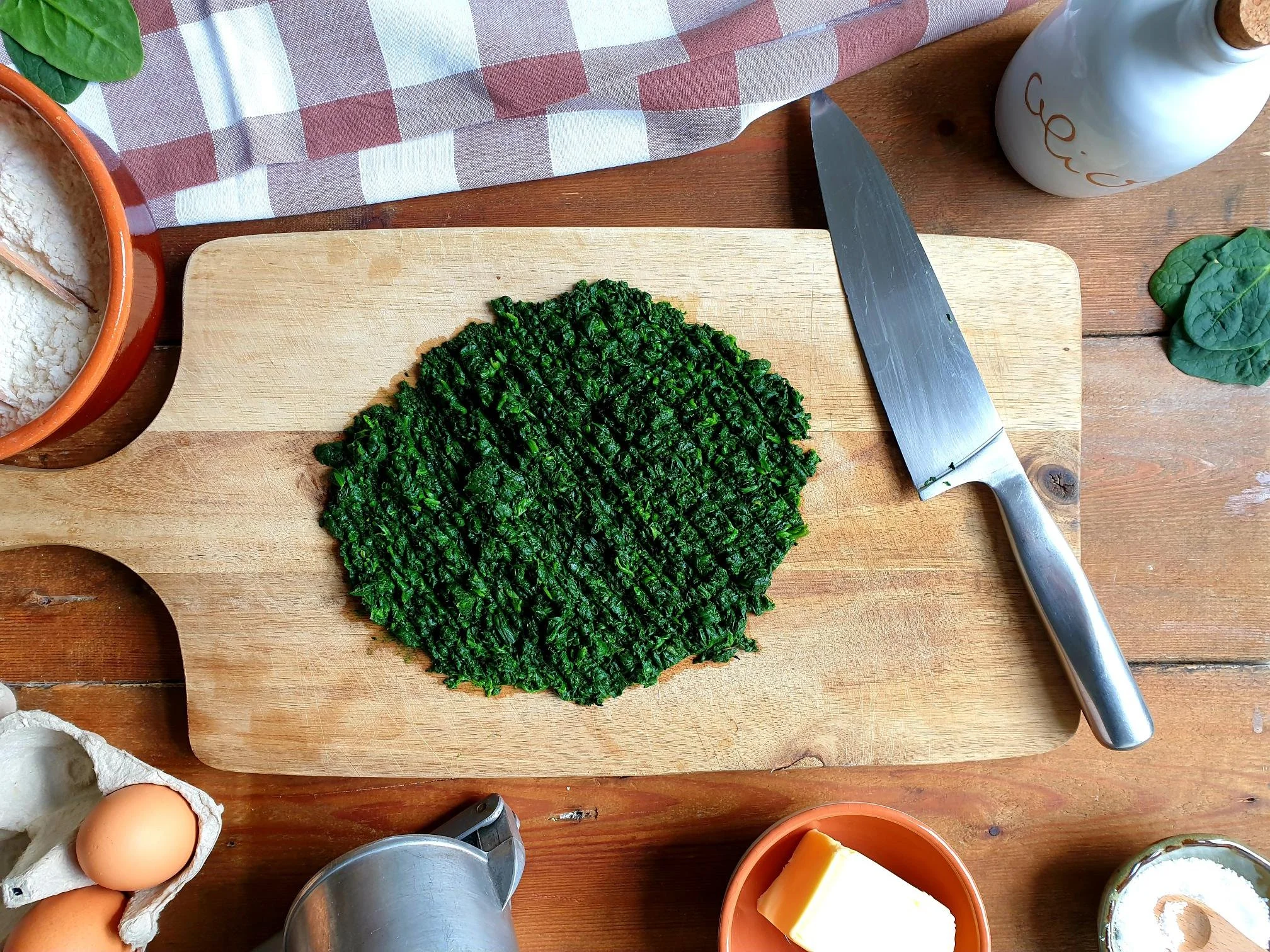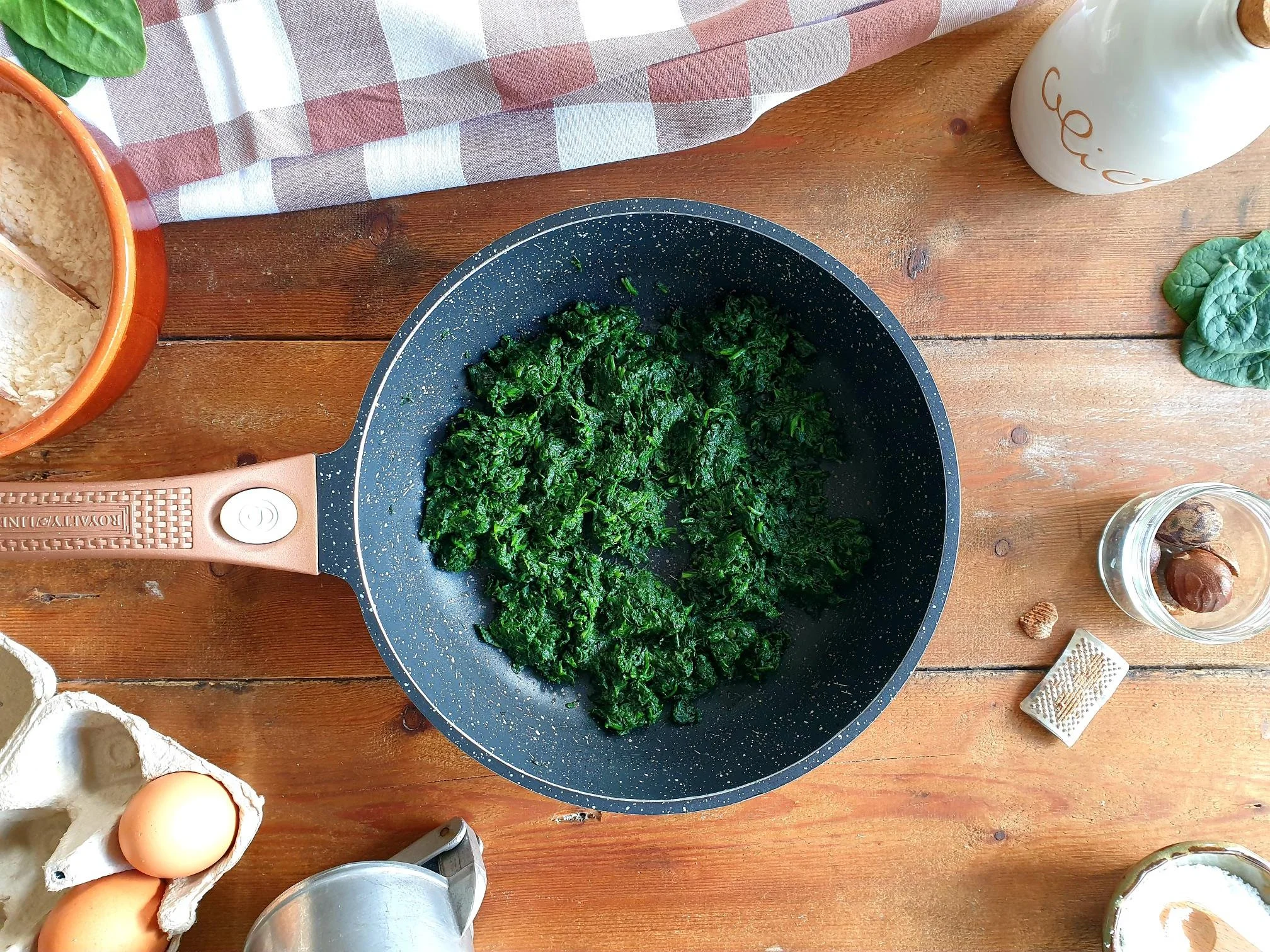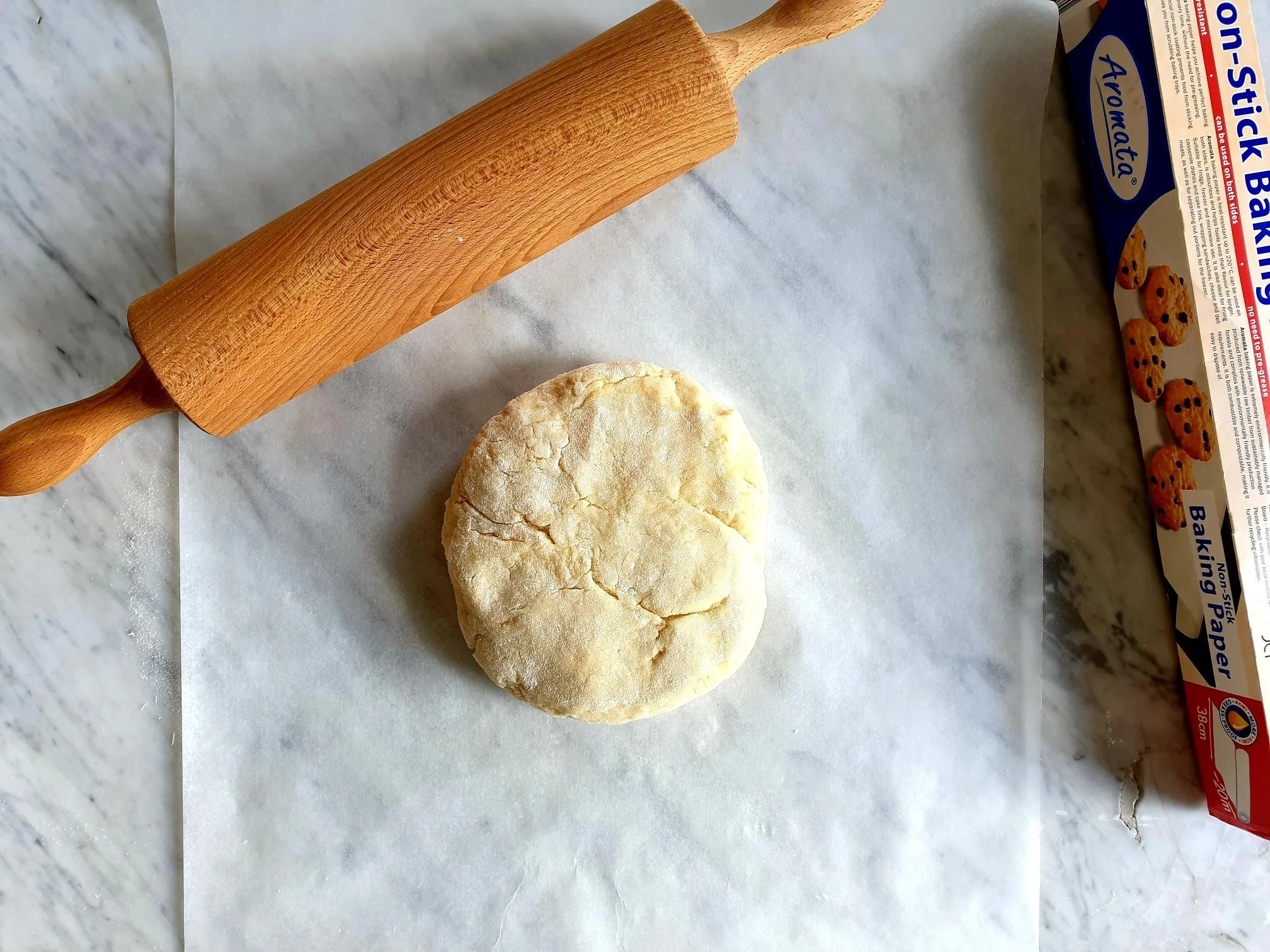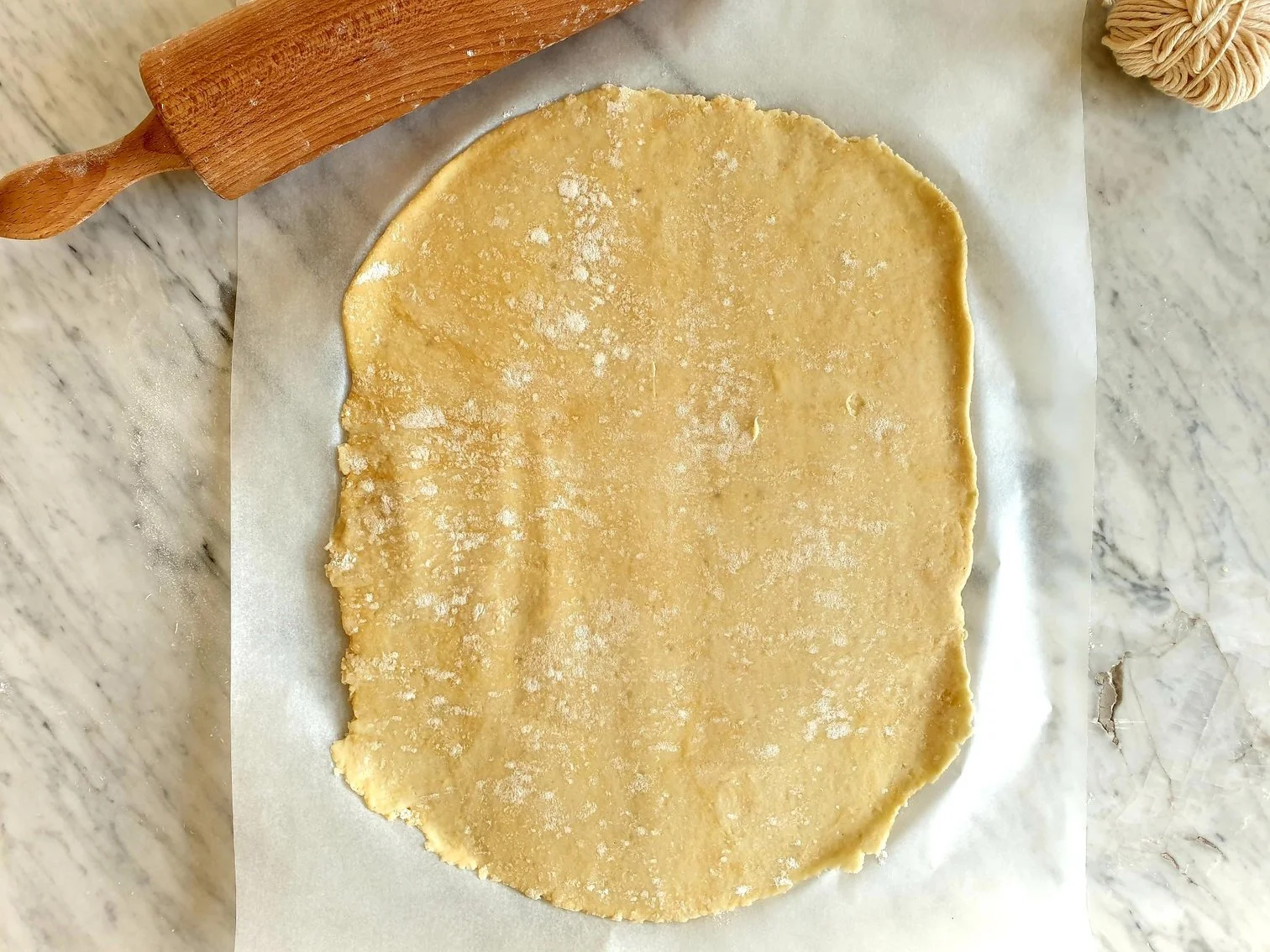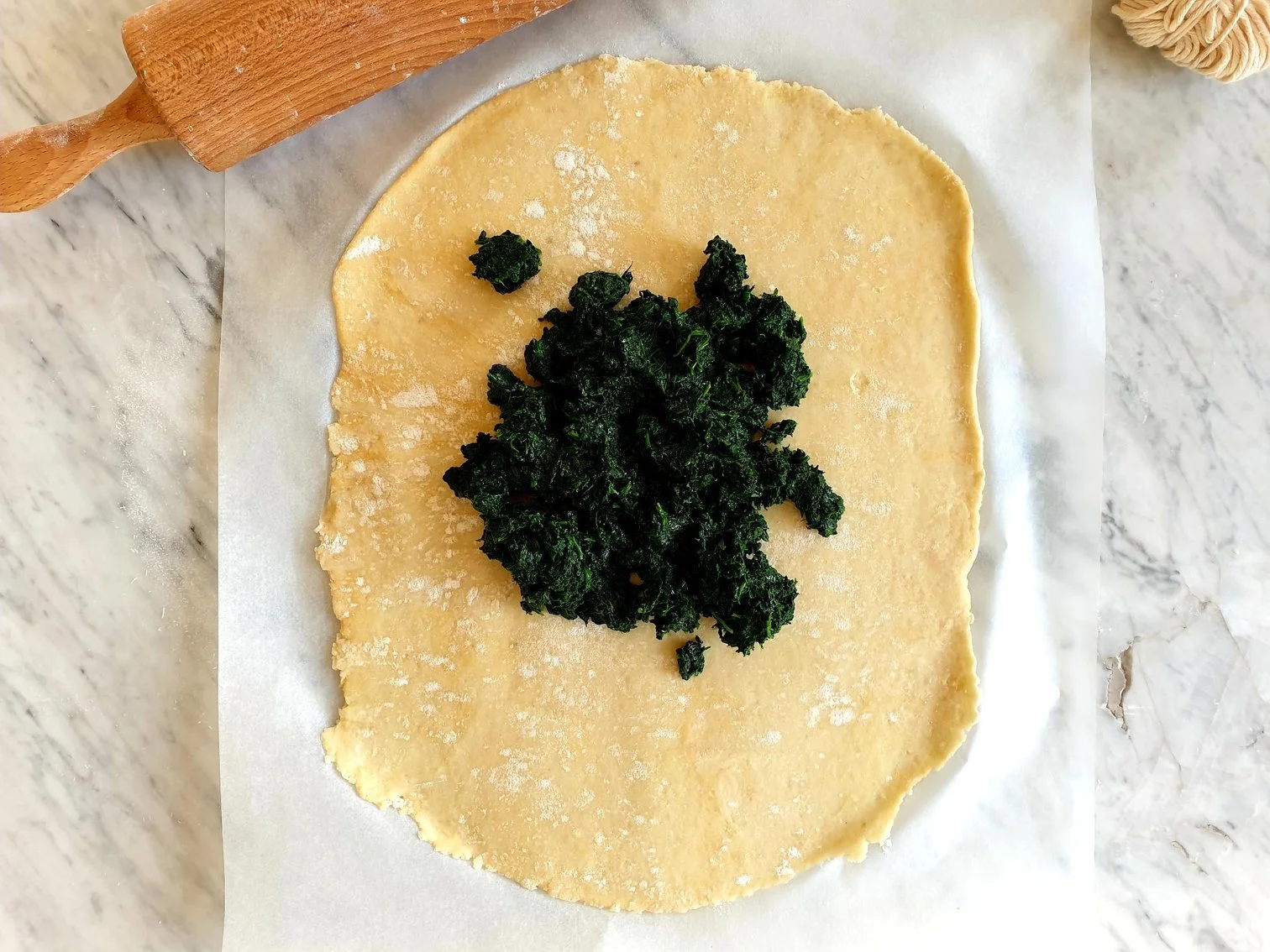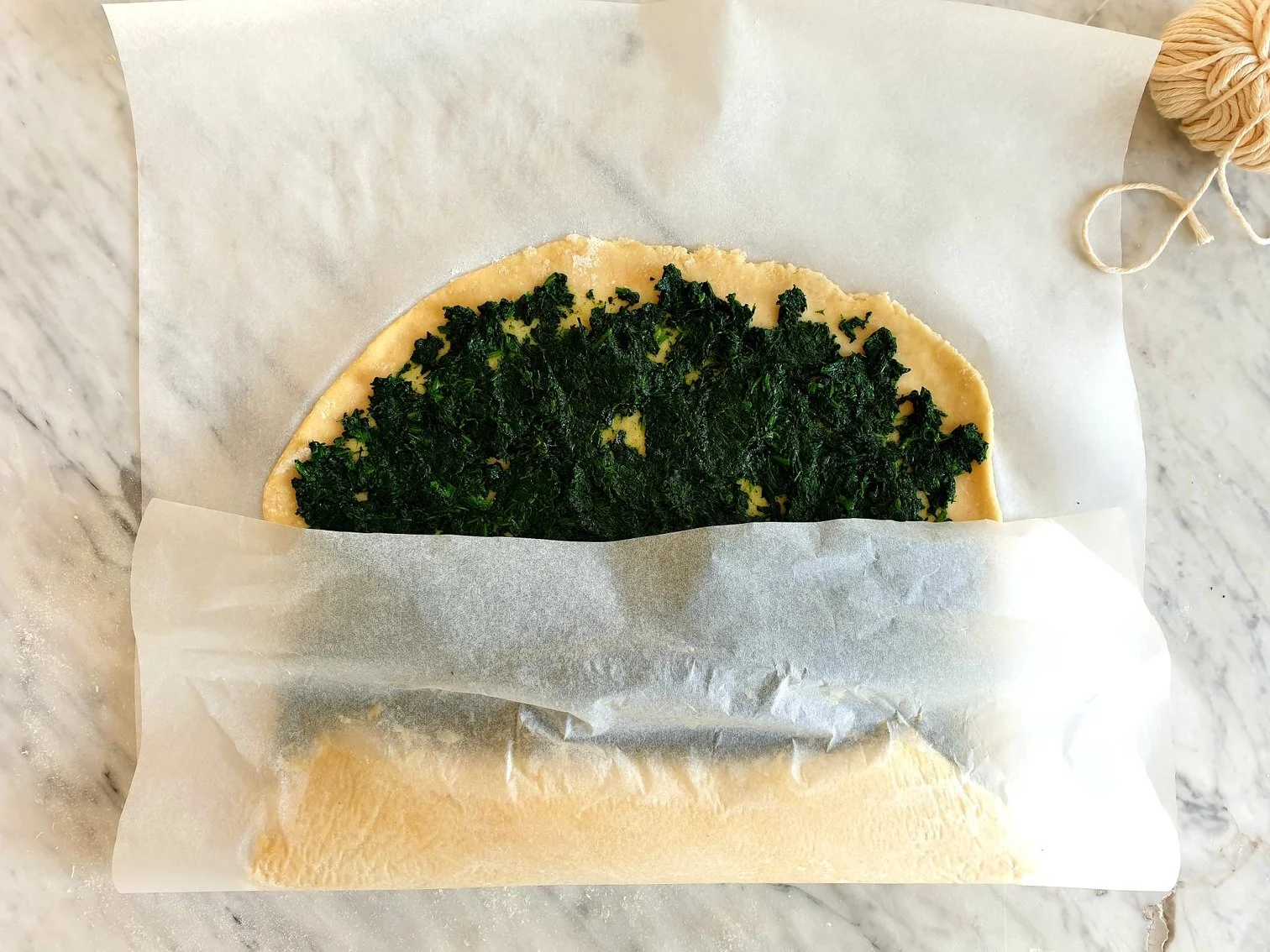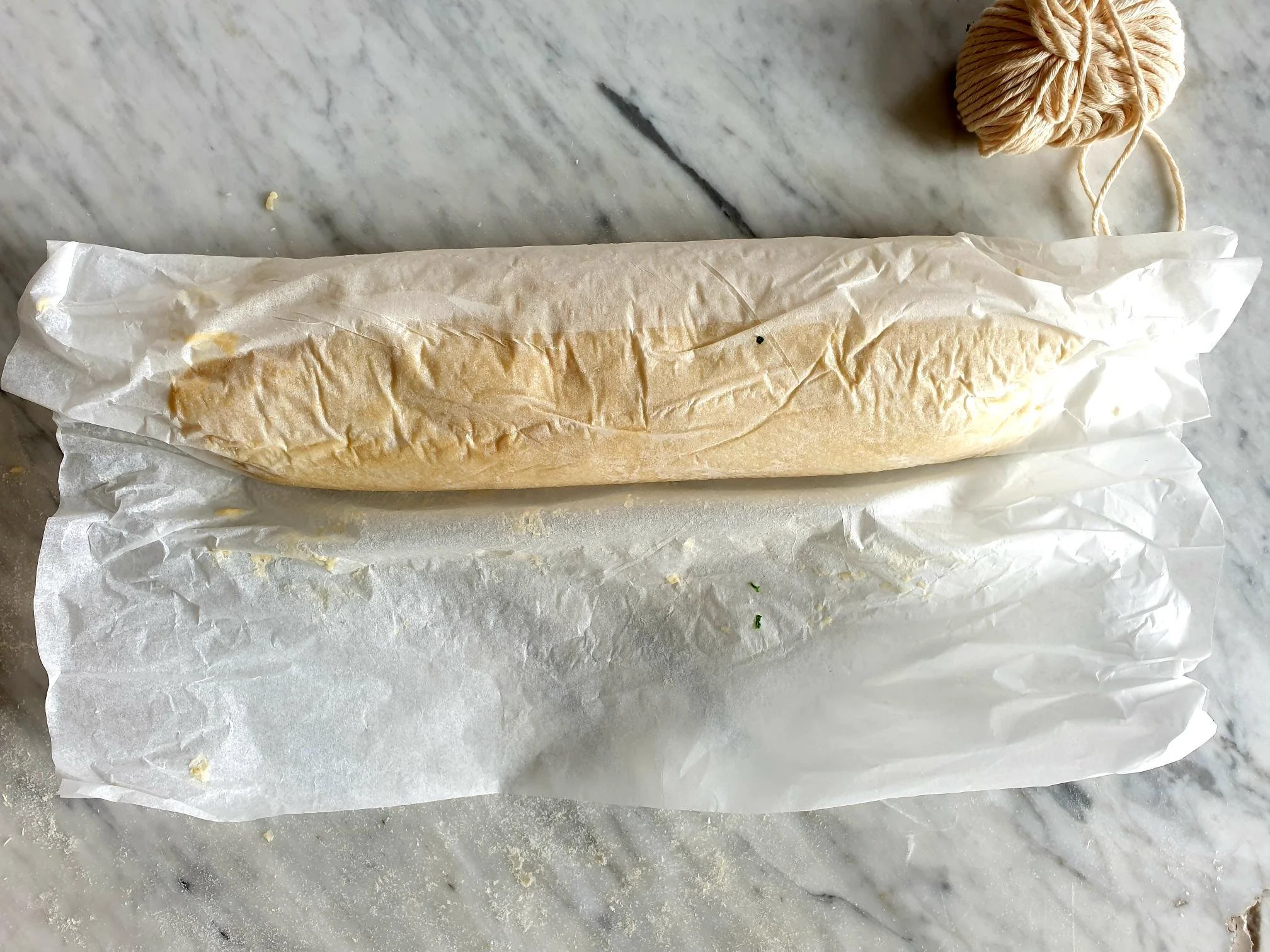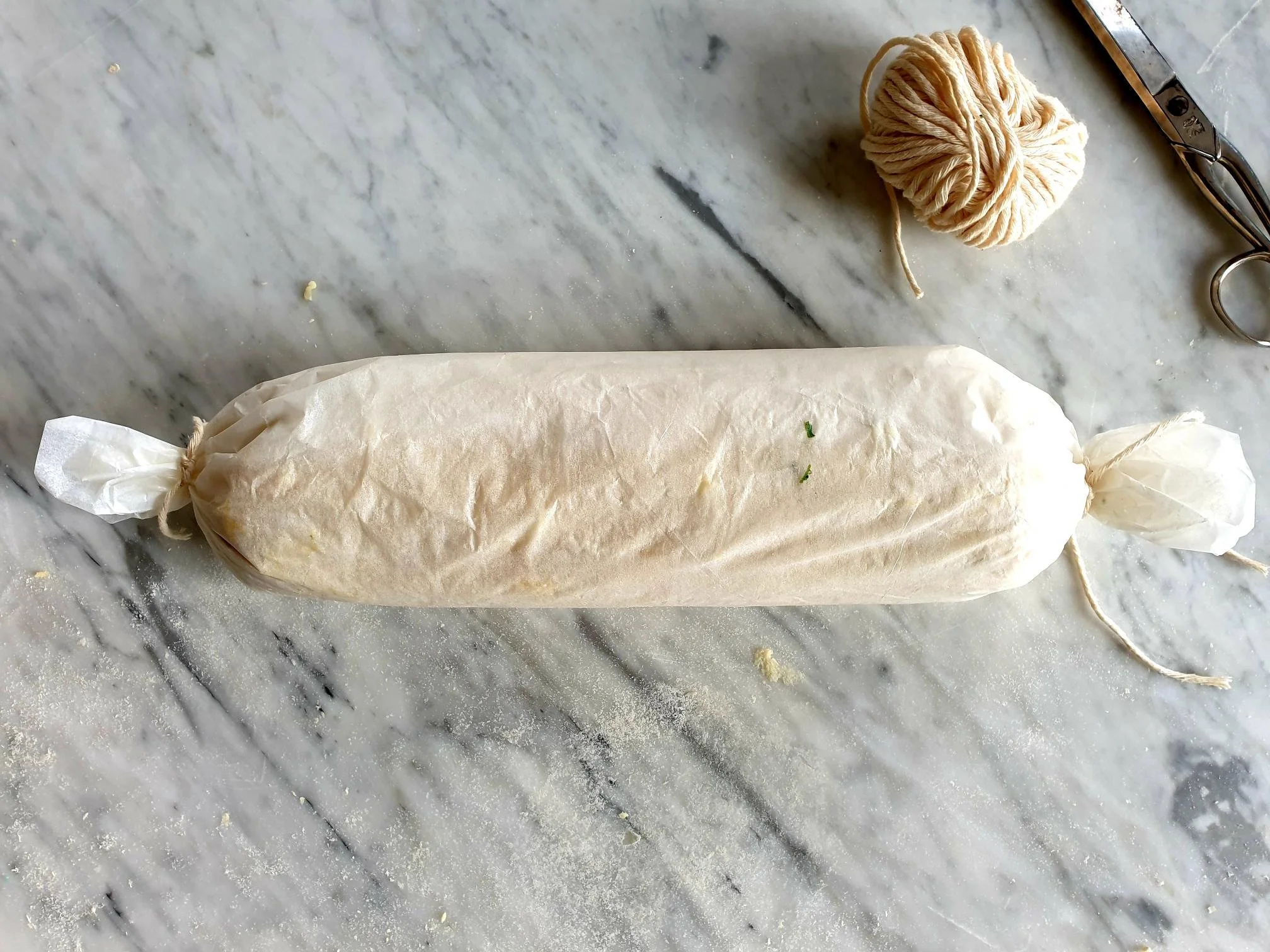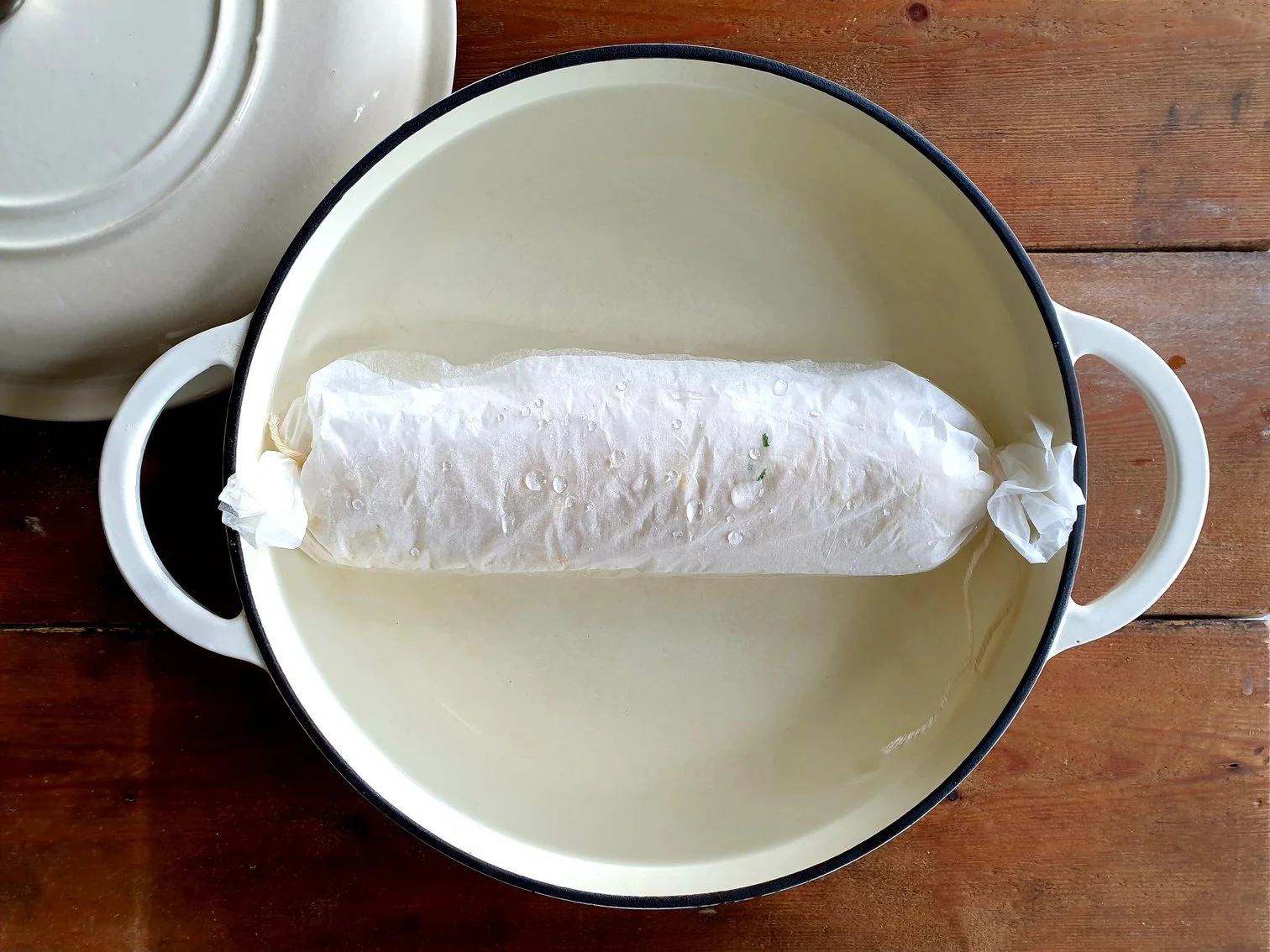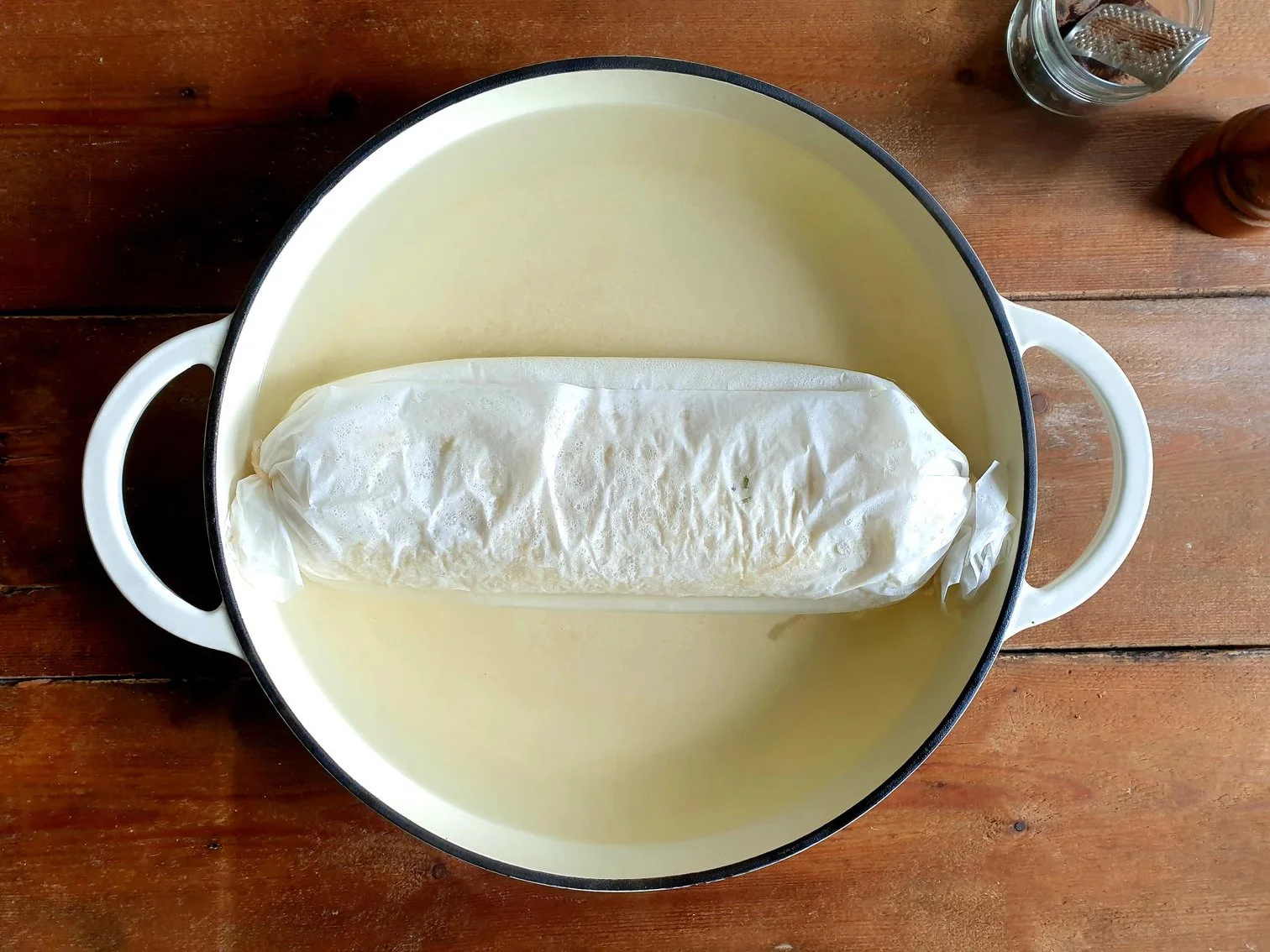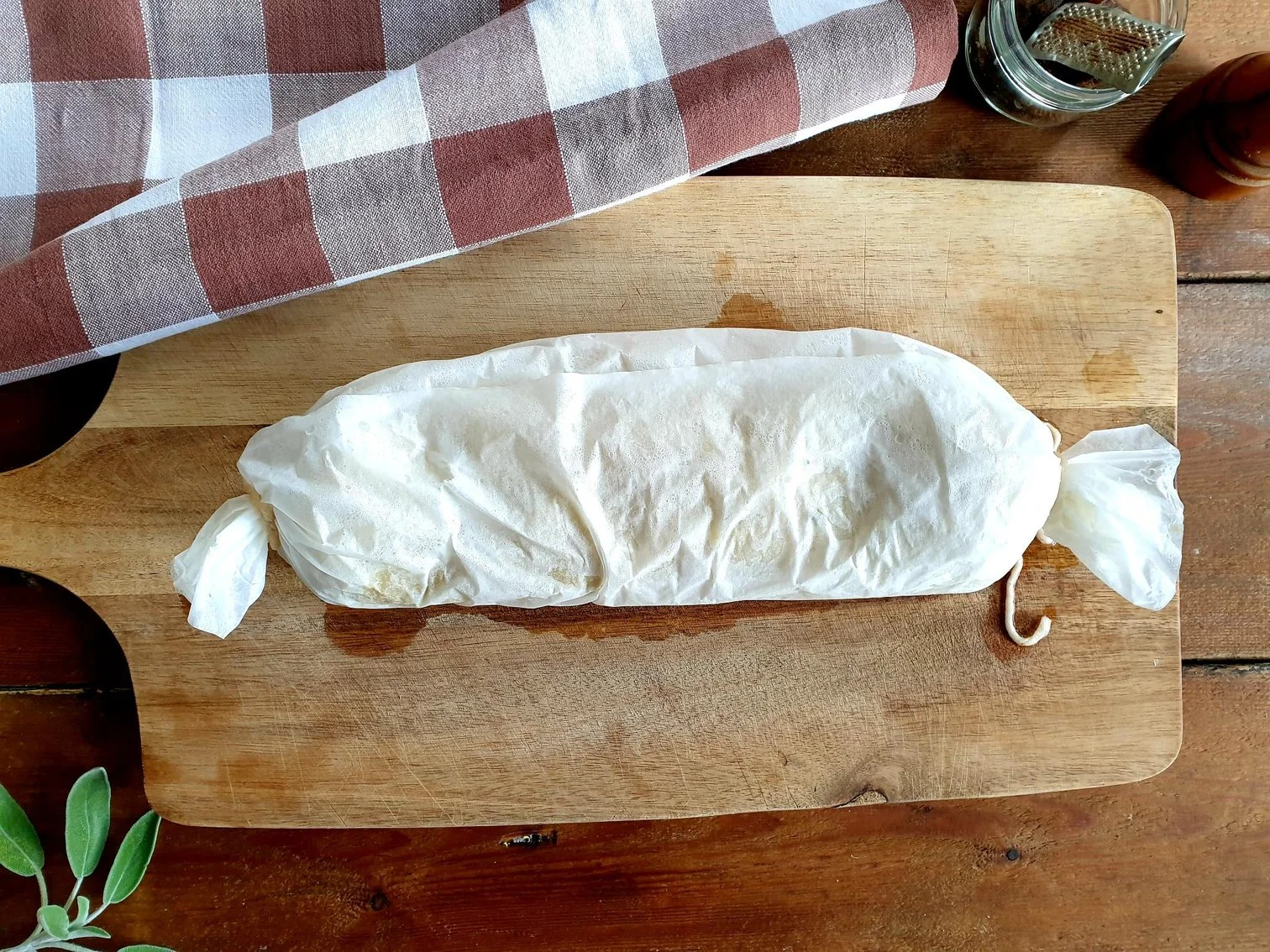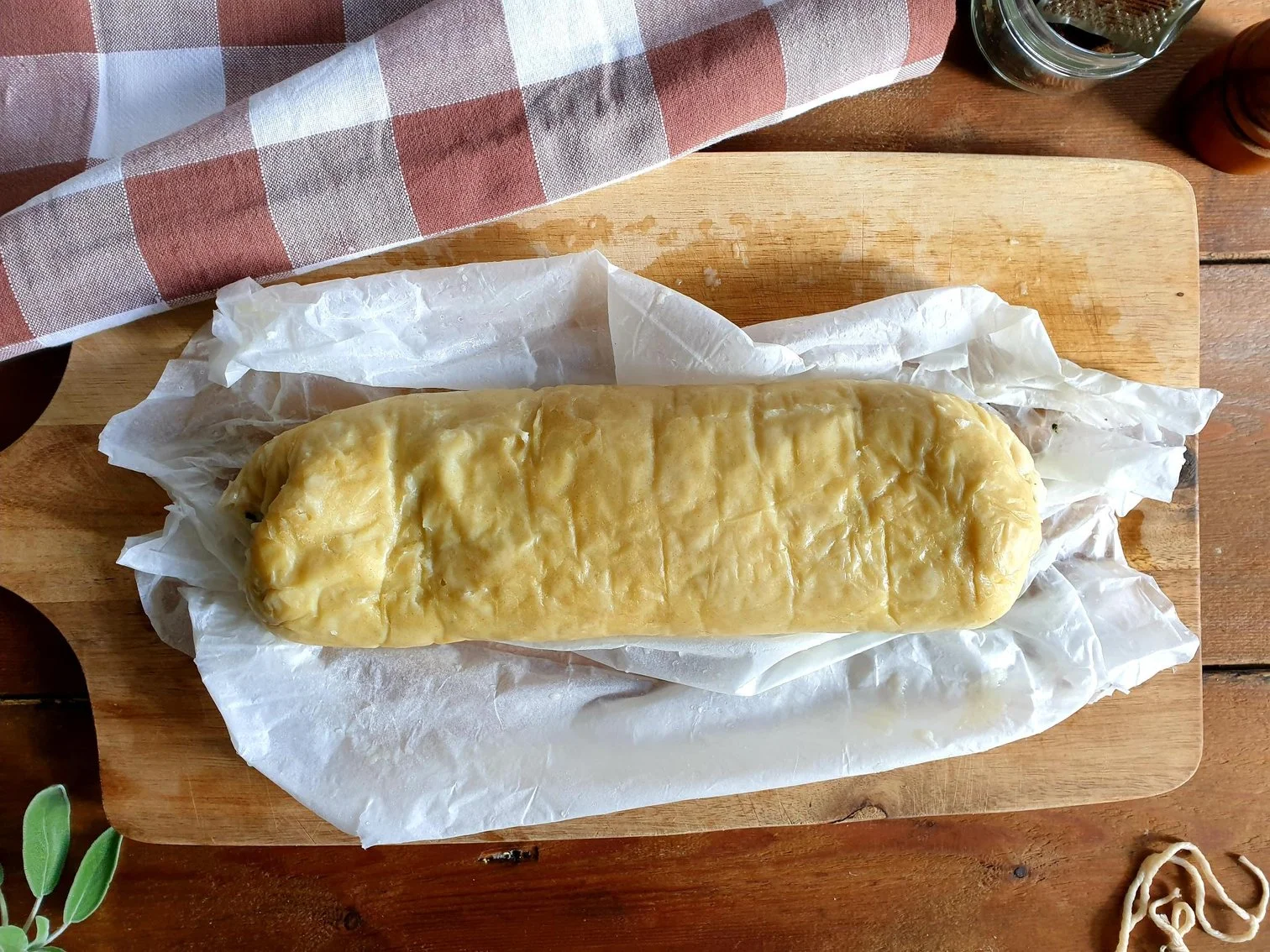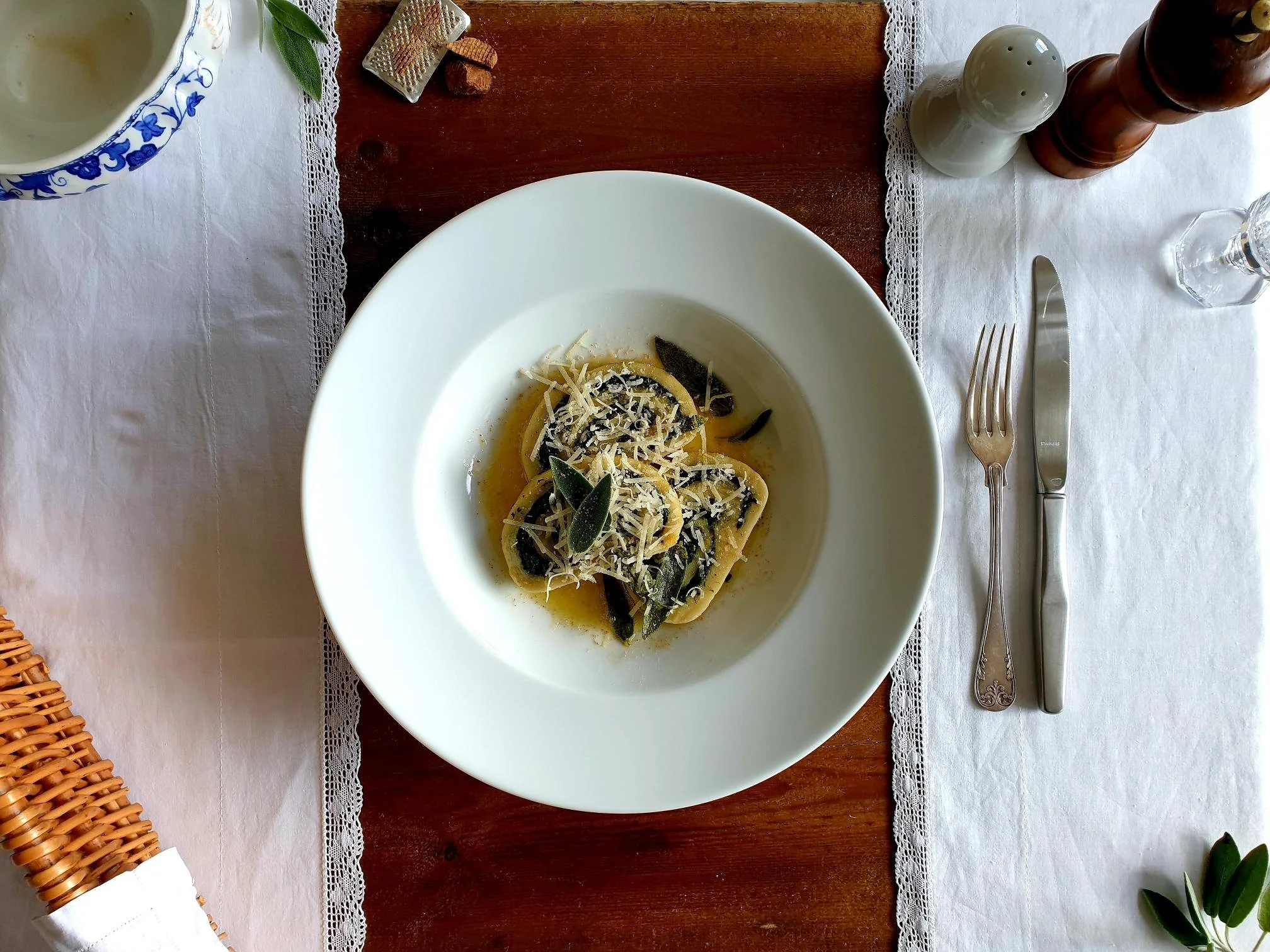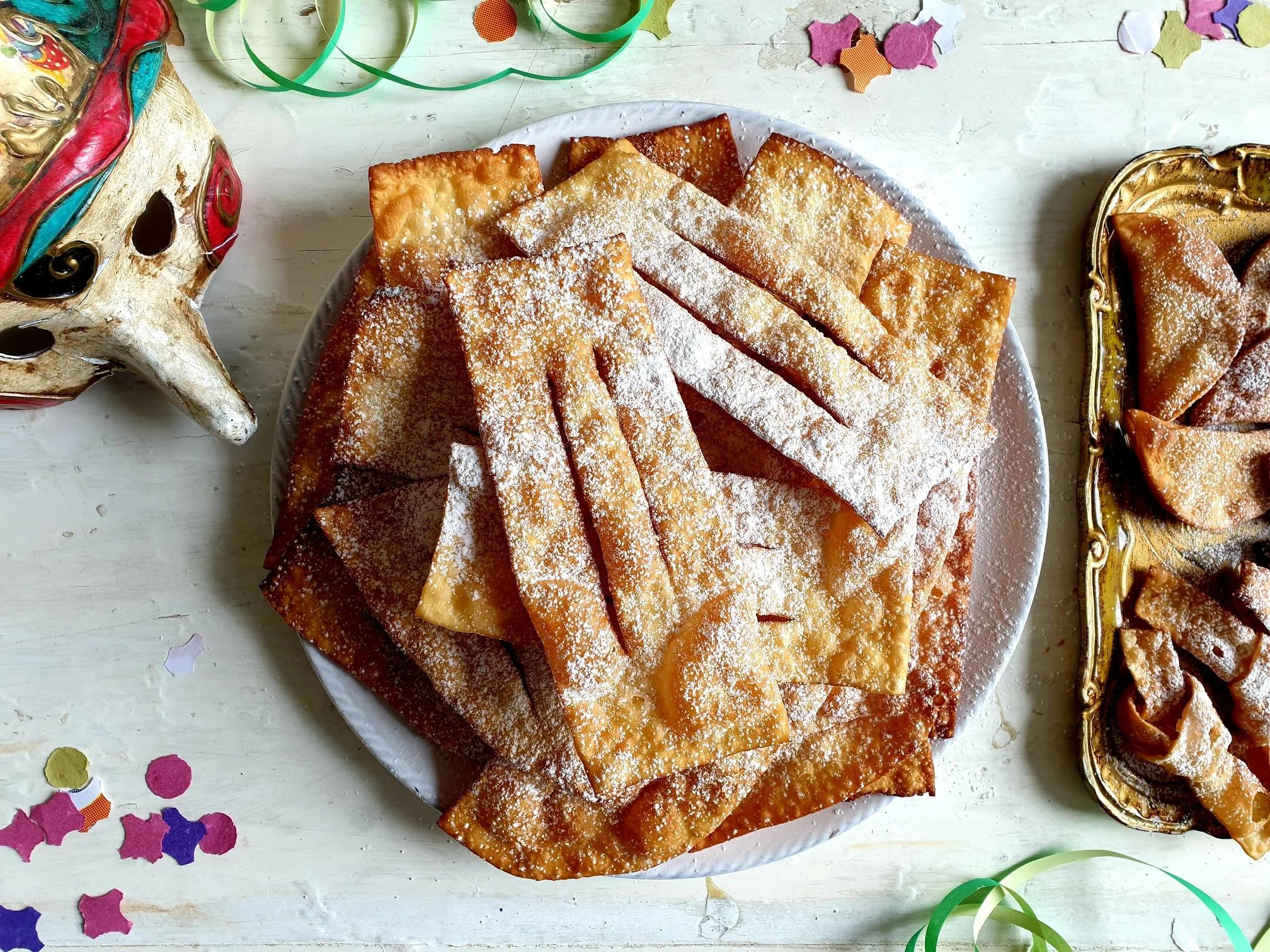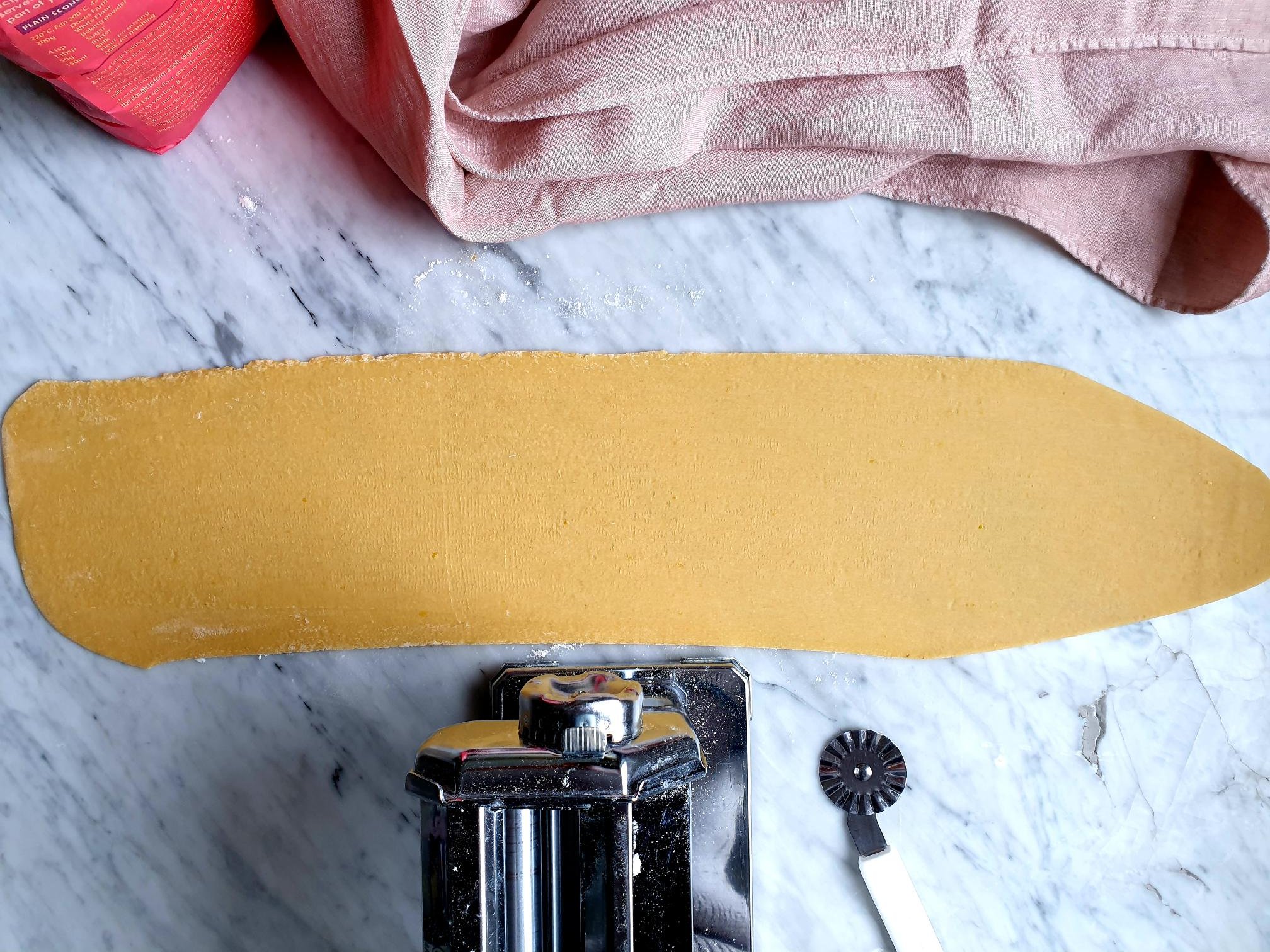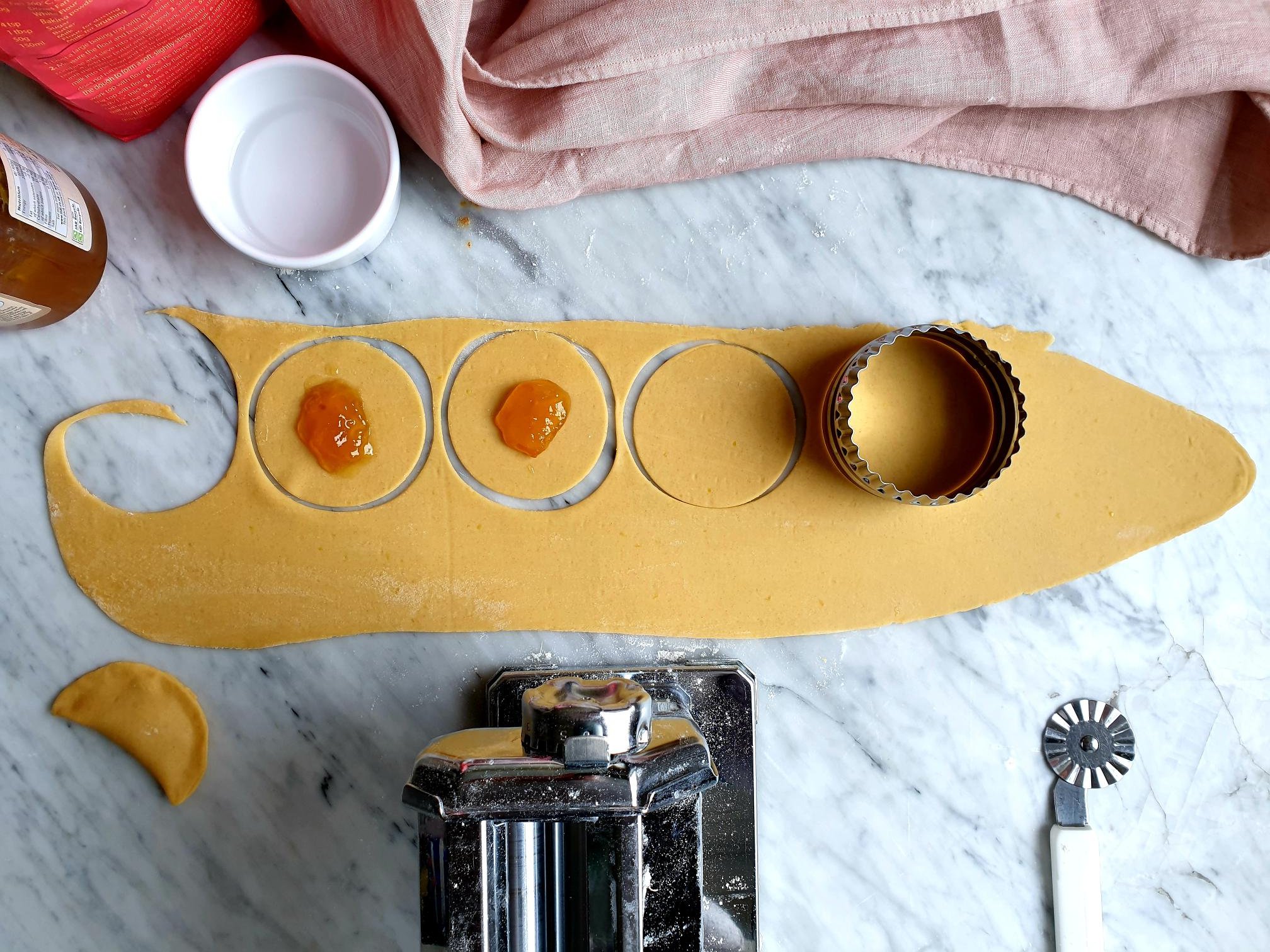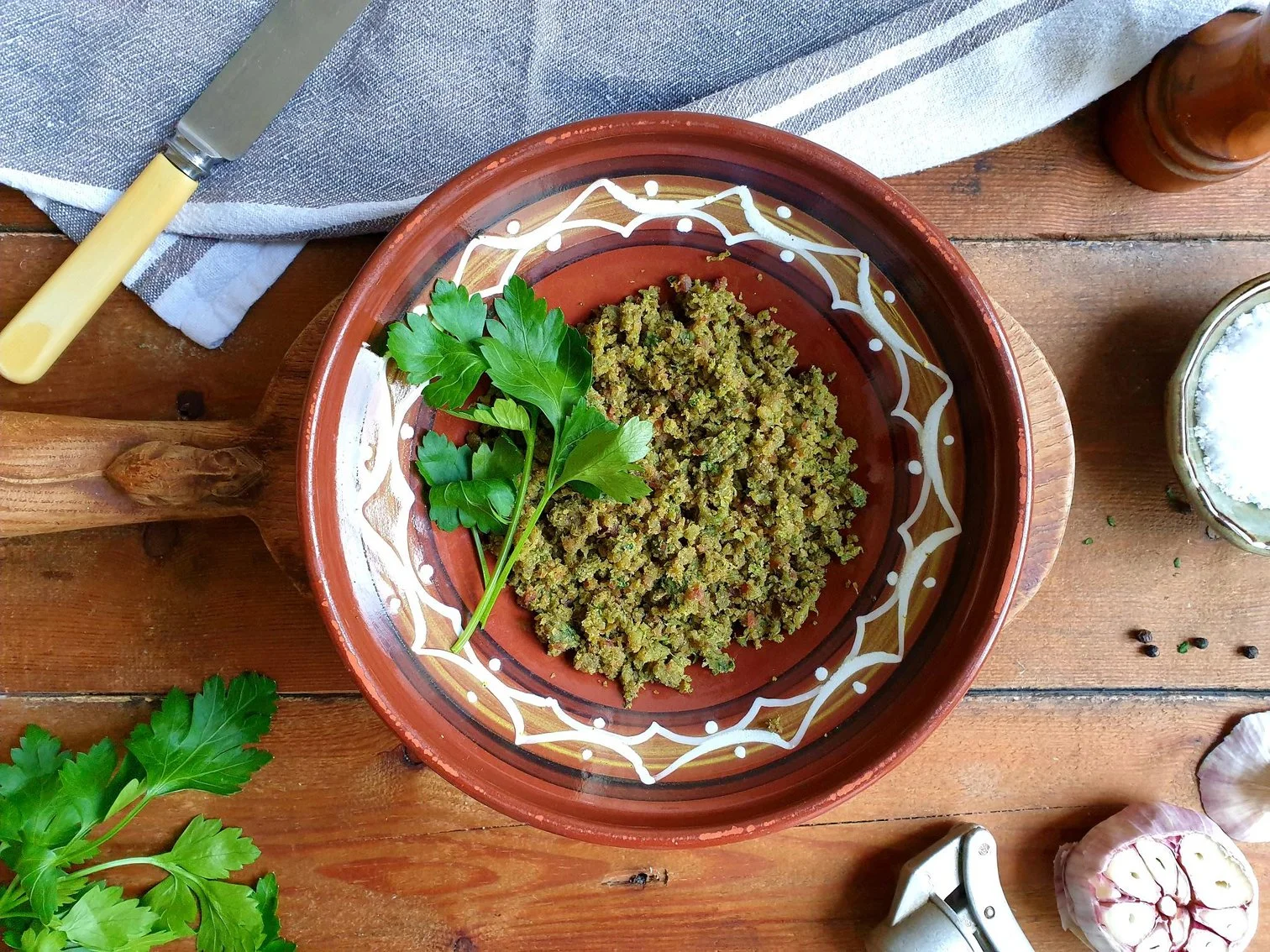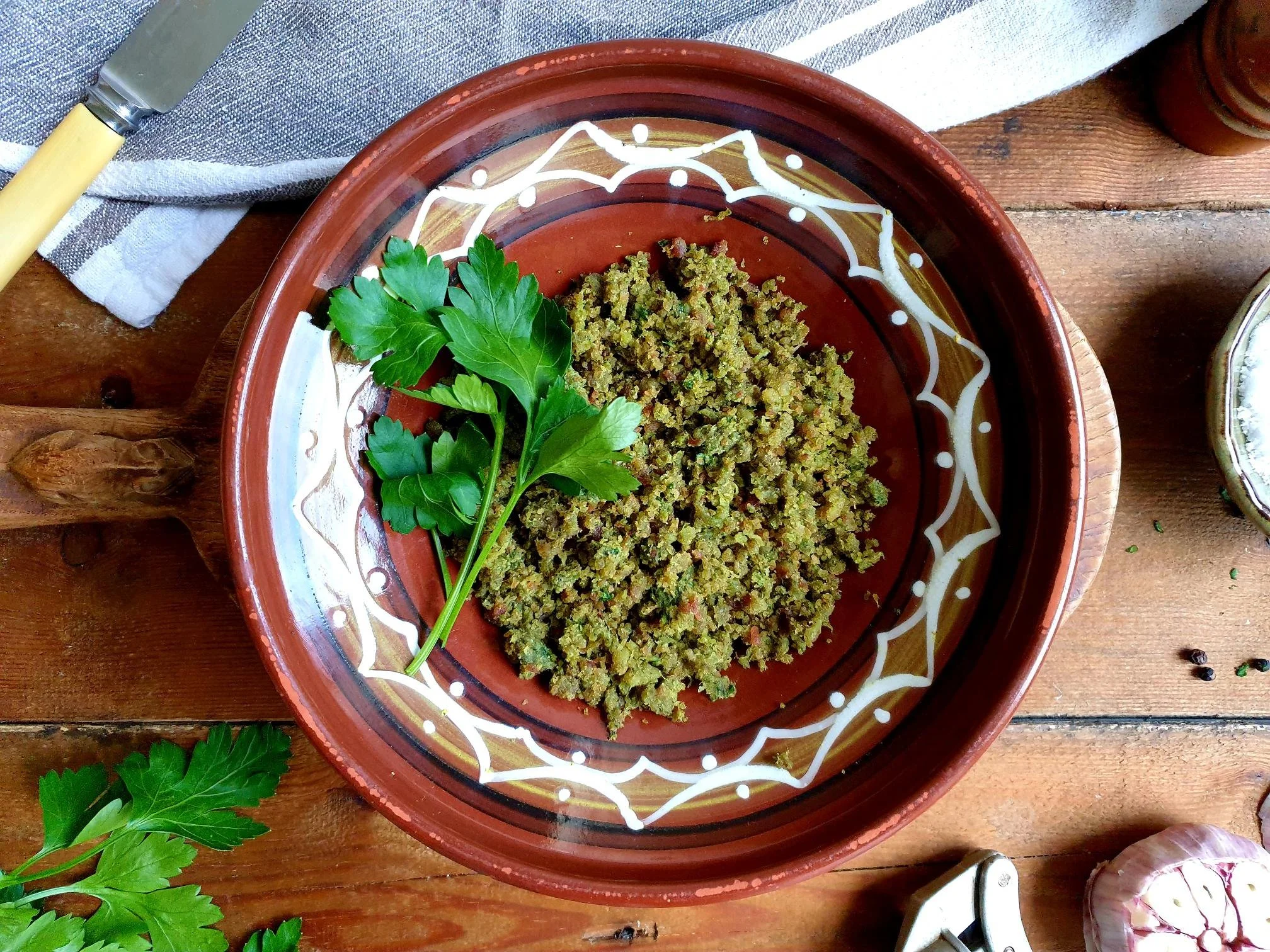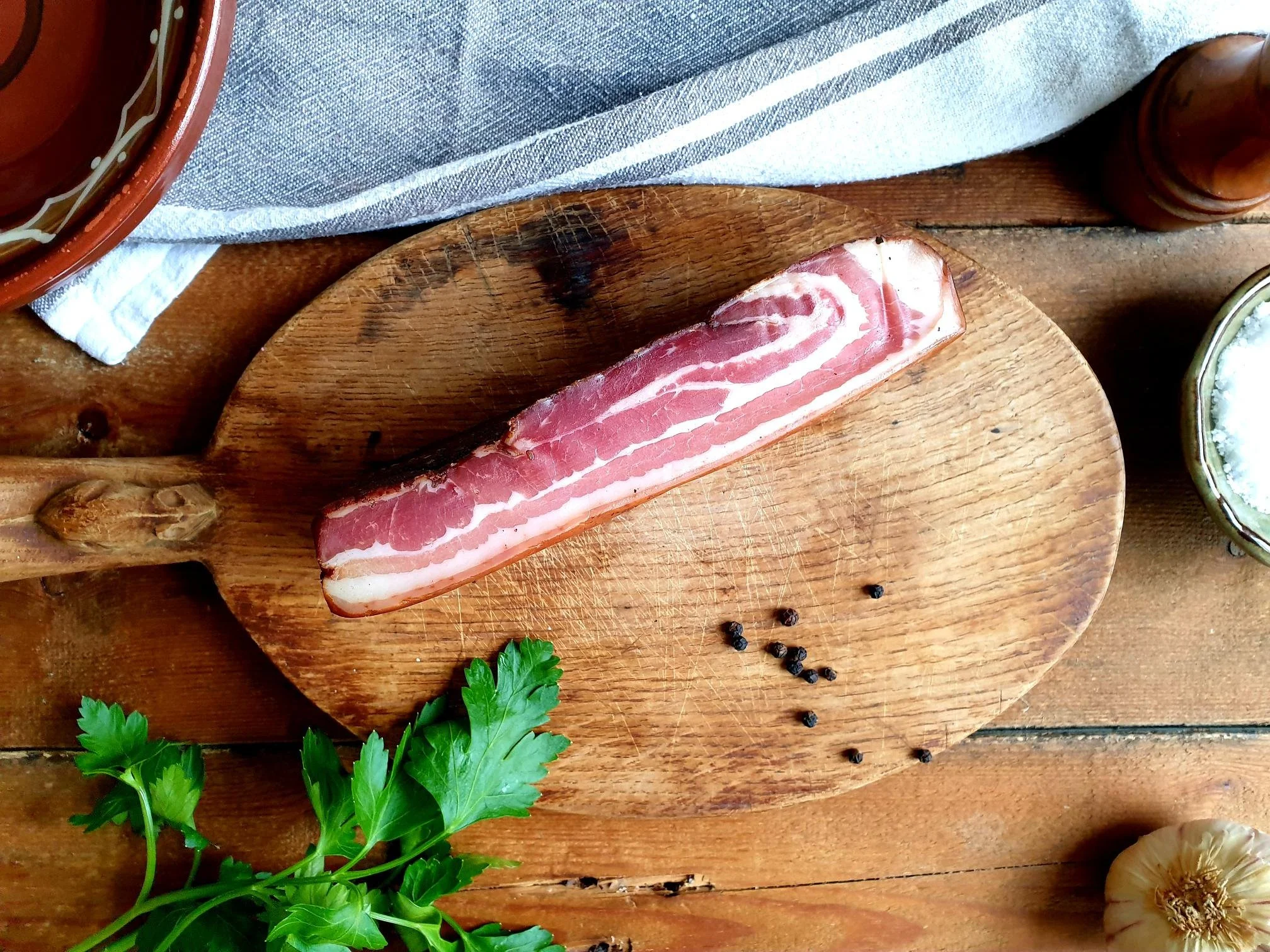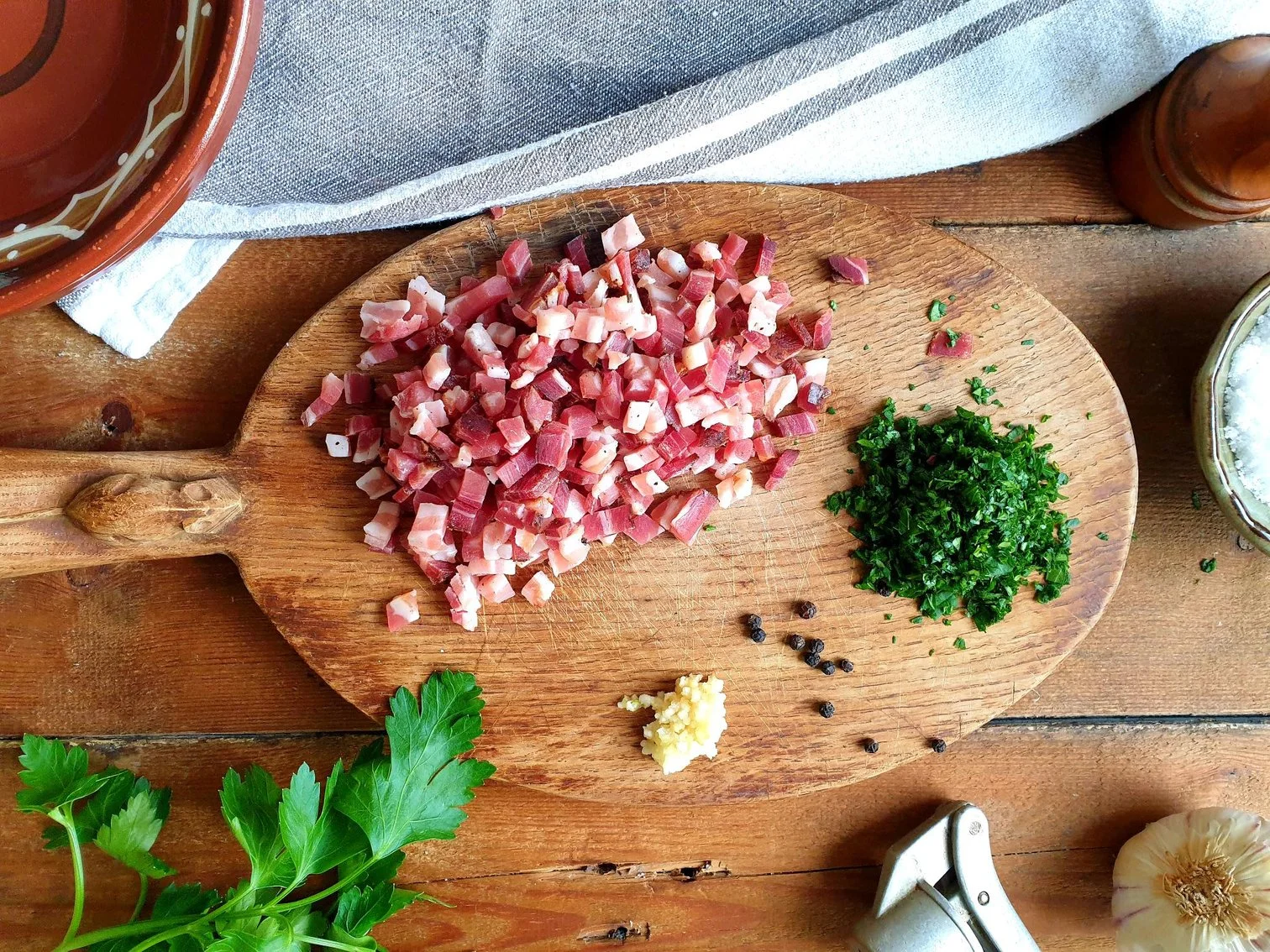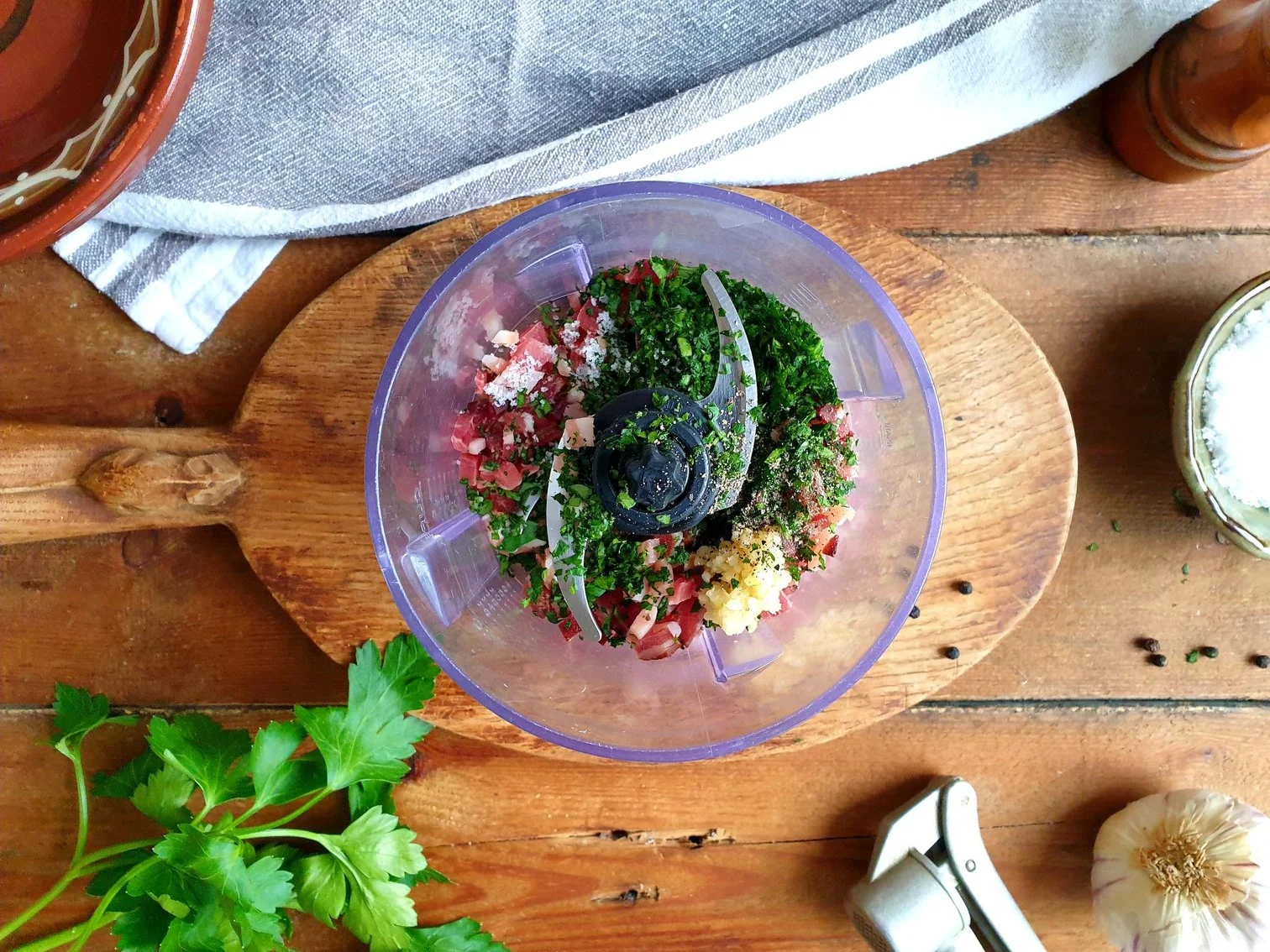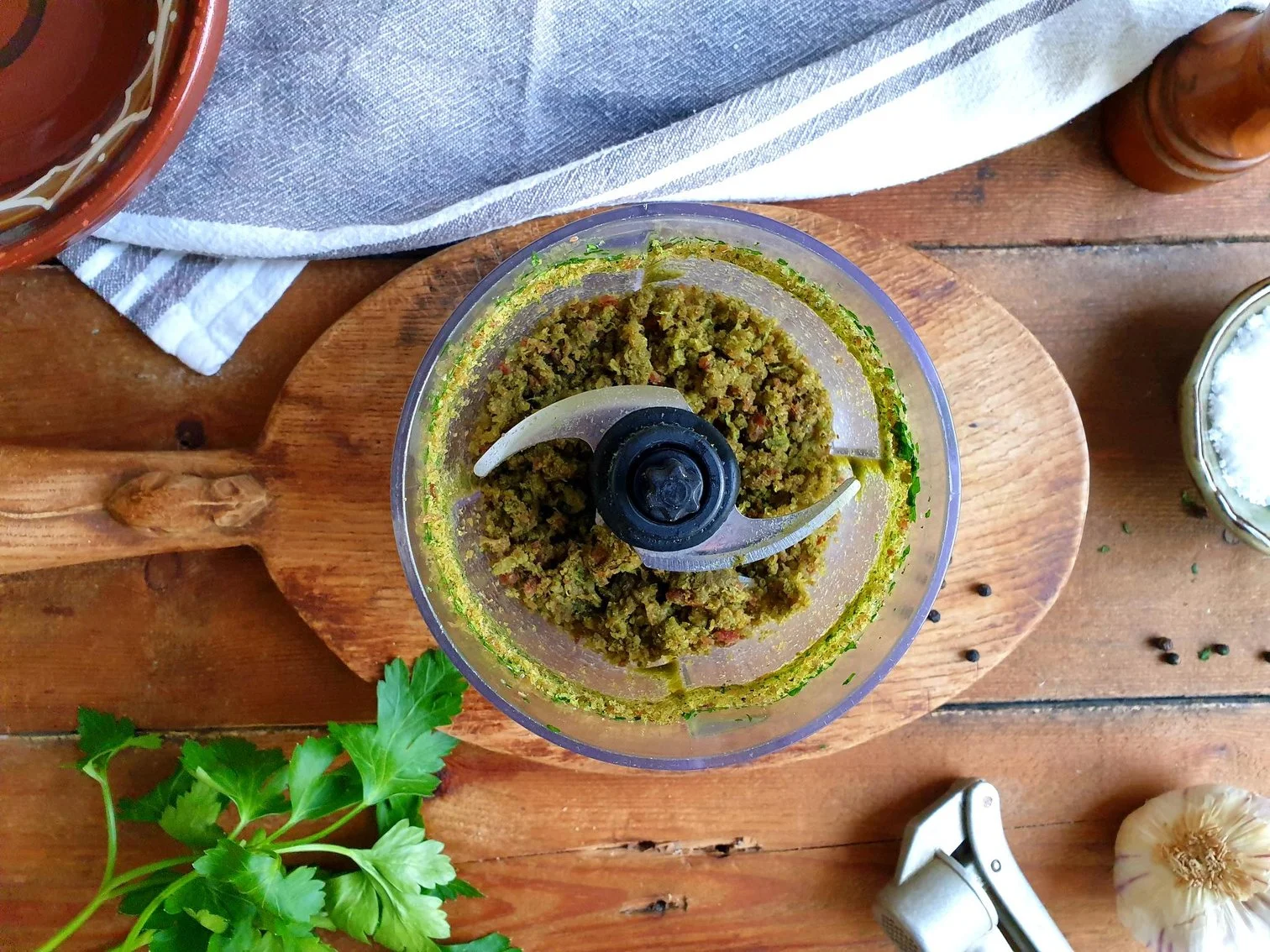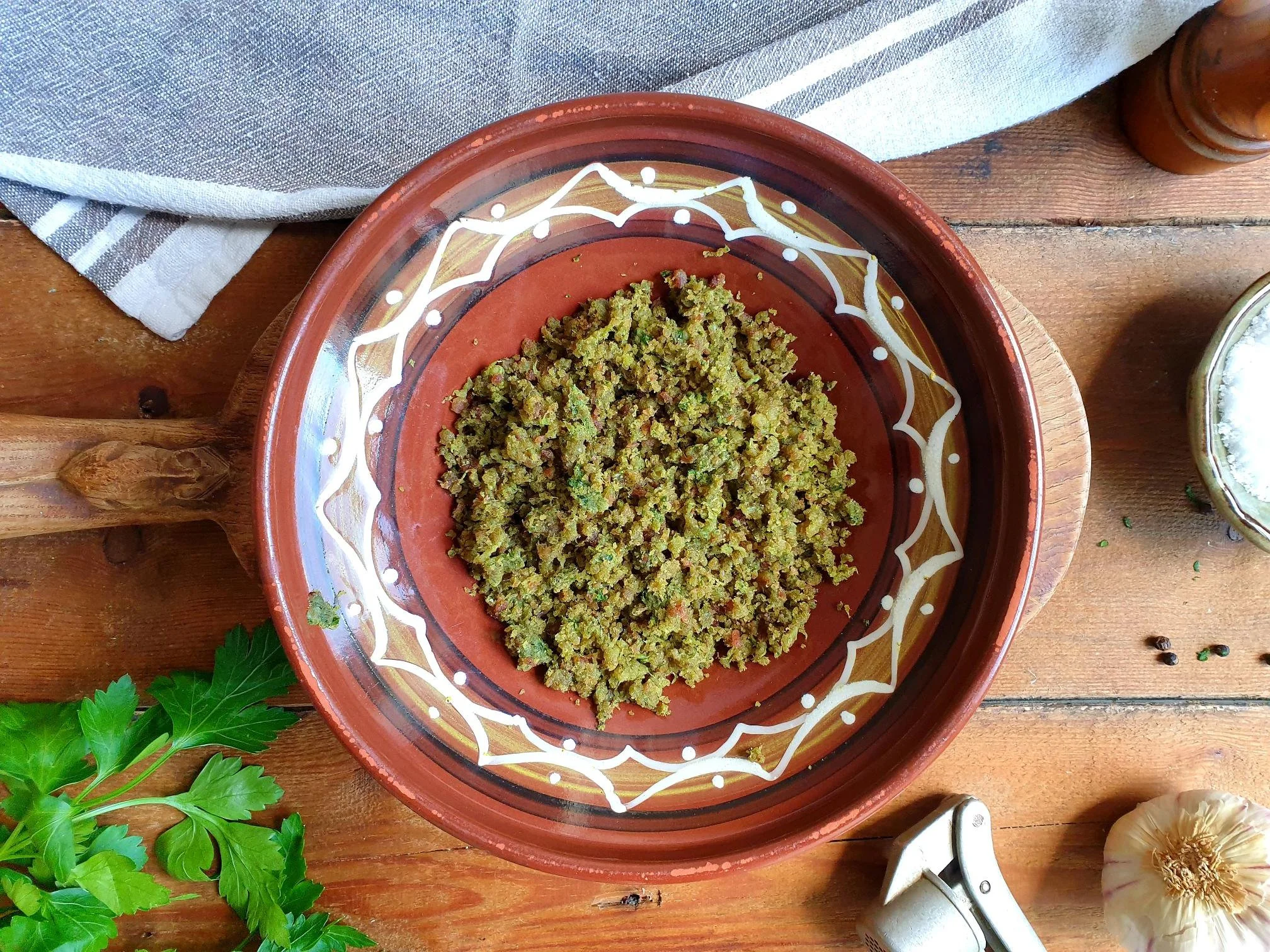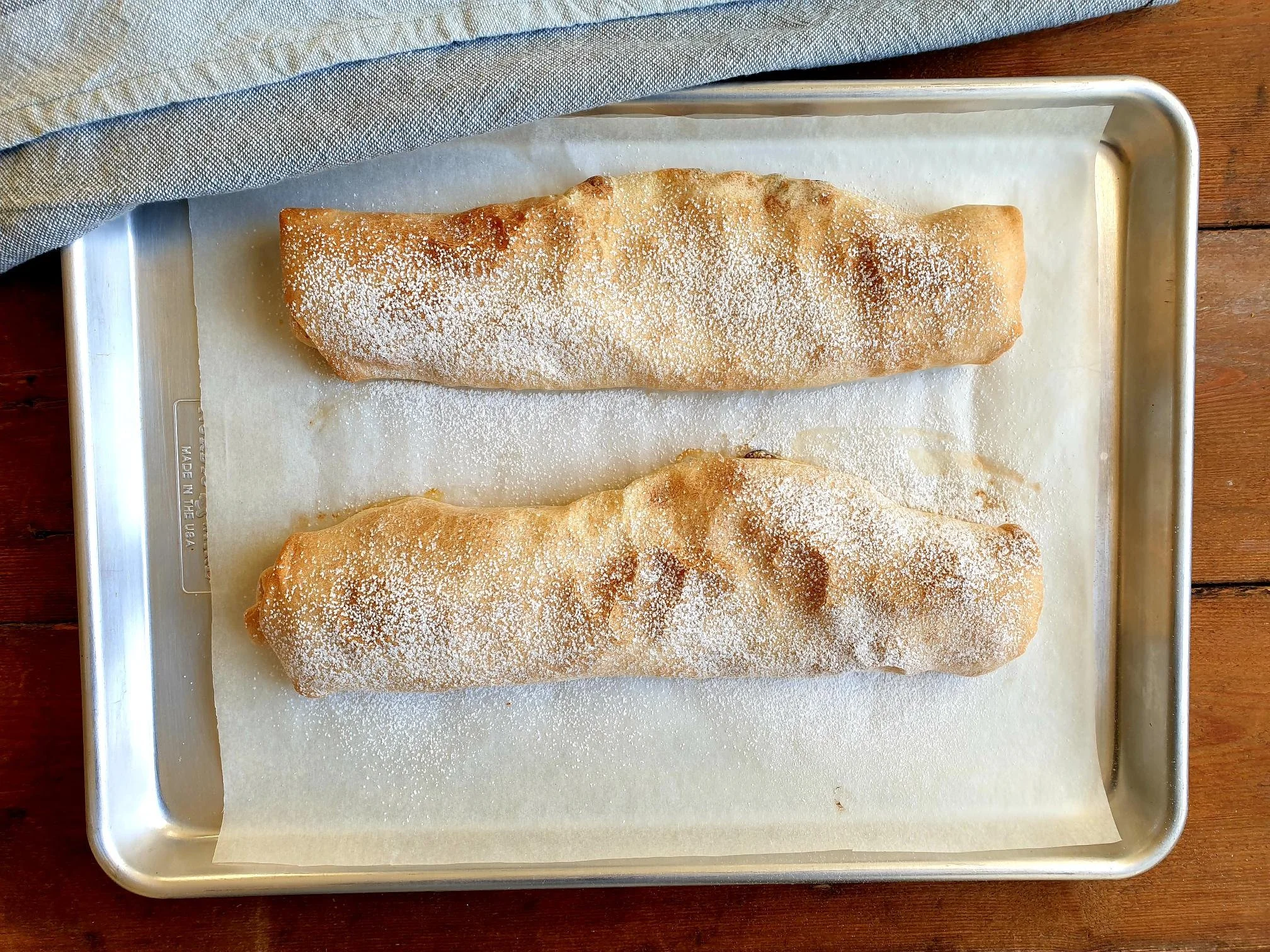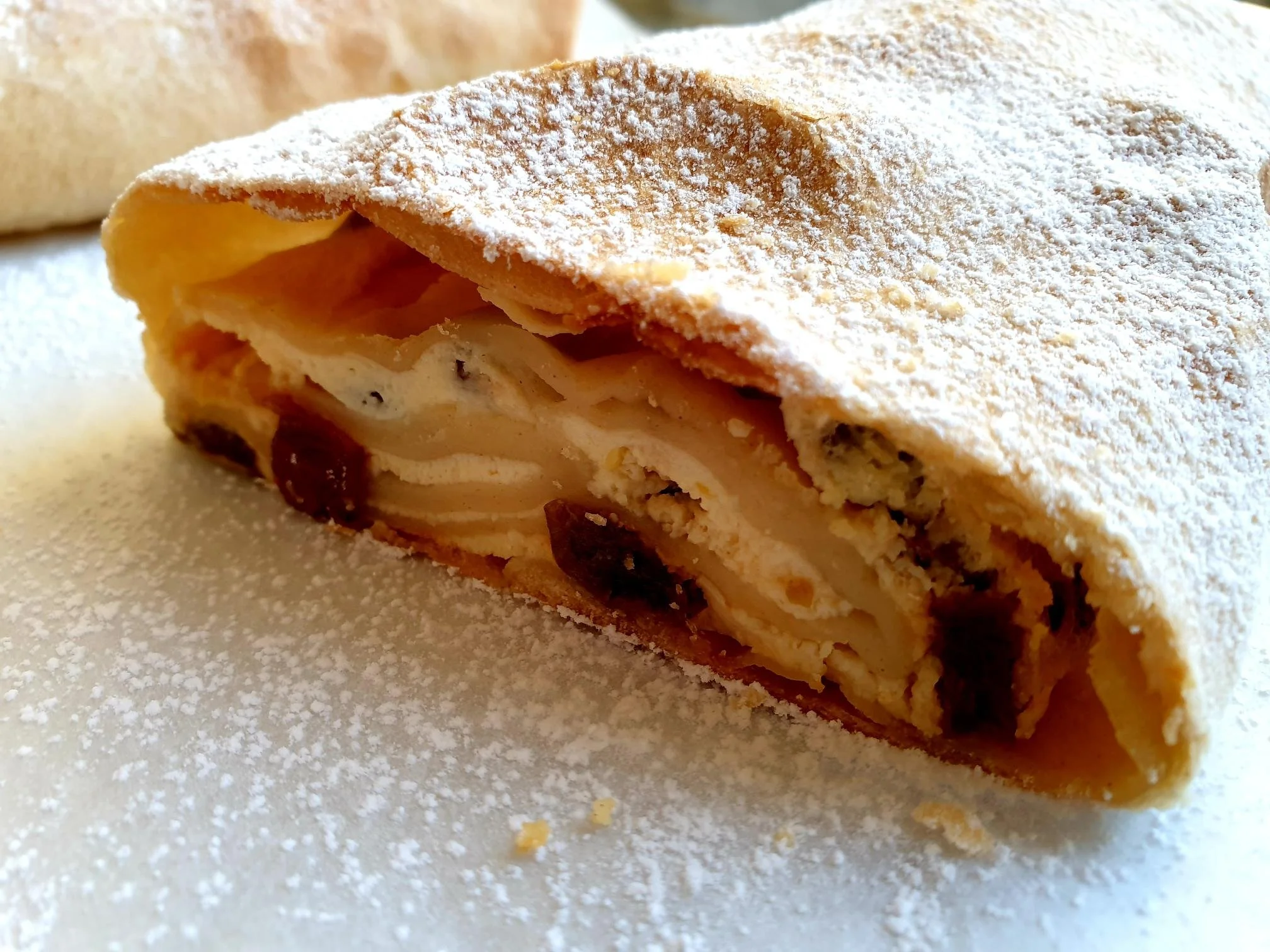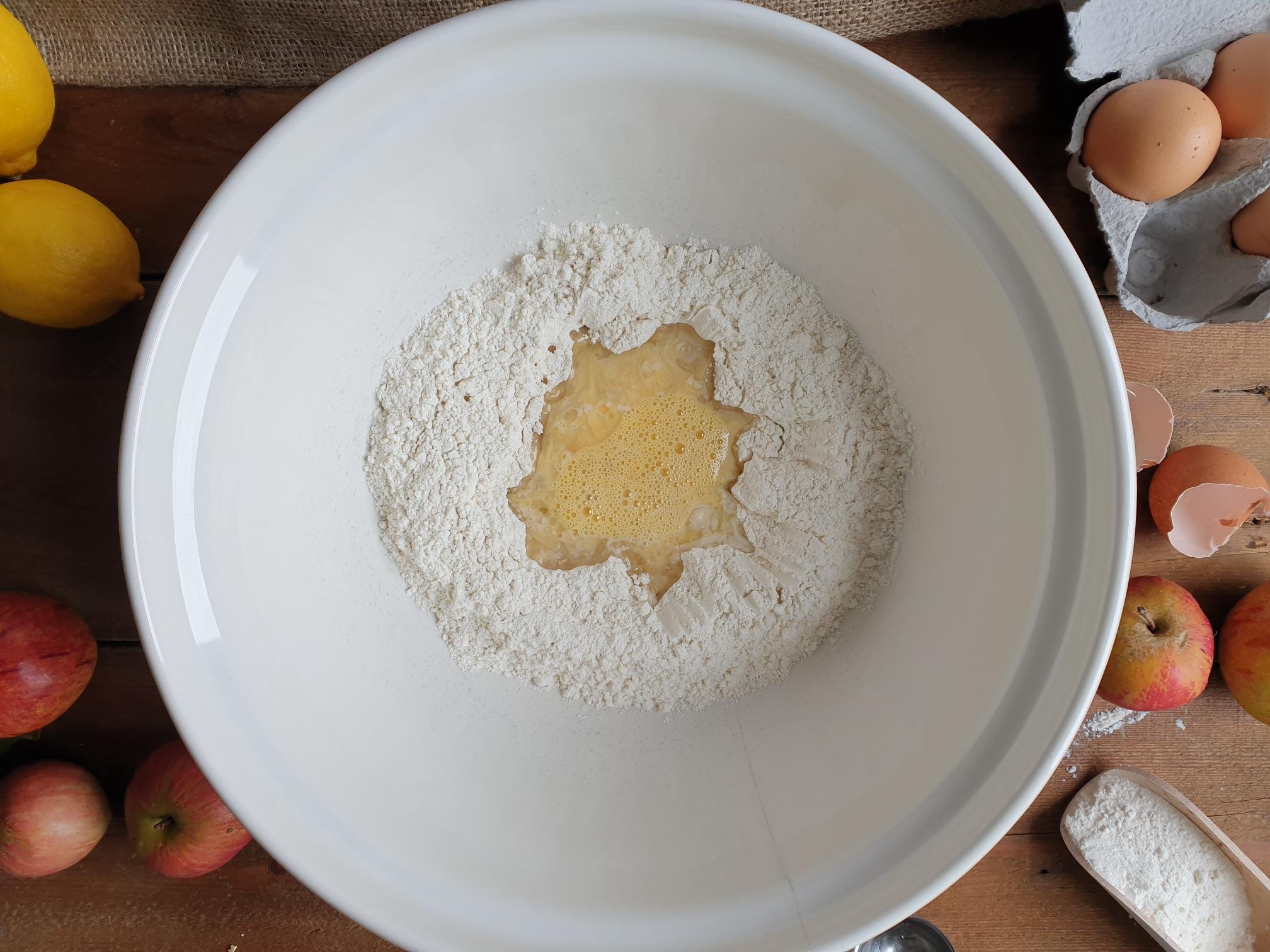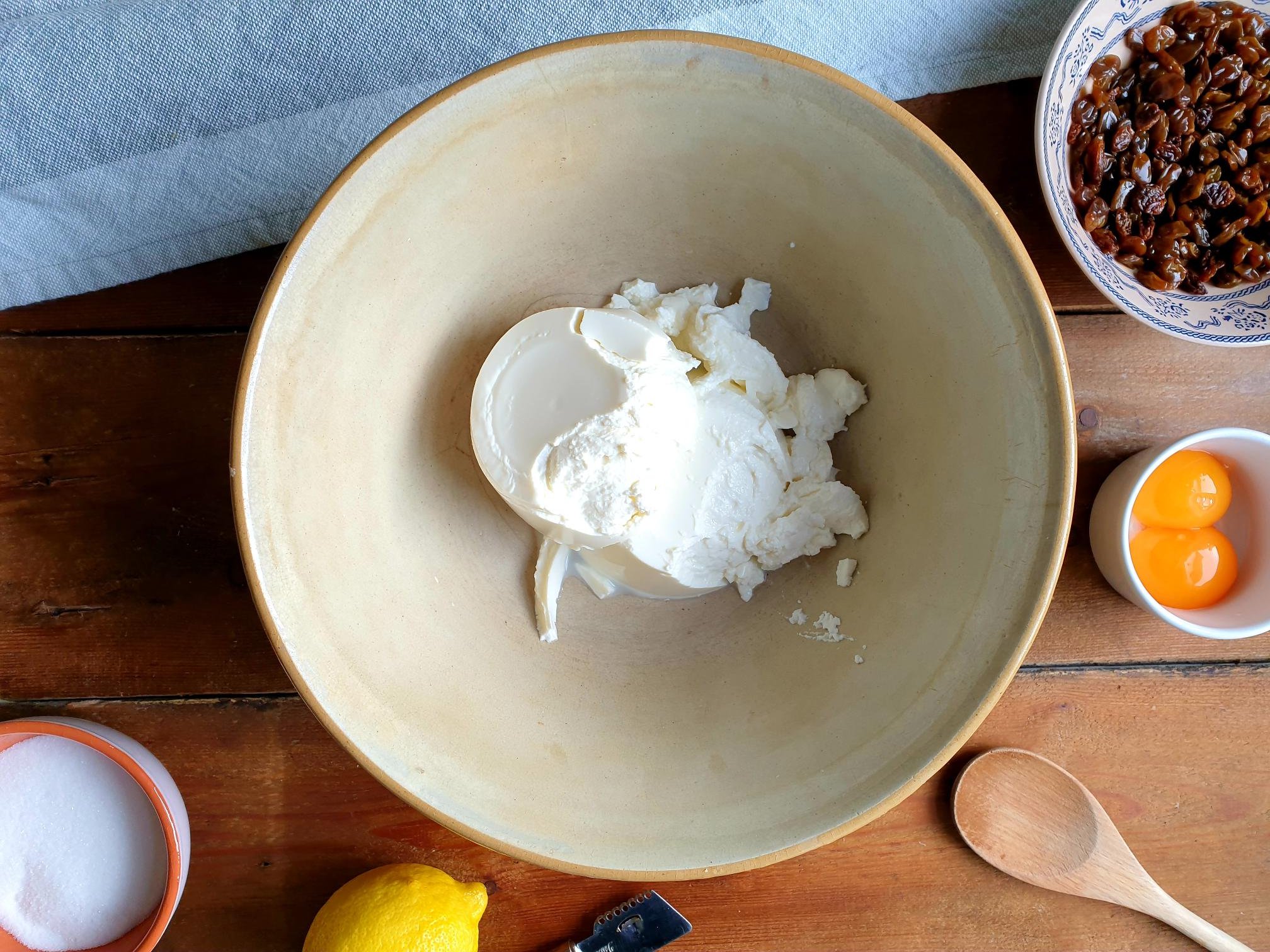German style Preserved Fruit in Rum (Rumtopf) Recipe
Rum-soaked fruit originated in Germany, where it is known as Rumtopf. It is a very simple recipe that consists in preserving seasonal fruit in sugar and rum, leaving it to mature for a few weeks, and then it is ready to be enjoyed.
Specialized ceramic rum pots (if keen to have one, they are available in specialized kitchen shops or online) are used to make this alcoholic dessert in countries with a strong Rumtopf making tradition, alternatively glass jars are used.
You can have rum soaked fruit on its own or create a more “sophisticated” dessert by serving rum preserved fruit with vanilla ice cream, whipped cream or custard, you can also pair it with a piece of cake or other sweet treats like pancakes or waffles.
You can also divide rum soaked fruit into smaller glass jars which makes a lovely foodie Christmas gift for your friends, family, work colleagues or neighbours.
It is believed that rum was imported to Europe, more specifically to Germany, in 18th century by a West Indies fleet, which traded with Virgin Islands, and was based in the German city of Flensburg, bordering with Denmark, and from here rum travelled to other European countries.
Together with rum, tropical fruit was also transported, but did not travel very well. Apparently, some of the fruit ended up by accident into the rum filled barrels, the fruit remained well preserved and perfectly edible, and this is how the Rumtopf was born.
This German style of preserving fruit in rum also spread to other European countries, among which Austria and Italy. In the latter it is also very common to soak the fruit in grappa (an Italian style grape based pomace brandy) rather then in rum.
This delightful liquor-based dessert became also very popular in Slovenia, where it is known as Rumov Lonec, meaning literally Rum Pot, and this comes as no surprise as Slovenia is geographically bordering with Italy and Austria, and was also ruled by the Austro-Hungarian Empire, the gastronomic influence is therefore inevitable.
As a child I have very vivid memories of my mother preparing Rumtopf every year, it used to be very in “fashion”. I am bringing it back as this rum-based dessert is delicious, very easy to make, and it will be ready to use when you are.
This recipe starts at the beginning of the summer and is finished by late September, or early October, traditionally is then enjoyed for the very first time when the Advent begins, and it is offered all the way through the entire holiday season.
Fruits during this period have time to mingle and develop their flavour, they soak up the rum, and the rum also absorbs all the fruity flavours, losing their previous sharp, alcoholic flavour, and start to taste more like a fruity liquor.
For this alcoholic treat I chose the type of fruits that my mother used for her Rumtopf. The idea behind this recipe is to use seasonal fruit that you can buy in the store, farmer's market, or pick from your garden or orchard. These days, of course, things are a bit different, you and can just walk to the supermarket any time of the year and find all types of fruits all year round from around the world, sometimes with little idea what it is in season and what isn't.
If you want to impress yourself and your guests this holiday season, give this recipe a go, and since it is prepared ahead of time it will take away all the stress. However, do remember that as much as the sugary fruit is tempting, this is not a child-friendly dessert, and avoid offering it to people that need to abstain from any alcohol consumption.
Recipe
Ingredients
Makes 1.5 litre jar
1 kg fruit (I used strawberries, cherries, peaches, nectarines, red grapes, pears and apples)
Whatever fruit you choose make sure it is fresh, seasonal, undamaged with no rot or mould and nicely ripe but equally not overripe.
You can choose more exotic varieties of fruit like kiwi, mango, papaya and pineapple, and go for a tropical theme (try to avoid bananas and maybe raspberries and melons or other fruits that could go a bit mushy, and oranges and lemons as too acidic).
Just to give you an idea, here is the list of fruits you can use according to different months of the year.
May, June, July
strawberries (wash, remove stems and leaves, pat dry with kitchen paper and cut in half bigger berries)
cherries with pits (wash and pat dry)
peaches, nectarines and apricots (wash, blanch, peel and cut into bite size pieces)
August, September, October
blueberries (wash and pat dry)
plums with pits (wash and pat dry)
apples (wash, pat dry, peel, core and cut into bite size pieces)
pears (wash, pat dry, peel and cut into bite size pieces)
white or red seedless grapes (wash, pat dry, remove stems and cut in half)
pineapple, peeled and cut into bite size chunks (you can use canned pineapple)
200-250g granulated sugar (a general rule in terms of sugar quantity used for a rum pot would be half the amount of sugar compared to the total amount of fruit used, I however used a lot less sugar as the fruit was nicely ripe and sweet enough for my taste).
about 1 bottle (750ml) Dark rum (I used 37.5% alcohol) you might need a bit more
If using more fruit to make a bigger Rum Pot, make sure you adjust the quantity of sugar and rum.
Method
For the rum pot you would use the fruits according to the seasons, starting with first strawberries and cherries following with other fruits.
Wash, pat dry and cut the fruits of your choice.
Place prepared fruit into a bowl, sprinkle with a bit of sugar and let it sit for about 30 minutes. This will allow the fruits to release its own juices.
Place the layer of sugared fruit into a jar and pour the rum over in order to completely cover the fruit. Continue to add a layer of sugared fruit and each time pour enough rum to completely cover the fruit.
(alternatively you can add a layer of prepared fruit directly into a rum pot or glass jar, add a bit of sugar and fill the jar with rum to completely cover the fruit. Continue to add a layer of fruit and sugar and each time pour enough rum to completely cover the fruit).
Close the jar with the lid.
Leave the flavours to mature and mingle for 6 to 8 weeks, or longer, in dark and cool place with no source of heat or light (pantry, cellar, garage).
Make sure the fruit is submerged in rum at all times, check now and again and top up with rum as necessary. Wait at least 2-3 weeks after the last fruit was added to be able to enjoy it.
You can have rum soaked fruit on its own or create a more “sophisticated” dessert by serving rum preserved fruit with vanilla ice cream, whipped cream or custard, you can also pair it with a piece of cake or other sweet treats like pancakes or waffles.
You can also divide rum soaked fruit into smaller glass jars which would make a lovely foodie Christmas gift for your friends, family, work colleagues or neighbours.

